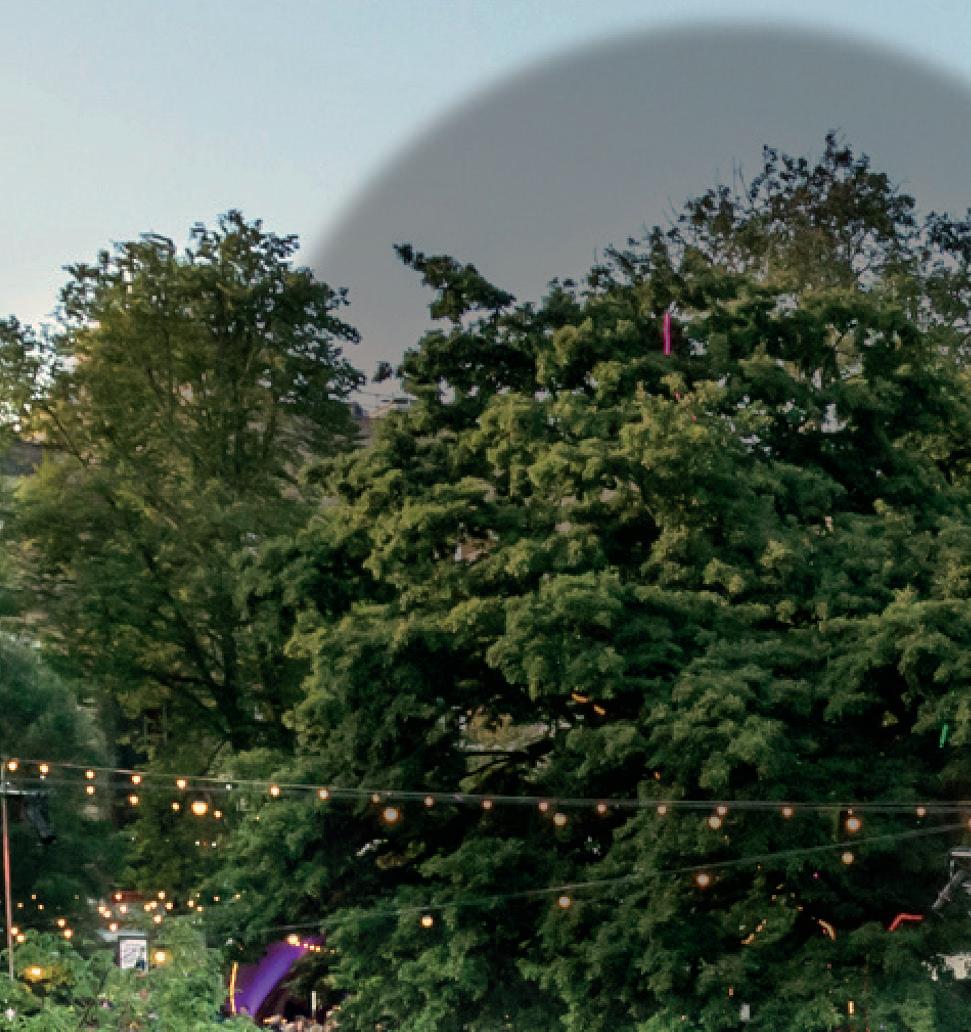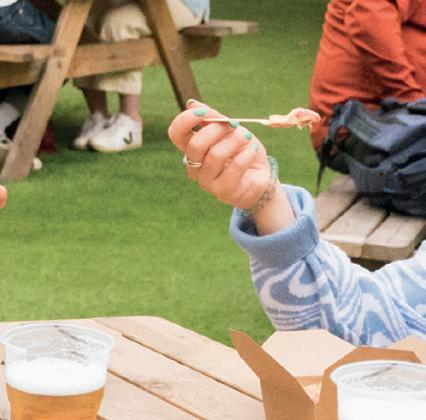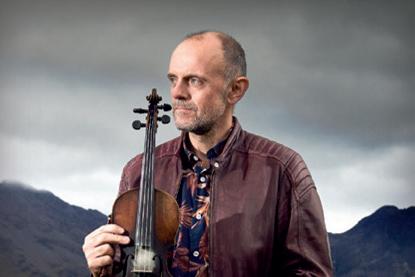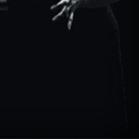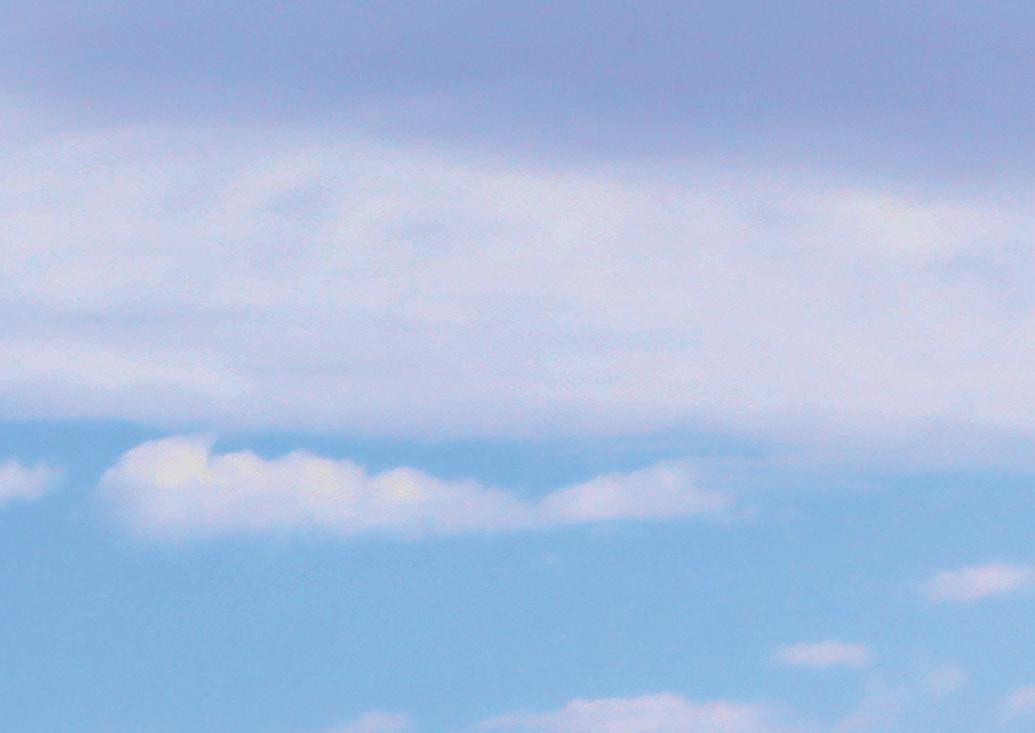











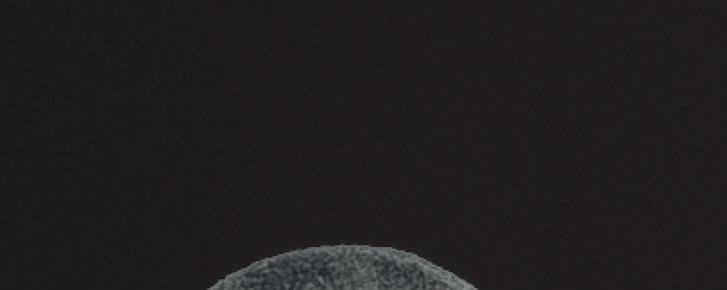

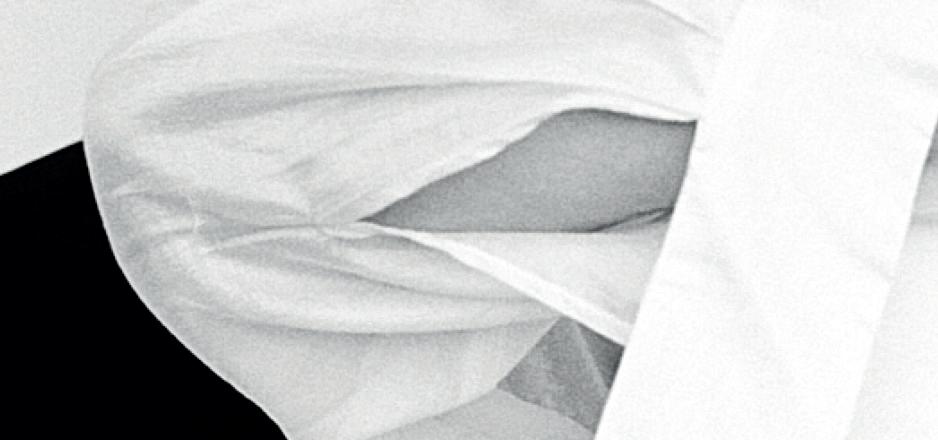
















































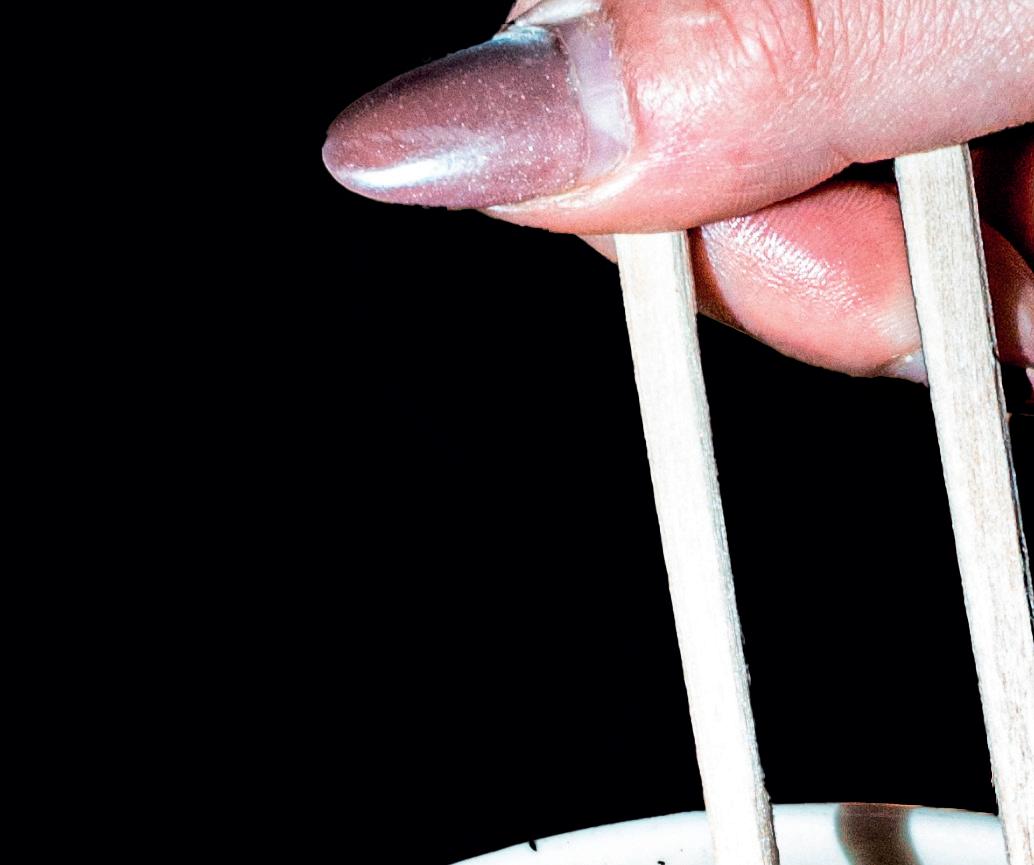





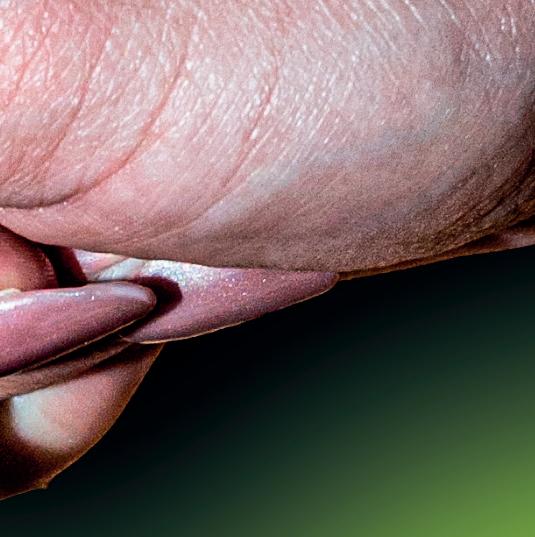





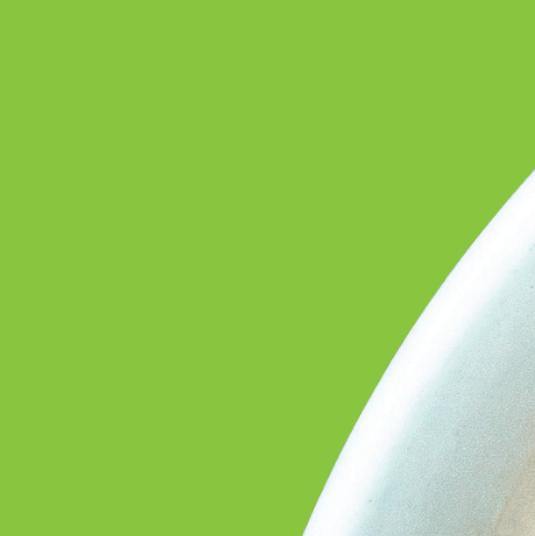





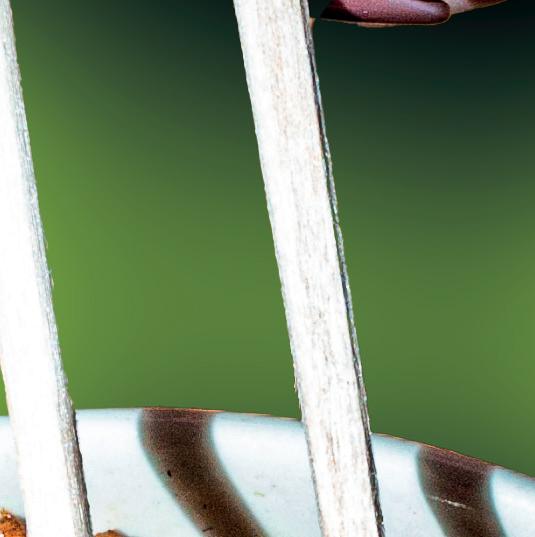


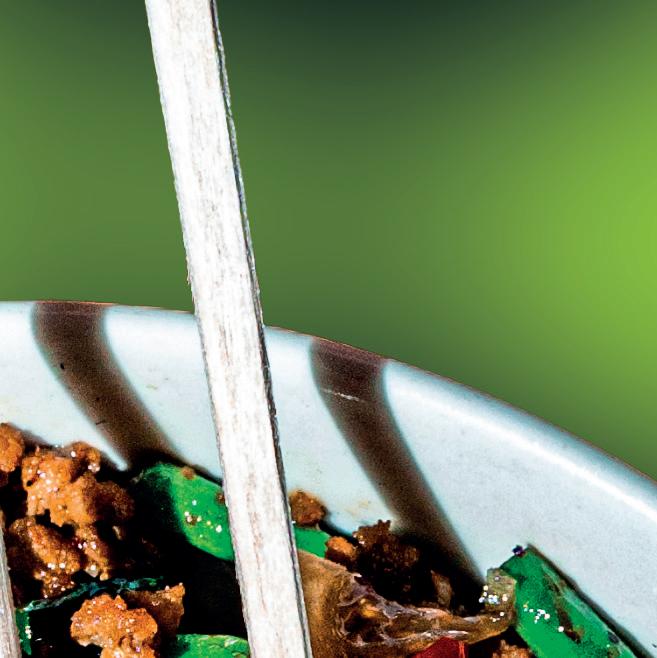
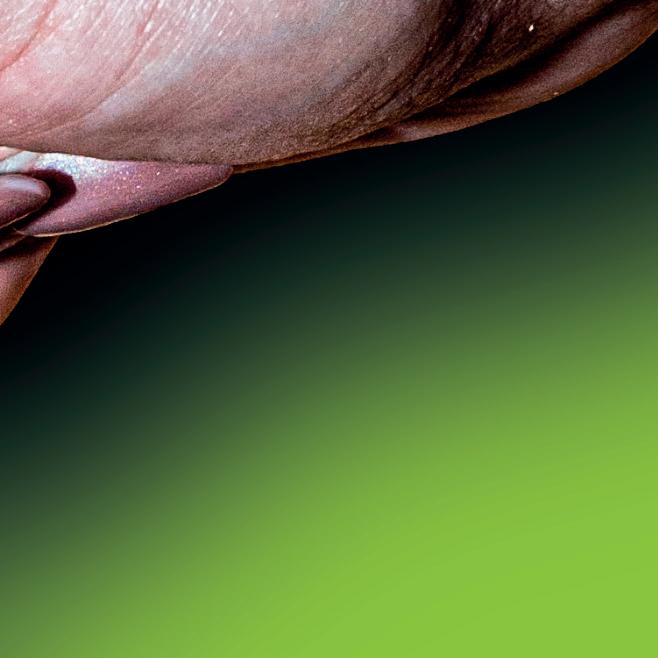

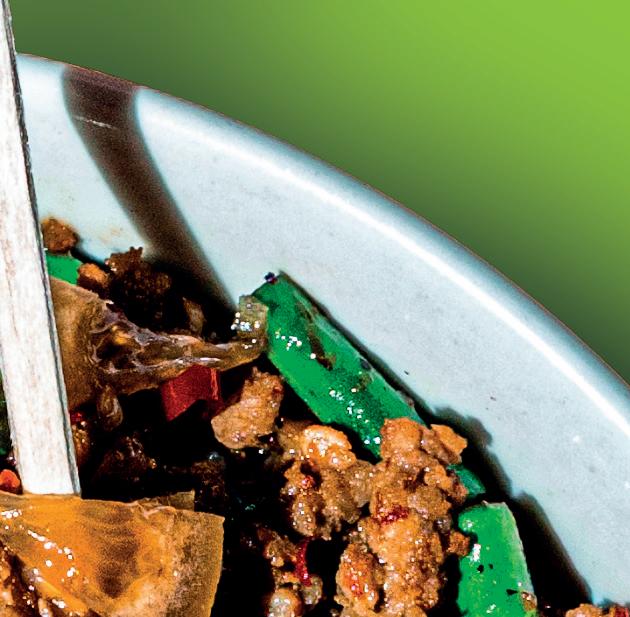





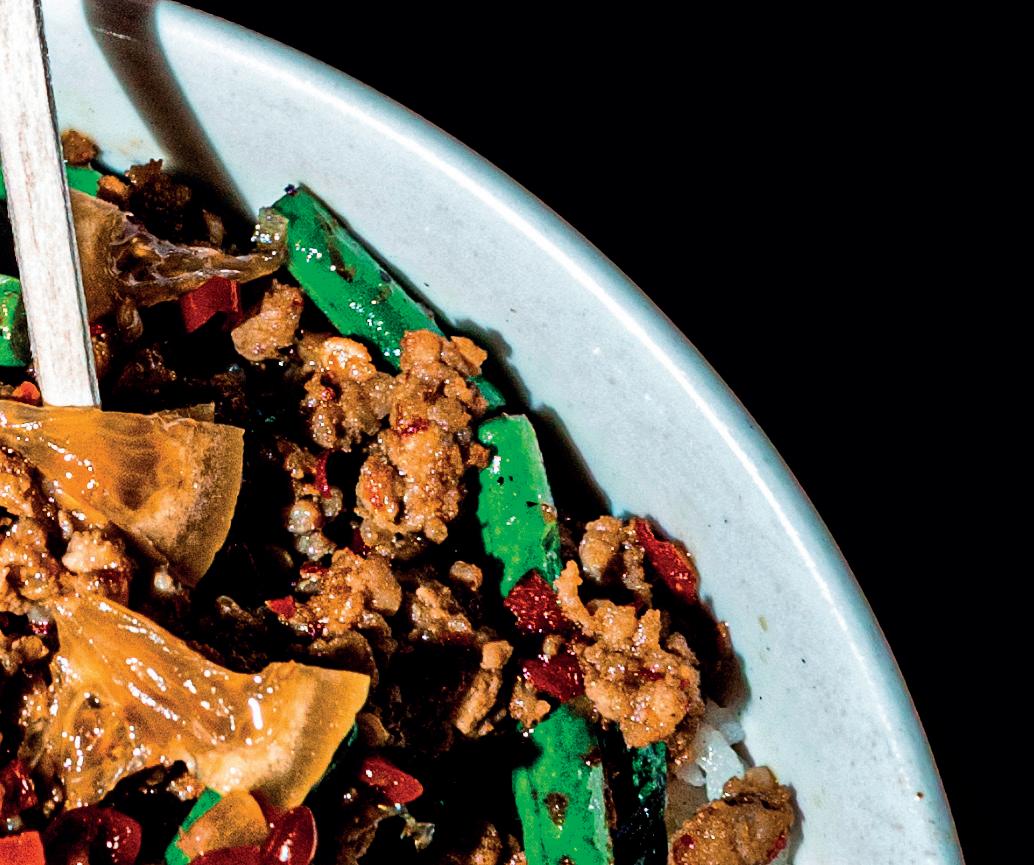










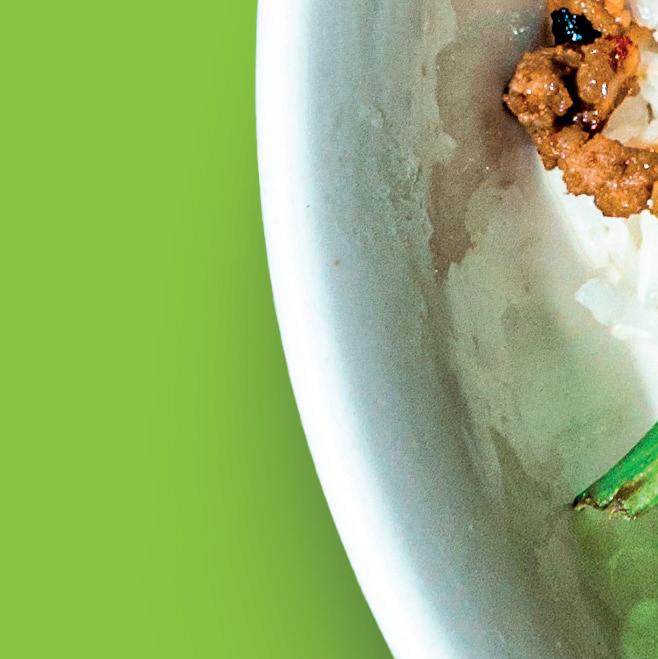







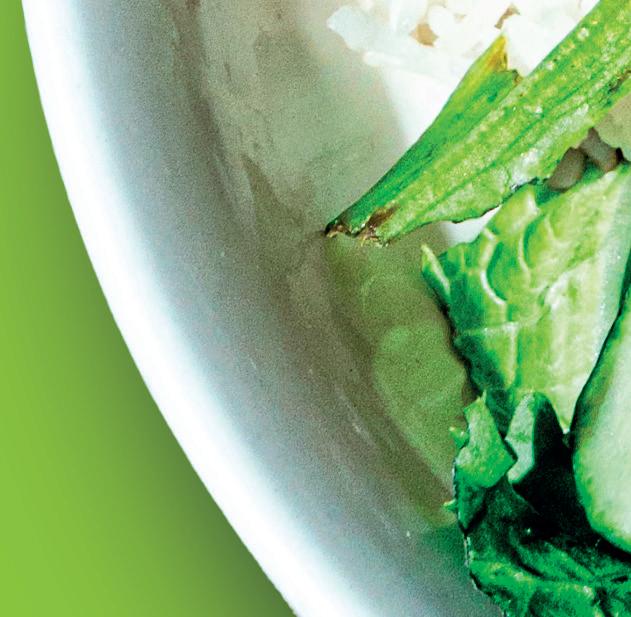










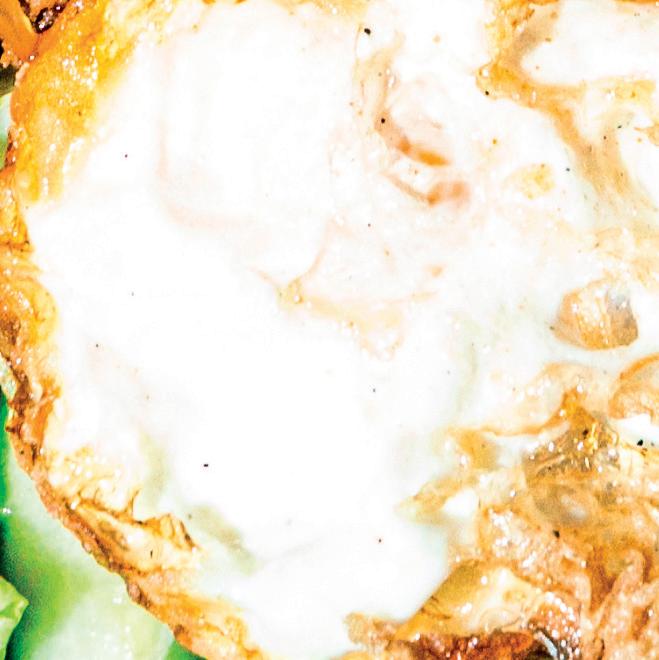








































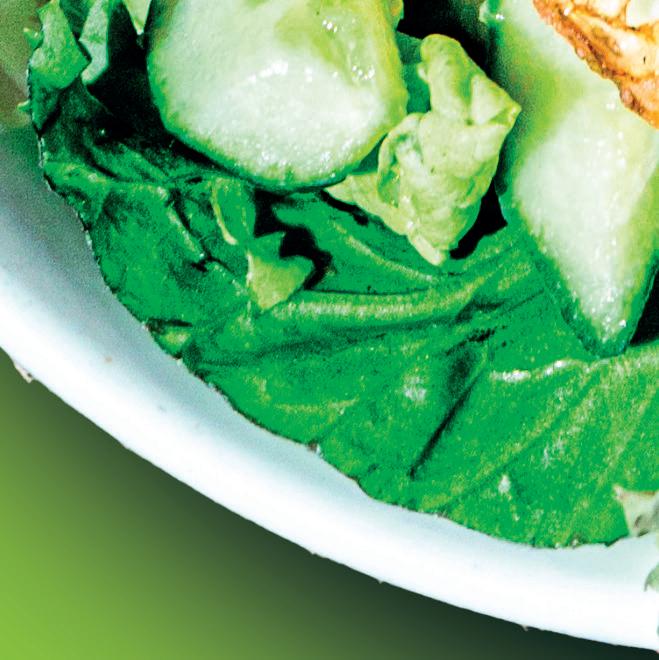

















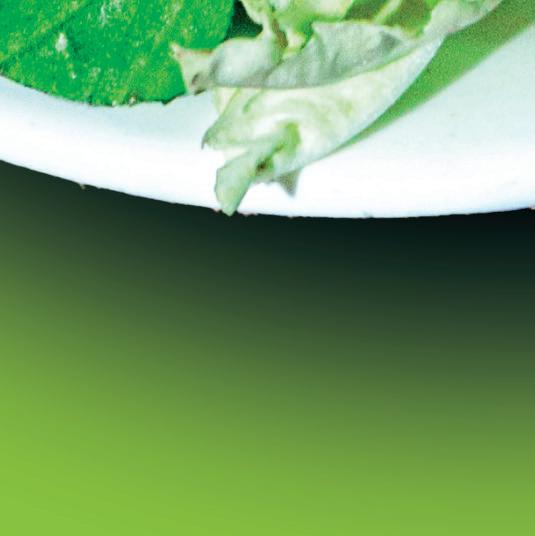
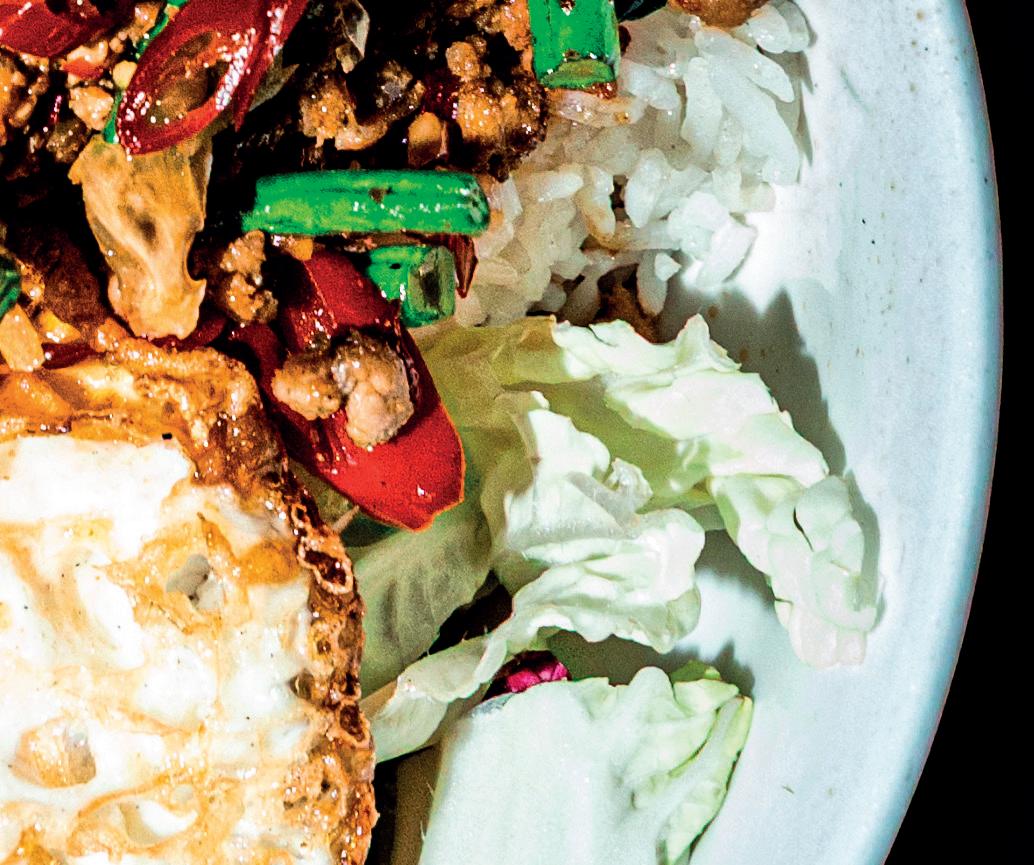
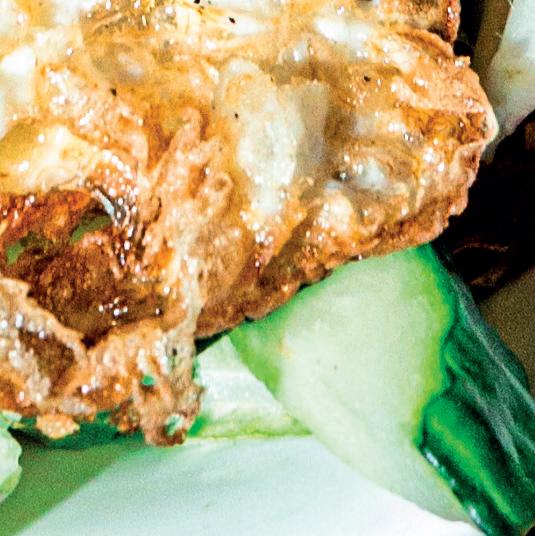







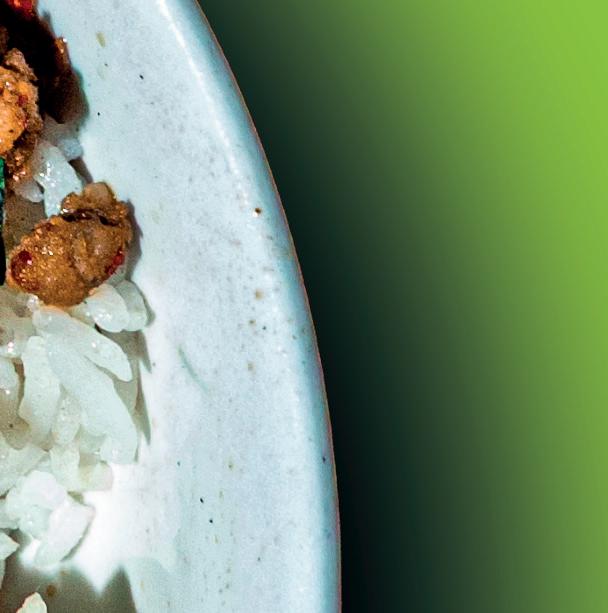

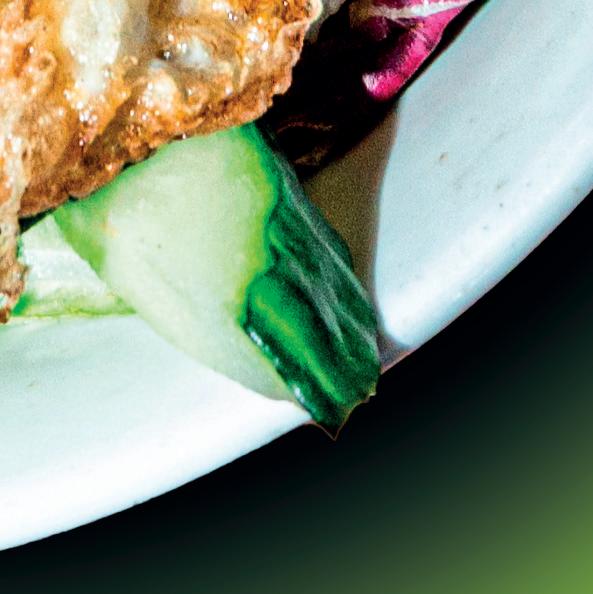

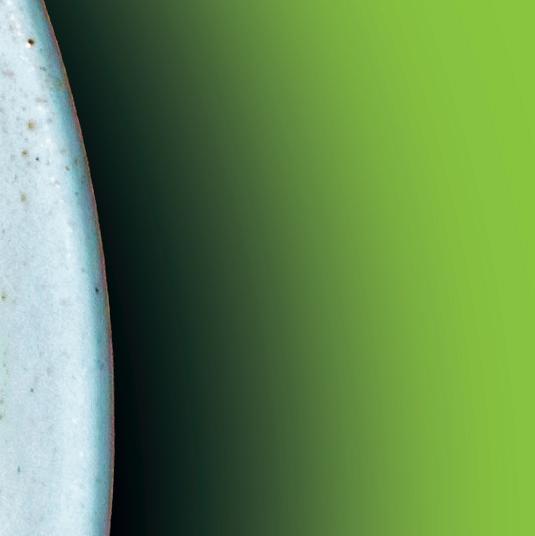



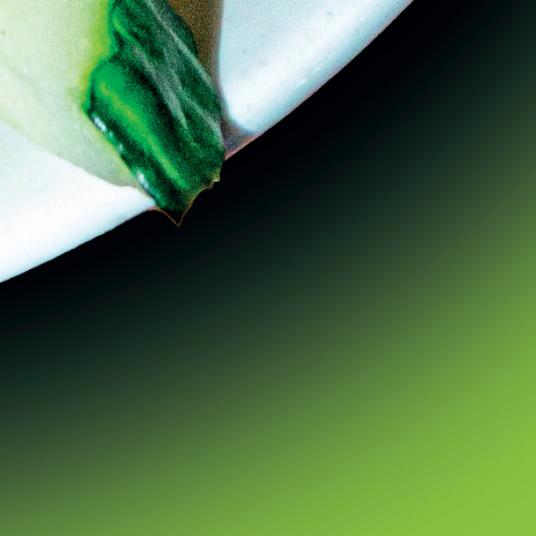
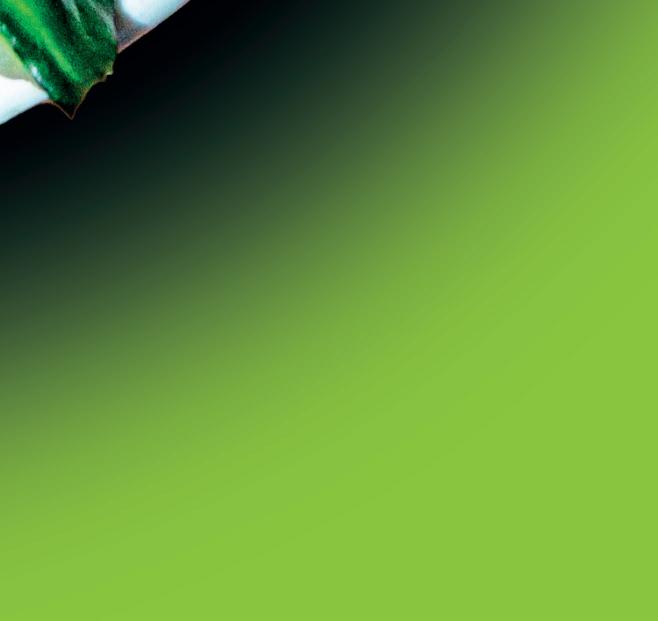







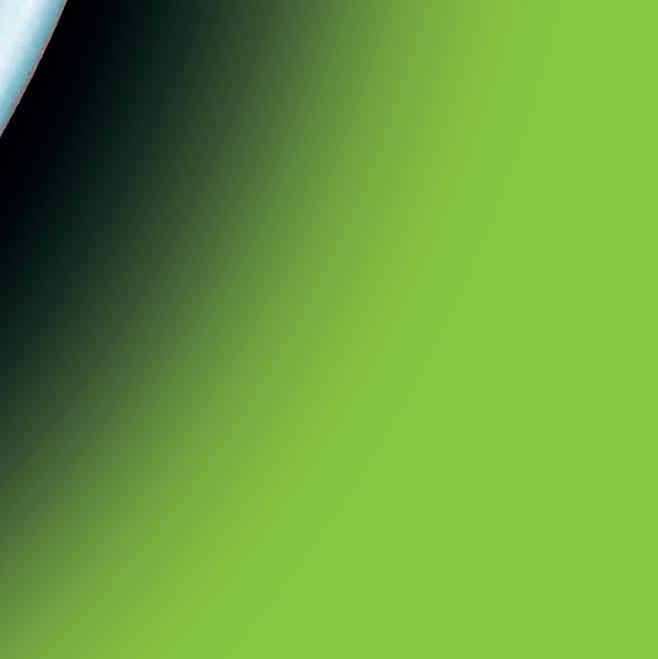














Sometimes you have to throw up your hands and admit a mistake. But what if that error contains some weird foreshadowing of an upcoming event? In our May issue, we had the word ‘who’ in a sentence. Nothing strange about that. Except on the page it read as ‘who who’ (I won’t say where, might be a fun thing to uncover; what else are you up to?). Could the elbow/thumb/ posterior that accidentally created a double ‘who’ have instinctively known that this June issue would contain a feature all about the mod ballet version of Quadrophenia? You know, by The Who. Who also had a song called ‘Who Are You?’ with an intro that went ‘who are you/who who/who who’. Fine, so that’s one thing. But what is that particular song about? Well, it’s about Pete Townshend reflecting on the time he bumped into members of the Sex Pistols. And guess who else is in this particular issue? I probably don’t need to say.
Before we go down too much of a rabbit hole, here are a few other things in this issue that hopefully don’t contain a faux pas or two: we’re going big on Hidden Door, the multi-arts extravaganza that each year takes place in a different Edinburgh location that has been lying largely inactive until the festival crew work their magic upon it. We chat to three very different bands who will be lighting up The Paper Factory: Isabella Strange, Bikini Body and our Nordic cover stars, Smag På Dig Selv. To find out what that name means in English and to get a handle on the experience of seeing them live, go and have a good old read of that one.
Other fun things across this issue include an insight into the Leith Toy Hospital, a look at what’s hot at the Glasgow Jazz Festival, our verdict on both Moulin Rouge! and Swan Lake (spoiler: between them they receive a total of ten stars), and pieces on the latest instalments in the Dune and Doom video game series. And, dear reader, if you happen to stumble upon any typos or spelling calamities or a word appearing twice when it should only be there once, please keep it to yourself. Unless you firmly believe there may be a deeper significance at play . . .
Brian Donaldson EDITOR

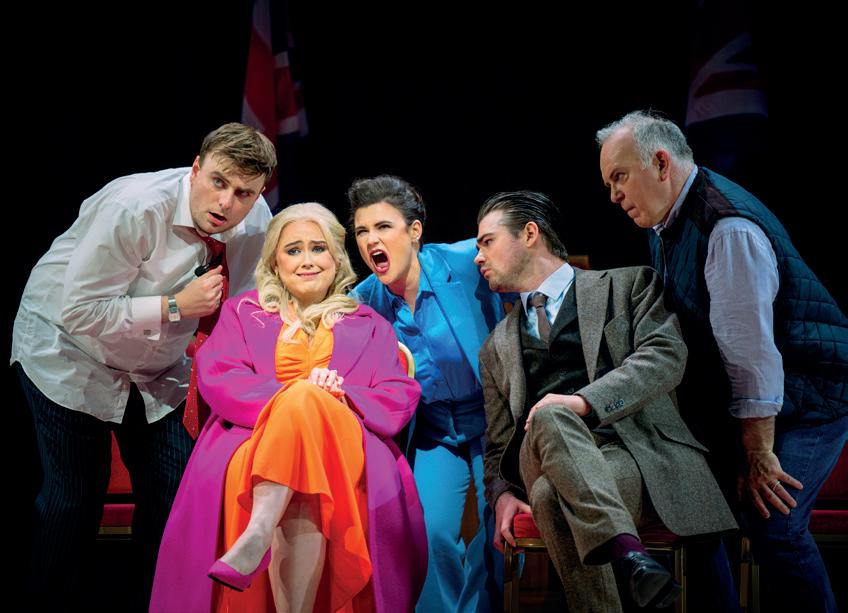
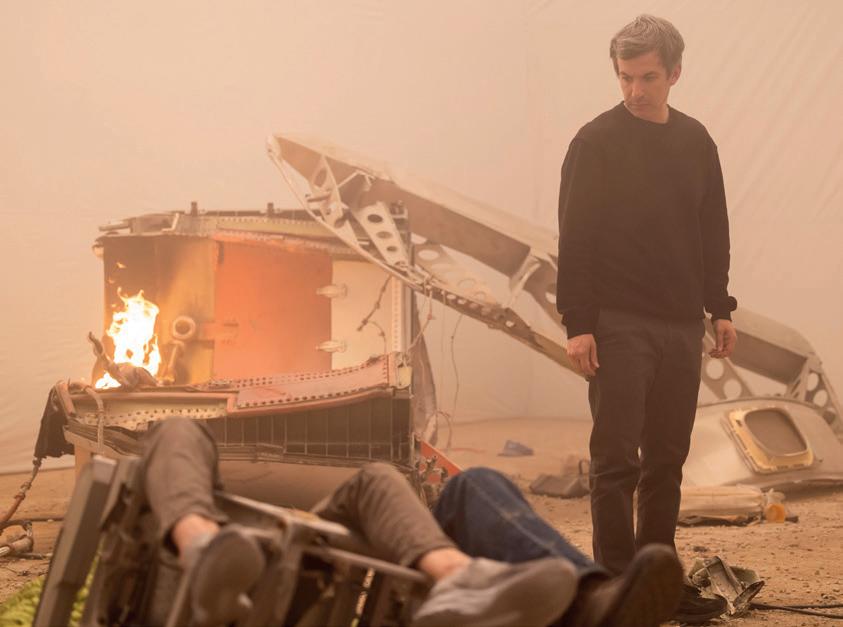
Sheldon, Brian Donaldson, Carol Main, Claire Sawers, Danny Munro, Dominic Corr, Eddie Harrison, Emma Simmonds, Eve Connor, Fiona Shepherd, Gareth K Vile, Greg Thomas, Isy Santini, James Mottram, Jay Richardson, Jay Thundercliffe, Jo Laidlaw, Kelly Apter, Kevin Fullerton, Lucy Ribchester, Megan Merino, Murray Robertson, Neil Cooper, Paul Dale, Rachel Morrell, Rob Adams, Suzy Pope,








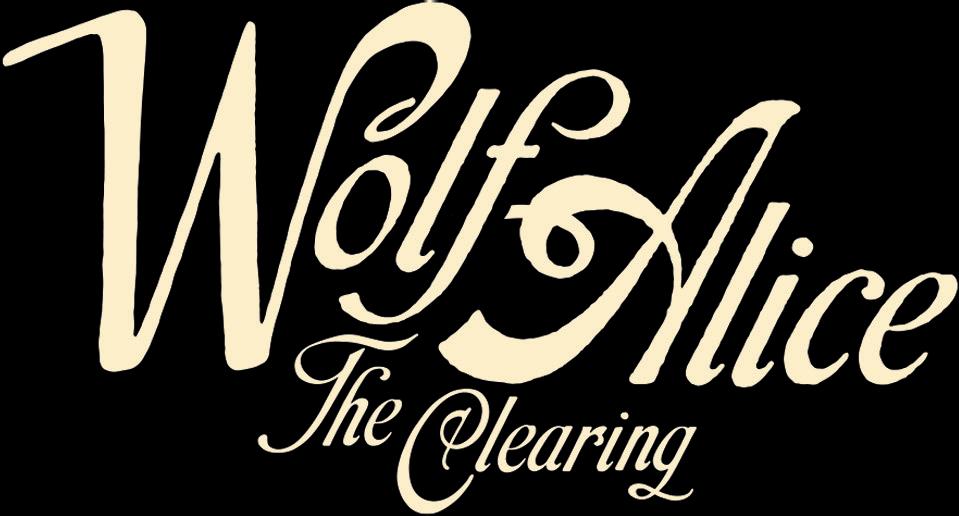

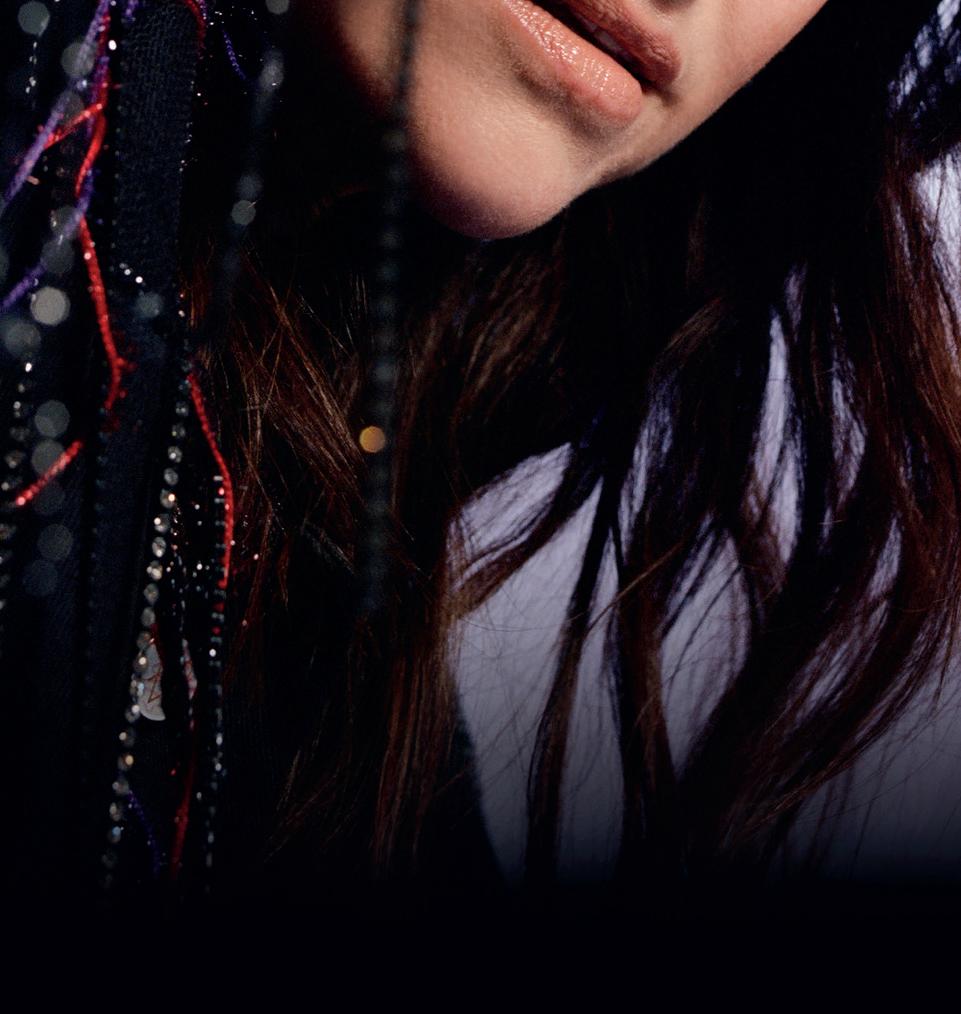
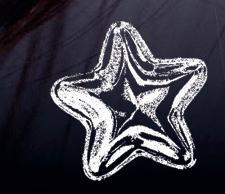

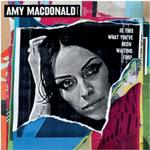

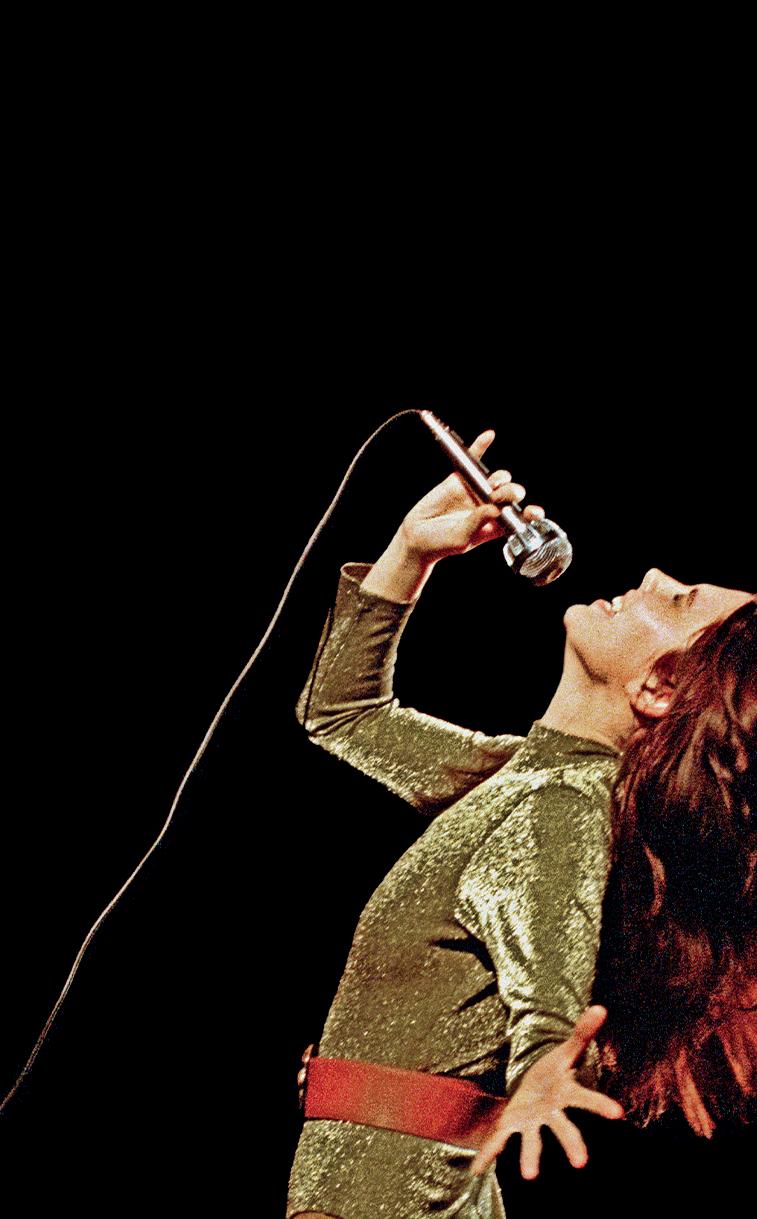
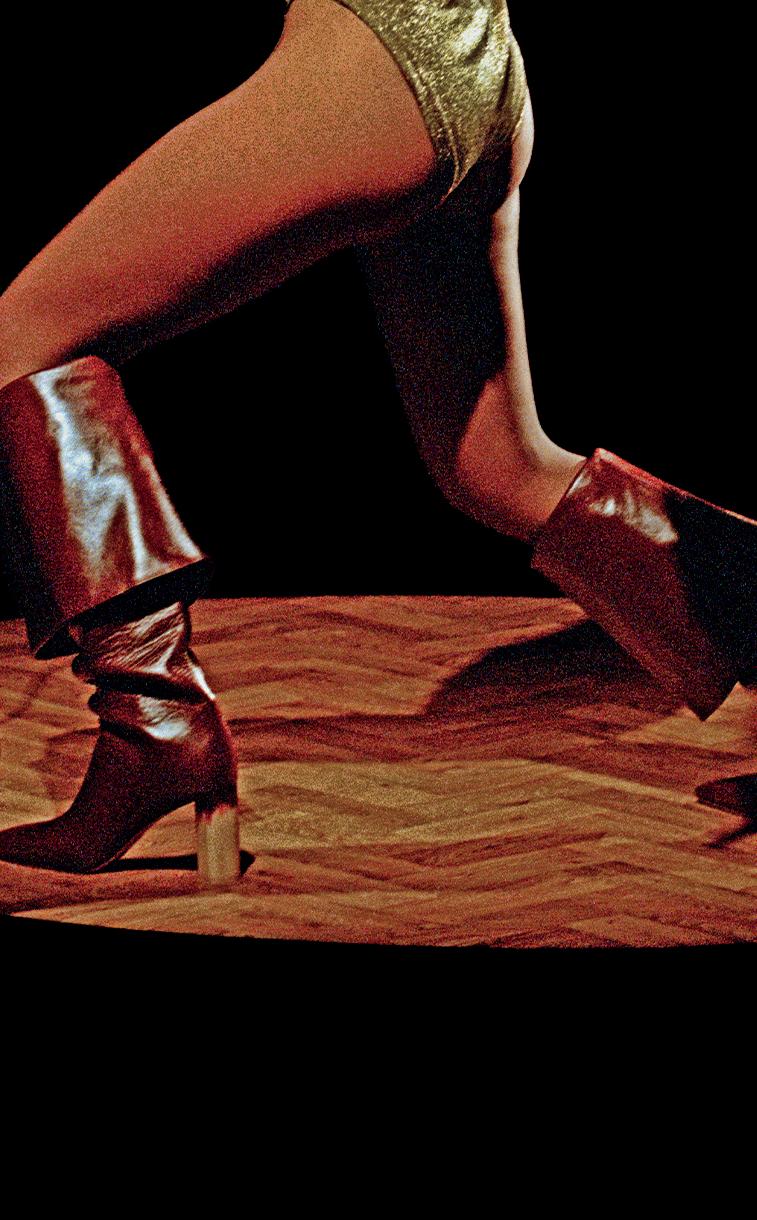






































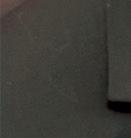









he much-maligned erotic thriller The Canyons (which will be viewed as a classic in a decade or so, but that’s another column for another time) opens with a montage of shuttered cinemas, their doors boarded up and their car parks awash with detritus. For cinephiles, there could be no greater indicator of a culture in decline. Yet at the time of its release, I thought these were the problems of America, of hulking, great corporate-screening facilities that couldn’t tough it out through an uncertain period of film distribution. I hadn’t felt the damage that a major cinema being shut down could reap on a city’s psyche.
Then came the case of the Filmhouse. When it unexpectedly closed its doors two-and-a-half years ago (along with Edinburgh International Film Festival and Aberdeen’s Belmont Cinema), so too did Edinburgh lose its only real outlet where programming was undertaken with an independent spirit. The nearest organisation with a similar ethos was the Glasgow Film Theatre, almost an hour-anda-half commute away (Cameo, owned by Picturehouse, is excellent but doesn’t quite embody the same values).
A major arts capital of Europe was without a community space dedicated to the arthouse. Yet the writing was on the wall before its closure. My last visit (to see the delightful Brian And Charles, if you must know) meant tolerating the usual obstacles to enjoyment: a dark corridor that looked as though it hadn’t been painted in years; an audience of three people (myself and my partner included); and the feeling that, despite its illustrious history, little was being done to maintain
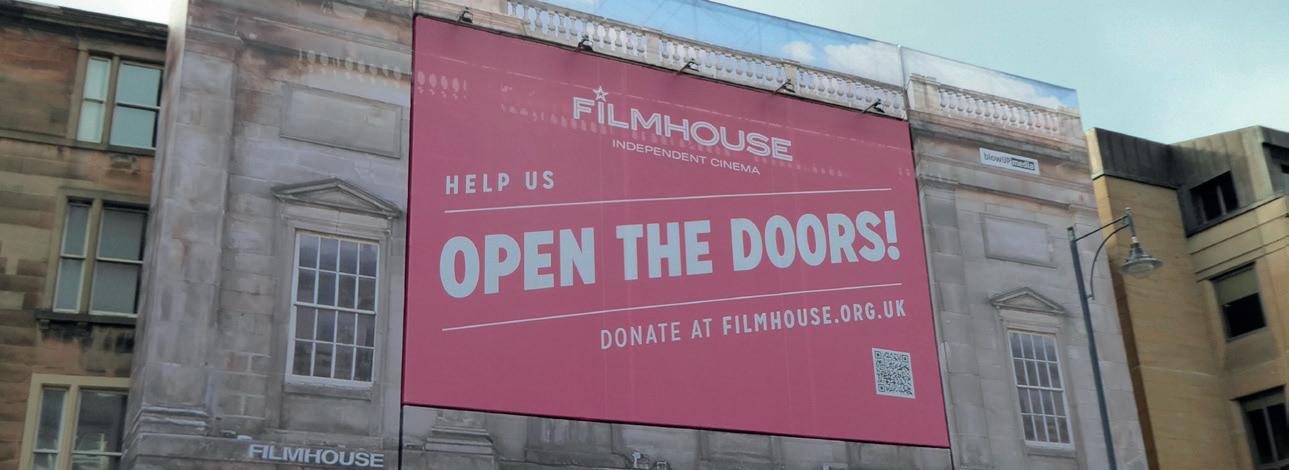
The Filmhouse in Edinburgh is almost ready to reopen, but can it offer the public what it wants in an ever-changing cultural landscape? Our resident columnist (and doctor of film) Kevin Fullerton weighs in with his thoughts
the building. The same complaints echoed from anyone I spoke to. People wanted to love this place, but the quality of the experience wasn’t making it easy.
If all goes well during the £1.9m revamp, the three existing screens will be given a major overhaul and a fourth will be added, alongside better accessibility, an improved café-bar and superior acoustics. But the real lessons that need to be learned lie with communication. The groups that emerged to save the cinema have been more transparent than former owners Centre For The Moving Image (CMI) ever were: think of Mark Cousins projecting movie stills with ‘Love Filmhouse’ campaign slogans onto various buildings across Edinburgh like an arthouse bat signal; or Anna Bogutskaya advocating for Filmhouse in The Guardian; or the many grassroots efforts that kept visibility high on an issue that rarely left public view.
A klaxon-loud sentiment of ‘use it or lose it’ needs to exist at the heart of every community-focused venture, but so should there be an irresistible lure that tempts people away from the city’s well-kept but anodyne cinema chains. Within its revamp, let’s hope that a communication plan is in place that transforms its café-bar and shiny new screens into a living room for the city where all manner of niches can rub shoulders with the mainstream; where the film anoraks can grab a pint with the casuals, and low-budget passion projects can enjoy the same buzz as blockbuster releases. More than simply reopening its doors, the Filmhouse needs to make itself invaluable again.

of King Crimson earlier this century and a new solo album, Son Of Glen, is on the way. He also celebrates his 67th in June: happy birthday JJ. And finally hats off to another JJ, Austria’s Eurovision winner with the highly dramatic countertenor techno banger ‘Wasted Love’. The tune pipped Israel to victory and thus prevented the contest’s committee having to awkwardly decide where next year’s competition would be housed. Phew, eh? is for...
The joyous month of June is upon us, so time to check in on a bunch of cultural J words. You might not be able to make it down to The West End Of The London for Just For One Day, the Live Aid musical, but you can still ‘appreciate’ the imminent soundtrack. Its first single is just out, a revamping of Elton John’s ‘I’m Still Standing’ to tell the tale of when Margaret Thatcher met Bob Geldof. Double points score alert: Jakko Jakszyk was singer/guitarist
Where can you find classical, punk, rock, pop, indie and alternative music all in one giant, eclectic, digital amalgamation?
Right here in our monthly PlayList based on what’s happening in this issue. Hear music by Bikini Body, Tina Turner, The Who, Isabella Strange, Iggy Pop, Kathryn Joseph, Cynthia Erivo and a bunch more Scan and listen as you read:


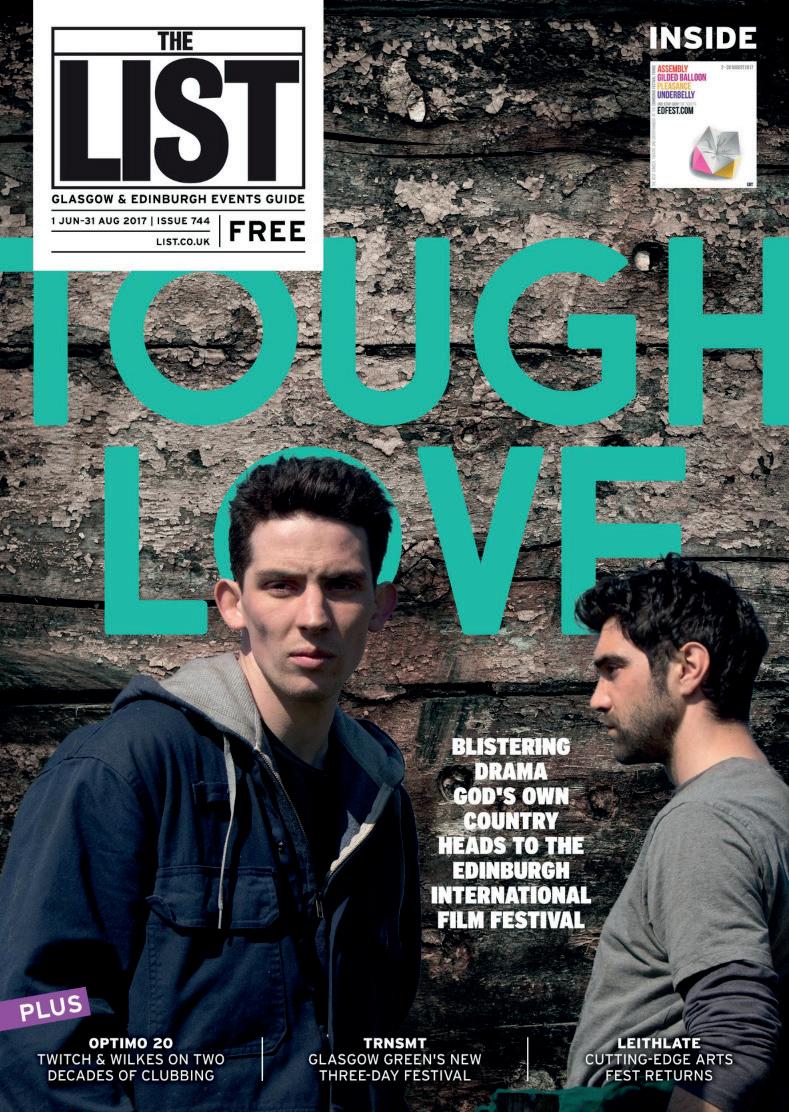
We look through The List’s back catalogue to see what was making headlines this month in decades gone by
This issue we’re travelling back to 2017, a year when the world appeared to be in a state of disarray (what’s new?) but Scotland’s arts and culture scene was busy celebrating milestones. Edinburgh International Film Festival hosted its 70th anniversary, with Francis Lee’s God’s Own Country (starring a very fresh-faced Josh O’Connor) taking the plum slot as EIFF’s opening movie. Also, TRNSMT was establishing itself as the new T In The Park, hitting Glasgow Green with Belle And Sebastian, Radiohead and Kasabian among its headliners. We also heard from those behind Optimo as Twitch and Wilkes marked two decades of DJ collaborations.
Head to list.co.uk/archive for our past issues.
In this series of articles, we turn the focus back on ourselves by asking folk at The List about recent cultural artefacts that touch their heart and soul. This time around, Jay Thundercliffe tells us which things . . .
Made me cry: Stereolab get me teary. I sobbed at a London gig in 2002 when they played ‘French Disko’, then cried when band member Mary Hansen was killed riding her bike in the same city. I welled up recently on hearing an early track from Instant Holograms On Metal Film, their first album in 15 years.
Made me angry: Sam Mendes’ BBC documentary What They Found uses silent black and white footage shot by two British sergeants as Bergen-Belsen was liberated in 1945, with the men’s later interviews providing the only sound. It’s brutally powerful, disturbing, unforgettable, and made me angry at the Nazis and those who turn a blind eye.
Made me laugh: A Brief History Of The End Of The Fucking World by Tom Phillips traces the long line of end-time predictions, drawing on religions, rebellions, politicians, and any other doomsday crackpot who’s warned of the coming apocalypse (all incorrect, so far).
Made me think: Sharmanka Kinetic Theatre began life in Soviet Russia with the work of sculptor-mechanic Eduard Bersudsky and theatre director Tatyana Jakovskaya, before moving to Glasgow in the 1990s. This museum is a magical mix of carved wood and scrap metal, all moving majestically to music and light.
Made me think twice: Ellis Bairstow’s photography exhibition Vertical Glasgow at New Glasgow Society’s Finnieston space ran shortly after three Maryhill tower blocks were contentiously demolished. His backlit images portrayed several blocks with lovely Andreas Gursky-esque shots, using drones to help capture the grandeur.


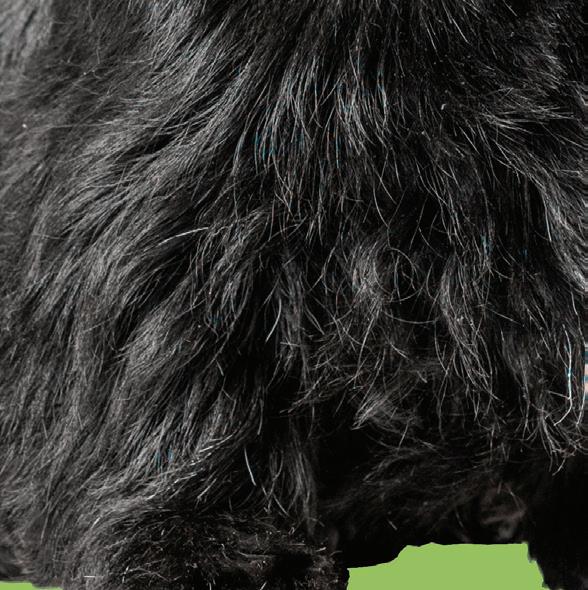






















































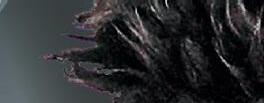





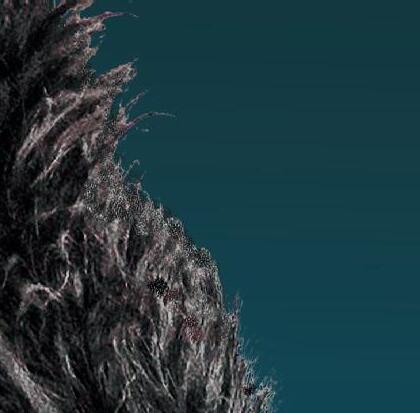





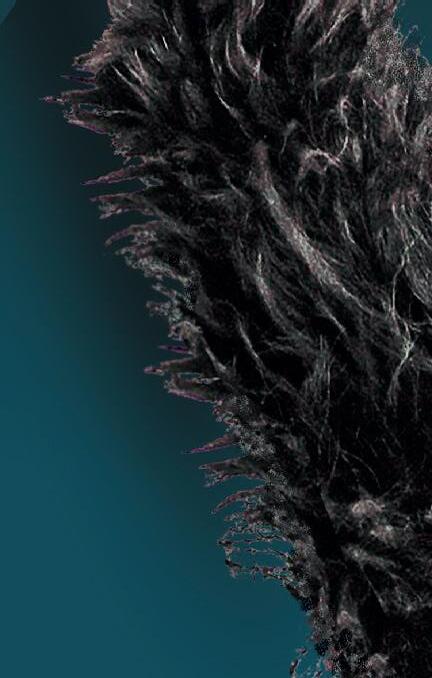
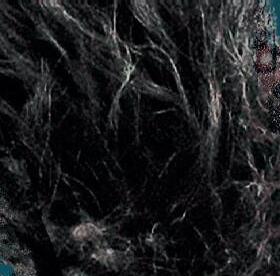

You must Tap-Off to only pay the cheapest adult daily city zone fare, other wise an airport zone fare will be charged.

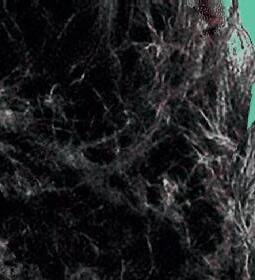
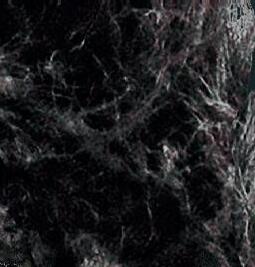
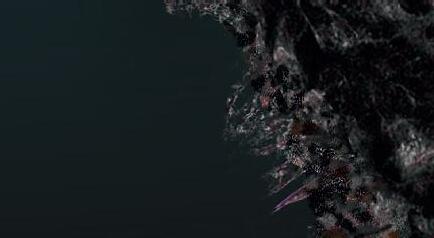











As we dive into our coverage of multi-arts fantasia Hidden Door, Fiona Shepherd meets Edinburgh’s Bikini Body. She discovers a group that’s fit and ready for full summer exposure while they dabble in that sweet spot between dance and punk
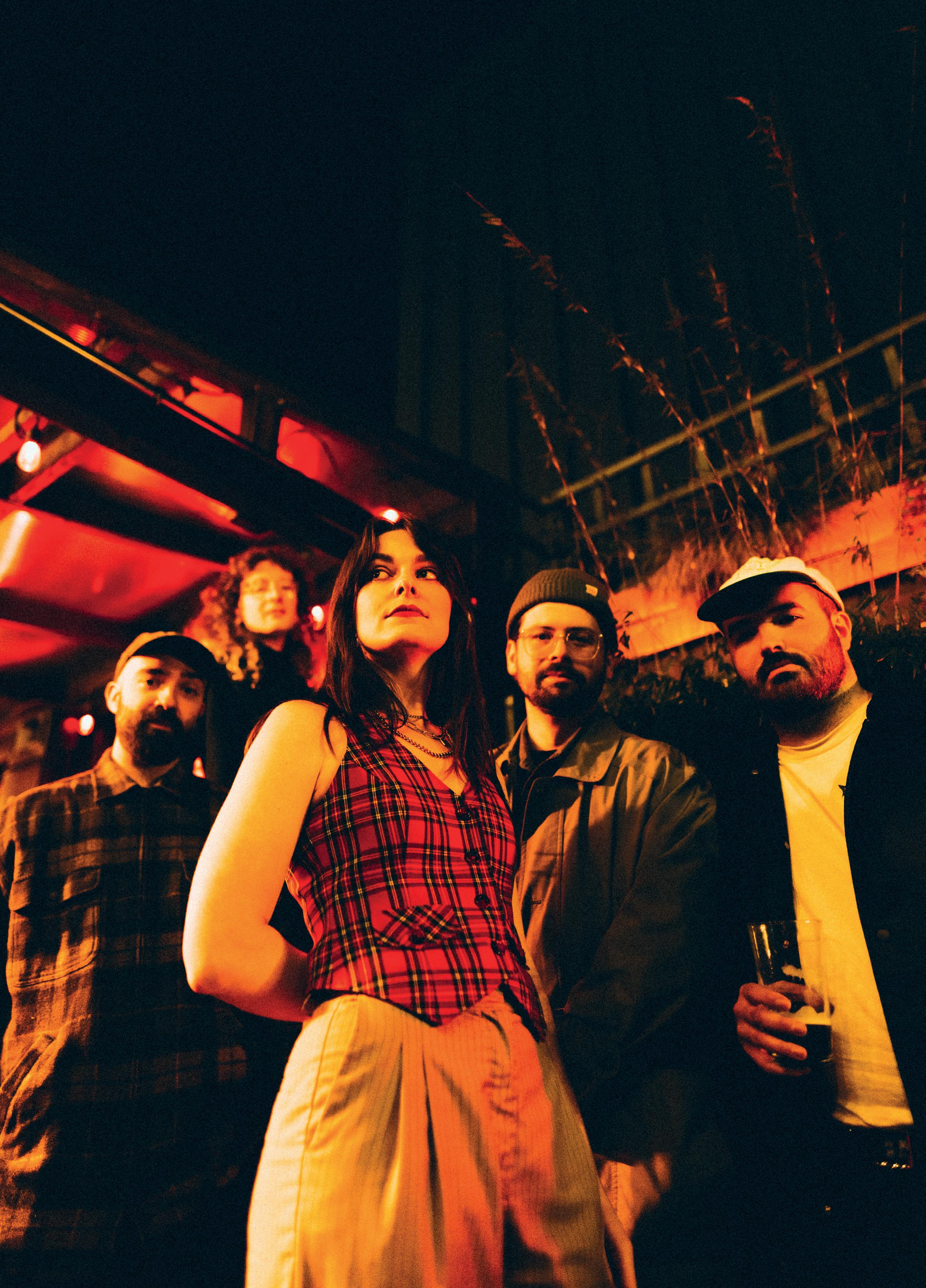


Over the last decade, all five members of Bikini Body made Edinburgh their home at various points, arriving from East Sussex via Bristol (frontwoman Vicky Kavanagh), Peterborough (guitarist Josh Booker), Seattle (bassist Kyle Peterson) and York (uni pals Harry Volker and Dan O’Gorman on keys and drums respectively). Peterson took advantage of dual citizenship (his mum is from Glasgow), O’Gorman came to study for a PhD, and Kavanagh moved on a whim, while Volker arrived specifically to join the band, and in the nick of time too. ‘I was a lapsed nu-metal kid about to sell my soul to IT,’ they say.
All had played in a cornucopia of emo, hardcore, synth punk, even folk bands, with the exception of Kavanagh. But it was her poetry which provided the spark for Bikini Body when Peterson suggested it should be performed to music. Thus their strident sprechgesang punk sound was spawned, though Kavanagh is now as likely to point to the influence of LCD Soundsystem as The Slits with the band heading into ever more danceable territory.
‘All of us come from quite different places,’ she says, ‘but we all love a grooving tune of any genre and we all like to get a bit heavy with it, whether it’s me screaming or Harry doing some synth devilry. We’re starting to explore a bit more now, getting further into that confluence of dance and punk.’
As such, Optimo (named after a track by punk-funk pioneers Liquid Liquid) are the perfect label partners. Last year, Bikini Body became the first act released on their offshoot label for bands, Optimo Music Rocks! Their Weird Party EP has recently been remixed as Weirder Party and earlier this year they independently released a split single with Glasgow’s Conscious Pilot to mark a joint tour around the UK.
‘I thought I’d be absolutely zonked after a tour like that,’ says Volker, ‘but I was invigorated; I wanted to keep going, a common feeling among the band. I’d do it forever.’
‘There’s all these amazing promoters up and down the country who are totally DIY,’ enthuses Kavanagh. ‘Everywhere we went we found really great audiences even if it was a few people. You just need people to exercise that muscle and say “I’m just going to see what’s on at my local venue tonight.”’
Refreshingly, all have found their adopted city to be an open and welcoming place to make music, right from their earliest days playing Henry’s Cellar Bar. ‘It’s not without its challenges for sure,’ reckons Kavanagh. ‘Like a lot of cities, Edinburgh is losing cultural venues but there’s definitely a lot more going on here than people think. It’s a friendly and collaborative scene and there’s loads of insanely talented people here, many of whom you have to coax out of making music in their bedroom. There’s so many people making amazing stuff here but maybe they don’t put themselves out there as much as in other places.’
‘There’s a lot more bands in the city than when we started so that’s good to see,’ agrees Peterson.
‘I feel the world doesn’t really know it yet but I think there’s a bit of a groundswell going on,’ says Kavanagh. ‘I think we’re getting to a point where people are starting to take notice of Edinburgh a bit more. There’s new venues popping up, so let’s pray for them.’
Hidden Door is one of the city’s prevailing success stories, and Bikini Body have already enjoyed a slice of the action, playing the al fresco edition at Granton Gas Works in 2021, just as the city was coming out of lockdown. ‘It was the first stage we played on that was high off the ground,’ notes Peterson, a man who, to his eternal credit, clearly spends a good deal of time in small, sweaty venues. As they gear up for a live party, it’s time to celebrate Bikini Body’s elevation to new (stage) heights.
Bikini Body play The Paper Factory, Edinburgh, Wednesday 11 June.
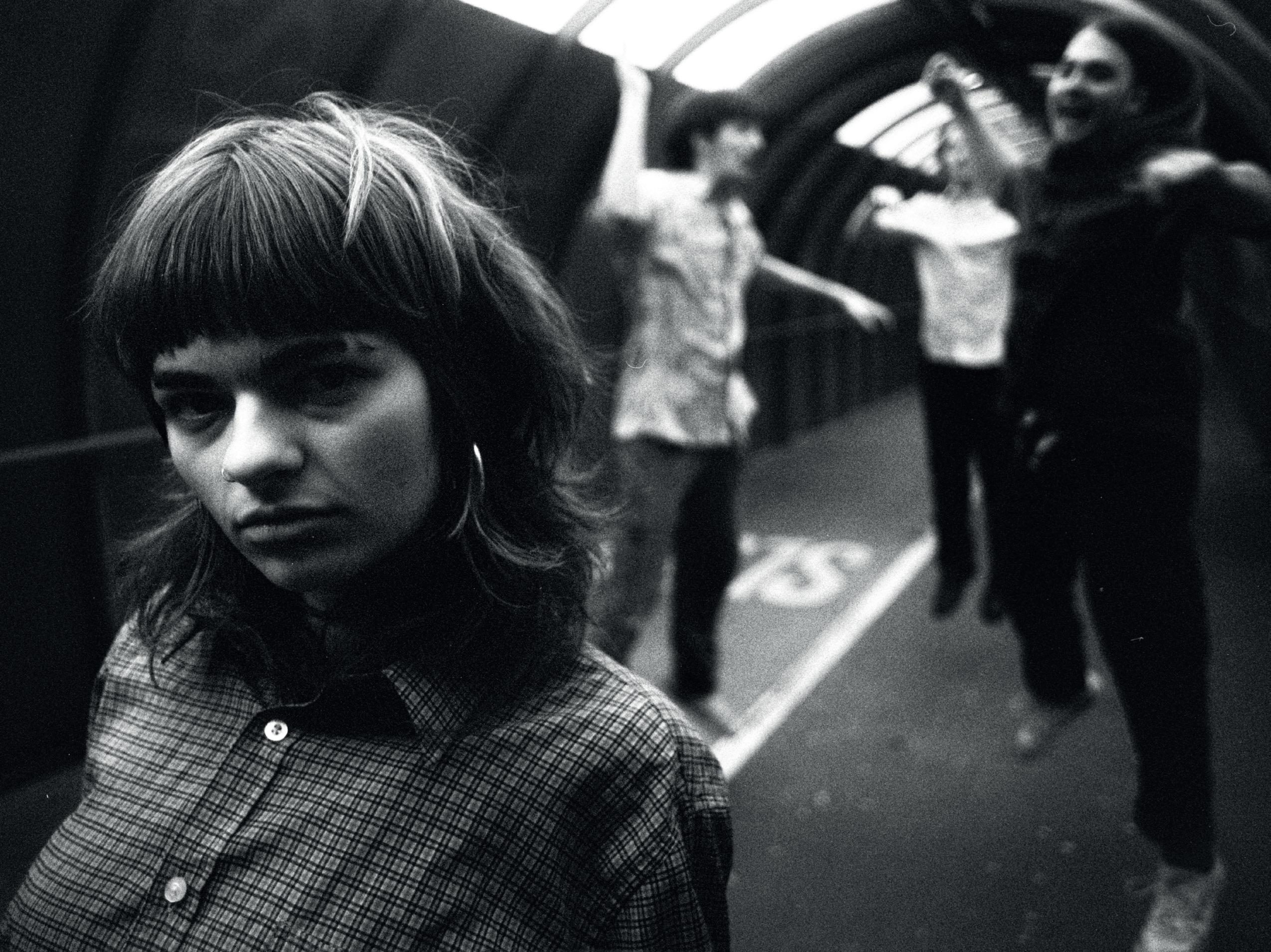
I
Having released a dynamic debut EP in February, four-piece Isabella Strange are continuing a banger of a year with their Hidden Door set. Kevin Fullerton sat down with the band to chat lockdown collaborations and the allure of anxiety rock
I‘feel like we’re going through a bit of an identity crisis,’ Aedan ‘Willy’ Wilson, bassist for Isabella Strange claims. For most other bands, such a statement would be cause for alarm, but for this young central-belt four-piece it’s a sign of a musical style firing in myriad directions. Although they formed with a strict punk aesthetic, their debut EP Slick Git, released at the start of this year, cast its net wide while maintaining a tone that’s simultaneously raucous, literate and unafraid of melding genres.
‘I always find myself in the position where someone’s like, “that was a really great set,”’ bandleader Kira WolfeMurray says. ‘And then they come up with some random sub-genre that I’ve never heard of to suggest that’s how we sound. It’s kind of cool because I don’t feel like we can define ourselves yet, which is really exciting.’
Though still exploring their personality, Isabella Strange is a project that’s been evolving since lockdown, when they began writing music together on a collaborative software called Soundtrap. ‘It’s very basic stuff,’ says drummer Louis Muller-Stuart. ‘It’s set up so that you can use it almost like a game. But you can record and edit tracks in real time with people that you invite. We’d make these tunes and they’d be really scrappy. Then we had a problem we called “the Soundtrap effect”, where we’d try to play those songs live and they just wouldn’t work. But my dad had an office that was completely unoccupied, so once things started to get more relaxed, we started meeting up and playing.’
From there, they’ve become an invigorating fixture around Scotland’s live music scene, developing an art-rock sensibility that draws on the Gen X iteration of punk and grunge that emerged from the US and spread its tendrils across the UK. Squint your ears and EP opener ‘Sally’s Day’ could almost be a Pixies deep cut, while ‘Slick Git’ feels like a love letter to Daydream Nation-era Sonic Youth, Murray’s untamed vocals bearing comparison with PJ Harvey’s early work. The EP’s clear standout, however, is ‘Karma 5’, an ambitious anxiety-rock banger with a forbidding bass line, fretful lyrics, a guitar hook that climbs towards ever-threatening peaks and porous dynamics. ‘That song felt like a different vibe to what we’ve made before; I was being a lot more honest in my lyrics,’ says Murray. ‘The whole song is anxious. I think we’ve made something quite powerful with it.’
More retiring than your average band, there’s a sense that the release of Isabella Strange’s first EP is also the sign of an act finding its confidence in the art scene. ‘There are so many creatives in the central belt and it’s so cool to be more immersed in that,’ Murray notes. ‘I remember a few times early on, we were quite insular and just not speaking to other bands,’ Muller-Stuart chimes in. ‘But since the EP came out, we’re now meeting people that are quite inspiring.’
Isabella Strange play The Paper Factory, Edinburgh, Thursday 12 June.


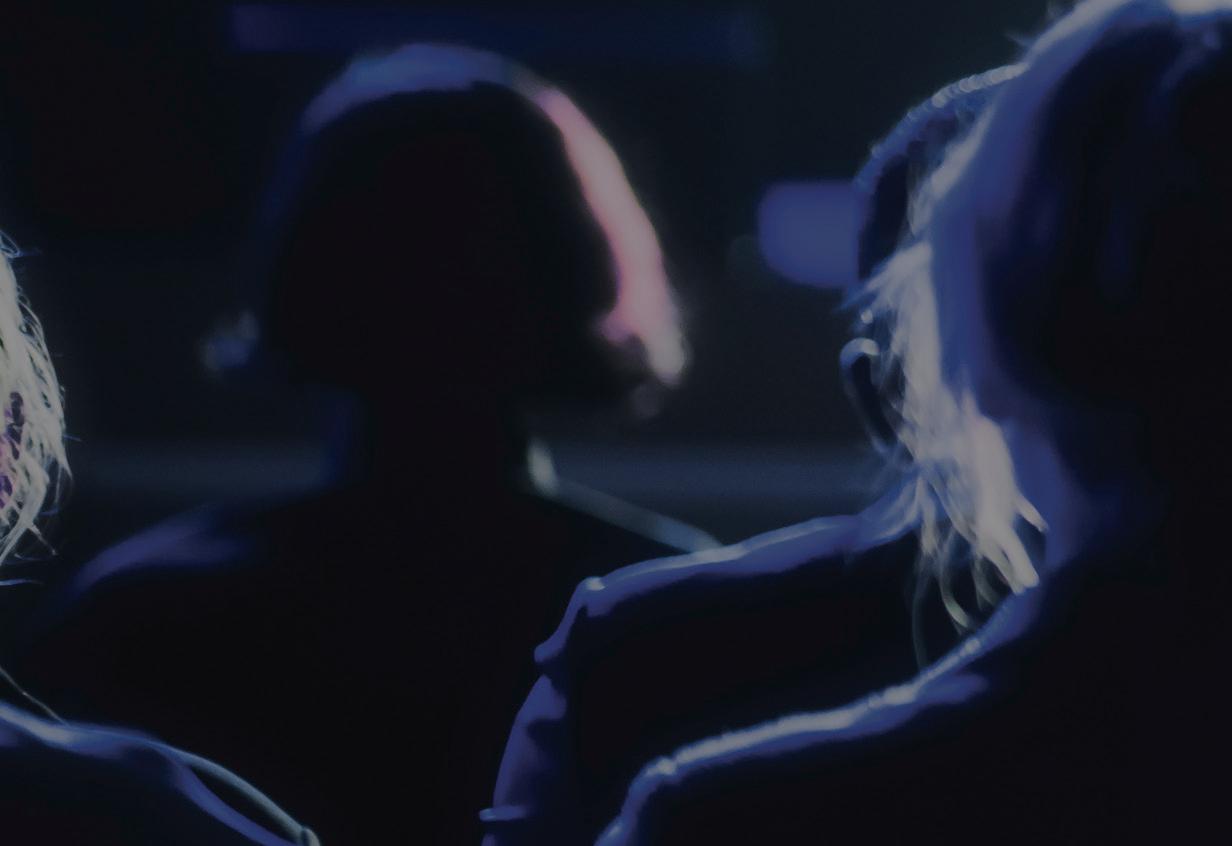
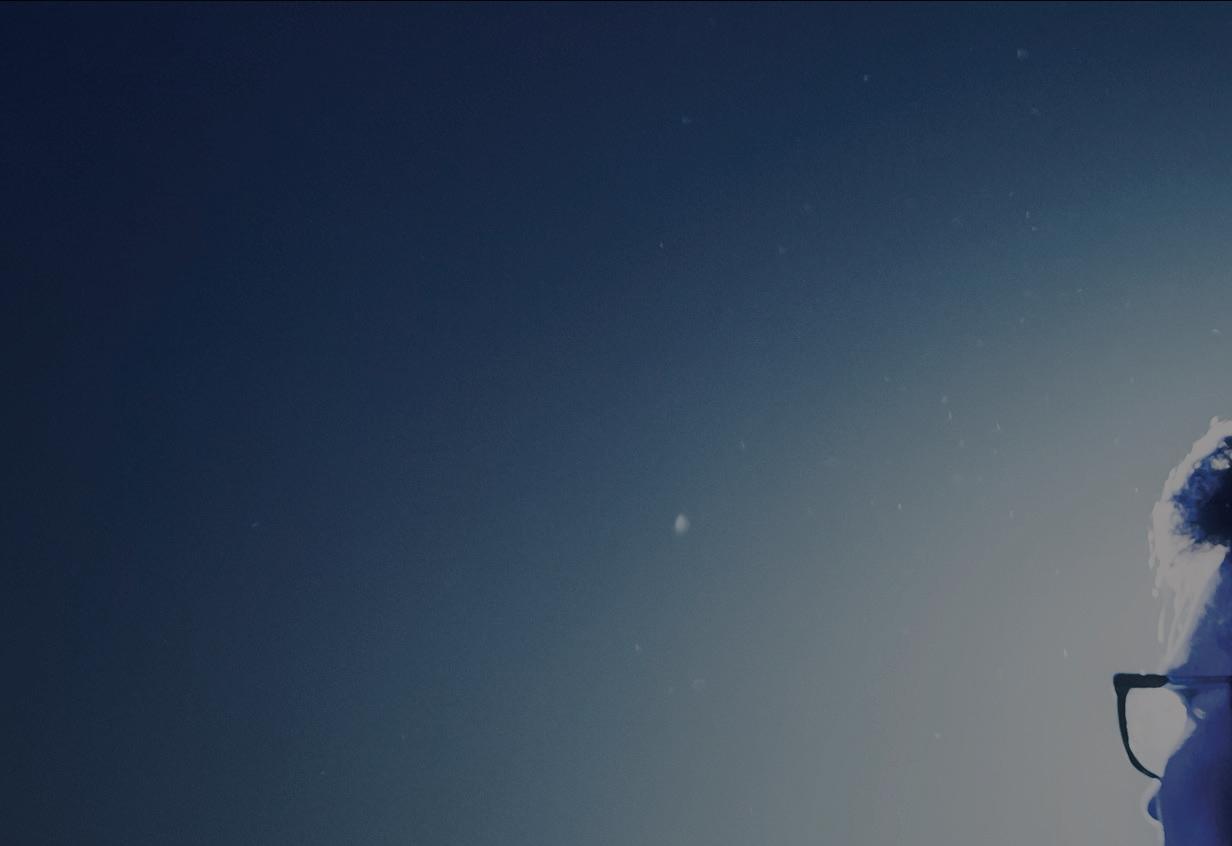



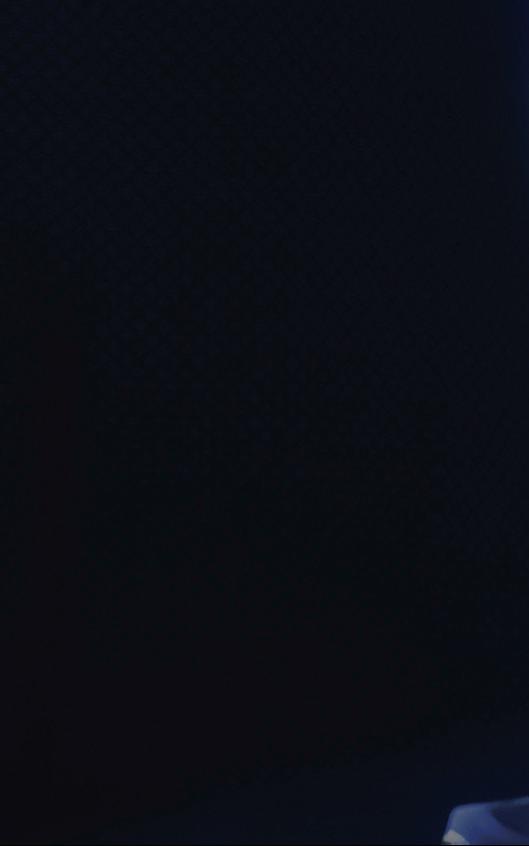


Smag På Dig Selv have been breaking down musical and commercial barriers in Denmark with a take on modern jazz that isn’t afraid to be political. As they prepare for their first Scottish gig, the trio tell Danny Munro about the pros and cons of growing up in an anarchist community



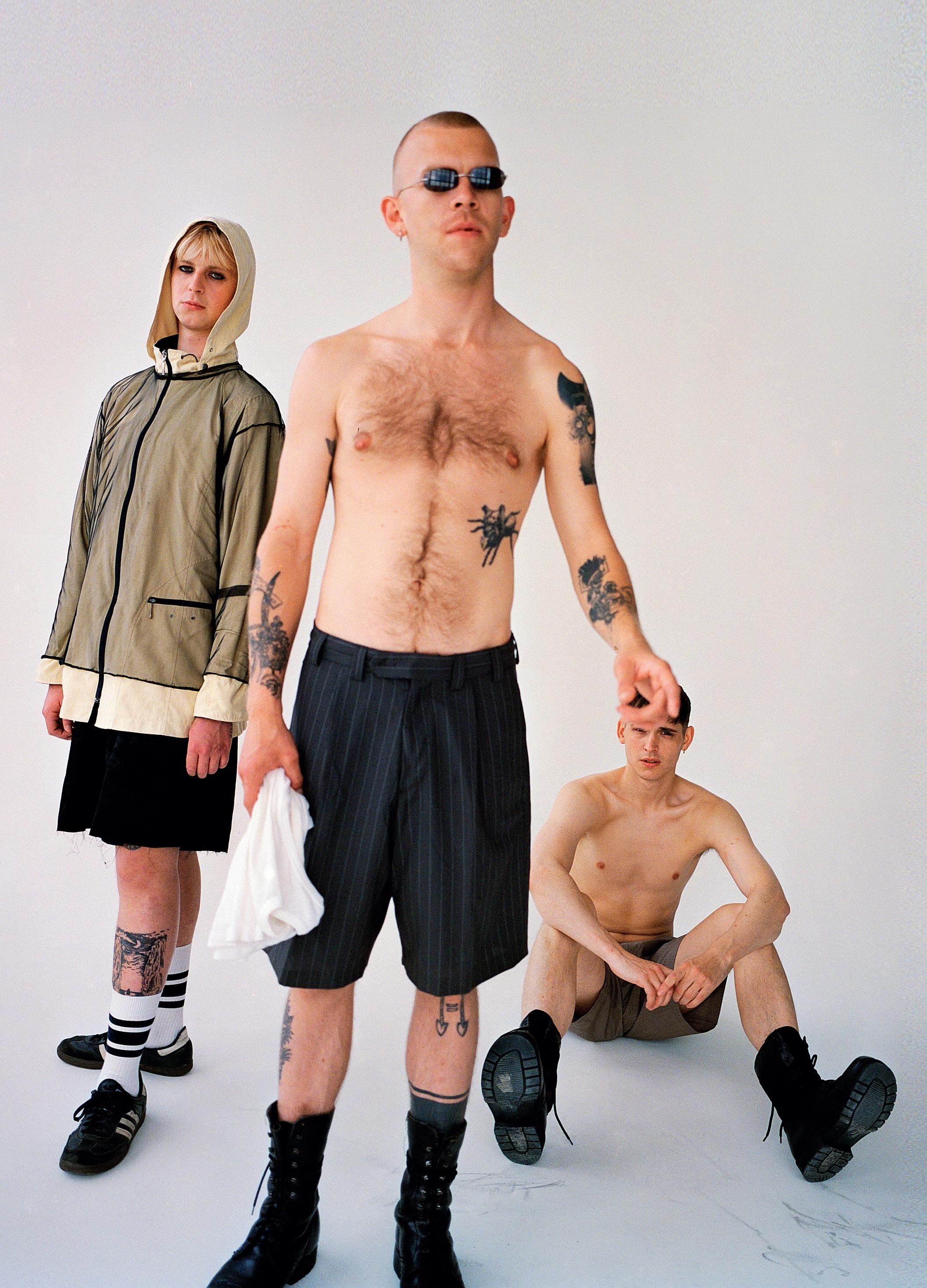


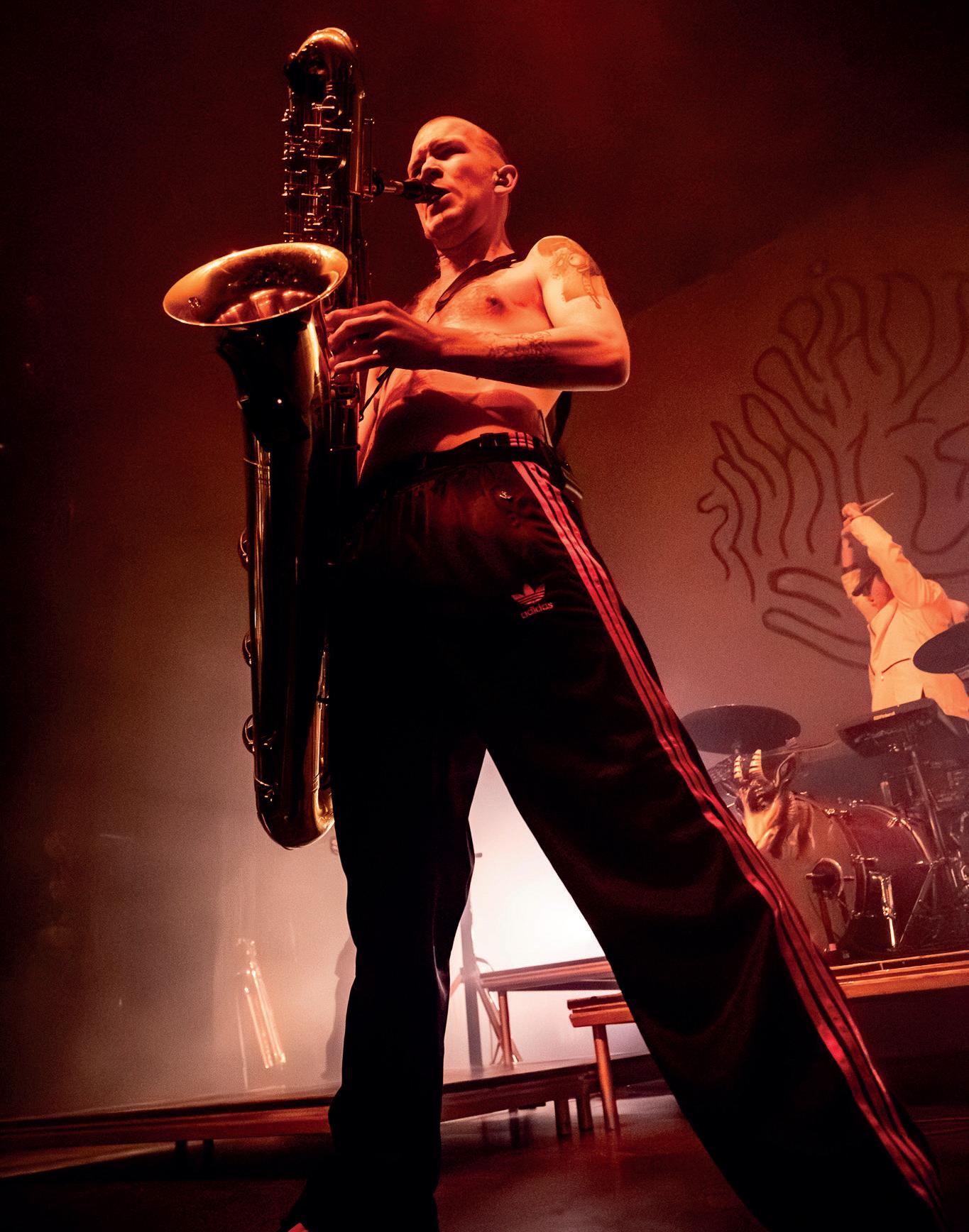
Smag På Dig Selv is a Danish phrase used to describe the act of looking inward and checking oneself, which translates rather clunkily to ‘eat yourself’ in English. It also happens to be the name of one of Europe’s most exciting young jazz bands. Comprised of two saxophonists and a drummer, this endearing acid-jazz trio have made quite a name for themselves in Denmark, recently selling out a double-header at one of the biggest venues in Copenhagen.
The prolific Scandis gigged over 70 times in their home country last year, and even over Zoom the enthusiasm is palpable as Albert Holberg (drums), Thorbjørn Øllgaard (alto, baritone and bass sax), and Oliver Lauridsen (tenor sax) relay their excitement about making a Scottish debut at Hidden Door.
The Smag På Dig Selv story begins in Freetown Christiania, a residential community in Copenhagen, first established by an anarchist group in the early 1970s. While growing up, Øllgaard and Holberg both called Christiania home, leaving with mixed feelings about the place where they formed the band in 2018. ‘I think it was amazing growing up in Christiania. But it could also be awful, terrifying, everything,’ explains Øllgaard, the group’s most expressive performer (known to Danish audiences for weaving throat singing and political poetry readings into his live performances).
In this culturally rich community, the pair were spoilt for musical inspiration and plied their trade in a supportive environment at a local jazz club. The community was also home to Pusher Street, an area where cannabis was sold openly for several decades, leaving residents to deal with a litany of crime and policing issues until its eventual closure in 2024. ‘It’s kind of like this paradox of feeling the place being really safe as a child, because there are no cars and everybody knows each other,’ reflects Holberg. ‘And to a certain degree everybody shares some ideological principles. And at the same time, police raids and all the gangster shit was going on.’
Last year, the band released SPDS, their full-length debut, and much like Christiania, the album is something of a paradox, interspersing abrasive walls of noise and harsh, throaty vocals with playful melodies which listeners will still be humming days later. Packed with political messaging without ever taking itself too seriously, track titles include ‘Fuck Der Kommer Kontrollører!’ (‘Fuck The Inspectors Are Coming!’) and ‘Hvide Mænd Spiller Afrobeat’ (‘White Men Playing Afrobeat’).
This accessible modern jazz project appears to have been well received by Danish listeners, with the trio recently selling out two nights at Vega, a 1600-capacity venue in Copenhagen. ‘That was wild,’ says the ever-smiling Holberg of the band’s biggest headline shows to date. ‘The feeling of getting to play our kind of music without too many compromises and being able to do that in such a huge venue in Copenhagen . . . it felt like we were pushing a boundary. That was kind of the coolest part for me.’
‘And we got lasers, man!’ chimes in Øllgaard. ‘It’s so amazing that we got lasers.’
Lauridsen, who is currently separated from his Copenhagen-based bandmates while studying at Amsterdam Conservatoire, believes introducing jazz to new listeners is the greatest upside to the band’s recent success. ‘I’m bragging a bit maybe, but it’s very rare that this music (two saxophones, one drummer, instrumental music) gets an audience like that, at least in Denmark. For the jazz community, it was nice to see that music like this could be appreciated so broadly.’
Though they’re yet to step on Scottish soil, Smag På Dig Selv’s recent experience performing in Texas at South By Southwest has left Holberg confident that the band’s engrossing live sets will help them connect with audiences wherever they go. ‘We’ve been to Texas and Russia so far, and it seems like there’s something universal in our music; like it goes beyond borders and transfers very well.’ Laughing at the thought of sincerely promoting their Hidden Door set, Holberg smiles as he pretends to plead with his would-be Scottish fans: ‘please come and see us. Please, please! It’s going to be fun . . . we hope.’
Smag På Dig Selv play The Paper Factory, Edinburgh, Wednesday 11 June.
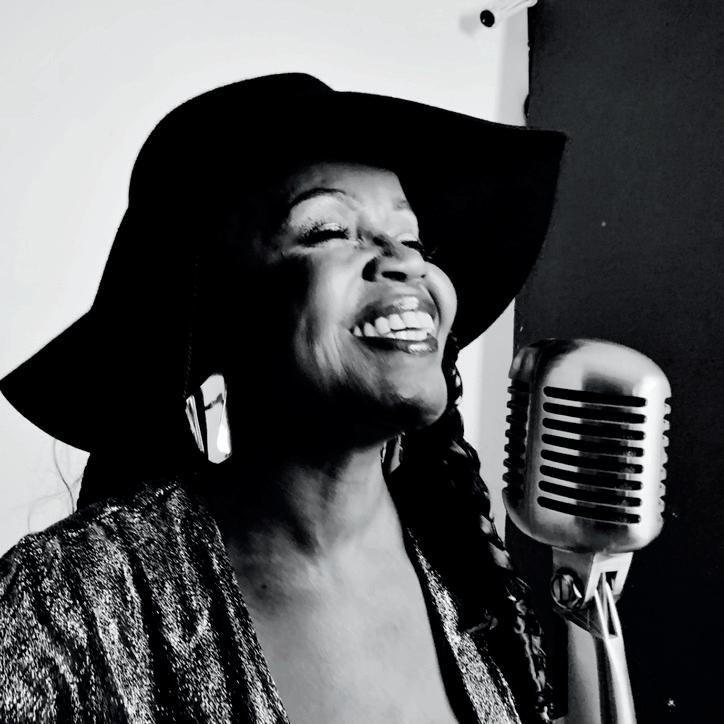

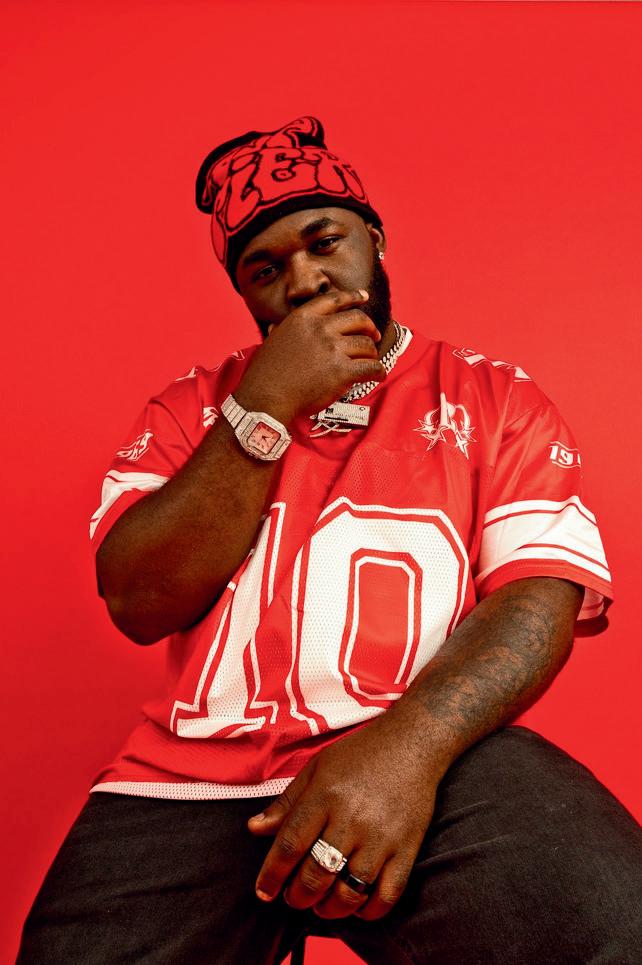
4th
Martha Wainwright
5th Rastak; Tales of Earth and Sun
8th
AMPLIFI: Pillz the Energiser - AKA PrinceAiysha
12th Bôa
13th
Emma Kenny’s – Killer Couples
21st Reem Kelani and her Trio
23rd
26th
St Mary’s Music School Summer Concert 2025
Jacqui Dankworth with Charlie Wood
27th The Phoenix Choir
28th Kid Creole & The Coconuts
16th
17th
18th
19th
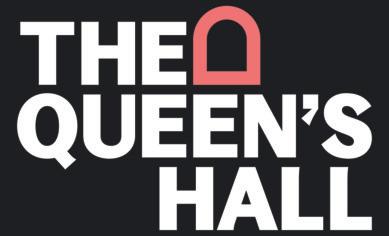



20th
Edinburgh Jazz & Blues Festival: Julian Lage Trio featuring Jorge Roeder and Joey Baron + support
Edinburgh Jazz & Blues Festival: Curtis Stigers
Edinburgh Jazz & Blues Festival: Colin Steel: STRAMASH
Edinburgh Jazz & Blues Festival: corto.alto + support
Edinburgh Jazz & Blues Festival: A Very Special Evening with Kenny Wayne Shepherd and the Legendary Bobby Rush
24th Dexys’ Kevin Rowland - A Life Story In Conversation
August
9th13th
Karine Polwart: Windblown 16th Lindisfarne
17th18th
Fleetwood Mac’s ‘Rumours’ with the Transatlantic Ensemble
21st Withered Hand and Friends 22nd PP Arnold - ‘Soul Survivor’
31st
Edinburgh Psych Fest 2025
In her new poetry collection, Theresa Muñoz reflects on the way objects in an archive embody stories that can inform our current lives. She speaks to Isy Santini about multi-racial identity, being inspired by Muriel Spark and giving a platform to lost voices

hile Hidden Door may be all about revealing unseen elements of Edinburgh, poet Theresa Muñoz is focused on the hidden voices of the city’s past. Muñoz will be performing at the festival from her new collection Archivum, based on what it means to look at artefacts and how these objects resonate with our lives. As part of her research, she spent six years poring over the archives in the National Library Of Scotland, with the resulting work inspired by everything from Muriel Spark to 17th-century jam recipes.
‘It’s hard though,’ she says after a pause. ‘I could write about the artefacts, but I have to come into the poem at some point; you have to talk about the self in relation to the object.’ She found a particular kinship with Spark, who moved to London to become a writer, just as Muñoz moved from Canada to Edinburgh. ‘When you leave another country, you get to know yourself a lot better.’ Much of Archivum is also dedicated to the experiences of multi-racial people in Scotland’s history, such as Eliza Jr, the daughter of a slave owner and an enslaved woman, and one of Scotland’s first documented multi-racial individuals. ‘I always wonder what happened to her mother, so in the poem that’s who she’s talking to.’ As a third-culture person with Filipino parents, Muñoz is particularly interested in how people of colour move around the world. ‘What does migration cost us when we move, in terms of leaving your family, leaving a past behind and starting somewhere new, and always wondering what your life might have turned out to be? I write about that a lot with Edinburgh.’
The poems are imagined as a walk through the capital. ‘It’s such a strong, proud and handsome city. Those are quite masculine terms I’m using there,’ she says, catching herself, ‘but I find the history is very sensitive. It’s a very meditative place to walk around and feel things.’ Archivum takes readers on a journey from Queen Street Gardens, where Muñoz ponders the changes that life can bring, to Arthur’s Seat and all its possibilities and dangers. With such a strong link to the city, she’s looking forward to performing her poetry at Hidden Door. ‘I like to think it will give a voice to the hidden voices inside the collection and also a sense of who I am as the person who wrote them.’
Music may be dominant but it’s not totally overwhelming at The Paper Factory this month. Here’s a quintet of other delights
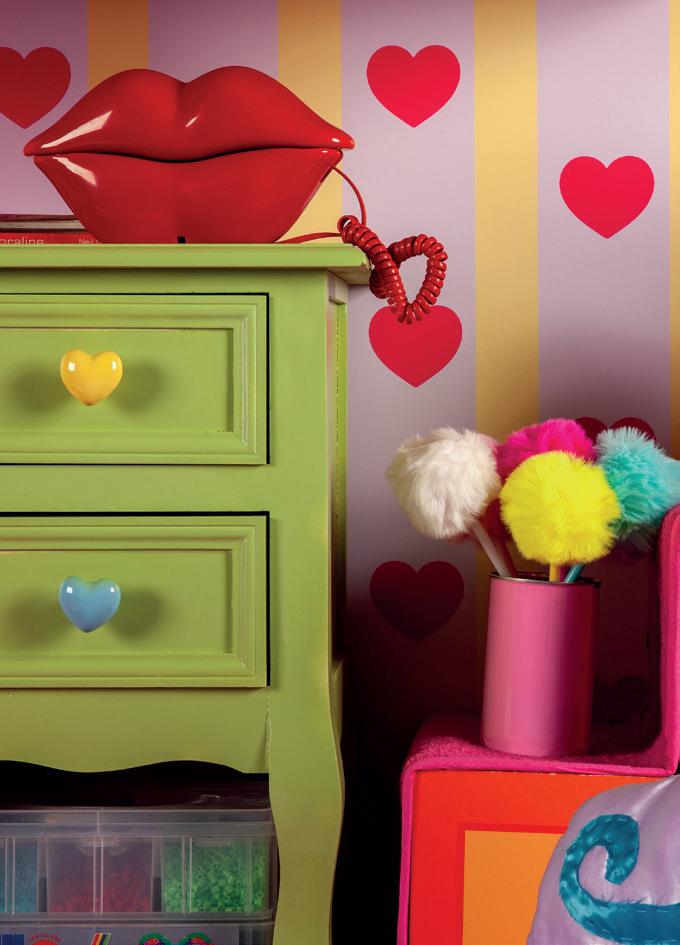
SHAE MYLES
This Glasgow-based artist’s multidisciplinary practice centres around notions of intimacy, secrets, play and mess.
IMOGEN STIRLING & SONIA KILLMANN
The Boulders We Carry features immersive storytelling based on the myth of King Sisyphus but reconfigured into modern Glasgow.
PRODUCTION LINE OF DREAMS
Psych-poetry collective Acolyte gather up a number of different art forms to explore learning, imagination and AI.
KATIE ARMSTRONG & AURORA ENGINE
Sounds Of The Unseen is a new dance work which explores the invisible yet important labour carried out by women.
ADAM HOGARTH
The British artist’s analysis of ecological collapse results in technicolour visual interpretations of unnatural development.
n For full details, go to hiddendoorarts.org
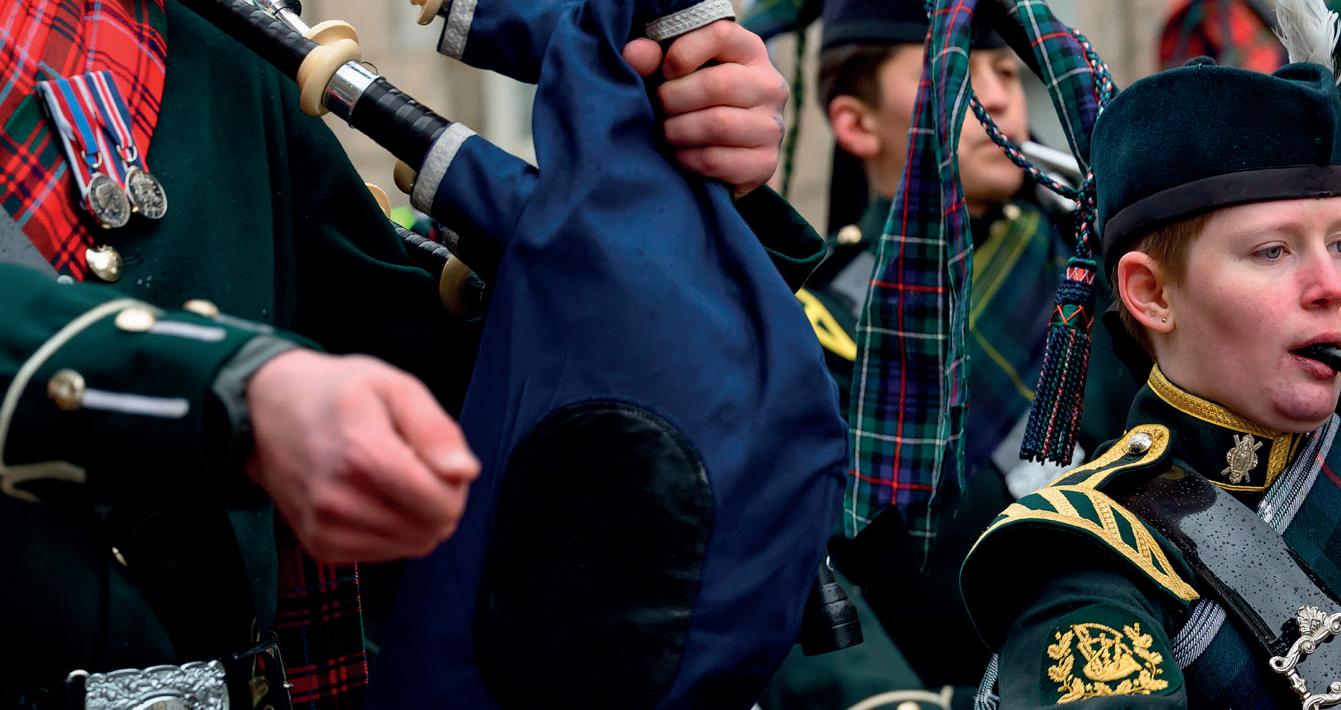






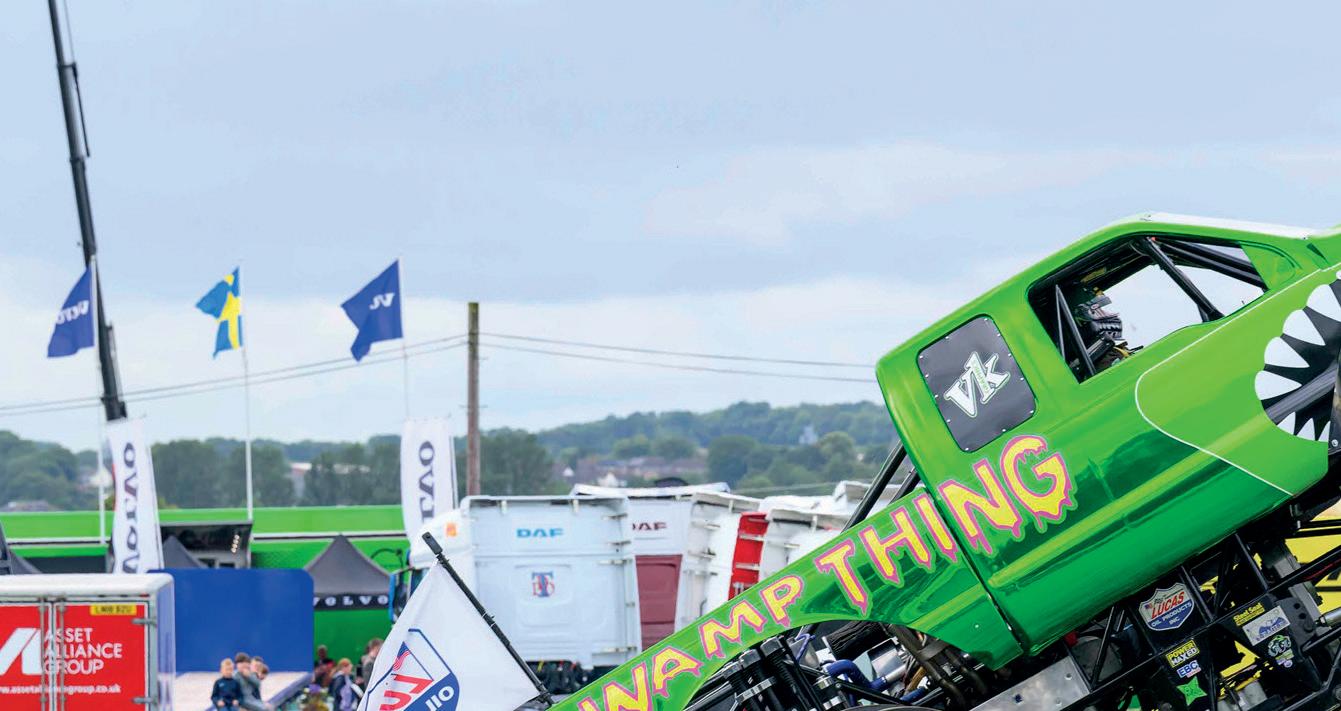

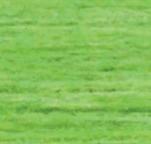


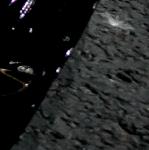



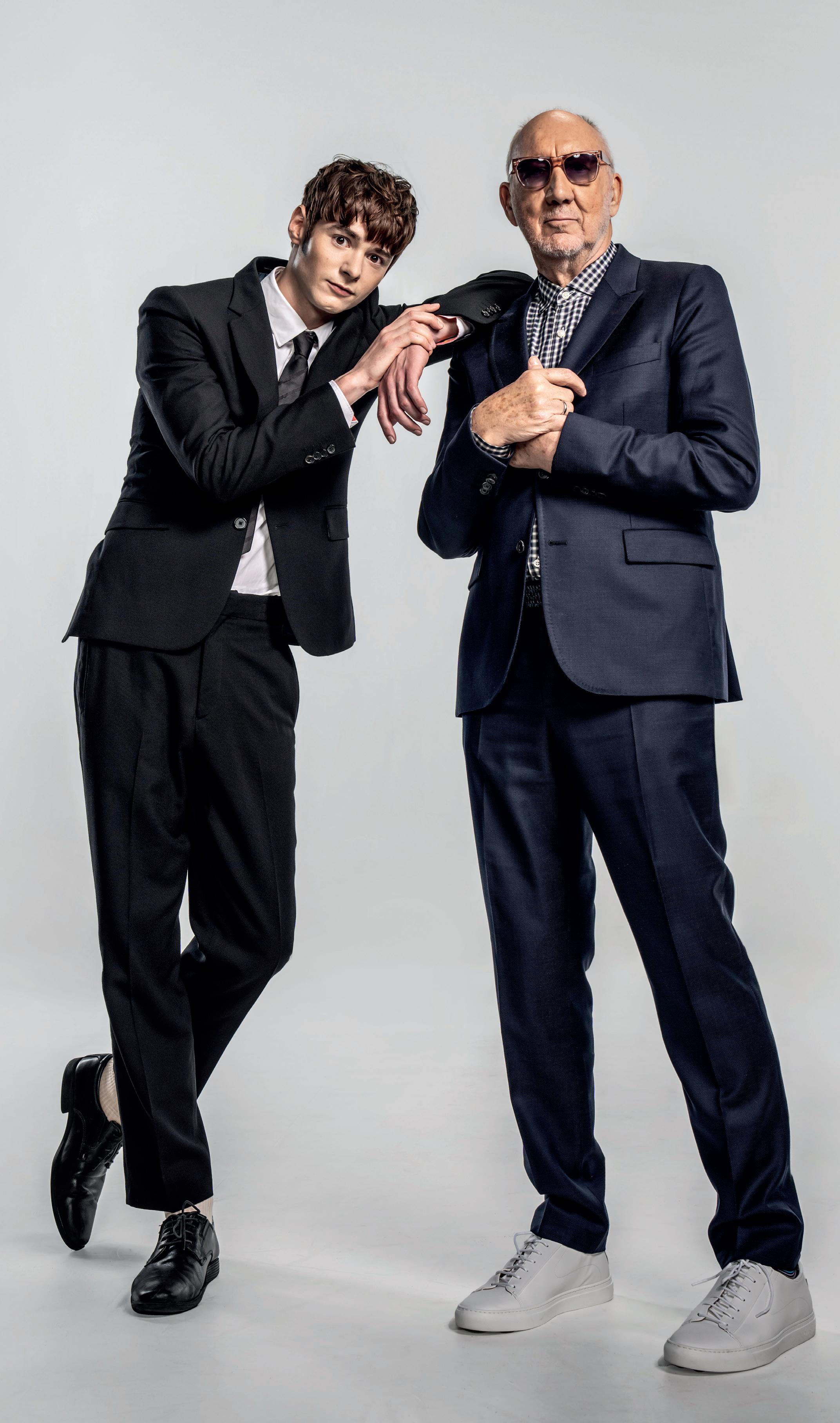
Kicking off our Mods v Punks clash, Claire Sawers enters the rehearsal rooms of Quadrophenia as this Mod Ballet prepares to embark on its premiere tour. She discovers how The Who’s multimillion-selling 1970s album and film are being given powerful new life through the language of dance
Fred Perry shirts buttoned to the collar. Hormone levels ramped up to 11. Amphetamines washed back with Newcastle Brown Ale. Vespas shoved off a cliff. Quadrophenia, The Who’s classic rock-opera album about teen angst, was turned into a cult 1979 film starring Phil Daniels, Sting and Leslie Ash. A tale of alienation and the desire to belong, it was laced with the dangerous buzz of rejecting an ugly status quo in 1960s England. Some may remember every spat-out line from songs like ‘The Real Me’ from the 1973 record, or can still air drum every chaotic fill from Keith Moon’s original performance. Now, first-time-around mods and rockers are about to face off with a new interpretation of Who cofounder Pete Townshend’s original themes as the world premiere of Quadrophenia: A Mod Ballet sets off on a UK tour. Likewise new audiences of TikTokers and young keyboard warriors will discover the ever-pertinent story of troubled mod Jimmy and his struggles with adolescent identity.
The ballet is a co-production from Sadler’s Wells and Universal Music UK, with The Who’s original music adapted into a classical score by singer-songwriter Rachel Fuller and recorded by the Royal Philharmonic Orchestra. Fuller was born in the same year as the Quadrophenia album came out and is now Townshend’s wife and long-term musical collaborator.
The production features sharp costumes by British fashion designer Paul Smith, and projections of crashing Brighton waves from Yeast Culture, the London team who lit up George Heriot’s School as part of the opening performance in last year’s Edinburgh International Festival. For the stunning choreography, they have called in Paul Roberts who has staged moves for major artists including Harry Styles, Spice Girls, Diana Ross and Prince.
No, this version doesn’t feature savage beatings with planks of wood to the face, or tables lobbed through windows of seaside cafés. If there are any doubts, however, about how all that youthful piss and vinegar can translate into another language, that of ballet movement and orchestral sound, those concerns bite the dust after an early look at rehearsals.
Just as the album opens with the rolling sounds of the sea, this mod ballet begins with a breathtaking sequence of five male dancers, a liquid ripple of limbs, gently arcing and swaying like a serene pattern of waves. Paris Fitzpatrick, who plays Jimmy, is at the front, an astonishing, sinewy blend of boyish naivety and surly defiance. We follow him to the shrink, see him idolise stylish older men in dancehalls, watch him burn with desire for more as his parents atrophy in their living room, listless in a blur of Guinness and regret.
I meet with the show’s director, Rob Ashford, in the impressive new Sadler’s Wells East (sister venue of Sadler’s Wells dance theatre) which opened in February this year in the former Olympic Village in Stratford. It’s a few weeks into rehearsals and the sequences are already visually arresting: bravado and ebullience channeled into slick throngs of mob anarchy, or tender, wordless exchanges of yearning.
Is this story of rebellion particularly apt in our current climate of civil unrest, divisive policies and deep-seated anxieties, where young people increasingly feel mistrust for their politicians and protest against everything from fascism to climate disaster and economic hardship? ‘Sure, it’s absolutely a part of it, no question,’ nods Ashford. ‘But this particular rebellion is born out of self-expression. The young people in Quadrophenia just wanted to be individuals. The unrest came from that. The competition too. The sense that you’re wrong unless you do it our way, which is kind of where we are now.’
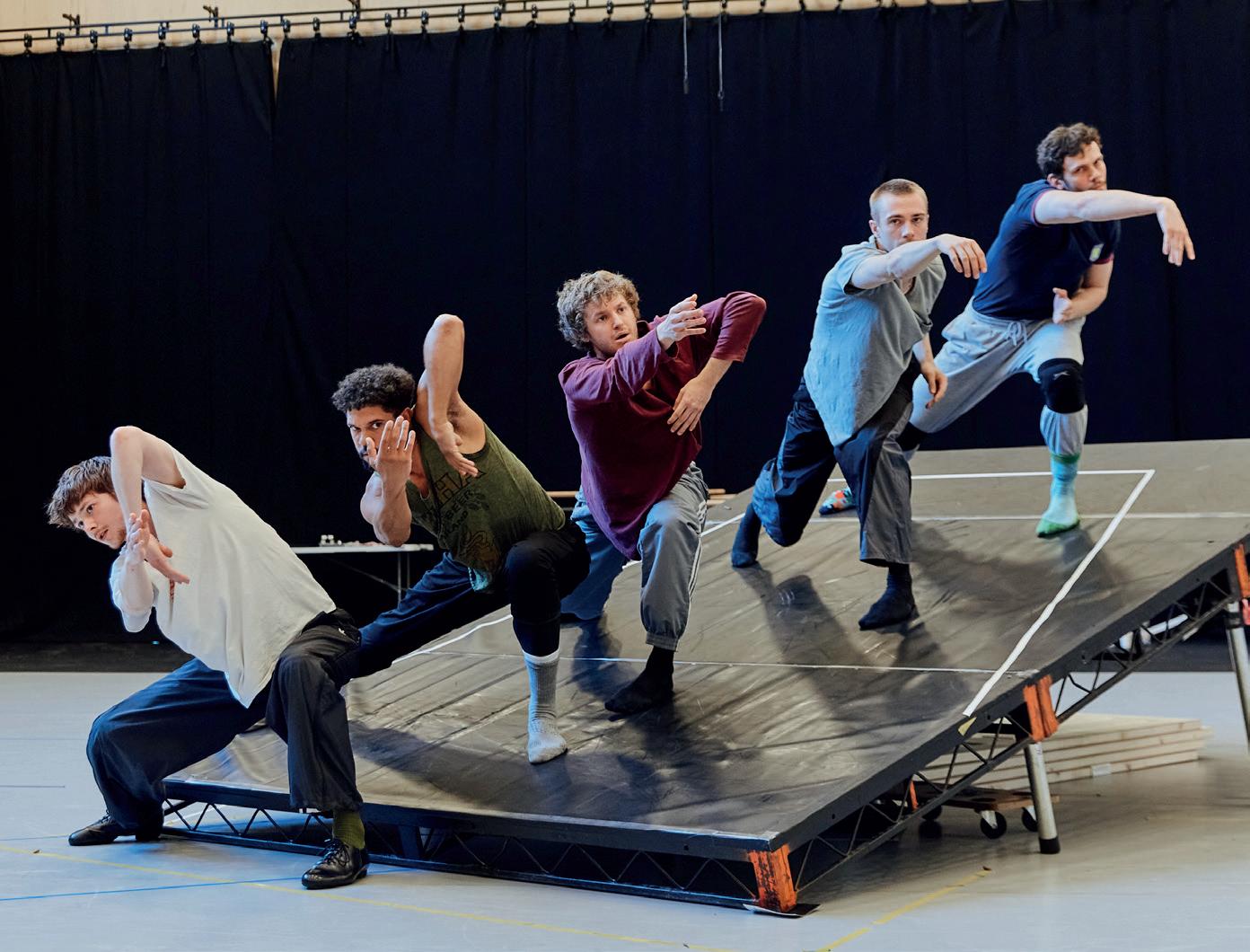
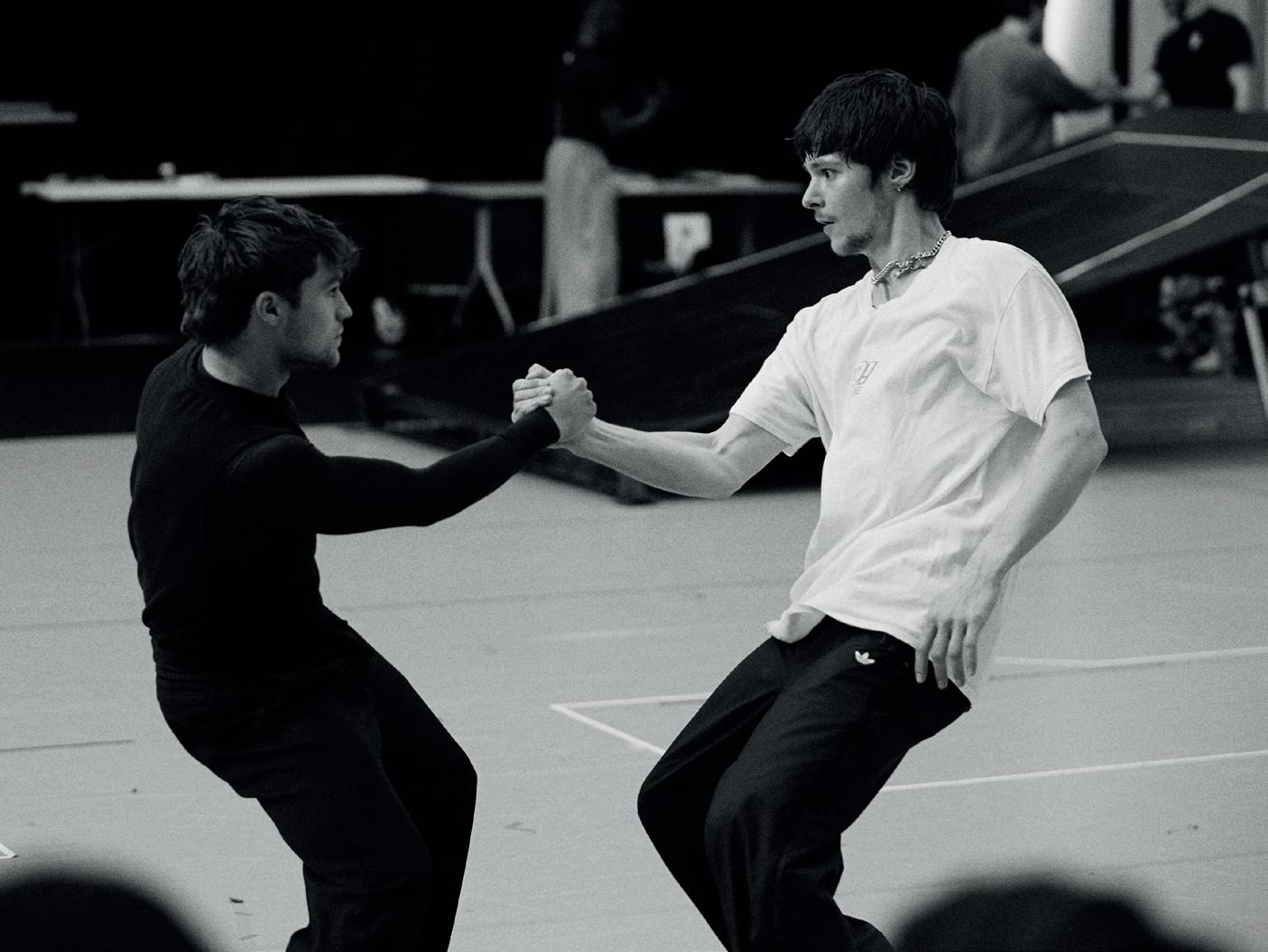
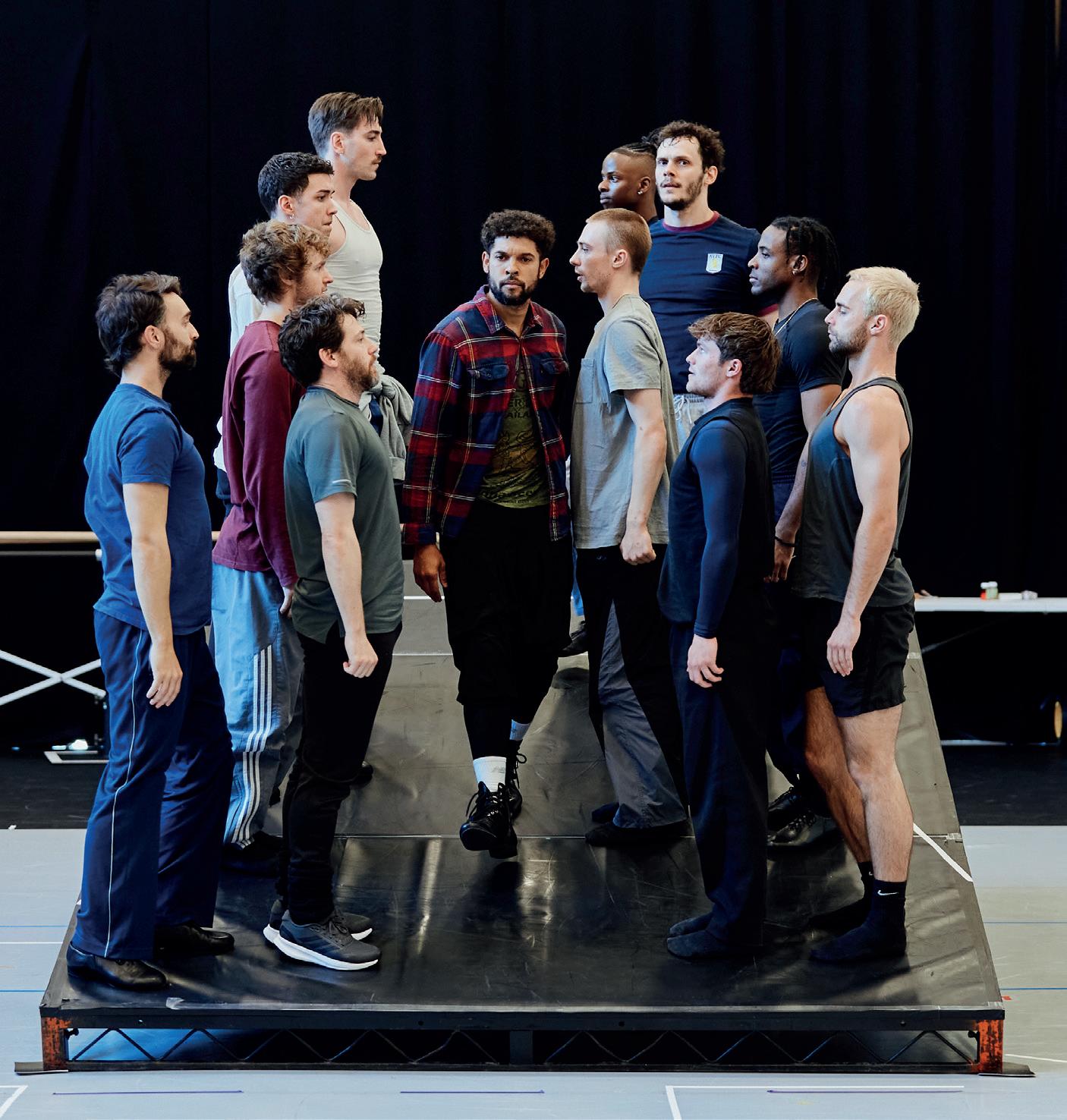

A former dancer turned choreographer and director, Ashford has worked on productions of Evita, Frozen and Cat On A Hot Tin Roof on Broadway and the West End, winning Tony, Emmy and Olivier awards along the way. This ballet is not an adaptation of the film; Ashford has made a brand-new work, inspired by Townshend’s original concept album, in particular the lyrics and detailed album liner notes about the life of a teenage workingclass mod. Lead character Jimmy is working as a dustman, fancying girls from afar and seeing a psychiatrist about his mood swings. He’s frustrated with his homelife and craves something more meaningful.
‘I always try to go back to the source material,’ says Ashford. ‘Of course, the original creators aren’t always available, or if they are, they might be of an age or stage in their career where they really want to take you back to then. Pete wants us to go forward, with the thoughts of then and apply them to 2025. What’s fascinating and enlightening for us, working on the piece, is being able to have him with us. Pete is so involved in the production. He’s an amazing touchstone for the whole thing; I wouldn’t even say a reference, because he’s been a huge help with specific, practical questions about the characters and the staging. He’s been able to share some real poetic pearls about how people felt in that world at that time.’
Ashford notes that young people in the 1960s desired to leave that post-war family life behind. ‘They wanted to step away from that and aspire to greater things than their family. Jimmy’s at that age where he wants to find his own way. That’s part of the story that I love, that we’re working really hard to bring out of the piece. We meet Jimmy’s parents and see their influence on his mindset. Their pas de deux in the living room is one of my favourite scenes, actually.’
We also watch Jimmy in a boisterous, playful duet with dancer Euan Garrett, playing his best friend who happens to be a rocker. ‘It follows this very tense scene between the two gangs where I come on and, at first, we play it like a fight might go down, but they’ve been mates since kids,’ says Garrett, a ballet dancer who went to primary school in North Berwick before working with Scottish Ballet, English National Ballet and Matthew Bourne. He made his West End debut playing the title role in Billy Elliot. ‘Society has kind of pushed them to be either a mod or a rocker. Probably because of our parents. No sharp suits for me: I’m in leather with a big quiff. Neither of us like the rivalry; we think it shouldn’t be a thing but it is. It’s very Jets and Sharks or Montagues and Capulets; it’s that vibe.’
Contemporary ballet dancer Serena McCall grew up in Falkirk before graduating from the Rambert School Of Ballet And Contemporary Dance in 2023. She recently danced in the film Wicked and Disney’s Snow White as well as playing Roxanne onstage in the North American tour of Message In A Bottle, a dance adaptation of Sting songs.
‘I play Mod Girl,’ explains McCall. ‘She has dreams of her own, to be a fashion designer. She’s in a relationship with Ace Face, but there’s something about Jimmy that she’s drawn to, maybe something that’s missing with Ace. It’s a weird dynamic. Jimmy wants to be Ace Face because he wants the girl. We dance in a trio, which leads into more of a sensual scene, from Jimmy’s perspective.’
Jimmy’s relationships with his rocker friend, as well as Ace Face and Mod Girl, allows the show to explore some of Quadrophenia’s themes through a subtle queer lens. Although the album’s lyrics didn’t overtly deal with homosexuality or bisexuality, it was certainly hinted at; either in lines like ‘If you complain you disappear/Just like the lesbians and queers’ from ‘Helpless Dancer’ or in the more general theme of feeling like an outsider, or pressure to conform to heteronormative values.
‘If we’re diving a bit deeper, for my character, it might not necessarily be just a friendship,’ says Garrett. ‘I think he might kind of admire Jimmy. They are meant to be around 17, and at that age my character doesn’t really know where he lies in society, in terms of mod or rocker but also his sexuality. He’s lost and confused. He wants to be like Jimmy. We were given scripts at the beginning and it was hinted at. Rob and I discussed it. I loved the idea; we decided to really push that and play it that way.’
Seeing the rehearsals and the masks the young boys must wear, the dance adaptation pulls its focus onto this male existential crisis, the questioning and searching of that difficult pre-adult phase. The more sinister and criminal aspects of this teen turmoil were explored in the recent chilling Netflix drama, Adolescence
‘I really feel that a duet between the two guys should be shown in every high school,’ says Ashford. ‘Jimmy and his best friend had to hide that friendship, but when they’re alone they can be mates. This is a dance theatre piece about a young man’s mental health. Jimmy doesn’t buy into this toxic masculinity thing that we’re all dealing with right now in our world. Jimmy is more of a poet or a free spirit, more like Pete. He’s not a loner; he’s still part of a group, but he’s finding his path and finding like-minded people finding their path too. Maybe all those paths join up and make one giant path for others to pass down. I’m hoping young people will watch it and see that aspirational side. Jimmy’s not in it for the fighting, he wants enlightenment. Without real guidance from family, or real community, you’re relying on your own soul or your spirit to guide you. It’s probably scary but may be the most fulfilling way to find your own path.’
Quadrophenia: A Mod Ballet, Festival Theatre, Edinburgh, Tuesday 10–Saturday 14 June.









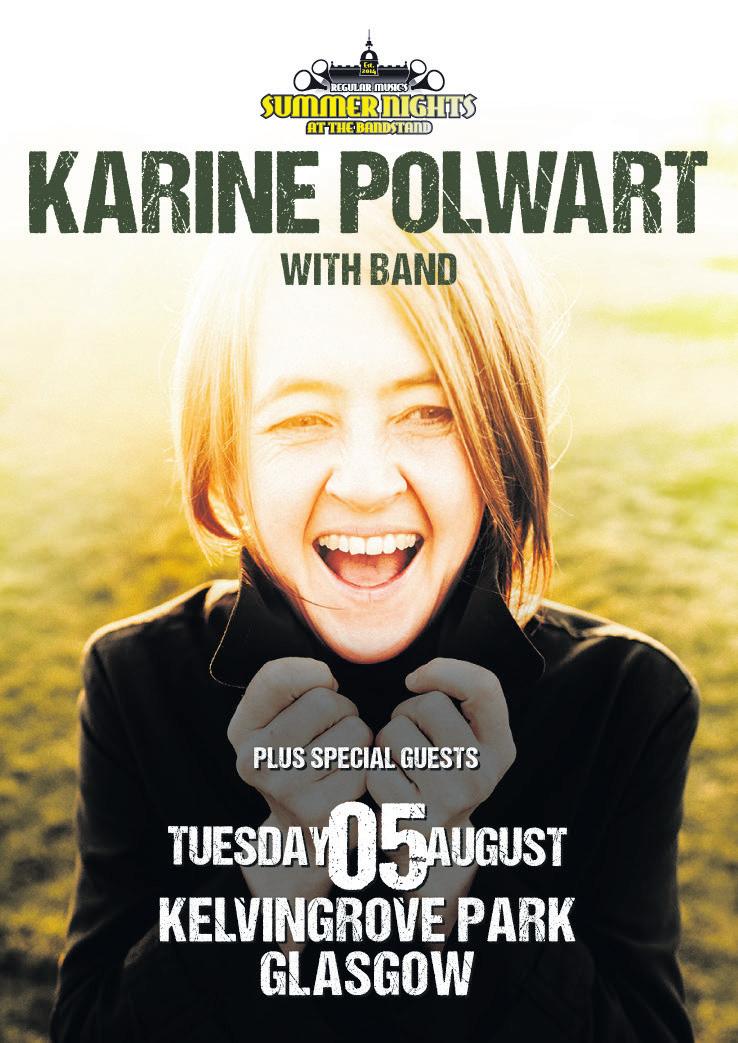



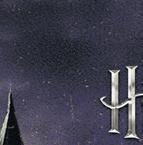

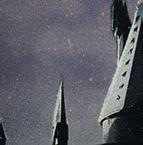
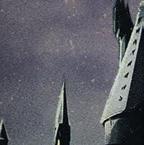
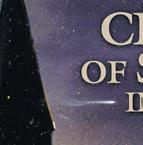
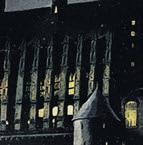

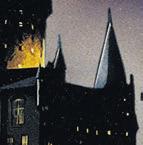
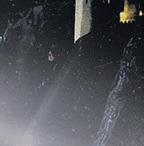
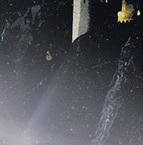



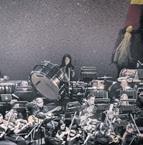


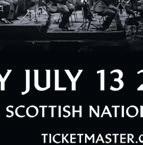


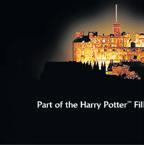


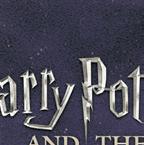

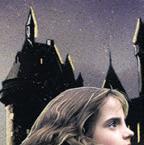
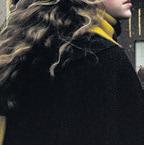

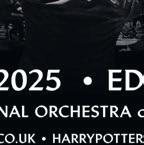


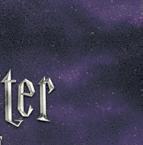
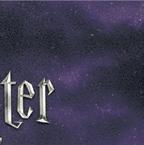
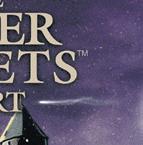
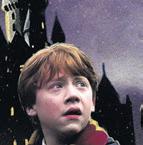
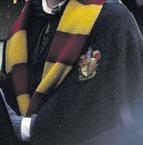
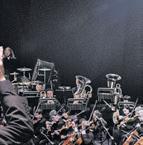
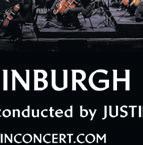




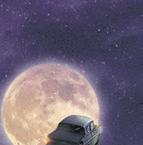
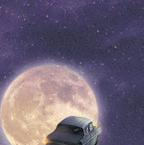
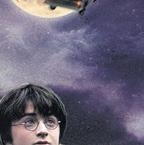
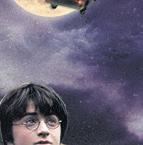



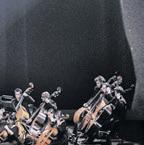
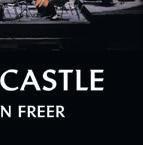
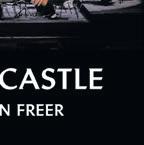



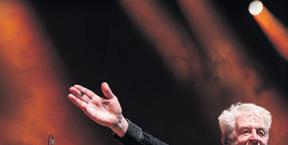
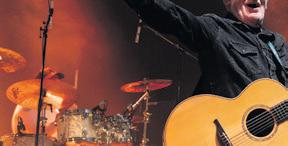






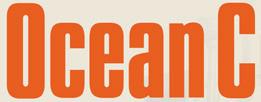

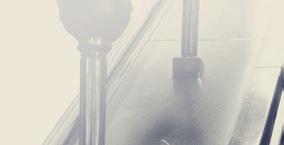











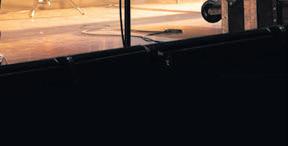

















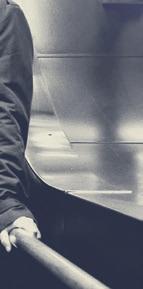












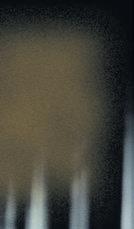


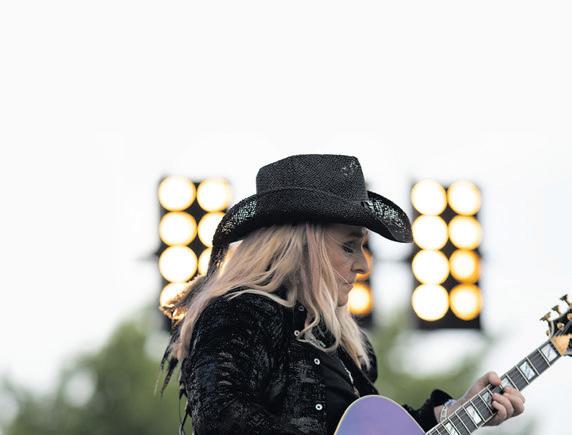




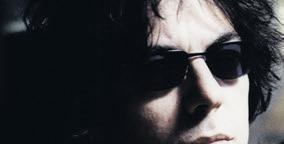





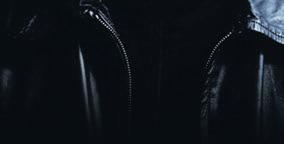















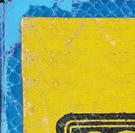

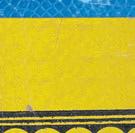

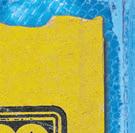

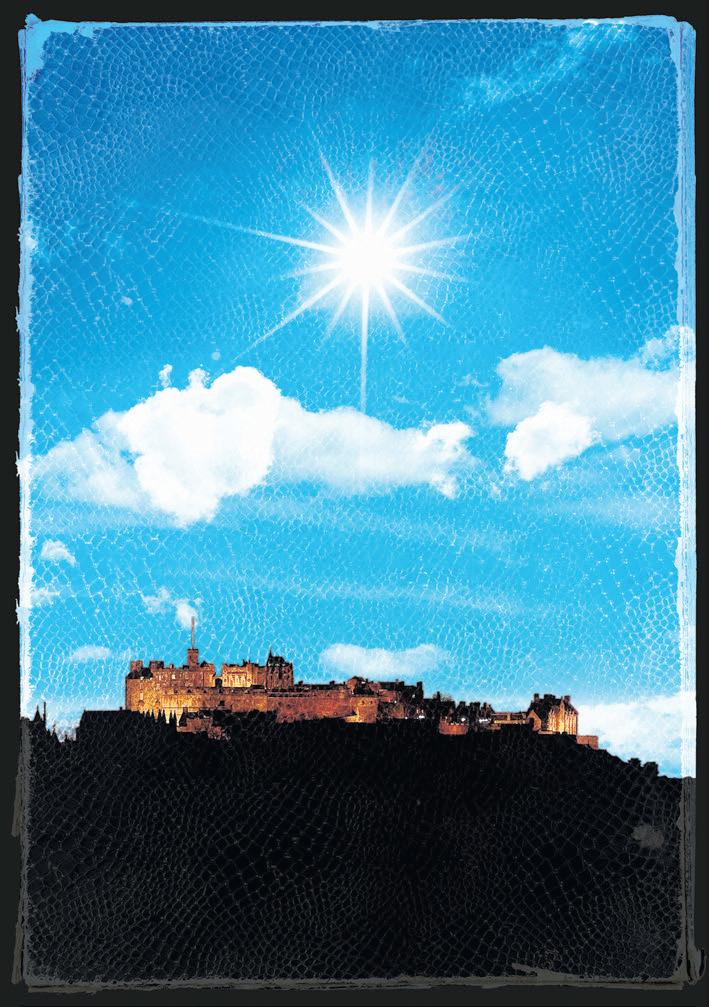
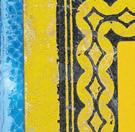










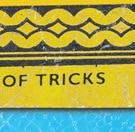
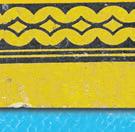




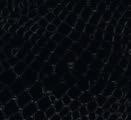
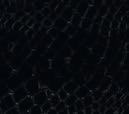



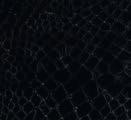


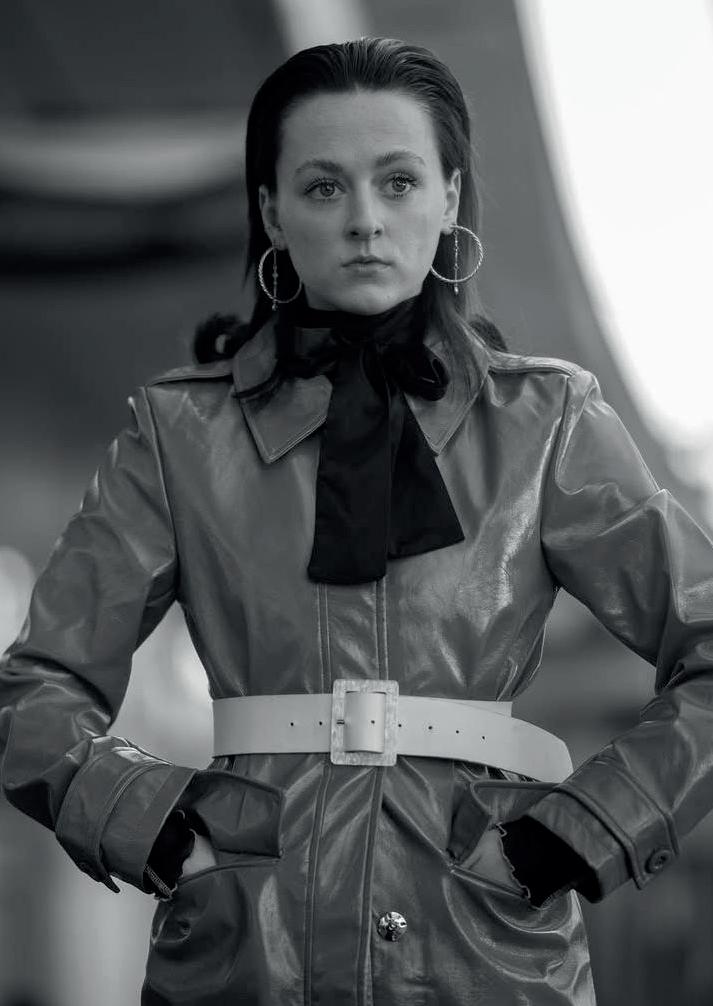
CAs mods v rockers epic Quadrophenia gets a reinvention, Megan Merino revs up her scooter to explore the world of mod culture in Scotland.
She ponders why people are still drawn to the lifestyle after all these years
ommunities can be forged out of many things: rebelling against a common enemy, sharing or upholding the same value systems or, on a lighter note, the mutual enjoyment of certain music, fashion and aesthetics. The Modernists (aka mods) were a group of British teenagers in the 1960s bonded by a love of beautifully tailored clothing and modern jazz music. Their common enemy? The post-war austerity inherited by their parents. Looking sharp in French and Italianinspired suits or fitted dresses with clean lines was an act of rebellion, a way for working-class youngsters (who for the first time had some disposable income and free time) to assert themselves with the higher-ups. Unlike many subcultures that come and go, this movement has stood the test of time, spreading and evolving across countries and generations.
‘When I hear the word mod, I’m swept into a flickering montage of 1960s Soho, Carnaby Street and Chelsea’s Kings Road, alive with energy, cellar clubs glowing beneath the city, and sharp silhouettes slicing through the drizzle on Lambrettas and Vespas,’ says Asta Petkunaite, artist, writer and owner of Pascal & Co vintage in Edinburgh. Bands like The Who and



The Yardbirds could be seen frequenting these clubs at the time, while fashionistas such as Twiggy and designer Mary Quant were redefining femininity and popularising bold block colours and geometric lines still worn by many mods today. ‘There’s a timeless elegance to it all,’ says Petkunaite. ‘Vidal Sassoon crops, tapered slacks, lacquered shoes and polished boots. But mod wasn’t just about how you looked, it was a way of being; a philosophy of clean living, subtle rebellion and modernist precision. Pop art cool meets op art clarity.’
This ethos is what Edinburgh DJ and certified ‘mod snob’ Dave Clarke subscribes to. To him, mod is ‘the epitome of cool. It’s being sharp as a tack, it’s attention to detail in the way you dress: jacket sleeves being the right length, trousers being the right length. Everything’s on point.’
Fashion got Clarke into the mod lifestyle and to this day he won’t leave the house without being immaculately dressed. ‘I dress like a mod 24/7. I’m not a Saturday-night mod who puts on a three-button suit and a pair of shoes for a gig and call themselves a mod. For me, it’s a way of life.’ Clarke started his own mod club in Edinburgh aged just 16. At The Clique, he DJed, playing an ‘eclectic mix’ of tunes. ‘It was what you

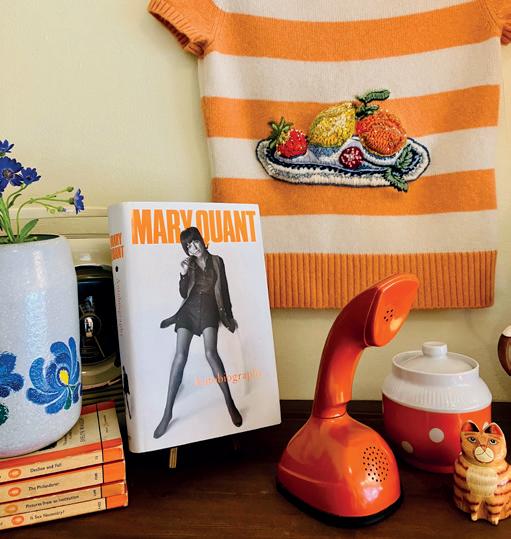
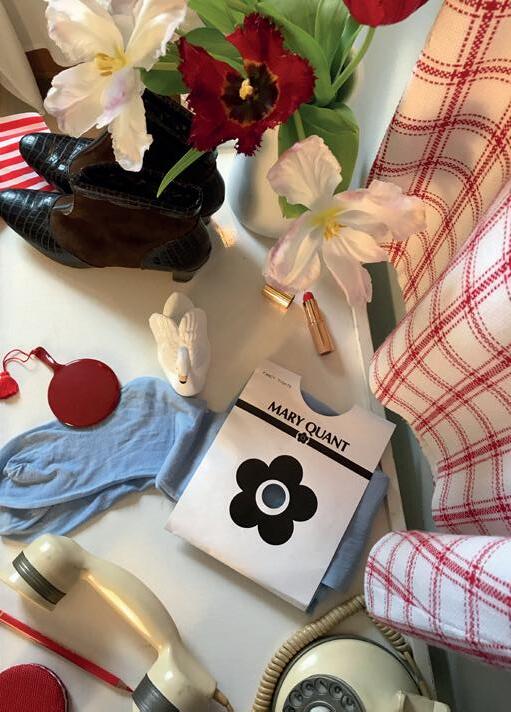
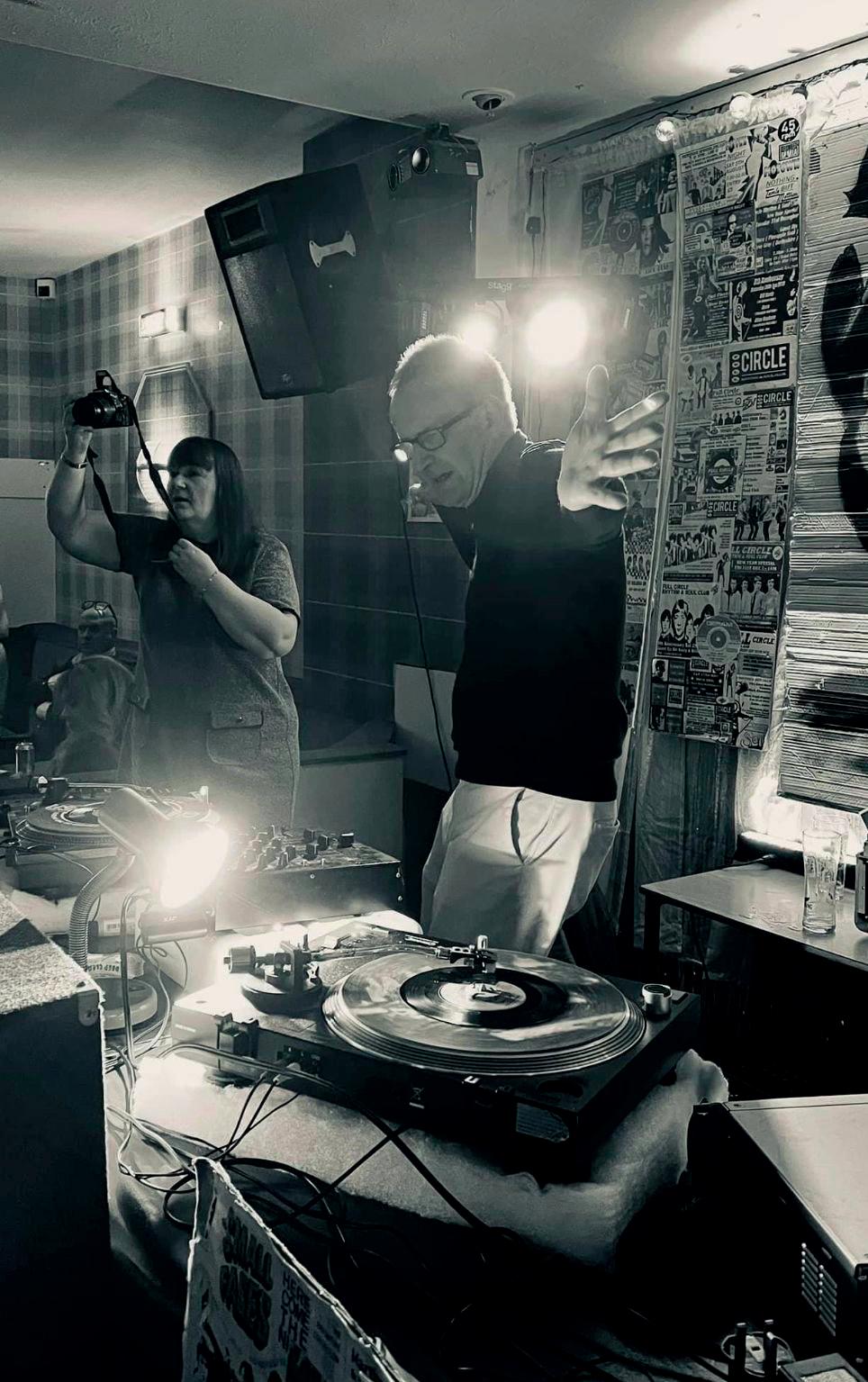
would probably class as 60s mod stuff, like The Who, The Kinks, Small Faces, some R&B and a bit of 60s Northern blues, soul, popcorn.’ To this day, alongside working an admin job at Asda, Clarke still runs a mod night called The Full Circle at Edinburgh’s Taxi Club.
Across town, his friend (and daytime taxi driver) Gavin Elder runs popular soul night La Beat which attracts original mods, students and everyone in between. ‘When I first got into the mod scene, I was ten,’ says Elder. ‘Some of my favourite bands were The Jam and The Specials; the twotone genre meant a lot to me. It was the culture of multiracial bands, black and white playing together.’
It was around this time that mods became intertwined with Northern Soul (one of the numerous offshoots of mod culture) which was Glaswegian actress Eilidh Loan’s entry point into a mod way of life. ‘I grew up with my dad dancing at Northern Soul nights, going to scooter rallies and mod events. It’s sort of my reason for being, as cheesy as that sounds.’ Loan’s mod style is characterised by Fred Perry polo shirts, checkered trousers or flares with a brogue, or an Adidas samba perhaps more indicative of revival bands such
as Oasis, The Stone Roses and Happy Mondays. ‘All those bands are working class and from the north,’ notes Loan. ‘What has been challenging for me to watch as a workingclass person is the working class getting priced out of events due to 25 to 50 quid tickets. All of a sudden you’ve got kids who’ve been a part of this scene but now can’t afford to go. It was about sourcing your outfits and saving up money for your Fred Perry. I used to work for Fred Perry, and now they’re charging £95 for a polo shirt. That’s not speaking to the working classes either.’
But scooter rallies (of which there are many around Scotland including in Kelso, Millport and Rothesay) are still an accessible way of engaging with the culture, says Loan. ‘It’s great because you’re getting to travel all over Scotland, and go camping and see some amazing locations.’ From Soho nightclubs to Kelso scooter rallies, there seem to be loose threads of working-class culture and a thirst for individuality still connecting mods of all styles and generations. ‘For me, it’s that quote from Quadrophenia,’ concludes Loan. ‘“I don’t want to be the same as everybody else. That’s why I’m a mod.”’



















T‘The Glasgow punk scene is alive and kicking. Danny Munro speaks to a local band, record-shop owner, and big-name festival act who all insist that the genre is far from dead
hat album is almost 50 years old and it’s never been more relevant than it is today,’ asserts a passionate Frank Carter. The album in question is Never Mind The Bollocks, Here’s The Sex Pistols, the foundational LP his new bandmates released in 1977 and find themselves still touring to this day. Carter has been Sex Pistols’ leading man since early 2024, and he and original member Steve Jones sounded genuinely offended by the mere suggestion of punk being dead (The Exploited’s 1981 debut album, Punk’s Not Dead, has inspired a myriad of column inches and pub debates which have examined that very statement).
‘Punk’s always been for the underdogs, the outsiders, the people that don’t really fit in or they want to question the society we have and hold the people up top to account,’ says Carter. ‘In this day and age, you’ve got billionaire sympathisers who have turned us against ourselves; so, no, punk will never die, and arguably it’s never been healthier than it is right now.’
It’s no surprise to hear Carter’s optimism about the state of punk, given that Sex Pistols are set to welcome tens of thousands of punters to Bellahouston Park for the Punk All Dayer, where they’ll be propped up by the likes of The Stranglers, Skids and Buzzcocks. ‘When we do Never Mind The Bollocks, a lot of people find it as a release, and that they don’t have to look at all the bollocks in the world,’ reflects Jones, who admits it was impossible to imagine the band ever reforming while he lived through the Sex Pistols’ messy break-up in the late 70s. ‘They can have a good time for an hour and a half and you see the joy that we’re creating. It’s a love fest. It’s not a fucking hate fest, you know?’
attitudes
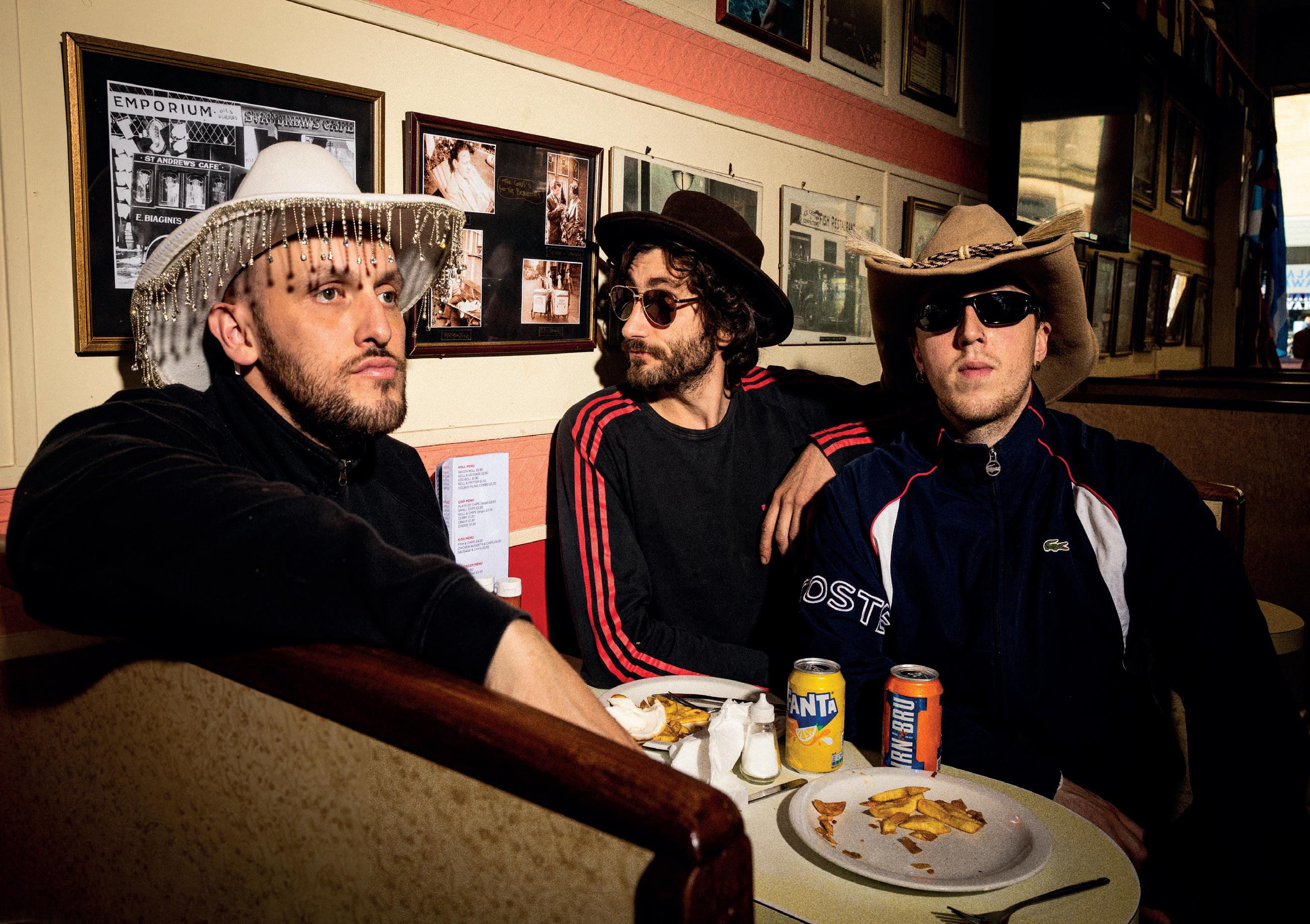
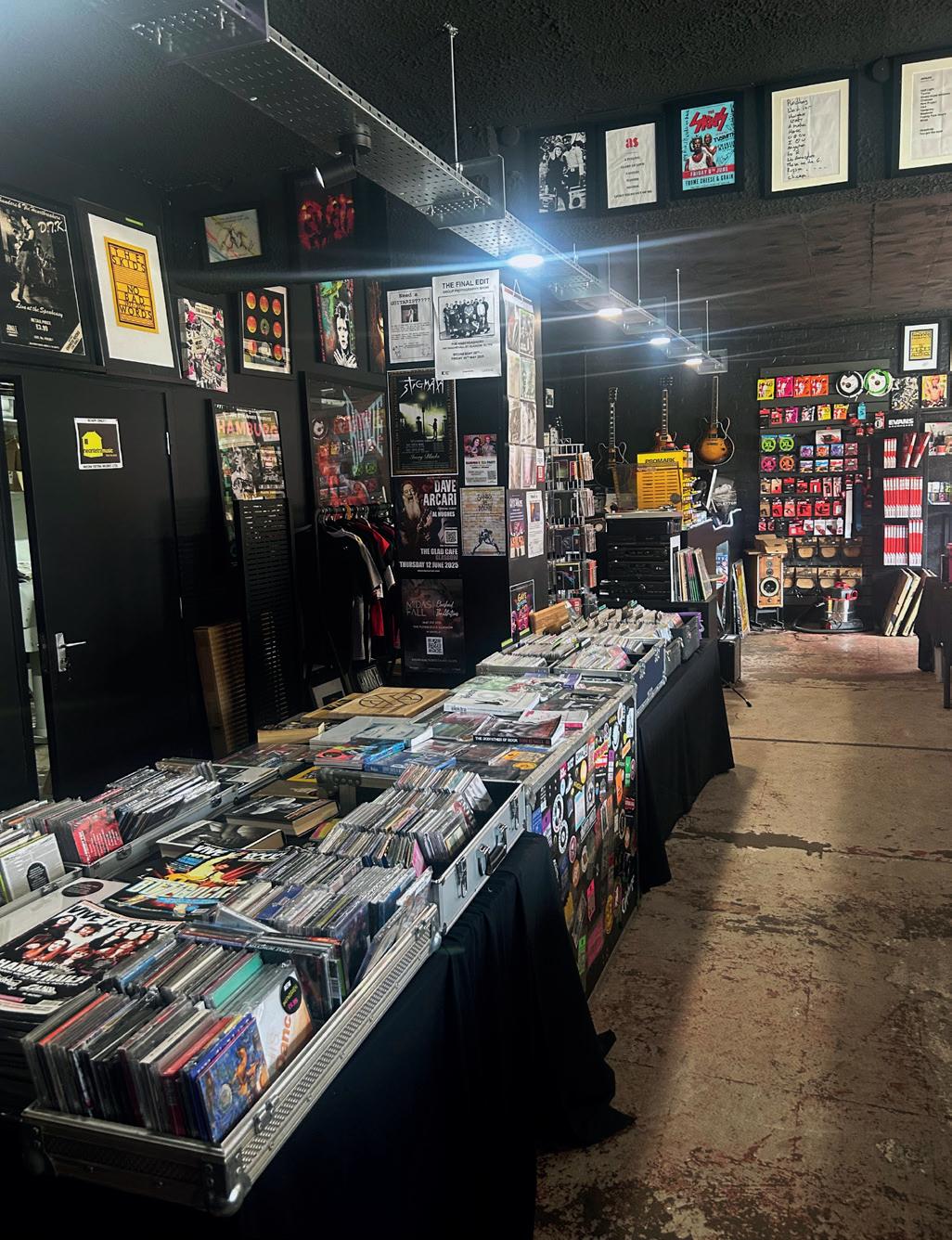
While there’s clearly an appetite for large-scale performances from well-established groups, Sorley Mackay, frontman of Glasgow post-punk outfit Doss, believes that accessibility is crucial to the survival of counter-cultural art. ‘What matters more now is grassroots music, connecting with people on the ground, bringing together folk from different backgrounds, and building something real,’ contends Mackay. ‘Community’s been ripped apart in recent years, but creating affordable, inclusive creative spaces is key. Those spaces can become powerful catalysts for solidarity, expression and genuine movements.’
Punk isn’t necessarily dead, according to Mackay, though he believes it now tends to manifest in less conventional ways. ‘For Doss, and for me as a songwriter, punk is more about attitude than sound . . . bands like Kneecap might not sound traditionally punk, but their message and approach embody the spirit.’ For Frank Carter, the Northern Irish rap trio’s steadfast commitment to brutal honesty shows that the modern punk spirit is alive and well. ‘There will always be a whipping boy, and usually it’s the person that’s telling the truth.’
There are few people more clued up about the state of modern punk than Tony Gaughan, owner of the aptly named record shop Blitzkrieg, who believes he has seen enough promising local acts to leave him feeling optimistic. ‘Honestly there’s a whole new punk scene full of bands that are coming up now. There are so many cool young bands like Gallus and Brògeal; Spires as well . . . I think the punk thing is back and living with us now.’
Blitzkrieg, which is nestled into the heart of The Barras, is a constant hive of DIY music activity, with young bands streaming in and out of the multi-purpose punk haven to pin gig posters to the shop’s community board, pick up new kit and perform sets instore. ‘I think bands have got it in their own hands now; they don’t need to go begging to major record labels,’ remarks Gaughan, who says he’s reminded of the spirit of Sniffin’ Glue fanzine when he sees bands going lamppost to lamppost with QR codes and flyers. It’s hard not to feel enthusiastic about the future of punk in Glasgow while listening to Gaughan speak so passionately about his community in Gallowgate. And it came as no surprise to hear his blunt response when asked if punk is dead: ‘absolutely not.’
Sex Pistols Featuring Frank Carter headline the Summer Sessions Punk All Dayer, Bellahouston Park, Glasgow, Saturday 21 June; Doss play Old Hairdresser’s, Glasgow, Thursday 17 July, Sneaky Pete’s, Edinburgh, Friday 18 July, and appear at Back Doune The Rabbit Hole, Cardross Estate, Stirlingshire, Saturday 2 August; more info on Blitzkrieg can be found at blitzkriegshop.co.uk



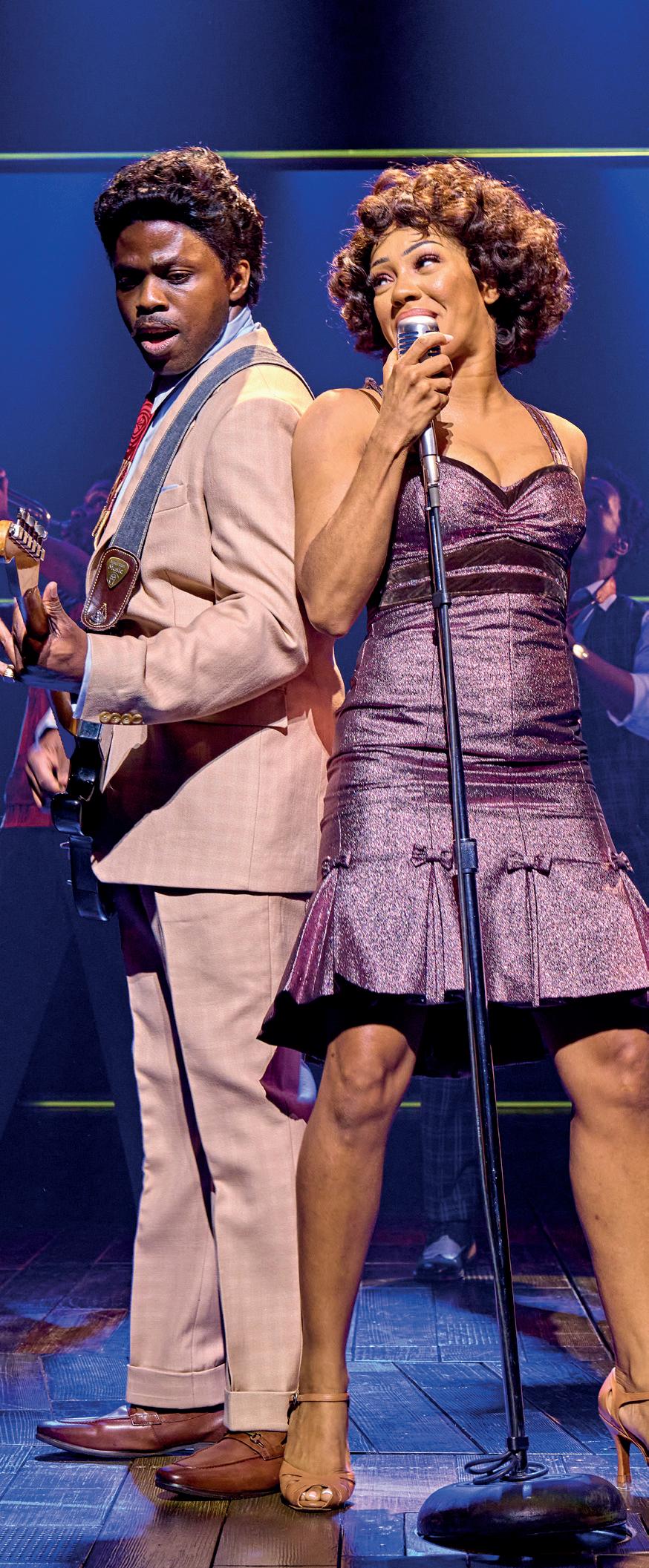

When that wig goes on, I know I’m ready “
As both a tribute show and a musical about the tough life and amazing career of Tina Turner head our way, we meet the three women playing the icon born Anna Mae Bullock. Kelly Apter discovers that getting her voice right is only just the beginning
When a woman as tenacious as Tina Turner tells you ‘no’, most people back away. Thankfully, theatre producer Tali Pelman is not most people, otherwise a musical that has played to thousands around the world for seven years would never have seen the light of day. When Pelman first visited Turner to discuss the idea of putting her life on stage, the response was resoundingly negative. By 2am, however, Pelman had talked the rock icon round. How? By reassuring her that the show would not gloss over the hardships she has endured, but nor would it define Turner by her marriage to Ike.
Tina: The Tina Turner Musical does all that and much more. Hardcore fans will be well aware of those R&B hits in the 1960s and 70s, as well as her rock goddess status in the 1980s. Similarly, many will know of her less than harmonious relationship with Ike Turner. But it’s not until you see it played out on stage, with decades of highs and heartbreaks condensed into two and


a half hours, that you fully appreciate just what this extraordinary woman experienced. Watching the hard work, violence, setbacks and ultimate triumph all unfold, it’s hard to think of another show where you’ve rooted so much for the central character.
But of course, Tina Turner isn’t a character she’s a real person who, before her death in 2023, was heavily involved in the creation of this musical. Her hope for the show was that ‘each night I want audiences to take away from the theatre that you can turn poison into medicine’: and that’s exactly what it does. Beginning with her childhood in Tennessee as Anna Mae Bullock followed by chart hits as one half of Ike & Tina Turner, it progresses through her years as a ‘nostalgia act’ in hotels, and on to the surprise resurgence that saw Turner win Grammy Awards, sell multi-platinum records, and play to record-breaking crowds. Along the way she had two marriages, gave birth to two children and adopted two more.
It’s head-spinning for those of us sitting comfortably in the audience, so what on earth is it like to play? Elle Ma-Kinga N’Zuzi and Jochebel Ohene MacCarthy both know the answer to that question. So demanding is the role of Tina Turner, that not one but two performers are required to play her, alternating each night. Physically and vocally, it’s an athletic work-out (goodness knows how Turner herself managed it), but that’s not all. Dramatically, the show requires them to visit some dark places, where racism, domestic abuse, disrespect and disempowerment all take their toll.
‘It’s really important not to dive too much into someone else’s story, because we will never be Tina, she was one of a kind,’ says N’Zuzi. ‘So when people ask what it’s like to be Tina, I say we’re not, we’re playing somebody. This story belongs to someone else, and I’m part of something bigger than me in order to share that story; but it’s not mine. And having the kids in the show really helps, because for them it’s playing and they have a laugh about it. So there’s a lightness we find in the darkness, and after the show I have my routine in order to de-role.’
MacCarthy finds that her faith helps her separate real life from her onstage persona. ‘It really allows me to tap in and tap out,’ she says. ‘Because although you’re playing a character, this person actually lived; it’s all true. And you don’t want to get into the habit of sitting in those deep, dark difficult moments and taking them away with you when you leave the theatre. It also helps to have jokes with your co-workers at the side of the stage to relieve the tension.’
Both women are well established in the role, confident in their ability and loving their time on the UK tour. But it wasn’t always so. N’Zuzi first played Turner in Germany, having the added complication of improving her grasp of the language first. While MacCarthy was hired for the Australian production, leaving behind her family and friends when she needed their support most. ‘I’m getting flashbacks,’ she laughs, when I ask about those early days. ‘The responsibility was so weighty. I was terrified and didn’t find

my feet until maybe six months into the show in Australia. I had a very hard time because I didn’t believe I was worthy of the role. And that’s not me looking for sympathy, it’s just something I went through; but I had to believe they had chosen the right person. Now here we are on the tour, and I’m just so grateful that I didn’t quit.’
N’Zuzi agrees and says she had a ‘rough time’ rehearsing the role, learning the German script and, like MacCarthy, trying to convince herself she was worthy of the part. ‘This is such a long show and you have so much to prepare, that you feel you’ll never quite get there,’ says N’Zuzi. ‘Because even the person who speaks the most in the show doesn’t have a quarter as much to do as Tina. But it taught me a lot about resilience and faking it till you make it. It wasn’t easy and there were lots of tears, but now they’re happy tears.’
Support from the creative team was crucial for both performers, especially when it came to capturing Turner’s distinctive movement style. The production’s international associate choreographer, Simone Mistry-Palmer proved particularly helpful, having been taught the moves personally by Turner herself. ‘Getting into the movement was so much fun,’ says MacCarthy. ‘I did my research, watching documentaries and interviews. But then working with Simone felt like six degrees of separation from Tina, except it was only one degree. So that was the icing on the cake.’ N’Zuzi was equally excited to work with Mistry-Palmer. ‘Simone was just amazing because she’d been taught by the goddess herself. And it was so interesting to find out where the moves came from, because it’s not just choreography; it’s a way of standing, a way of getting into a groove. But I’m telling you, once you put the wig and heels on, and start moving your shoulders . . .’
At this point, N’Zuzi starts moving her body in a way that can only be described as pure Tina, and the two women dissolve into laughter. All fear and insecurity a thing of the past. Looking and moving like Turner is, of course, only half the challenge. Channelling the grit and gravel
of that iconic voice is hugely important, too. When asked how they protect their vocal cords from the bi-nightly onslaught, both women hold up bottles of water. ‘Lots of this,’ they say, plus little or no alcohol, no spicy food, regular vocal massages and plenty of rest.
One of the few women who understands the constant challenge N’Zuzi and MacCarthy face, is Holly Bannis. The star of tribute concert What’s Love Got To Do With It? also steps out onto the stage, wig and heels firmly in place, to depict the well-loved star. Bannis says she spent ‘many, many nights’ watching video footage of Turner’s concerts and practising how to emulate that instantly recognisable walk. As for the voice, Bannis has been honing it ever since she appeared on ITV talent show Starstruck in 2022, where the team helped her embody Turner’s style.
‘I learned so much during the Starstruck workshops,’ Bannis recalls. ‘They really helped me transform into Tina physically but it was when I trained with a vocal coach that I realised wow, she really was one of a kind. There’s a certain way of placing your voice that you have to do in order to sing like her, and it took a lot of work to step away from singing as Holly and transition into Tina.’
Backed by a live band, Bannis works her way through all the hits, from ‘Proud Mary’ and ‘River Deep, Mountain High’ to ‘Simply The Best’ and ‘Private Dancer’. And, like N’Zuzi and MacCarthy, hair has a lot to do with getting into the role. ‘When that wig goes on, that’s the moment I know I’m ready,’ laughs Bannis. ‘The adrenaline kicks in, and then once you’ve got the whole band, dancers and singers behind you, you’re in full-on Tina Turner rock‘n’roll mode. It just comes to me.’
What’s Love Got To Do With It?, Usher Hall, Edinburgh, Saturday 28 June; SEC, Glasgow, Sunday 29 June; Tina: The Tina Turner Musical, King’s Theatre, Glasgow, Tuesday 23 September–Saturday 4 October; Edinburgh Playhouse, Tuesday 11–Saturday 22 November.
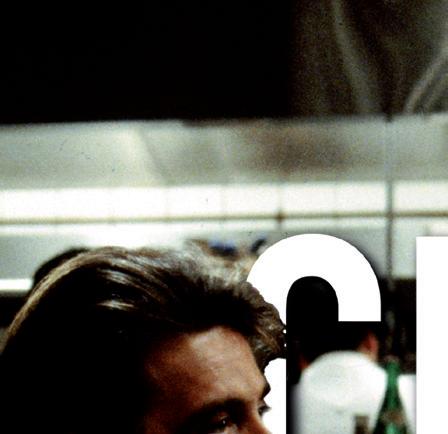
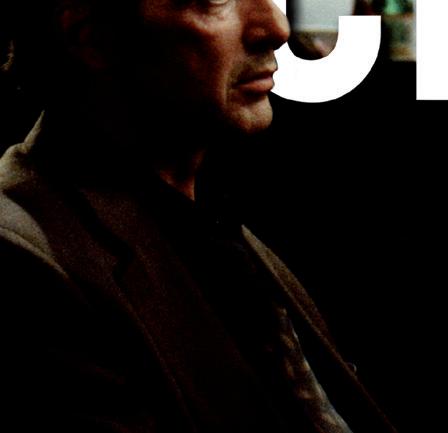
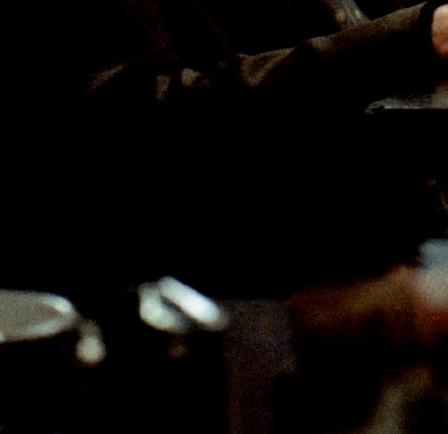
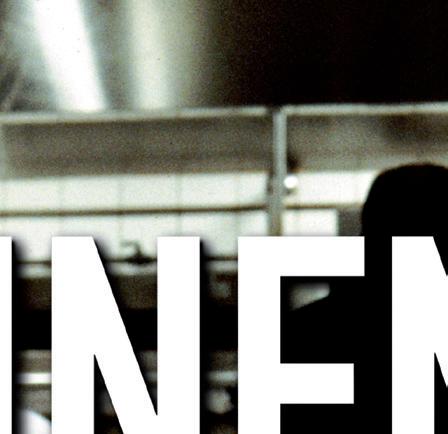
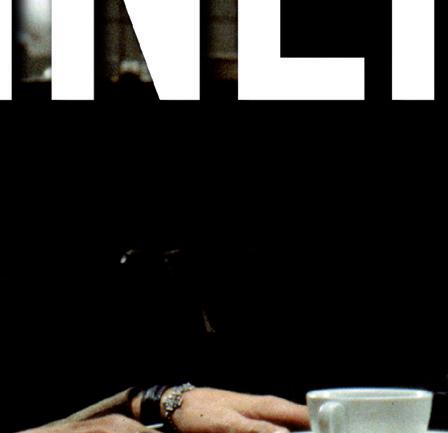

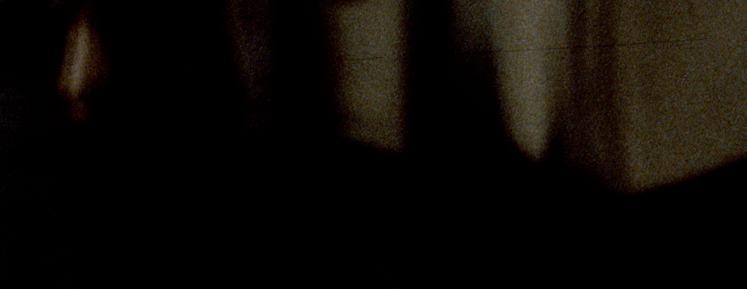













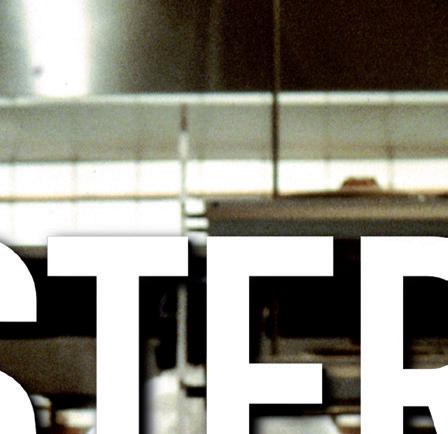
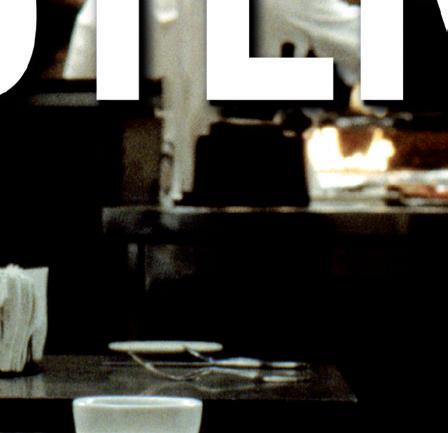

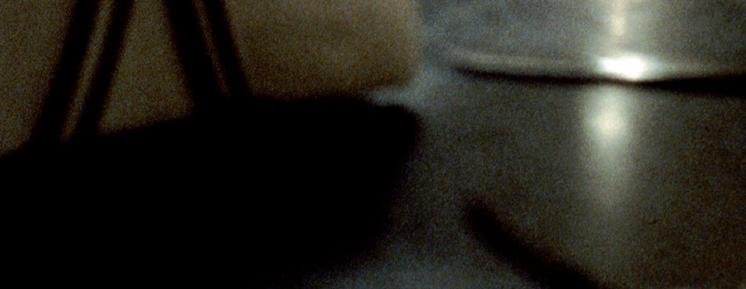

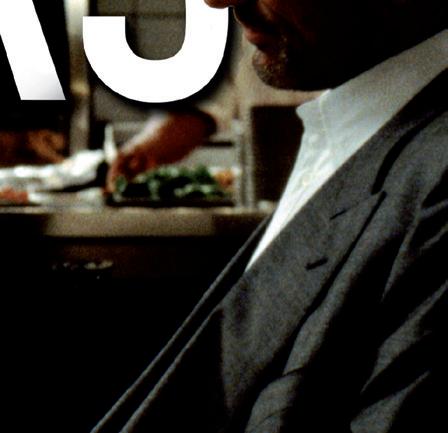

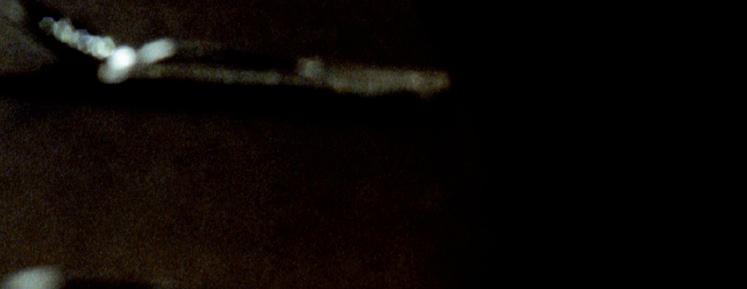









































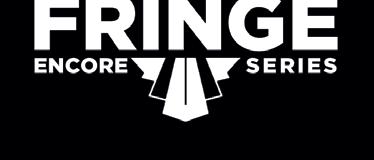



Whether you want to celebrate Father’s Day in style or hang out with a rooftop view over Edinburgh, this city centre hot spot has you covered
Celebrate the start of summer in style at Johnnie Walker Princes Street, Edinburgh’s award-winning immersive whisky destination. Whether you’re planning a relaxed Sunday with friends or treating your father figure this Father’s Day, June is the perfect time to enjoy two new experiences at this iconic venue.
Named the world’s leading spirit experience two years running at the World Travel Awards, Johnnie Walker Princes Street brings the story of the worldrenowned whisky to life through interactive storytelling, flavour innovation and top-tier hospitality. This month, it’s all about world-class tastings and seasonal dining with spectacular rooftop views, making it the ideal summer outing whether you’re a seasoned whisky lover or simply looking for an unforgettable Edinburgh experience.
Make this Father’s Day truly memorable with a premium whisky and dining experience. Your visit begins in the Explorers’ Bothy Bar on the sixth floor, where whisky experts will guide you through a tasting of two luxury expressions: Johnnie Walker Blue Label and Johnnie Walker Blue Label Ice Chalet. Afterwards, make your way to the 1820 Rooftop Bar and unwind with a handcrafted welcome cocktail (choose between the rich and bold Johnnie Walker Blend Old Fashioned or the crisp and refreshing Johnnie + Apple Highball) while enjoying panoramic views over Edinburgh. Then savour a two-course meal from the seasonal menu, featuring one large dish and a side, along with either a small plate or dessert. Favourites include Isle Of Mull smoked cheddar croquettes with chilli jam or Black Isle pork belly with carrot, sesame, fennel slaw and orange jus.

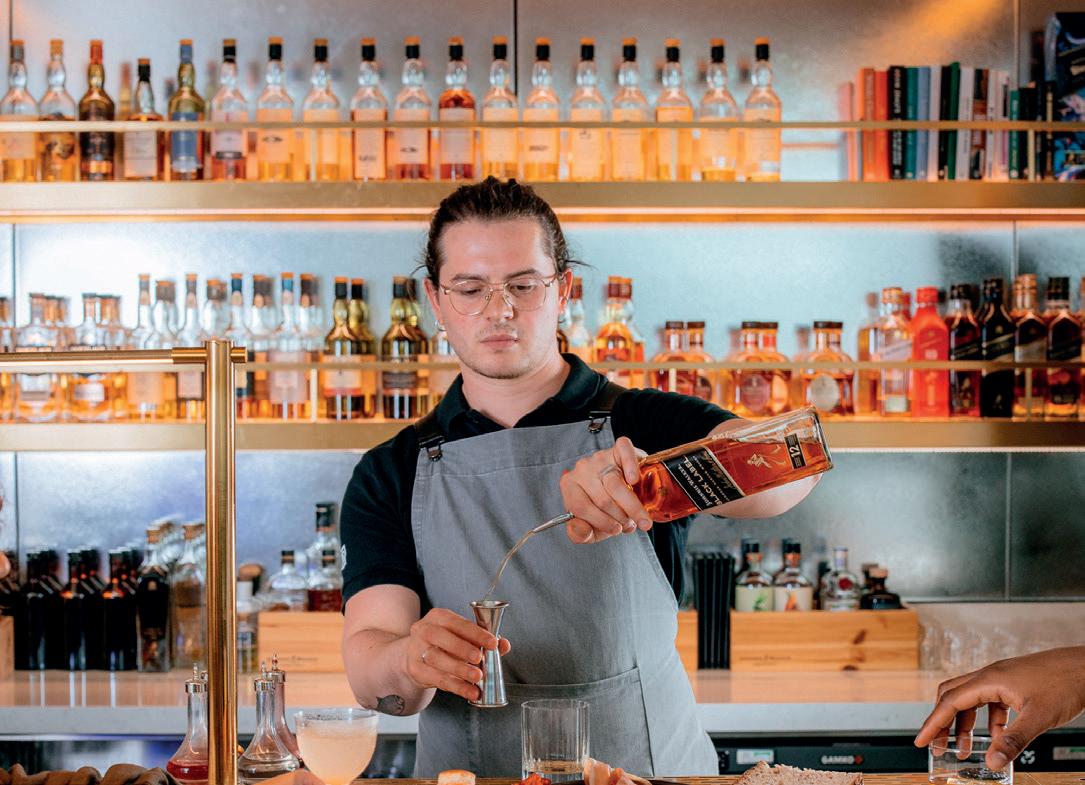
Round off your weekend with a Sunday outing that blends flavour, storytelling and rooftop dining. Your day will start with the Journey Of Flavour tour, the venue’s signature experience featuring vibrant visuals, engaging narratives and a personalised highball or non-alcoholic alternative tailored to your unique flavour profile. Afterwards, enjoy a two-course lunch in the 1820 Rooftop Bar, served with a handcrafted cocktail of your choice. Ideal for couples and friends, it’s the perfect way to unwind in one of the city’s most unique locations.
Don’t miss: The Journey Of Flavour
If you haven’t experienced The Journey Of Flavour yet (or if you’re ready to return) then this award-winning tour is not to be missed. Fun, vibrant and unlike anything else in the whisky world, it’s the perfect way to step into the world of flavour, creativity and immersive storytelling. This 90-minute adventure blends spectacular light shows, live performances and expertly guided tastings. You’ll begin with a quick flavour quiz to personalise your journey, followed by a highball cocktail crafted just for you. From there, you’ll be led through a series of dynamic, multisensory rooms that explore the history, craft and character of Johnnie Walker. Expect vivid visuals, interactive moments and a range of cocktails (or non-alcoholic options) designed to suit your palate.
To book your Johnnie Walker experience, visit JohnnieWalkerPrincesStreet.com
Whether you’re joining after a tour or simply looking for a scenic spot to enjoy flavourful drinks and delicious dishes, the 1820 Rooftop Bar is your goto destination this summer. With a fresh spring/summer drinks menu designed to celebrate the season, you can choose from a range of unique cocktails such as the bold Johnnie Walker Black Ruby Sour, the nostalgic Iron Brew + Vanilla Ice Cream or the light and refreshing Raspberry + Gentian with Tanqueray London Dry Gin. Non-alcoholic creations are also available, alongside an extensive range of whiskies, wines, local craft beers and more. Pair your drink with a relaxed rooftop lunch or a few flavour-packed small plates, it’s the perfect way to unwind above the buzz of the city.
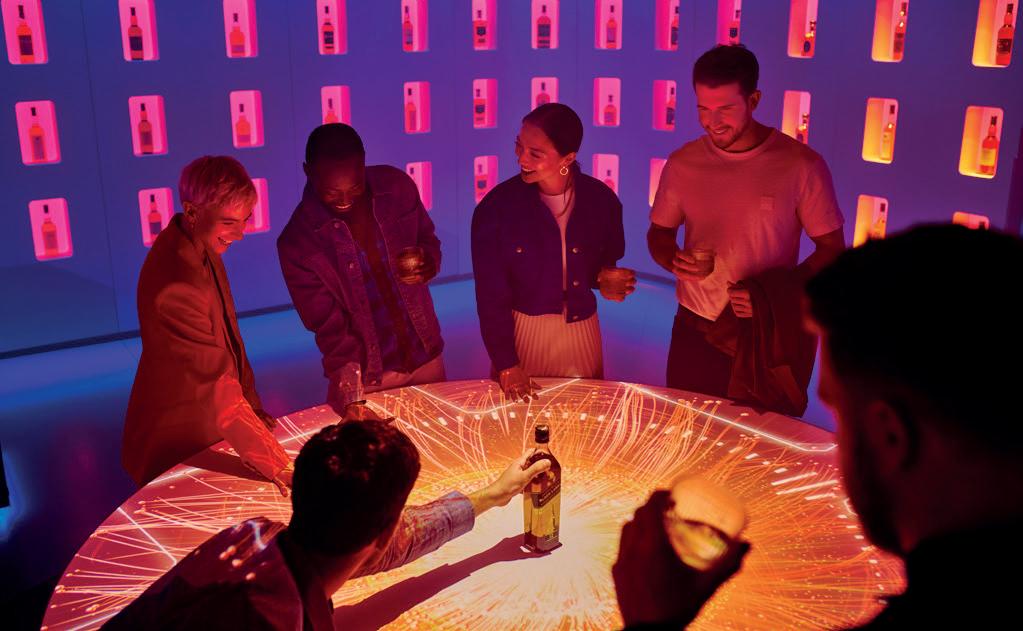
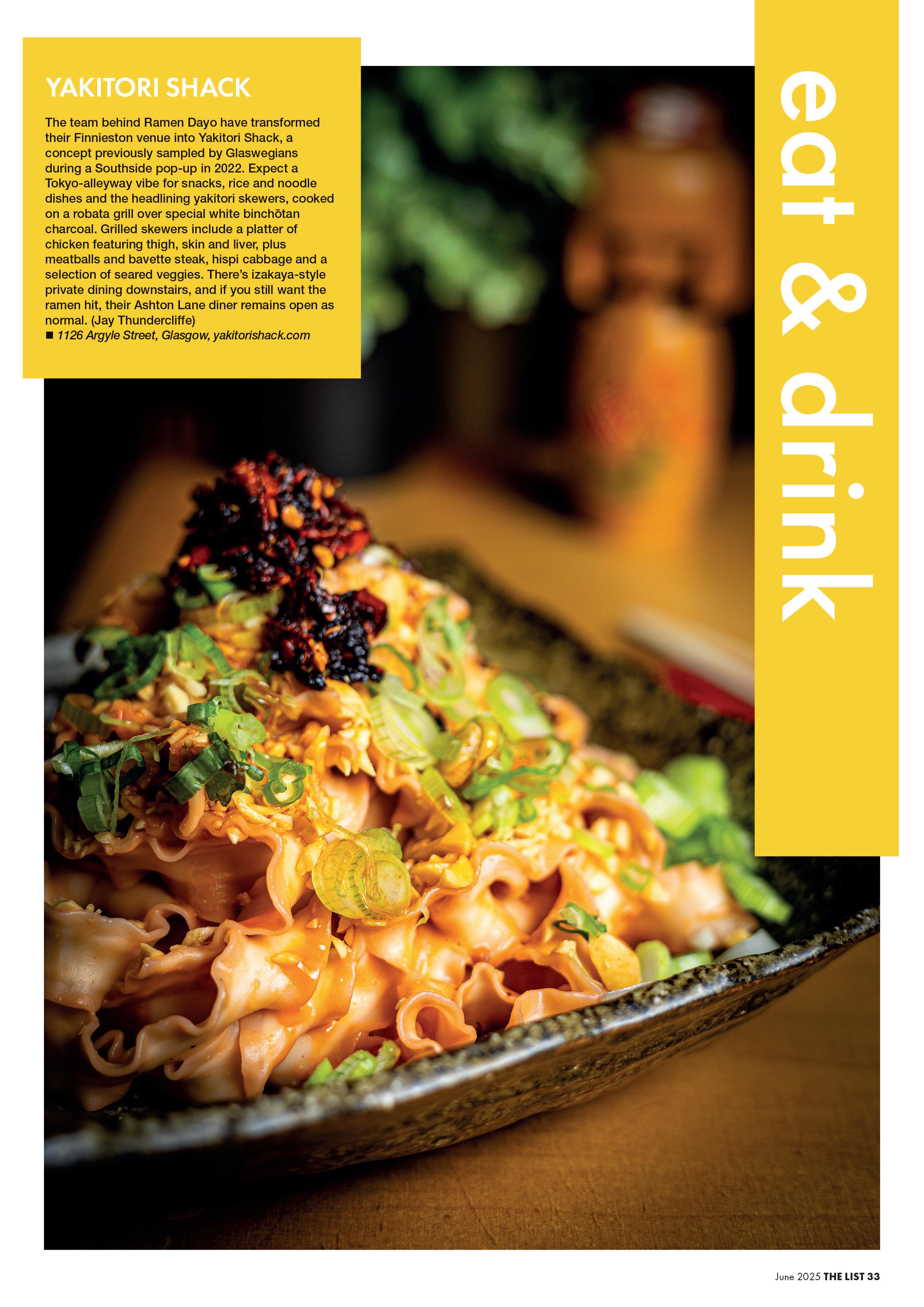


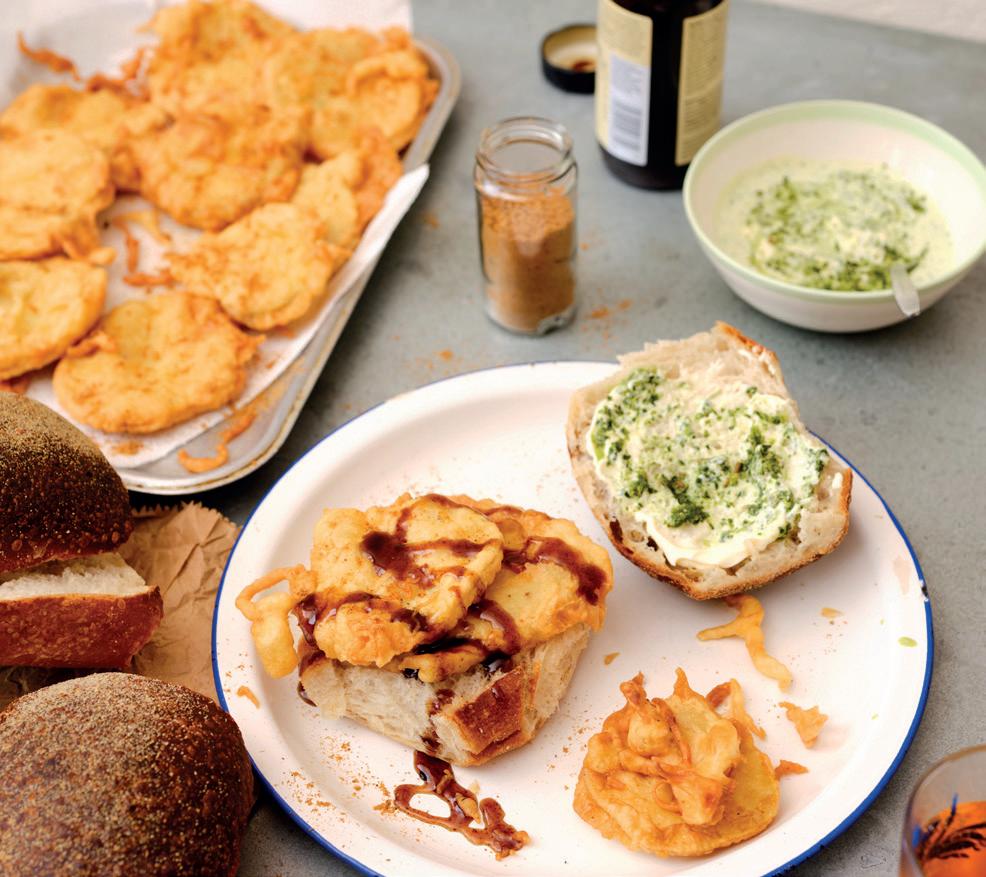
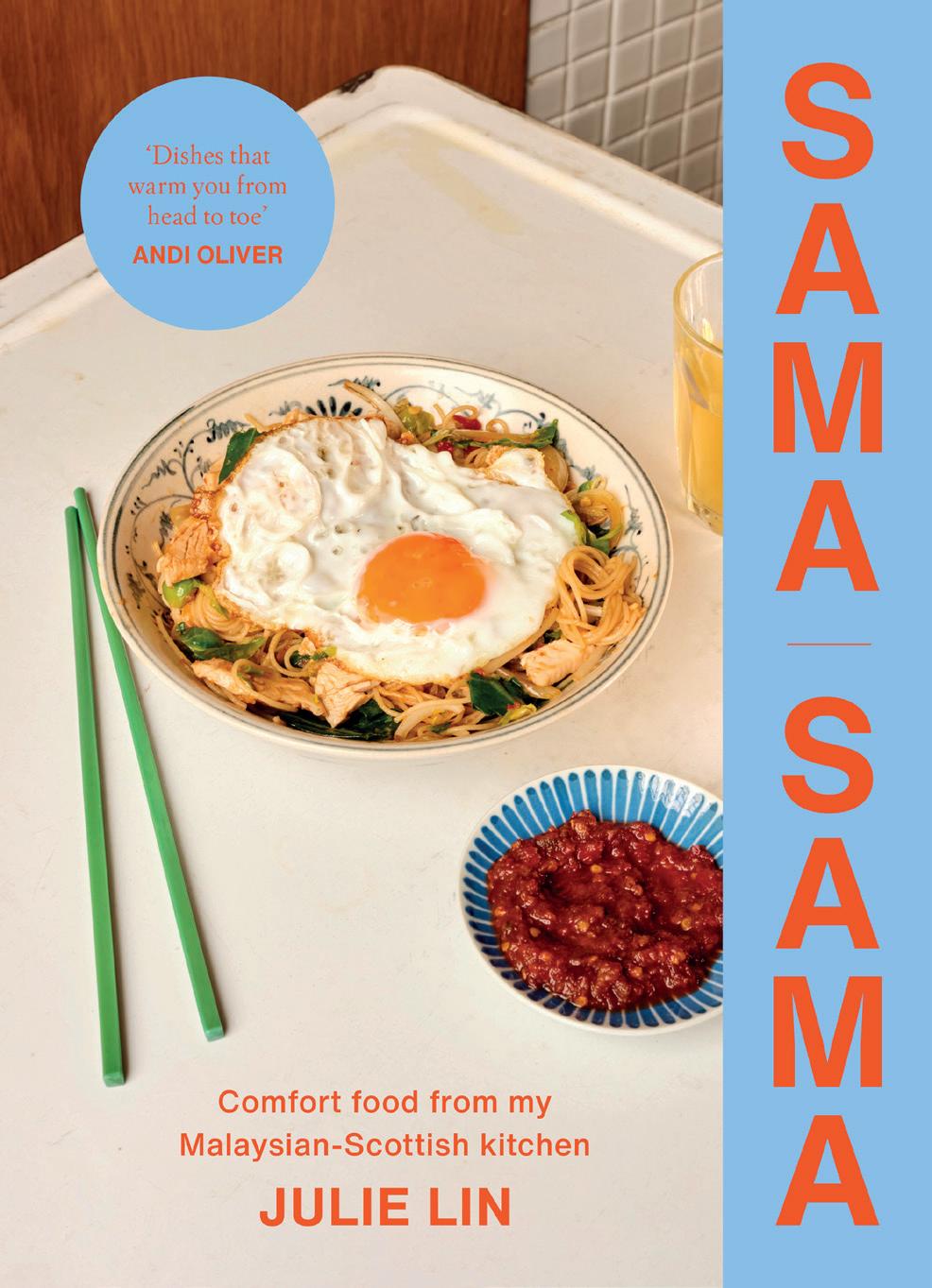
F‘ood doesn’t just bring people together, it starts the conversations that need to be had,’ says Glasgow TV chef and restaurateur Julie Lin. ‘Food is political: it’s all about movement and farming and where colonisation has happened. It’s also hugely personal.’ Lin has just released her first cookbook Sama Sama: Comfort Food From My Malaysian-Scottish Kitchen. It’s a joyful read, full of enticing recipes and kitchen encouragement, with important messages at its heart. The book interweaves personal stories of Lin’s mother’s immigration from Malaysia to Scotland and how Lin grew up mixed-race and started her first restaurant. Each story aims to give a deeper understanding of ingredients, recipes and approaches to cooking, with a result that’s part cookbook, part manifesto for bringing cultures together in the kitchen.
For Lin, ‘fusion’ is a word that should be proudly re-centred, not derided. ‘I think fusion got a bad name in the 80s and 90s, which I want to try and reclaim, because actually, fusion explains the cuisine of Malaysia, where it’s so diverse and made up of different cultures.’ Another word is authentic. ‘We have a very narrow view of authenticity,’ she continues. ‘In my restaurants I would often have people who weren’t Malaysian saying to me, “that’s

Ailsa Sheldon talks to Glasgow restaurateur and cookbook author Julie Lin about the power of fusion and broadening her career path
not authentic Malaysian food”. I don’t really understand what that means, because authentic Malaysian food would be going to Malaysia and eating food of Malaysian tradition. I want us to broaden our ideas of authenticity. I find it very authentic to use Scottish herbs, or to use samphire rather than bean sprouts in a stir-fry, when it’s local and in season. I find that more authentic to the movement of people and how you enjoy food in different countries and climates.’
Lin also takes issue with people who argue that Chinese takeaway food here is not ‘real’ Chinese food. ‘I don’t think you can say that, because it makes the journeys of so many people who immigrated from China to open Chinese takeaways and restaurants almost invalid. That’s part of immigration, where you get a hybrid cuisine of what people know how to cook and what works here. It might be different from regional cuisine in China, but there’s validity to that. Fusion is a symbol of strength. It’s a symbol of how people have migrated here and created a cuisine that is powerful and gives them a means of survival.’
So Sama Sama encourages cooks to make recipes their own, learning the art of agak-agak; that is, to season until a dish is just right for your palate, or

Jo Laidlaw says forget the summer of love and go for the summer of eating outdoors and exploring some shiny new openings
June’s big-ticket events start off hot with Meatopia (Friday 6–Sunday 8 June) hitting Glasgow’s SWG3 (and Scotland) for the first time. Local legends appearing include Nick Watkins and Elliot Cunningham in an El Perro Negro x Lagom collab, alongside reps from Ox & Finch, Ka Pao and Fallachan, with international turns from the likes of Pat Martin (Martin’s Bar-B-Que Joint) and Hang Fire BBQ.
We’re excited about The Scottish Street Food Awards (and not just because yours truly is a judge). Ten finalists will battle it out at The Pitt in Edinburgh, with the public getting the chance to vote for their People’s Champion all weekend (Friday 20–Sunday 22 June). It’s all family and dog-friendly too.
Our brilliant team have pounded the streets to bring you our new guide, Eat & Drink 365 Edinburgh, bringing tales of new openings along the way. So say ‘hiya pals’ to Wu, an insta-friendly Asia-Pacific spot on Queen Street with one price for unlimited grill and sushi, plus a shiny new Herringbone in Barnton. Vessel, a new bar from the lovely folk behind Pilot Beer is also open while Café Calton, a new casual day-to-evening spot at Collective on top of Calton Hill, is due to join them any day.
In Glasgow, pubs are changing quicker than a rumour on rollerskates. Cuvée is a new wine bar majoring on fizz and cheese, which is pretty much all we ever want to order, while nearby Gael & Grain aims to add a twist to the Scottish larder. Early indications are that the Irn-Bru cheesecake will become a fan favourite.
as Lin’s cousin says in the book, to ‘season the dish until the ghost of our ancestors tells you to stop’.
Having taken a step away from cheffing duties, Lin now appears regularly on Saturday Kitchen and has presented an upcoming episode of Discovering The World’s Table for the BBC. There are pop-up plans, ‘because I still have restaurants in my bones’, but it’s a period of exploration and career-broadening. ‘People expect you to work in restaurants. But I want to see if there are any other avenues: maybe making products and developing my food community.’
Sama Sama is already topping bestseller lists, with a rapturous reception from fans including Nigella Lawson. It’s also giving a voice to people with dual heritage who have found recognition in its pages and reached out to Lin in droves. ‘I was speaking to a Norwegian–Indonesian woman who said she wants to try and cook a Norwegian stew with Indonesian flavours. I think that’s amazing.’
Sama Sama: Comfort Food From My Malaysian-Scottish Kitchen is out now, published by Ebury.

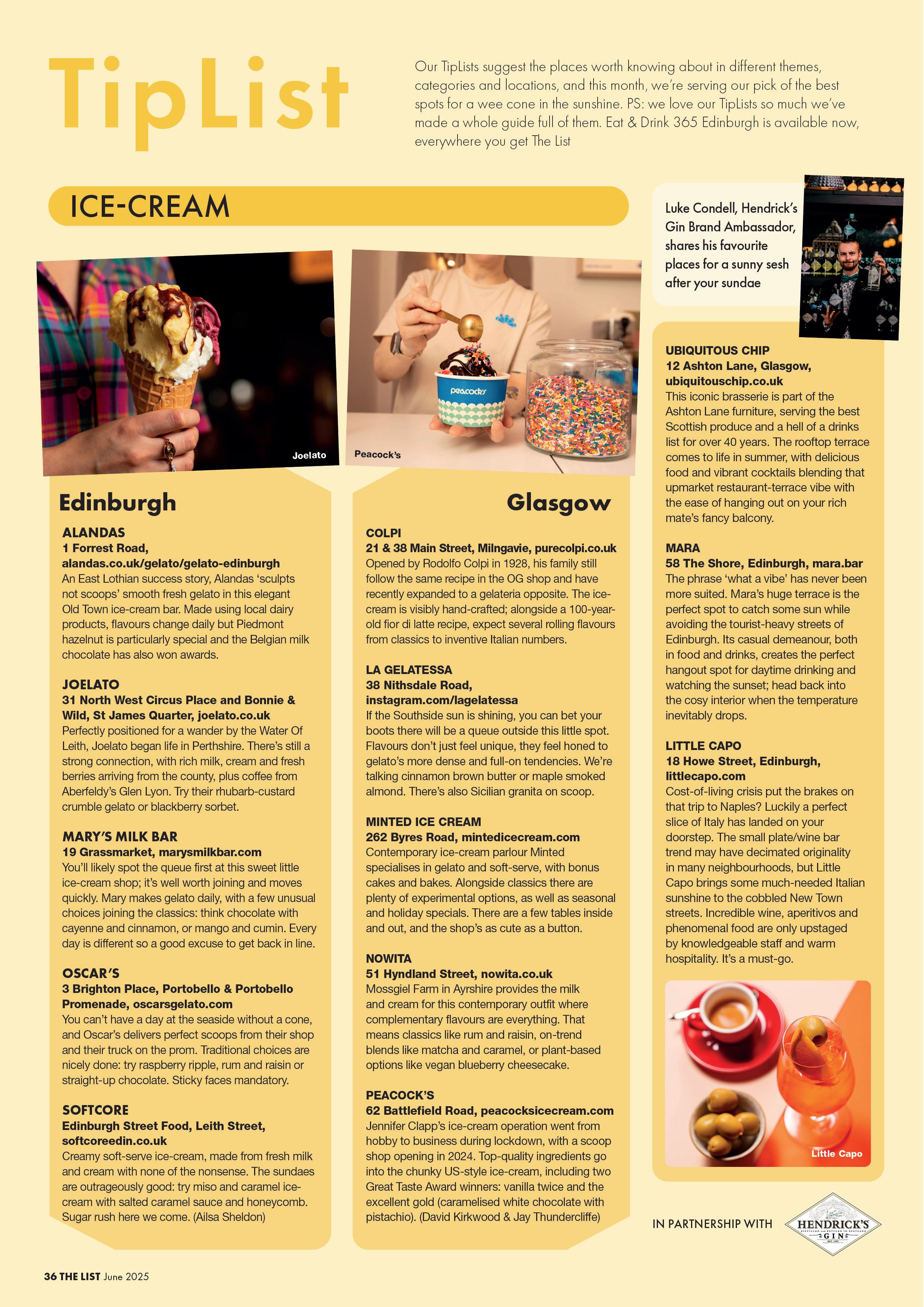

Every morning, someone from Gio’s kitchen (often Gio himself) can be seen feeding freshly-made dough into the gleaming chrome pasta makers at the front of his corner restaurant. This handmade pasta then steals the show at dinner, in a nod to artisanry that is a very welcome addition to Slateford, where dining options (outside of takeaways and chains) is severely limited.
Even an early midweek booking sees nearly every table full. Signature ‘Giogronis’ (a standard Negroni), spritzes and frozen slushy cocktails are sipped to a classy backdrop of exposed brick and greenery. The vibe is fun and unfussy, with a hint of sophistication. Kids are welcomed with crayons and colouring pencils and there’s plenty of room for groups. Couples share bottles from the all-Italian, incredibly affordable wine list. For a pre-dinner snack, the fried olives sound like a potential abomination: Scotland meets Italy in the worst possible way. But they’re a tasty, salty appetiser that complement a spritz nicely.
There are few surprises in the starters: arancini, bruschetta and fried calamari all feature, and chilli prawns come with a kick of heat, drowning in a fresh tomato sauce. The menu shines brightest on that pasta though. Ribbons of mafaldine in homemade pesto have a perfect texture: squishy with a little resistance in each bite. Topped with creamy burrata and the added zing of sun-dried tomatoes, it’s a well-balanced dish. Fettuccini ragù features tender beef that flakes like it’s been slow-cooked for hours.
While there’s also a crowd-pleasing selection of pizza and mains, skipping the pasta would be a big mistake. With a buzzing atmosphere and affordable wines, Gio’s has all the ingredients to become a firm local favourite, no doubt to the delight of the people of Slateford. (Suzy Pope)
n 39−41 Slateford Road, Edinburgh, giosedinburgh.co.uk; average price £25 for two courses.
Nick Watkins, founder of El Perro Negro, carries a certain reputation. He’s won the UK’s best burger prize twice for his specialism, as well as bagging chef of the year at the 2025 National Burger Awards. He’s also won plenty of fans, including Team List: his Top Dog burger claimed a well-deserved spot in our TipList of Glasgow’s best cult dishes. So when he deviates into fried chicken with Birds, via the kitchen at Phillies Of Shawlands, there’s a certain level of expectation.
Phillies, with its rugged artiness and muso modishness, nicely suits this casual, on-trend operation. There’s a tight, satisfying menu; well, satisfying in the fried chicken sense, because if you don’t want the birds there’s not much else happening bar a solitary veggie burger. But you came for the chook, right? Boneless chicken tenders and surprisingly plump wings come crunchy coated, Southern fried or hot Nashville style. There are burgers as well, in a few varieties, and they’re a handful of juicy thigh meat, freshened up with pickles and iceberg lettuce.
Sauces and dips are integral and integrated: diners can upgrade the chicken orders with punchy buffalo, ranch or Piggy’s Hot Honey (super sweet with a wee Scotch bonnet kick). Sides include decent mac and cheese and good coleslaw, plus excellent criss-cut fries: crispy edges, nice pillowy slats and best with Old Bay Seasoning. Served in wee plastic baskets atop branded paper, with no cutlery necessary, it all lends itself to laid-back, enjoyable and messy sharing, alongside a beer or two. (Jay Thundercliffe) n 1179 Pollokshaws Road, Glasgow, instagram.com/birdsfriedchicken; average price £20 for one course and a couple of sides.

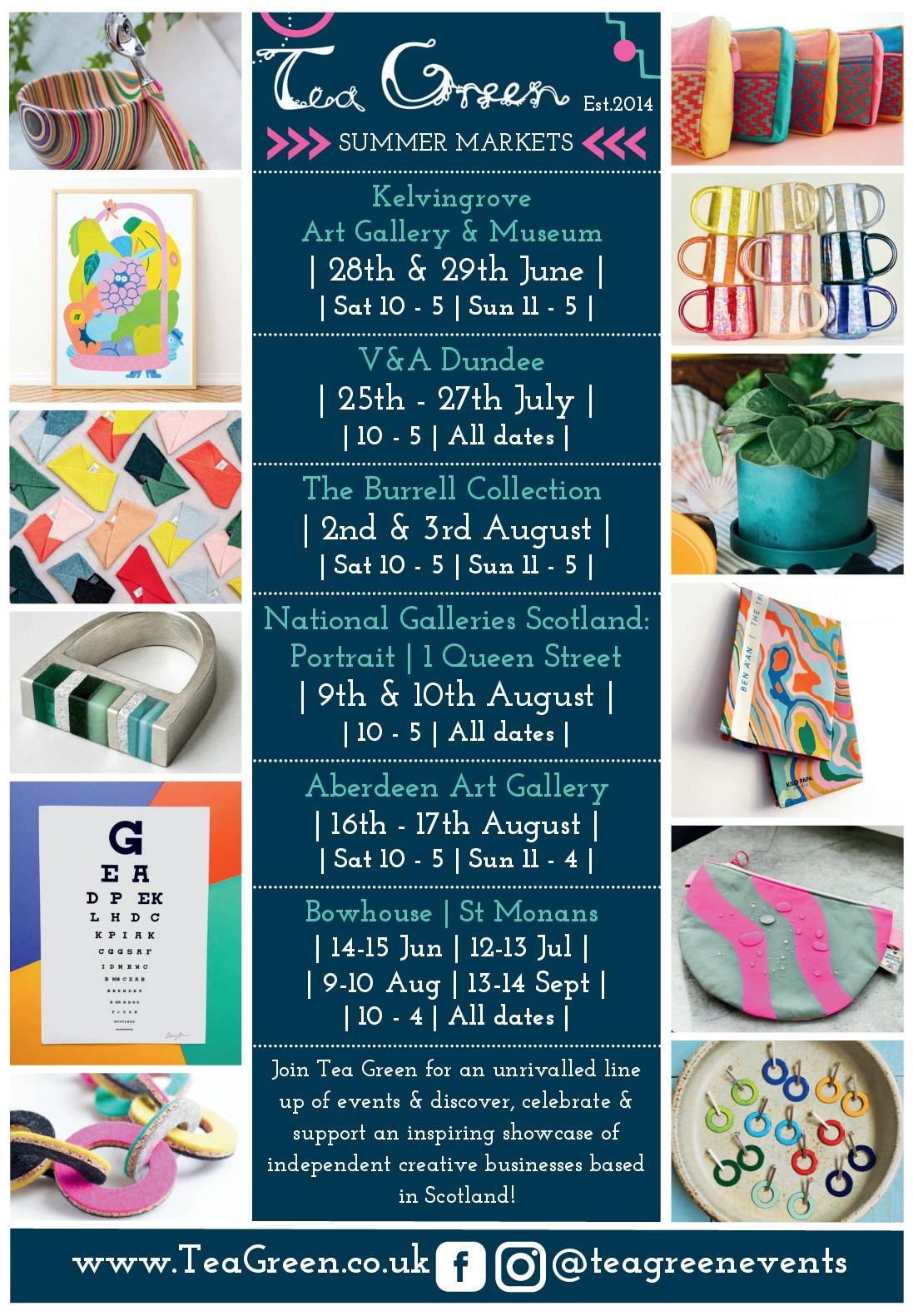





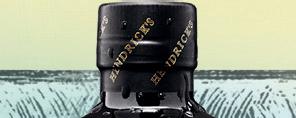
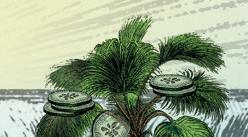
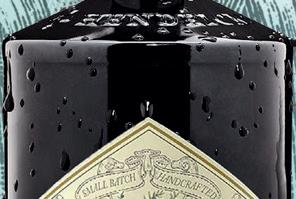





















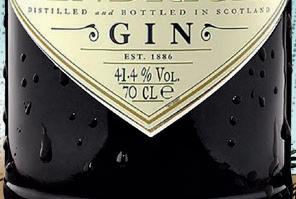






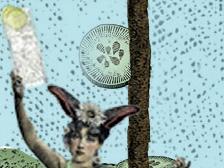










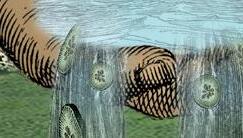




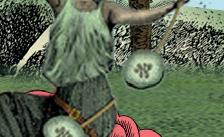































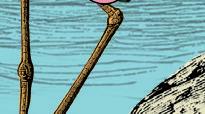




















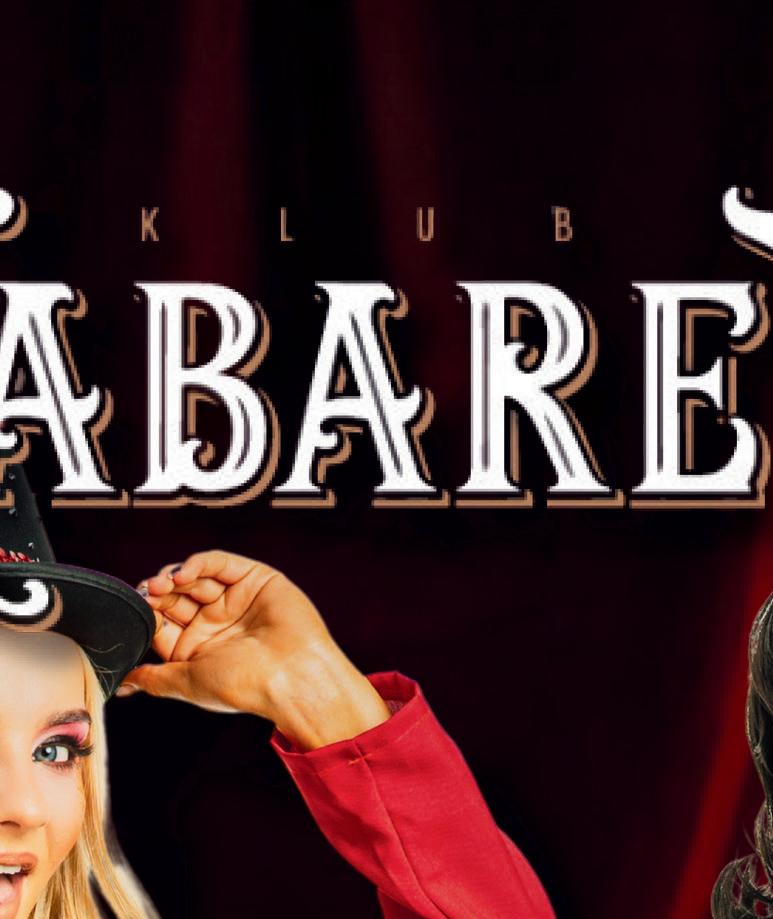



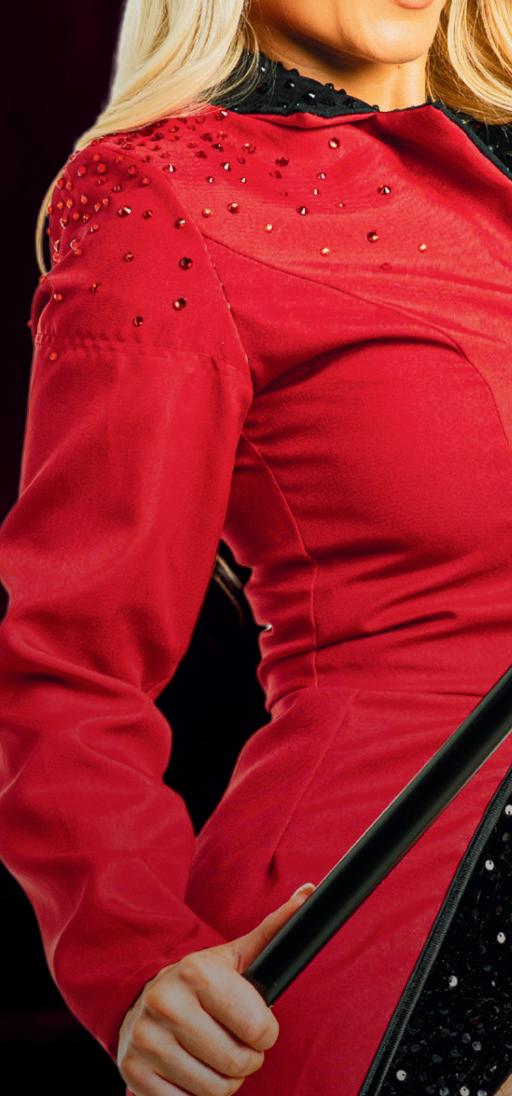

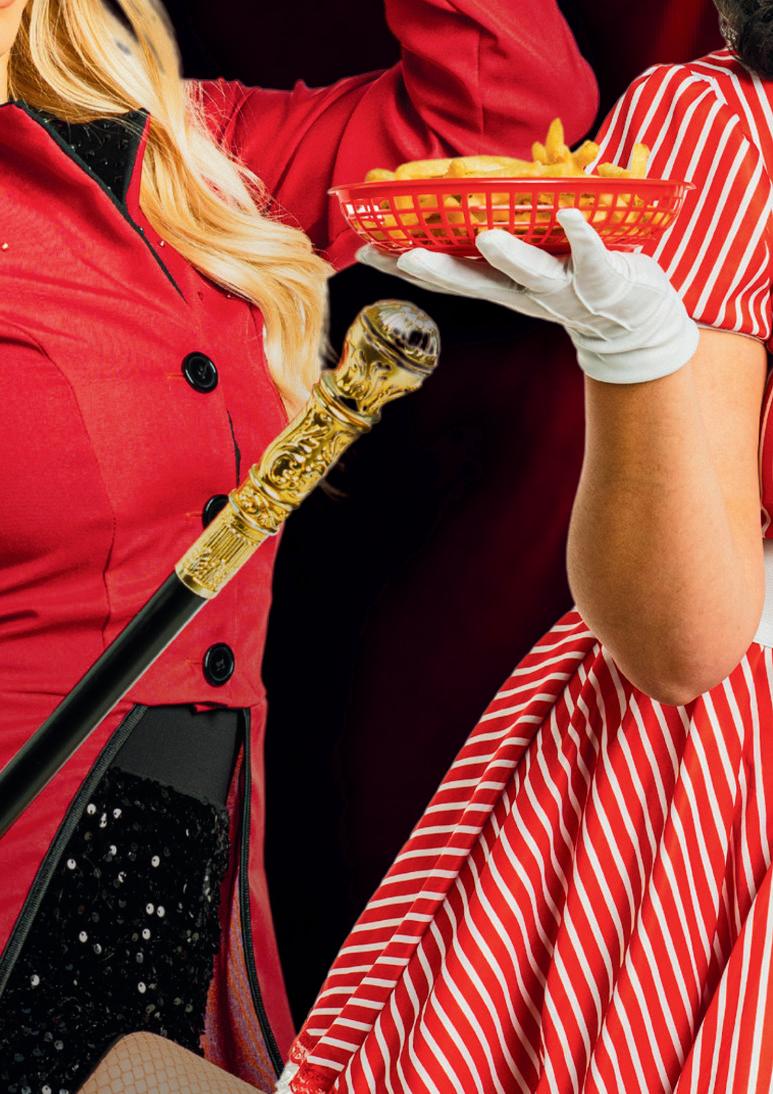

















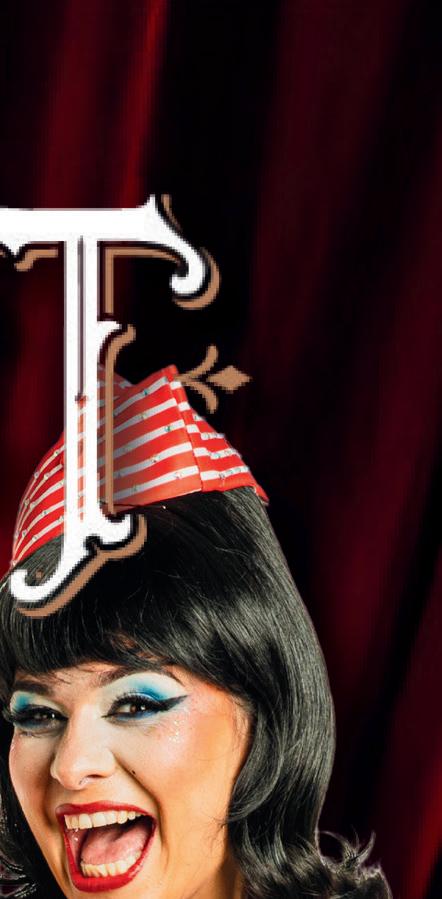



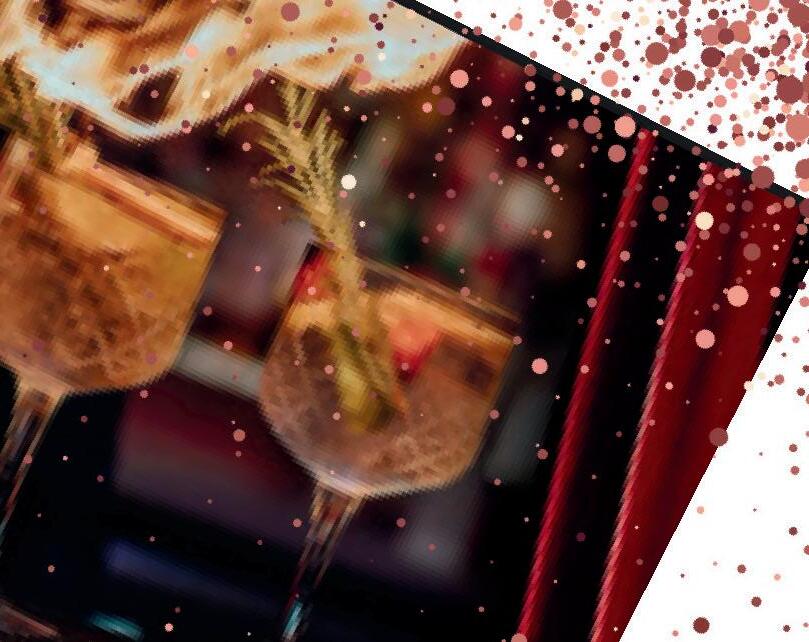












Got a food dilemma? Need a killer rec to seal the deal? Or just want the inside track on Glasgow and Edinburgh’s eating and drinking scene? Then why not ask EADith, our Eat & Drink team’s helpful agony aunt. This month, she helps a graduate splash the olds’ cash

Dear EADith
I’m about to graduate from uni and my parents will be in town to celebrate the end of four years of lectures, curly fries, late-night kebabs and getting them to pay my rent. Where should I go to mark this milestone that’s satisfyingly fancy, but won’t scare the ’rents with ingredients they’ve never heard of?
Sponger (BA Hons)
Dear Sponger
Congratulations! Finishing your degree does deserve a celebratory glass of fizz and a bit of fine dining before the realities of job hunting and council tax kick in. I recommend booking a table at Number One at The Balmoral There, you’ll find the reassuring old-money grandeur of an Edinburgh institution and genuinely excellent food.
The staff at this handsome old queen have been looking after visitors since 1902 and know how to make people feel special. The décor has a timeless feel, with rich-red lacquer walls and cosy upholstered booths, and the lighting is just bright enough that your olds won’t shame you by using their phone torch (badly) to read the menu. The set menu takes away any ordering stress and the produce featured is always proudly Scottish. Each dish features plenty of beautiful little details, all built around a core of luxurious ingredients, like a perfectly seared fillet of Shetland halibut, or a fat west-coast langoustine with asparagus. A huge hand-dived scallop in white-wine sauce with celeriac purée stands as the gorgeous treat it is and isn’t hidden away under unnecessary fripperies. Even the honey in the honeycomb dessert comes from bees living on the hotel’s roof.
And there’s no need for dad to leaf nervously through the encyclopedic wine list either: go for the paired wine option and you’ll all get to quaff some delicious drops without committing to a bottle of each. Finally, Waverley Steps are on the other side of the wall: time it right and you can wave the old dears off on the train, before heading to the pub to continue the celebrations.
(As told to Ailsa Sheldon)
n 1 Princes Street, roccofortehotels.com/hotels-and-resorts/the-balmoralhotel/dining/number-one; seven-course tasting menu £125 per person, matched wines £85.


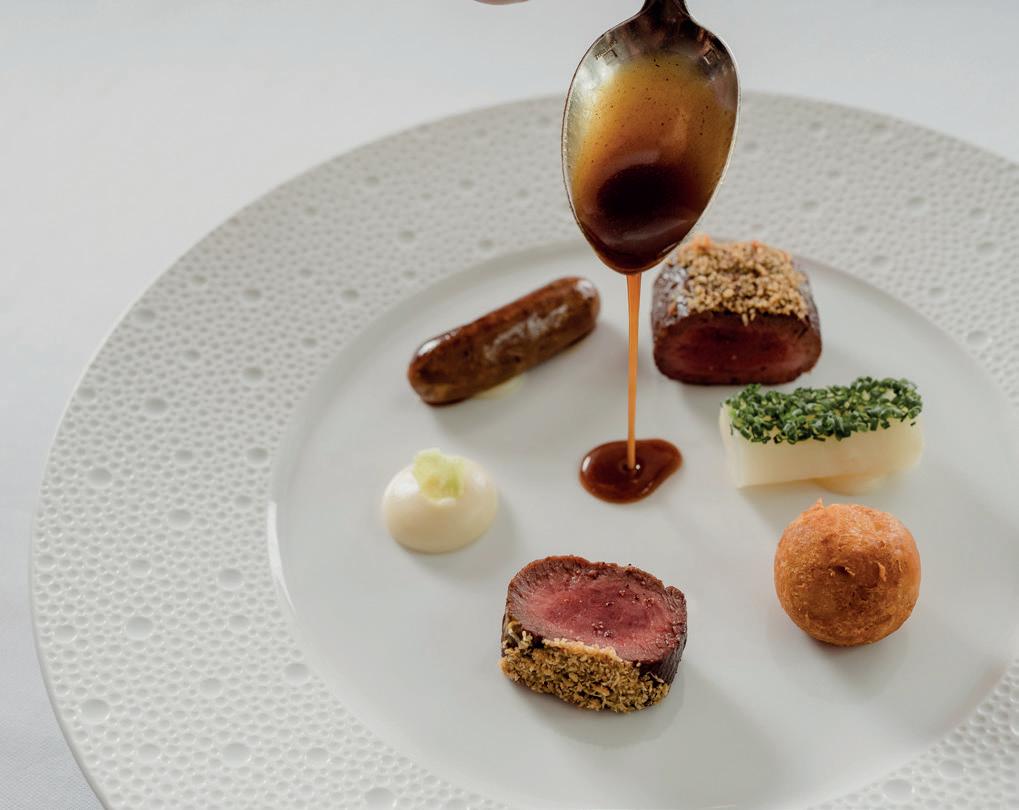
Creative folks reveal their top watering hole STEPHEN HENDERSON OF MODERN VIKINGS
One of my favourite spots to go for a wee pint is Redmond’s Of Dennistoun. I’ve lived in Dennistoun for the past two years; it’s a cool area with nice bars and lots of food choices; well worth checking out if you’re visiting Glasgow. Redmond’s offer a wide selection of beers and tasty food too. On Sundays they host live music, rotating jazz, folk and singer-songwriter sessions every week. They also have a vast record collection with a turntable spinning out classic albums: a very nice touch. You can even pick a record you’d like to have played while you enjoy your beverage of choice.
n Modern Vikings play Saint Luke’s on Sunday 22 June as part of Glasgow Jazz Festival, and St Bride’s Centre on Sunday 20 July as part of Edinburgh Jazz & Blues Festival.


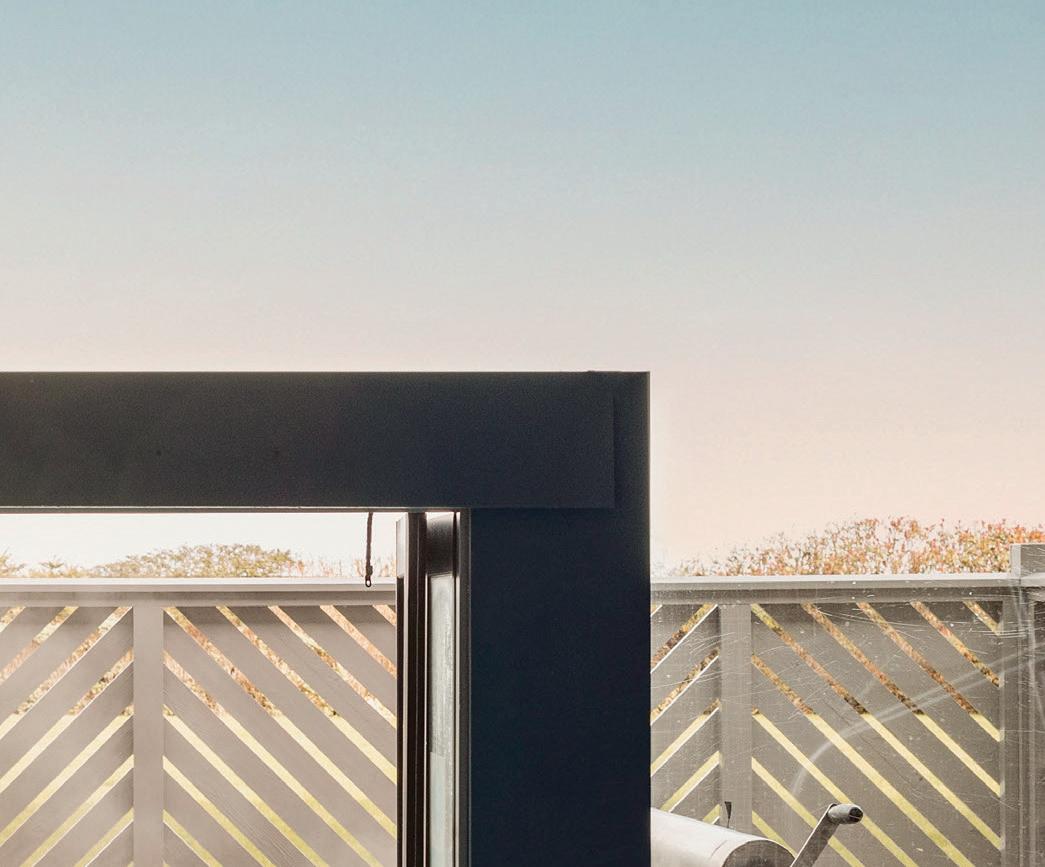

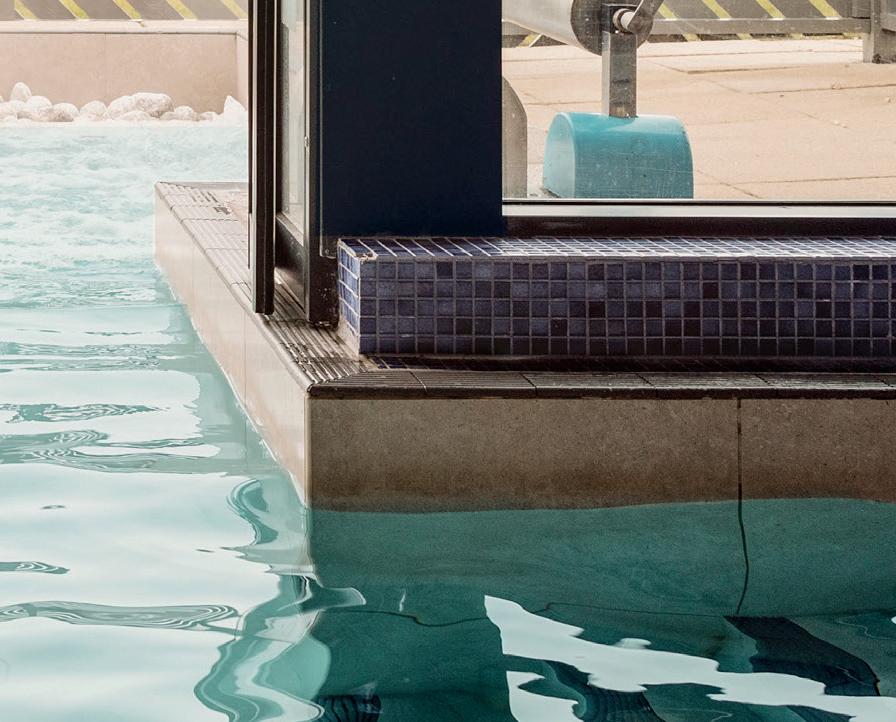


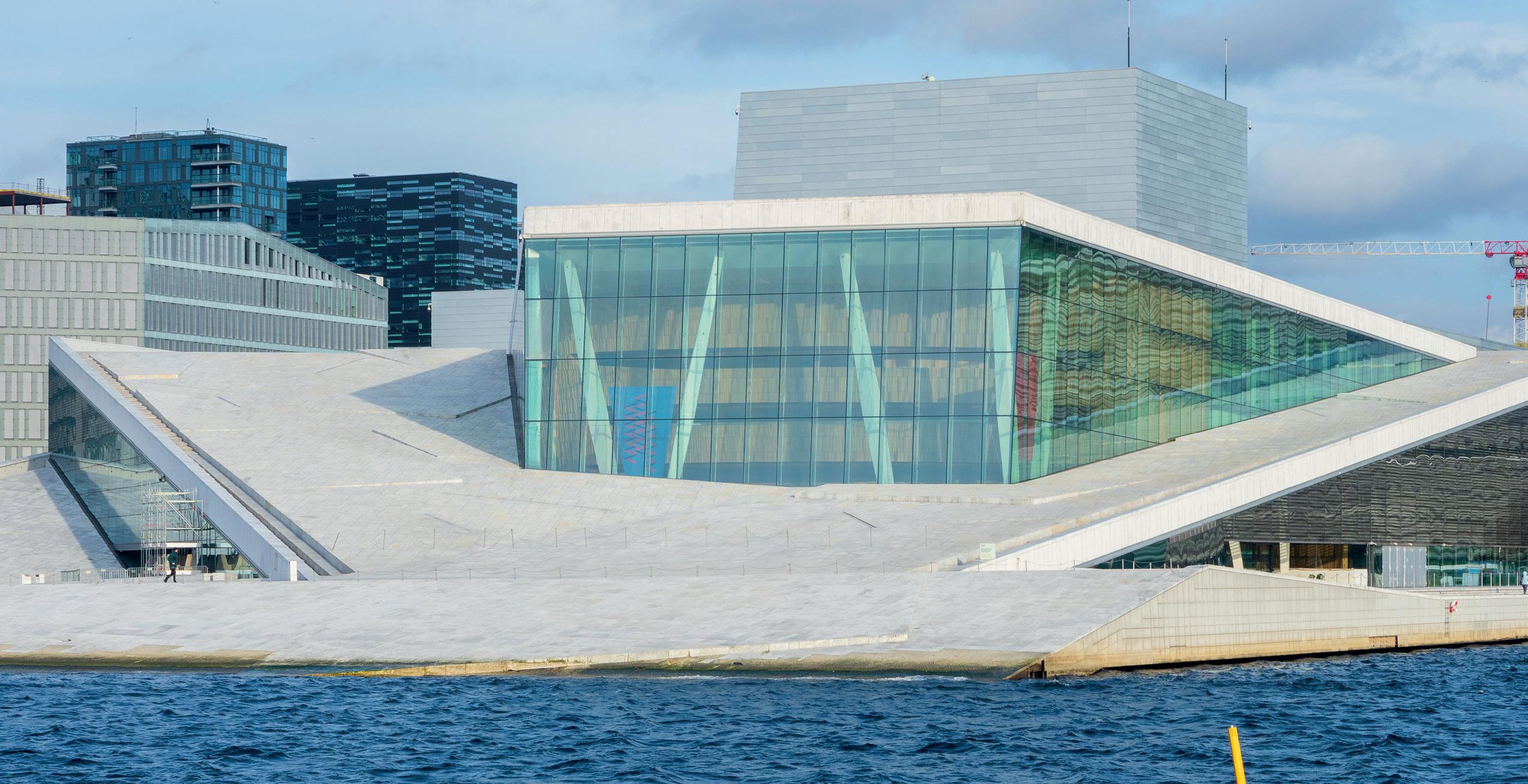
Impressed by its captivating and contrasting characteristics, Dominic Corr waxes lyrical about Norway’s capital city
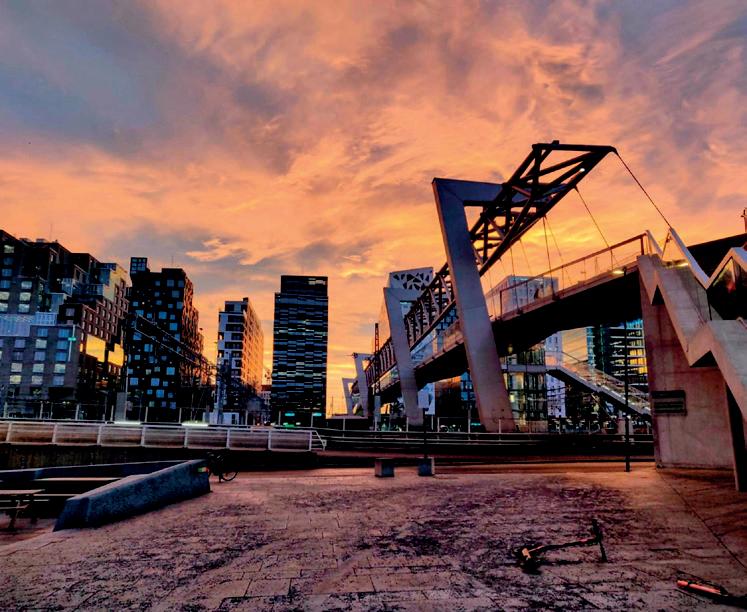
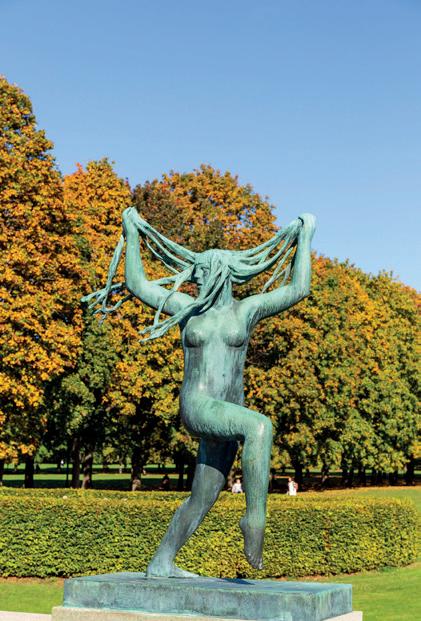
Trust the Norwegians to find beauty in contradiction.
A city entirely comfortable within its paradoxical skin, Oslo is a dynamic blend of natural beauty, peak cutting-edge cultural movements and a lot of reflective architecture which is undoubtedly the city’s pride (with a dusting of Viking flair).
Oslo will impress the most seasoned, or even miserable, of travellers with its twin-edged welcome. On the one hand, it’s a trendy metropolis; on the other, it drips with history and longestablished culture. But be duly warned: you’ll likely leave with a much lighter bank balance.
Our first freebie tip: ‘matpakke’. It’s a term any visitor will embrace quickly while finding themselves nestled between fjord, forest and feast. Translating to ‘packed lunch’ for the nonScandis, it’s a crucial way to avoid the city’s infamous price tag by embracing more economically friendly pastimes.
To embark on such a mission, stock up at a SPAR (don’t get bogged down by the notion of this being like the UK counterpart), with an aggressive recommendation to purchase Smash, a salted, crisped corn cone smothered in chocolate, to take to the city’s pristine parks.
Walking the streets of Oslo awakens its rich history, gradually ebbing into contemporary architecture before dipping back into a flourish of art or a reminder of the city’s scarred past from Nazi occupation. I’d recommend heading to the Akershus Festning

(Fortress) Resistance Museum, which offers a fresh perspective on the city’s evolution through time.
Onto culinary matters: Oslo has an exceptional array of baked goods and seafood, as well as a passion for mixology. Himkok, an institutional cocktail bar, strives to conjure up Norwegian culture with on-site distilled spirits and a commitment to the surrounding nature. Meanwhile, Aker Brygge and Tjuvholmen are hotspots for those looking to open themselves (and their wallets) to comedy clubs and vintage treasures; all centred around neighbourhood piers.
For those needing a brisk walk after consuming large amounts of brown cheese (think of a lovechild between a tangy chèvre and a Caramac bar), Vigeland Sculpture Park is home to over 200 works by Norwegian sculptor Gustav Vigeland. Crafted from bronze, granite and wrought iron, they push both the limitations of imagination and, yes, sometimes taste.
When finishing the day standing on the rooftop of Oslo Opera House, you could convince yourself that the baritones are audible, echoing from the floors below. At that point, it’s easy to understand that while the city may embrace and turn contrast into art, the one common element here is refinement; a deep, clean breath, a reminder to take life with a pinch of salt. And maybe treat yourself to another cinnamon bun.
visitoslo.com

In this month’s column, travel author Claudia Esnouf recalls the first steps of an epic trip around the world
Ihate exercise. This should be disclosed before I say that I packed up my bags and set out to walk 1500 miles around the world. I’d never really thought it through or spent much time planning. Instead of investing in carbon fibre hiking poles, I took hair straighteners. I opted for a pile of paperbacks instead of a Kindle. And I took a boyfriend who broke up with me after 500 miles.
So when I was faced with walking alone, with 900 kilometres ahead of me, I knew I was screwed. It was the middle of winter, the coldest that Europe had faced in 30 years. The rational folk had all flown back and delayed their pilgrimage that year. I, however, thought I’d give it a go. Having given up my job, flat and partner, I literally had nothing else to lose.
So I started to walk. And the thing about walking is that by putting one foot in front of another, you start to heal, you start to strengthen, you start to meditate, and you start to notice the things that really matter. Like carrying less weight, drinking more water and finding out how strong you really are.
You learn that it’s not your level of fitness that will get you to the top of the mountain, but your mindset. And when I finished 900 kilometres, I felt good. I felt so good that instead of packing up, I decided to walk another 900 kilometres.
Claudia Esnouf is the author of travel memoir Walk Like A Girl, published by Sparsile Books.
Looking for a bit of organised fun to stimulate the brain cells? Murray Robertson picks three escape rooms that challenge and entertain in Edinburgh and Glasgow
CASE CLOSED
Located a short walk from The Shore tram stop in Leith, Case Closed boasts two traditional escape rooms. The Murder Of Max Sinclair (winner of Best In Scotland at the Escape The Review Players’ Choice Awards) is a film-noir detective experience, while Radio Nowhere is a radio station-set mystery ideal for big groups. Two smaller and shorter games have recently been added for players seeking something different.
n caseclosededinburgh.co.uk
ESCAPE ROOM GLASGOW
There’s an escape room for every day of the week at Escape Room Glasgow, based in the heart of the city, next to Central Station. Its puzzle rooms are themed around magic, surgery, ghosts, the Frankenstein legend, a creepy doll’s house, a room inspired by Hansel And Gretel, and an experience based on the whims of a longdeceased relative.
n escaperoomglasgow.com
LOCKED IN EDINBURGH
Deep in Summerhall’s storied warren of rooms, Locked In Edinburgh neatly incorporates the history of its host building, formerly The Royal (Dick) School Of Veterinary Studies, in its four escape rooms. Uniquely, its games (The Cutting Room, The Distillery, The Secret Lab and The Space Academy) are all set in real rooms rather than purpose-built sets.
n lockedinedinburgh.com
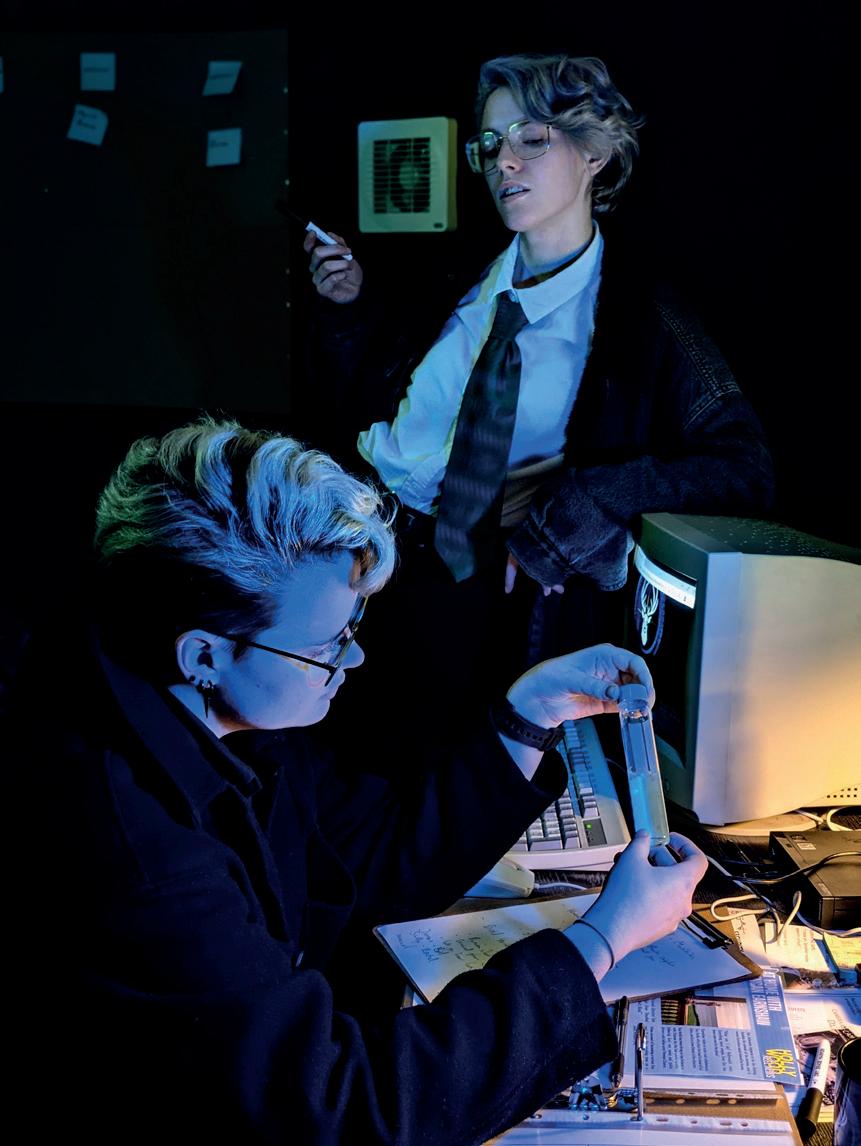
Cherished teddies are given emergency surgery while nostalgic toys are restored to their former glory at Leith Toy Hospital, as Lucy Ribchester discovers
Is there anyone who hasn’t kept at least one toy into adulthood, be it a threadbare teddy, mashed from years of cuddles, or a favourite model car or box of LEGO? There is something about the connection we make with toys that transcends childhood. They’re a totem for memories, a touchable, smellable conduit to the past. But unlike humans, toys don’t grow up, and the stuff they are built from eventually degrades. That’s where Leith Toy Hospital comes in, providing a toy-surgical service that aims to suture, stuff and shine toys back to their joyful original selves.
‘Keeping the spirit of the toy is a big part of our work,’ says Karlyn Finlayson, repair co-ordinator for the hospital’s teddy ward. ‘Our repair process aims to keep the toy intact and we try, whenever possible, not to remove parts which can be kept. We also track down the materials most true to the original style and construction.’
Finalyson describes this part of the job as akin to detective work, ‘finding out how things were put together, what might be different from the last repair and learning about a rich history of toy making from all over the world. The doll-department team uses many of the same traditional methods that go back to when these toys were originally crafted.’
The hospital mainly deals in long-term restoration of toys that have been kept into adulthood, with the process taking between four and 12 weeks. But they also run an emergency Saturday surgery for cases that can be mended on the same day. This is particularly valuable for younger customers who need their favourite toys back for comfort or sleep.
For Finlayson, both childhood and adult attachments to a toy are something she relates to. ‘I still have a toy that was made for me by both my mum and dad, a hobby horse given to me for Christmas when I was a wee girl,’ she says. It has taken on particular significance since her father passed away. ‘I think Hobby appreciates having a more sedentary retirement, but they will always be a treasure I want to keep and look after.’
64 Constitution Street, Edinburgh, leithtoyhospital.co.uk


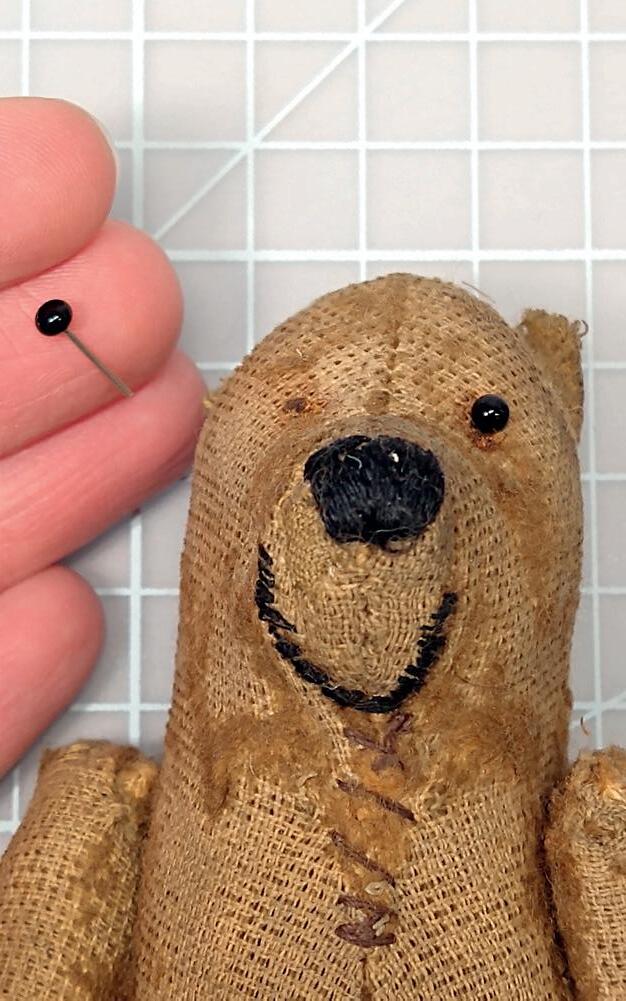
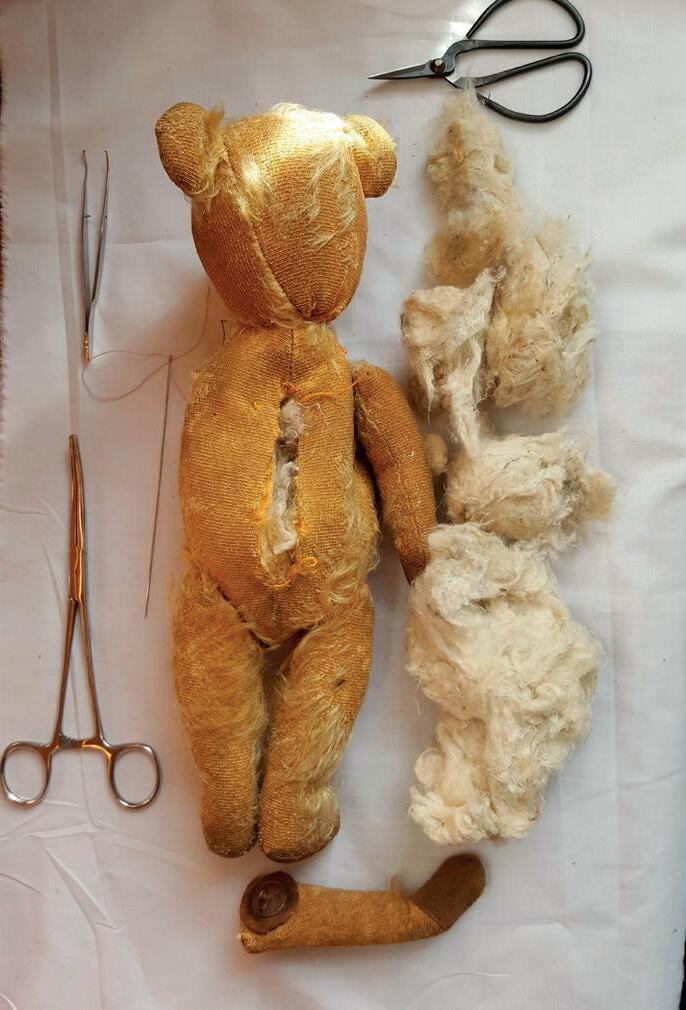
ANCIENT ROBOT GAMES
This has made quite a splash in the gaming community since its arrival on Leith Walk two years ago. Its friendly staff, safe-space policy, board game library and dedicated event nights have made it a fast favourite. You’ll often find it packed, so be sure to book ahead for a spot. n 23 Leith Walk, Edinburgh, ancientrobotgames. co.uk; instagram.com/ancientrobotgames
BLACK LION GAMES
Tucked away with only a small sign marking its location, Black Lion Games has a great reputation among gaming aficionados. It has evening clubs for games like Magic: The Gathering and plenty
Whether you’re an occasional games night participant or hardcore aficionado, Isy Santini recommends three independent Scottish board game shops to get your fix
of new stock coming in all the time. Not to be missed is their shelf of vintage roleplaying games and rulebooks.
n 90 Buccleuch Street, Edinburgh, instagram.com/ blackliongames
R-CADE
Step back in time with R-CADE, a shop specialising in nostalgia and retro-gaming fun. Grab a coffee from their café and browse an impressive collection of over 2000 board games, or hop on one of their video game consoles dating all the way back to the 1970s.
n 121 Saltmarket, Glasgow, rcadeglasgow.com; instagram.com/rcadeglasgow


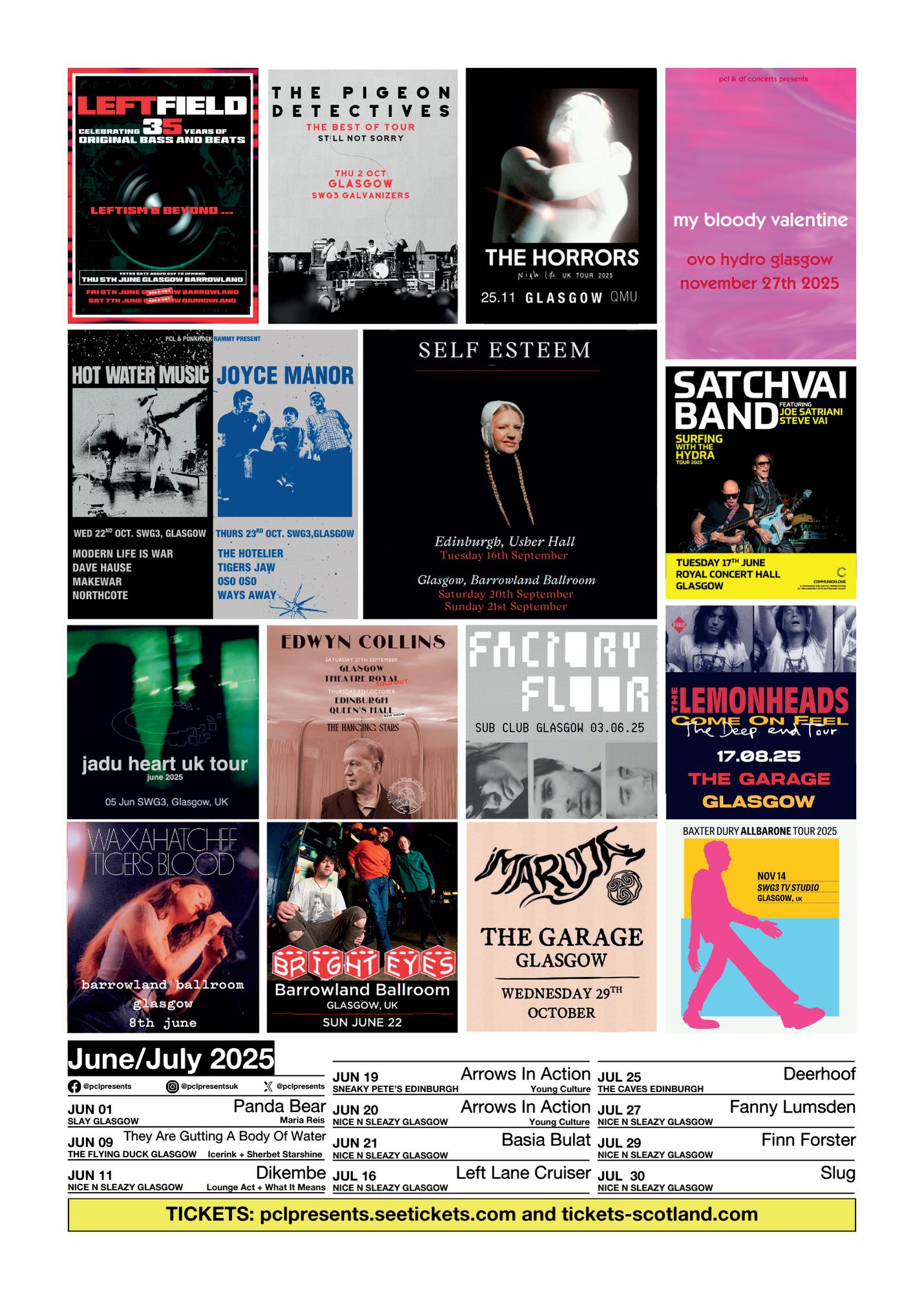














Have you spotted that Elf Lyons is an anagram of Self Only. Or Only Self. Makes you ponder. Anyway, the clowning comic is galloping across the country with Horses, which tackles issues of playing and pretending, as well as analysing our relationships to children and animals. The whole shebang is performed by a horse called Treacle through the eyes of Elf. That pondering continues. (Brian Donaldson) Monkey Barrel, Edinburgh, Friday 6 June; The Stand, Glasgow, Saturday 7 June.





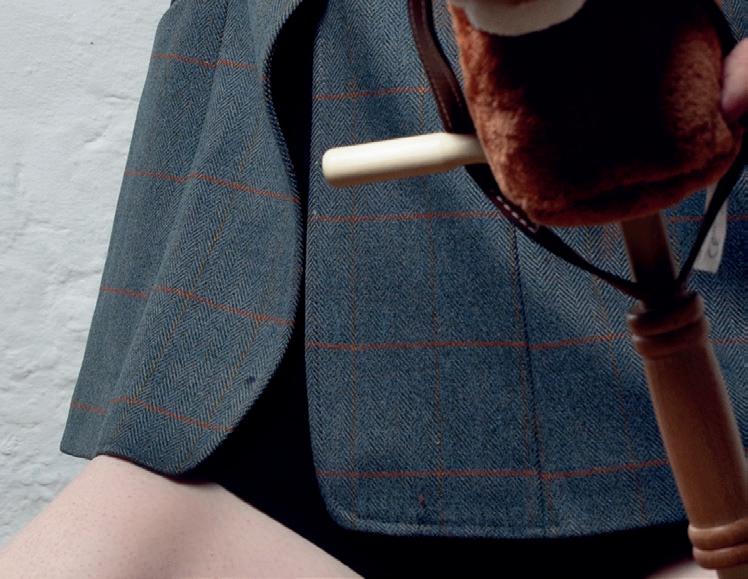
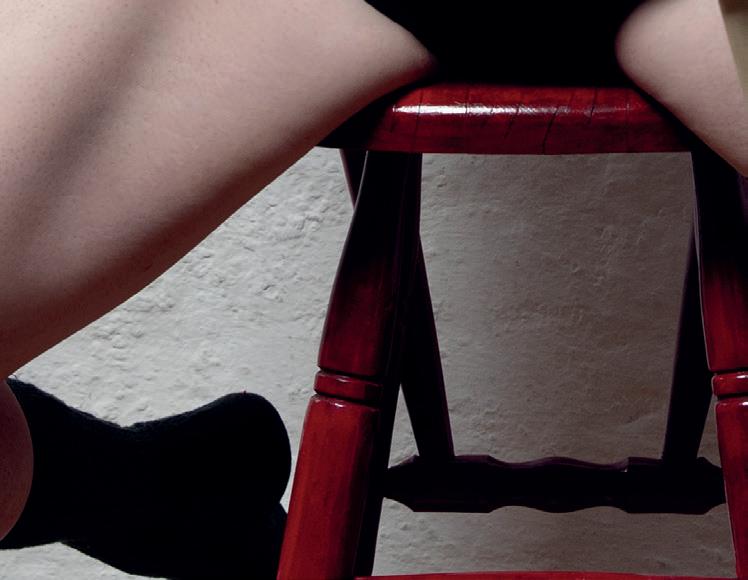


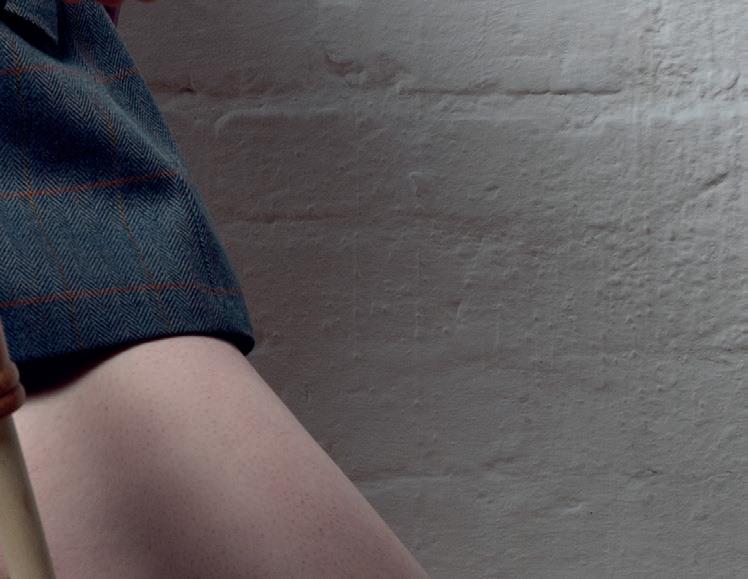





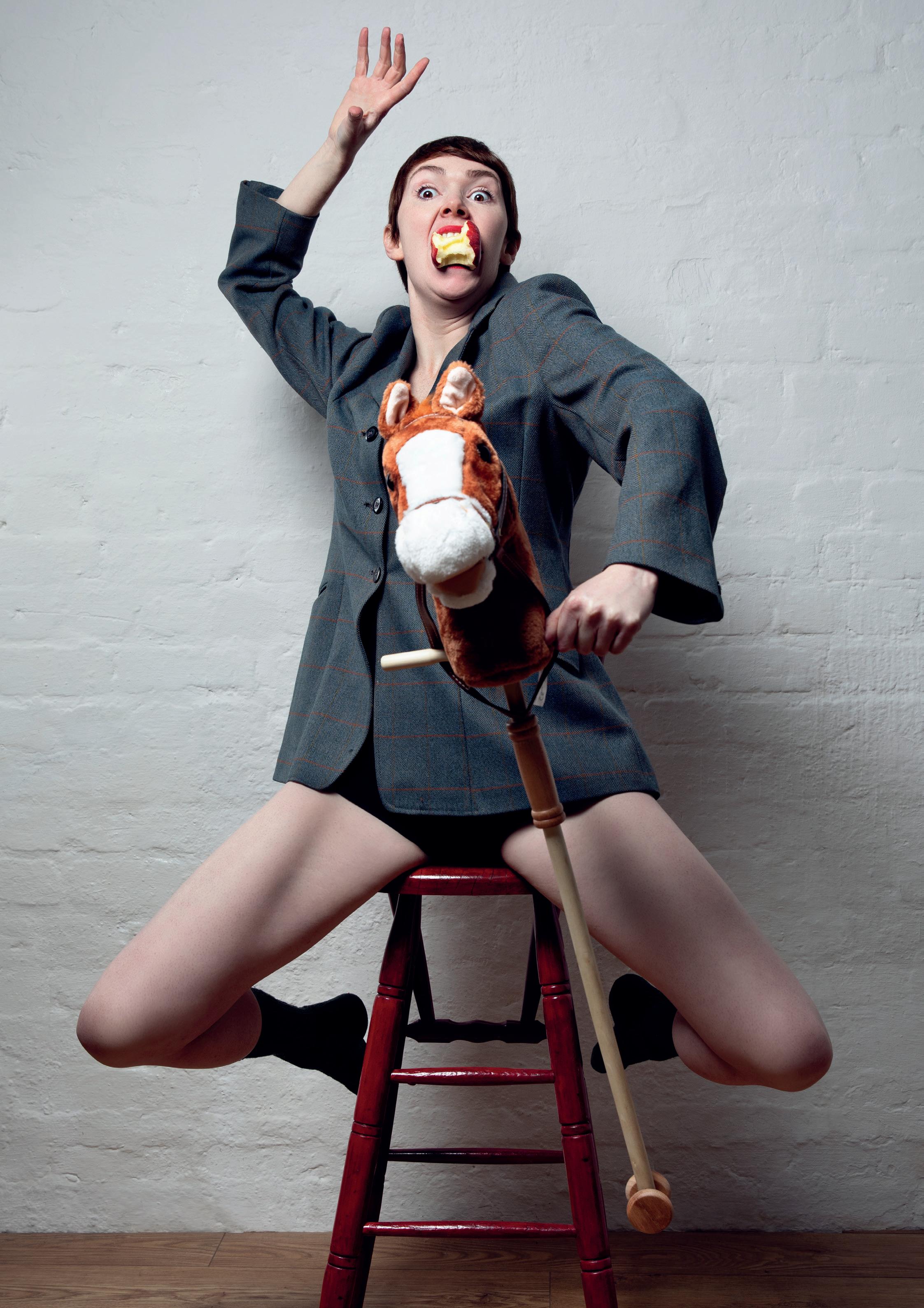
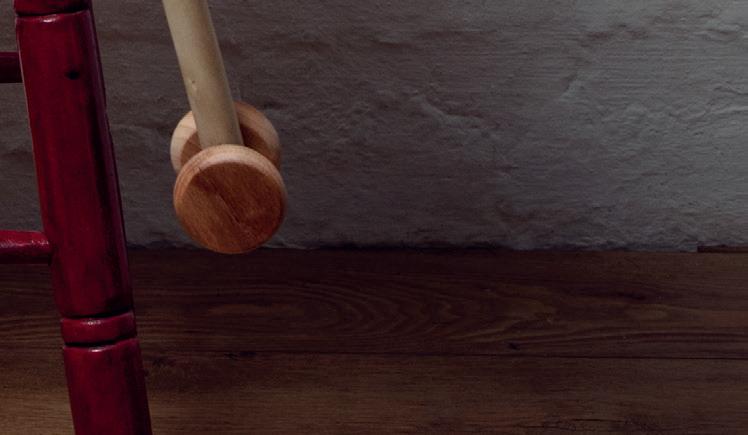
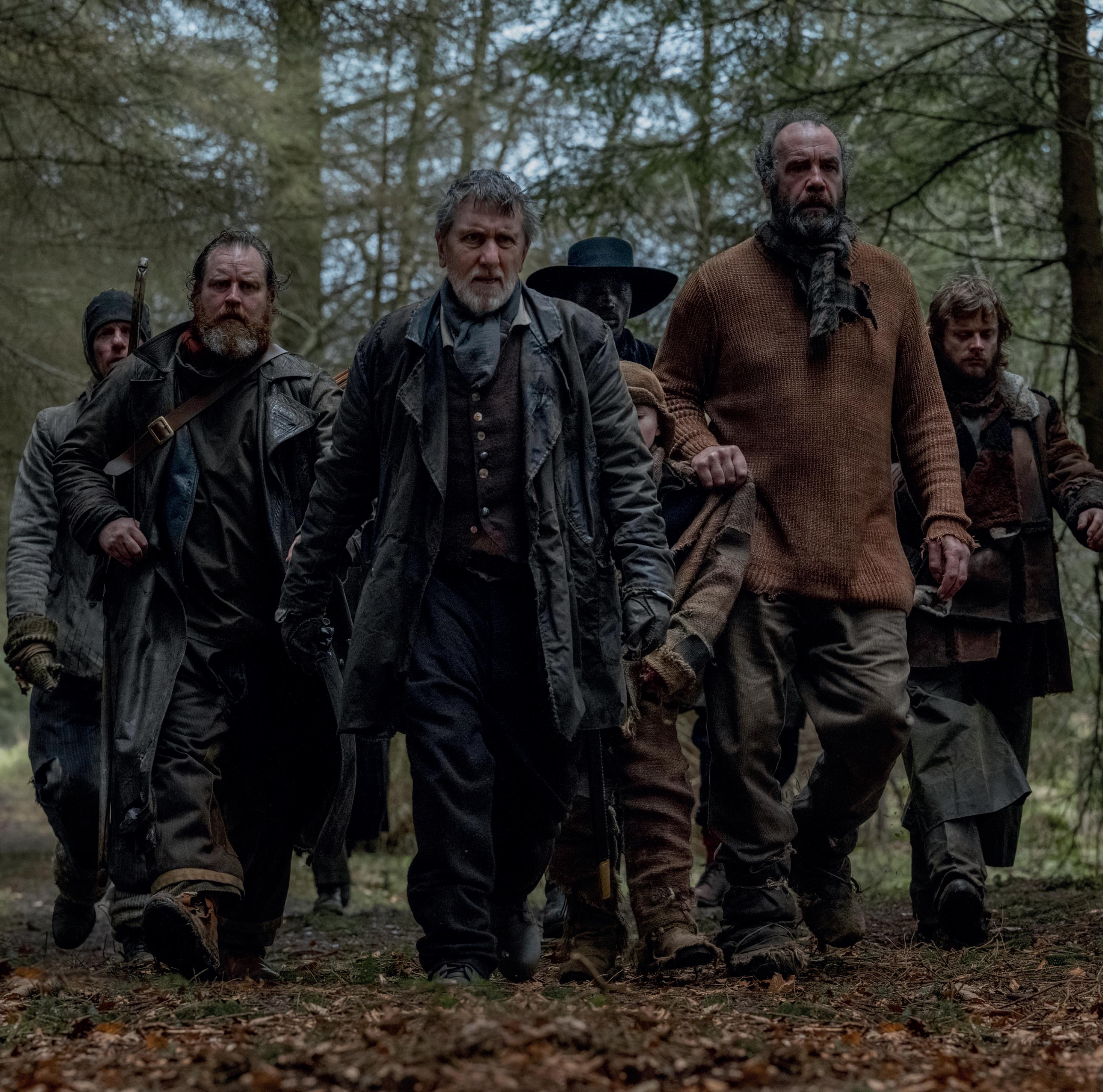
In what may be an entirely new genre, director John Maclean has created a Scottish samurai film with his sophomore movie, Tornado. The filmmaker talks to Eddie Harrison about subverting the period drama, the unusual role which kids’ books have played in his work, and where he’s heading next
After a successful career with musical mavericks The Beta Band, John Maclean’s irreverent debut feature Slow West turned the American western upside down with a dash of pawky Scottish humour.
Maclean’s follow-up, action thriller Tornado, is an equally offbeat proposition: a period samurai story set in Scotland circa 1790. Featuring Tim Roth, Jack Lowden, Takehiro Hira, and singer Kōki as the title character, unlikely influences on Maclean’s project somehow include the 1872 classic children’s novel What Katy Did
‘When I was trying to write the character of this young girl, I would soften her, and Kate Leys, the script editor I work with, said “no, young girls are tough, you should read What Katy Did.” I wanted to nail that brattishness and stubbornness of a young girl,’ says Maclean. ‘The great thing about kids’ books is that they can nail the economy of the setting. For Slow West, I read the Little House On The Prairie books. There’s something about children’s literature that suits the directness of cinema.’
There’s no existing tradition of Scottish samurai cinema to subvert, so Maclean had to find his own route into Tornado’s narrative, in which a young girl (Kōki) goes on the run after stealing gold from dangerous characters Sugarman (Roth) and his son Little Sugar (Lowden). ‘I’m not Japanese, so I’m not going to be able to tell a story about what it’s like to grow up in Japan, so my

way into the story was: I have got a daughter and I have got parents, so I started thinking about my relationship with my dad. He was always wanting to talk to me about the Highland Clearances and things that interested him, and when I was younger I didn’t want to know. I didn’t get interested in that stuff until I was older.’
So Maclean thought about a Japanese man wanting to hand down knowledge about being a samurai and what he’s learned, trying to pass it on even though Tornado doesn’t want it. ‘But whatever it is that he teaches her, it makes her steal the gold. That frustration between generations is also there between Sugarman and Little Sugar; both kids probably just need a bit of love and they both try to solve their problems by stealing. So Tornado is as much about family dynamics as a straight samurai film.’
Tornado and her dad have their own travelling puppet show, but he can’t protect her from Sugarman’s gang; the odds are stacked against the innocents in a deadly cat-and-mouse game. Should audiences see this as a revenge story? ‘I let the marketing people do that kind of thing. It’s hard enough to get people into the cinema, so you just roll with what they say. I’m just grateful that Lionsgate are a super enthusiastic company who want to get Tornado to an audience. To me, Tornado is just someone who has made a mistake. Everyone who she tries to get to protect her dies, so it’s more about her survival. That seemed stronger to me than just “you killed my father, now I’m going to kill you.”’

Tornado starts at the midway point of its story with the characters chasing frantically inside and outside a desolate, empty country house (those scenes were filmed around Arniston House near Gorebridge, North Esk Reservoir, Penicuik and Newhall Estate).
Like Slow West, which was set in 19th-century Colorado, Tornado has a fresh look, evoking a hard-scrabble life in an outsider community.
For Maclean, the unfamiliarity of the situation is a strength. ‘I felt that period films in Britain were always about class or country houses. I wanted to do one that was about outsiders, erosion and collapse. There’s this rotting house, these houses are expensive to maintain, so I wanted this one to be on its last legs . . . it’s definitely an un-Hollywood version of life.’
Also, Maclean didn’t want his troupe of entertainers to be fireeaters and jugglers. Instead, he envisioned them as poets and folk artists. ‘You might say it’s revisionist, but I see it as truthful. These people weren’t skilled in anything but trying to get by. And the bandits aren’t so much bad people but trying to survive like everyone else. It’s a subversion of period drama. When I set it in 1790 and started talking to the costume department, we realised there was a lack of visual reference points. These are not peasants, nor are they people who wear powdered wigs; we wanted to imagine what real outsiders might be like. British films don’t often go widescreen that much, but our cinematographer Robbie


m •


i lm • mlif




Ryan helped me shoot on 35mm film, and we had a short 25-day shoot: very fast, one take and move on before it’s dark at 4.35pm. I wouldn’t change that way of working, and everyone liked the speed we worked. You get that vibe from watching the film; the energy is always up. If we had 50 days to make it, it would have been detrimental to that energy.’
So what are his hopes for Tornado when paying customers get to see it? ‘I hope audiences can find depth in the film’s simplicity. We don’t have huge exposition or back stories like television shows these days. This is more like a Clint Eastwood western; all you really know about these people is how they react on screen, so there’s room to allow you to come up with some of your own theories.’
And what about Maclean’s next move once this cinematic whirlwind has passed over the country? ‘I’m back to the Barrowlands with The Beta Band later this year, and I’m just starting to write again . . . watching films and reading books to research something contemporary, maybe in the crime genre. I’ve explored my love of western and samurai films, and now I’d really like to make a film noir.’
Tornado is in cinemas from Friday 13 June; The Beta Band play Barrowlands, Glasgow, Thursday 25 & Friday 26 September.







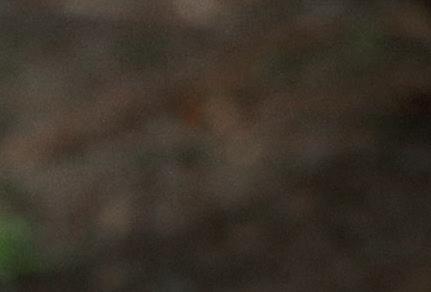








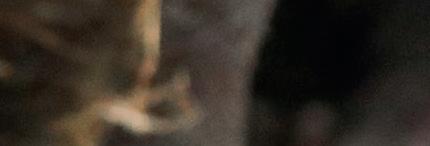








“ Stuck in traffic on a hot day, suddenly I’m the same asshole I always was


After breaking through in the 80s as folk-singer parody Bing Hitler, Craig Ferguson achieved international fame as host of The Late Late Show in the US. He returns to Glasgow with stand-up show Pants On Fire and tells Jay Richardson about the thrill of making it big at the Fringe and why a young Craig would hate him now
Afternoon Craig. Is it a great day for America? I don’t get into that anymore. But it’s a nice, sunny day in New York.
Flexibility with the truth gets a bad press. Is Pants On Fire reclaiming dramatic licence? I’m admitting that exaggeration, for the sake of effect, is part of my stock in trade. You know films ‘based on a true story’? Well, everything’s based on a true story! Sometimes I base closely. Sometimes loosely. Names have been changed to protect the innocent and shield the guilty.
How’s the tour going? You’ve said you were hoping to wind down but then added more dates. Yeah, because I’m 63. I thought I’d better start sewing or shuffleboard. But I’ve always loved stand-up my whole career and I’d be writing anyway. If I wasn’t touring, I’d end up hanging around New York comedy clubs, doing it for nothing.
Does the show change in Europe? It changes from town to town, night to night. I don’t work from a tight script. I know the stories I’m telling, the order they come in. But I keep it fresh. There are a couple of Hollywood stories I didn’t dare tell when I was there. Nothing too salacious. And no politics. Hosting late night, you cover that a lot. I enjoy not talking about it; audiences appreciate it. All those things you’re angry about will wait. Your firmly held opinions are not at risk. You can be indignant when you leave.
Any trepidation about performing in Glasgow? If you’re a performer who doesn’t fear Glasgow, something’s wrong. I don’t want to overstate the case, but it’s further on the DEFCON scale than Swindon. I’m not nervous. The hometown is always a little more important though.
It’s been a while, hasn’t it? I honestly can’t remember. I don’t know if I’ve played Glasgow sober. And I’ve been sober 33 years. I’ve done plays but no stand-up there, I don’t think, since the 90s.
Will you do a meet-and-greet afterwards? Immediately or my auntie Betty will be furious. The amount of family coming, I’ll be lucky if anyone buys a ticket because the guest list will be huge.
So auntie Betty’s real? Oh yeah! I was at a family wedding and explained that I mentioned her in my last special. And she was like ‘whoa! You’re not giving away my secrets are you?!’ Everything’s fine. I think. We’ll see when I see her.
What were nights bartending in the Ubiquitous Chip like? Back then, the Chip was the only Glasgow bar selling Fürstenberg on tap: extremely potent lager. You’d get a lot of university professors, BBC staff and performers; three or four pints, they’d be fucking hammered. It was very volatile, hilarious and essential training for stand-up. Late-night hosting too. Corralling drunks with big egos into behaving is a similar skill.
Which of your late-night interviews still stand out? I did five shows a week, 250 shows a year for ten years. Some I liked, some I didn’t. Plenty I









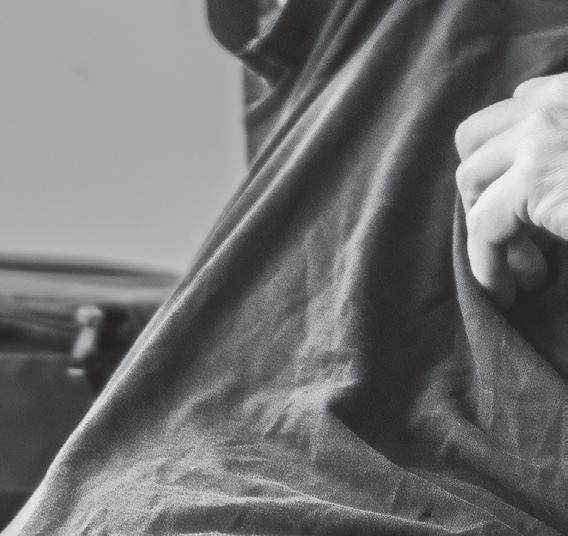







don’t remember. I knew Stephen Fry a bit but we became close afterwards. First-name terms with someone as important to me as Billy Connolly was wonderful. Robin Williams became my friend, Carrie Fisher too. And Betty White, who I worked with when I first came to America. We stayed friends until she died.
Do you recall Bing Hitler fondly? I do. I was young and crazy and, you know, full of gumption and enthusiasm. It was, perhaps, a little less honed in the stagecraft. But the energy was great. The Edinburgh Fringe, 1986, upstairs at the Café Royal, was a real turning point in my life. I would go on stage at 1.30am. And for the first couple of nights to half a dozen drunks. Then I got a good review. And I remember getting off that Glasgow train; there was a line around the block and I thought the fire alarm had gone off. Someone told me it was for Bing Hitler. God, that felt amazing!
How did you end up as stuntman Callum Coburn in Still Game? Greg and Ford were at my house in Los Angeles, sitting by my pool. And they asked. They had me falling down stairs, in a car crash, my willy bitten off by a dog, and in the canal. Laughing their asses off, me swimming, fucking raging. They’d told me I’d only have to pretend to have a stiff hip.
What do you reckon the Craig Ferguson who played in punk bands would make of you now, into Schubert and Greek philosophy? Oh, young me would hate me. But young me didn’t think beyond the end of his nose. Or outside any bar he was in. I had highly localised emotions.
What’s driving you creatively? Well, I approach things on a case-bycase basis. Do I have any overriding ambitions? None beyond getting my cholesterol down. The rage and despair has calmed a bit, without me losing my enthusiasm. But stuck in traffic on a hot day, suddenly I’m the same asshole I always was.
Cheers Craig, and good luck with the show Do come along, I’ll introduce you to auntie Betty. You’ll find out if I’ve been talking shit the whole time.
Craig Ferguson: Pants On Fire, O2 Academy Glasgow, Saturday 21 June.
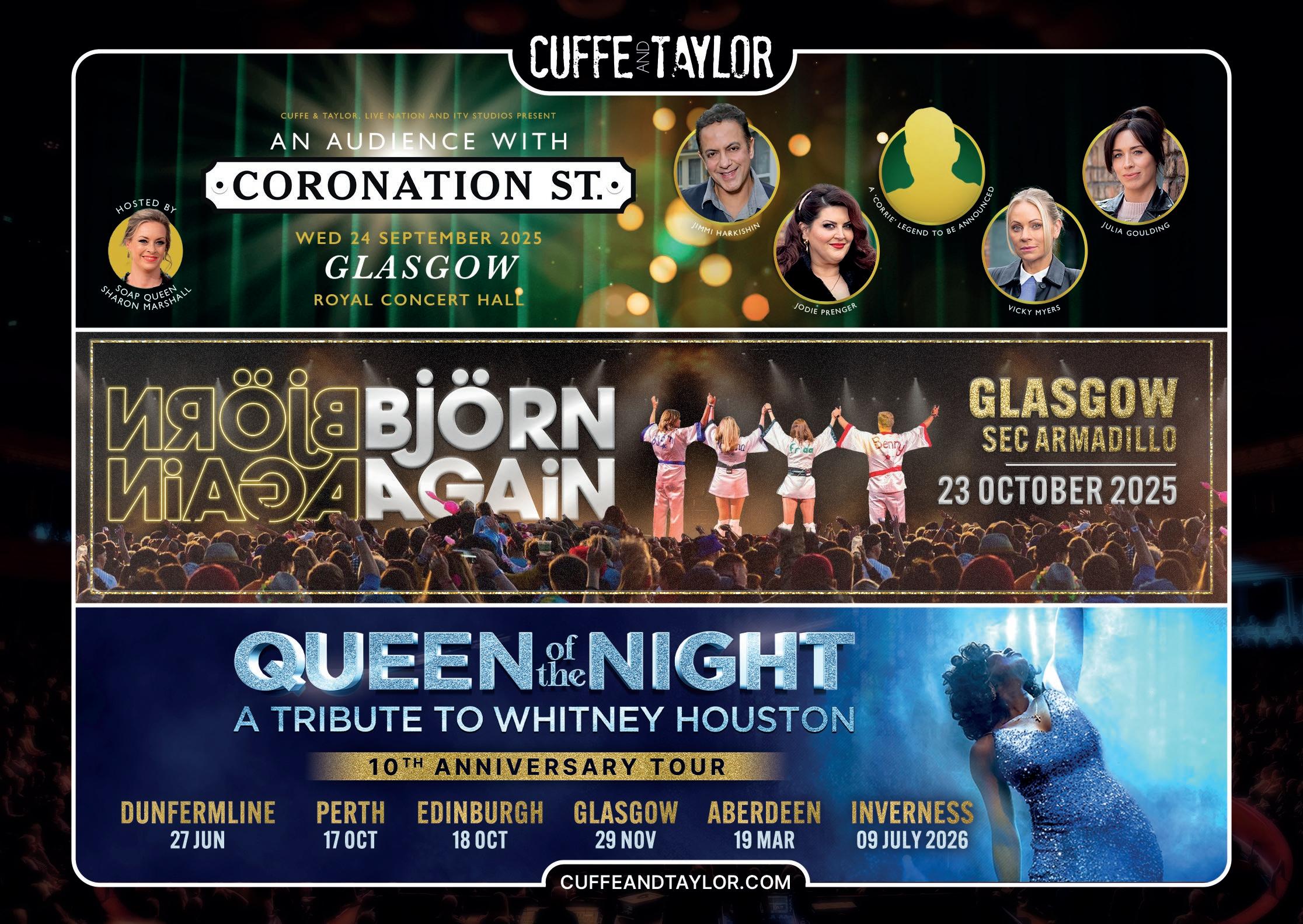


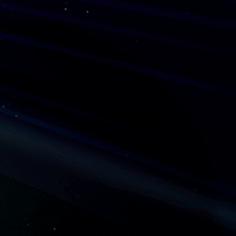
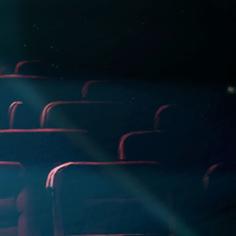
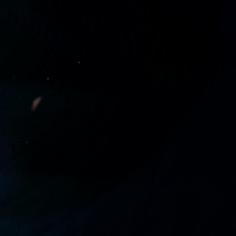

BBC broadcaster, author, actor, musician, DJ, and now a List columnist, the lad Galloway flicks through some music listings to choose top June gigs in variously sized rooms and across different genres . . .





As a true rock’n’roll survivor, Iggy Pop has defied the very laws of nature night after night from the 1960s to the present day. I’ve seen him sacrifice himself onstage countless times over the decades, often with fairly questionable bands backing him up; but he never fails to deliver the wild-man goods. No other rocker has gone to such physical extremes for their fans before or since, and I doubt there will ever be another of his kind. At the ripe old age of 78, there can’t be too many more opportunities to witness the godfather of punk and his untouchable catalogue of Stooges and solo classics. So join him and get ‘taps aff’ in Glasgow’s O2 Academy (Tuesday 3 June) for what may well be his last hurrah in Scotland.













If an angry dog dosed on amphetamines strapped on a guitar and plugged into a wall of visceral fuzz, the sheer and undeniable energy emitted from the stage might be comparable to another rock’n’roll lifer, John Dwyer. Since 1997, he has prolifically released a morass of records in a slew of uncompromising acts, most frequently by the ever-changing, amorphous garage-punk blob that is Osees. Other than the aforementioned Iguana, no other live act brings the fire every damn time. The velocity, intensity and unhinged freedom on display takes your breath away, and we’re lucky enough to have the twin drummer line-up back at SWG3 in Glasgow (Wednesday 18 June) and Edinburgh’s Liquid Room (Thursday 19 June). I think I’ve seen them more than any other live act, and I’ll be back for more.









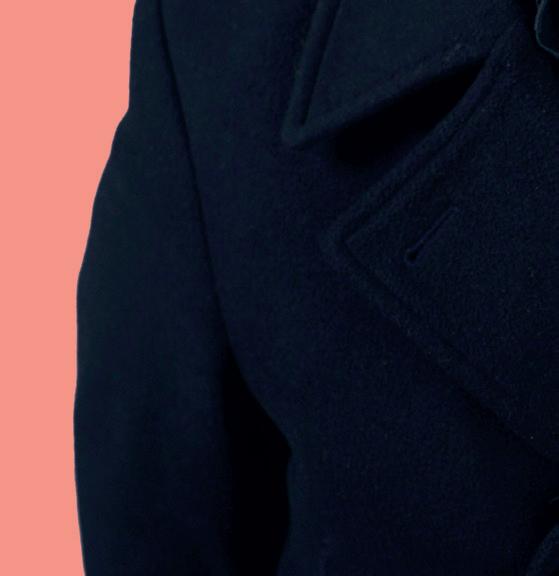






















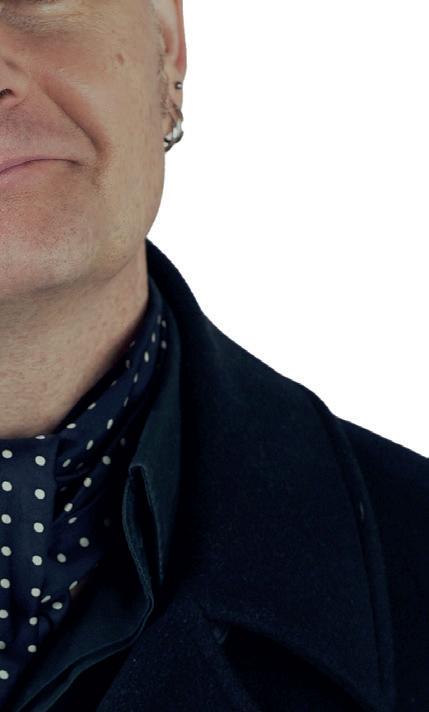







3 be than esoteric electronica to her heady witch’s brew and the results move her haunting (Thursday 5 June), in Portree (Friday 6 June) and at St Luke’s in Glasgow (Wednesday




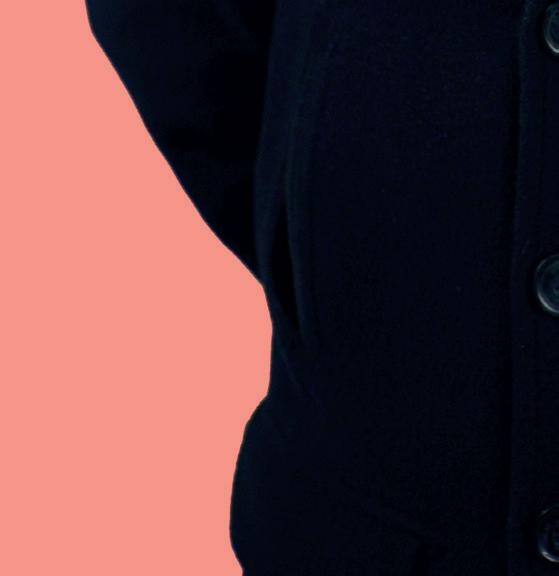
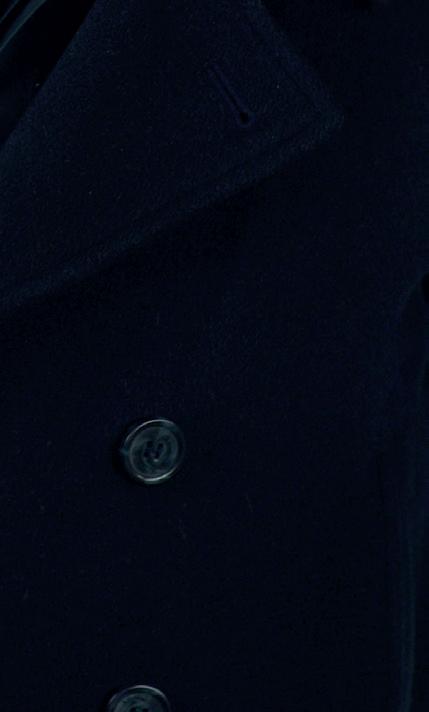


Finally, if those eardrums are aching from that garage-rock blitzkrieg, let me point you towards Kathryn Joseph. Fresh from supporting Mogwai at the Usher Hall and Barrowlands, and celebrating a decade since she appeared fully formed with her SAY Award-winning debut, Joseph has just released a new album, We Were Made Prey. With help from collaborator and henchman Lomond Campbell, she has added esoteric electronica to her heady witch’s brew and the results move her haunting sound further into intoxicating, ethereal climes. Playing at Aberdeen’s Lemon Tree (Thursday 5 June), in Portree (Friday 6 June) and at St Luke’s in Glasgow (Wednesday 11 June), Joseph will prove yet again what an extraordinary, mesmerising artist she is. Listen to Vic Galloway every Monday and Wednesday night on BBC Radio Scotland; he is co-curator and host for the Wavelength music film festival as part of Fringe By The Sea in North Berwick this August.

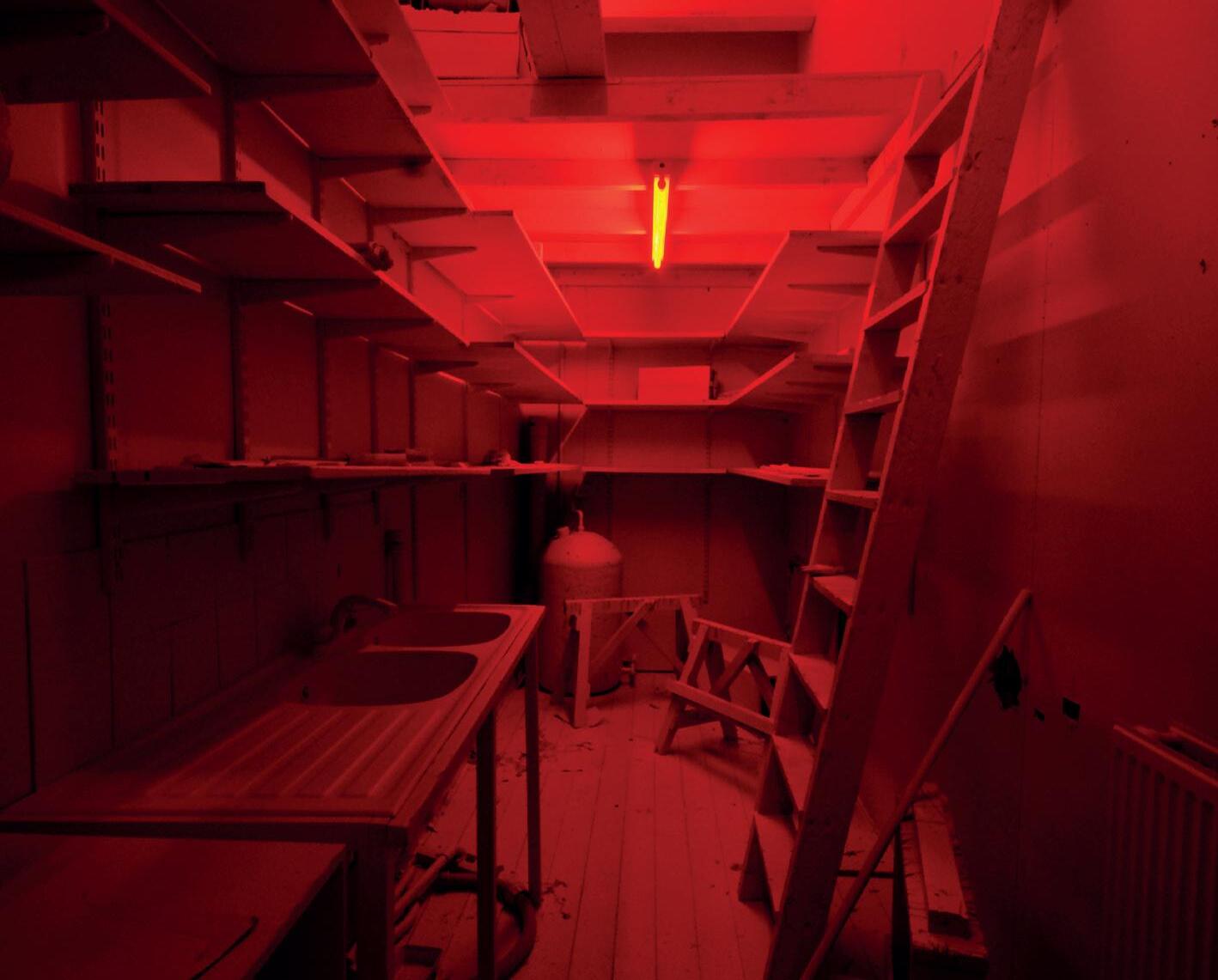

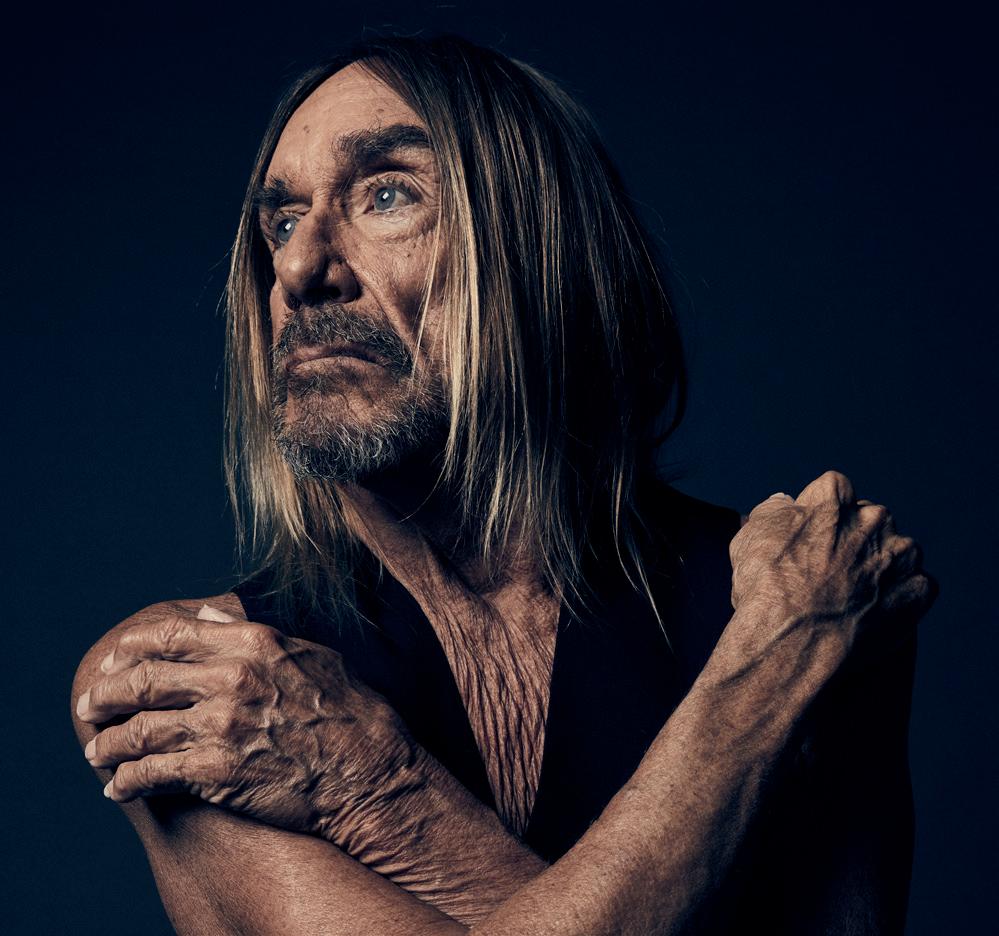
Across all three spaces of his chosen gallery, Mike Nelson (Fruitmarket, Edinburgh, Friday 27 June–Sunday 5 October) has created a new work which reflects upon the validity and purpose of photography in this digital era. The piece hinges on two sets of pictures, one taken in London, the other in Turkey, both raising questions of destruction and reconstruction. Winner of the British Ceramic Biennial Prize, Mella Shaw (McManus Galleries, Dundee, until Sunday 18 January) delivers an immersive installation of sculptures made with whale bone ash in order to draw attention to how the overuse of marine sonar leads to the mass beaching of whales. More sculptural work, this time from Jamie Fitzpatrick (Outer Spaces, Glasgow, until Wednesday 4 June) as a disused commercial space in the shape of the former banking hall on St Vincent Place is utilised for art. The work will respond to this iconic Victorian structure’s symbolic relationship to power, stability and prosperity. (Brian Donaldson)
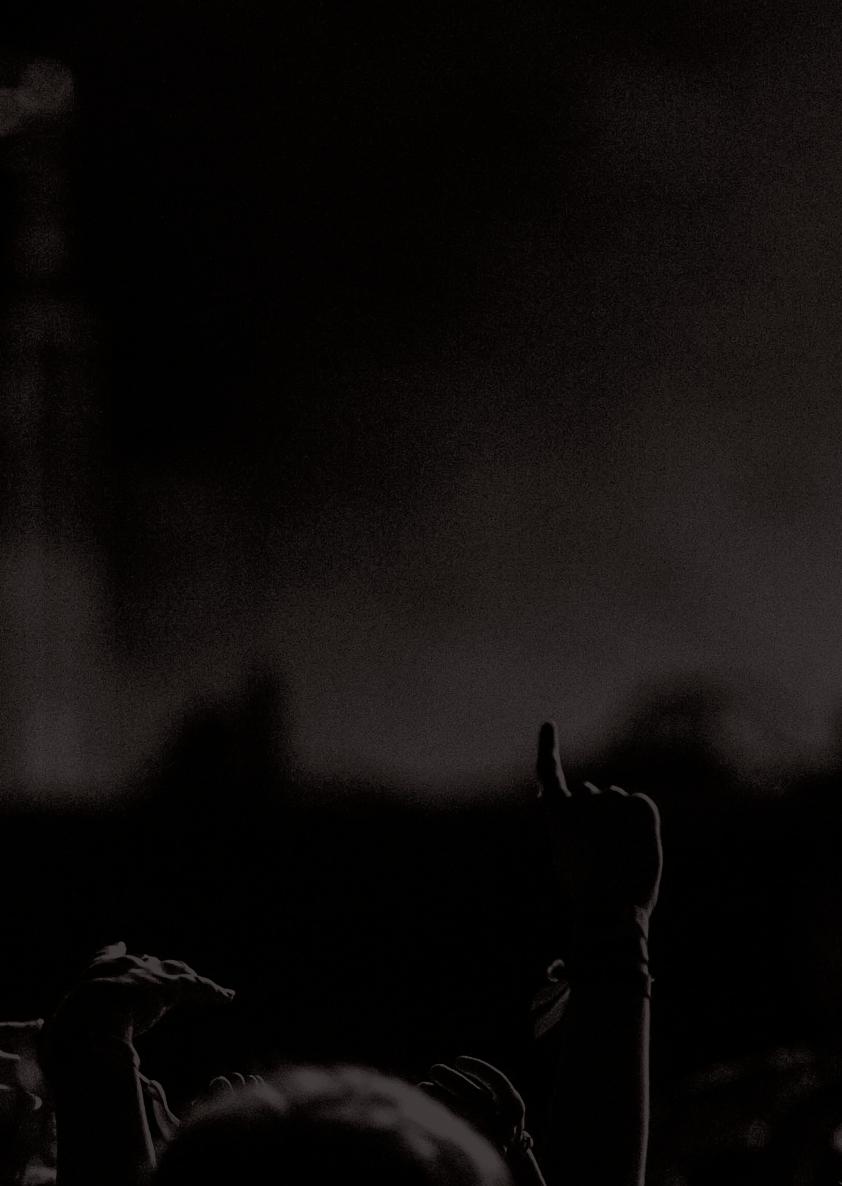




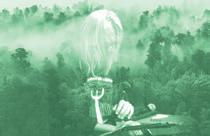


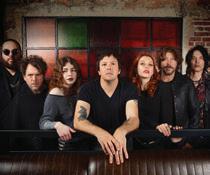



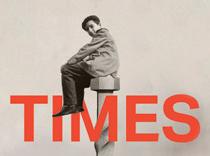



















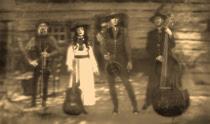
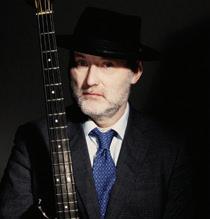








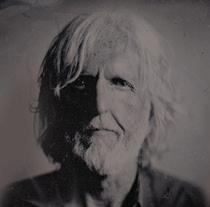





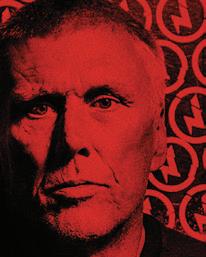






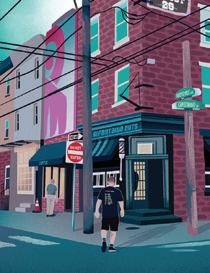










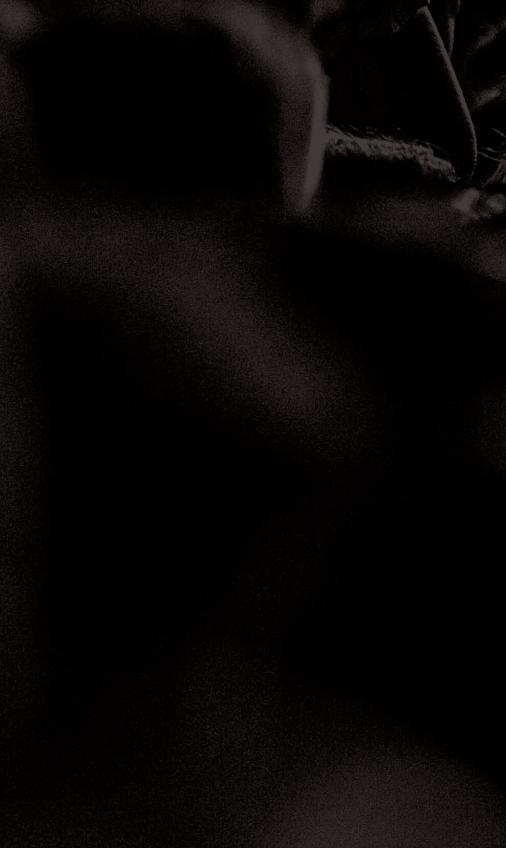


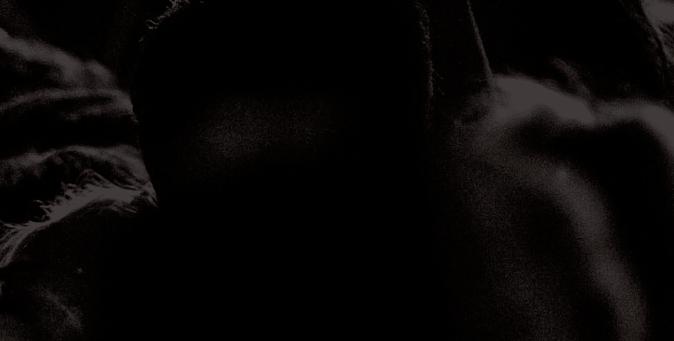












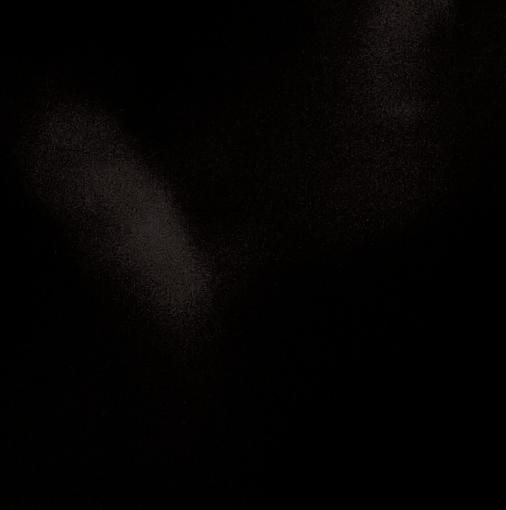






Guitar virtuoso Sean Shibe returns to the East Neuk Festival for its opening night as well as a triple treat of concerts across a single day. He tells Fiona Shepherd why the event means so much to him and why he doesn’t want to be portrayed as a novelty in the classical scene
Edinburgh-born Sean Shibe has an enduring and special relationship with the East Neuk Festival. Its director Svend McEwan-Brown has long been a supporter of Scotland’s classical guitar star, and Shibe has played at least every second year from his debut appearance as a teenager in the chapel at Dunino through a notable 2017 showcase of electric guitar (earplugs were supplied) to multiple concerts at the forthcoming 20th edition. ‘It’s the festival I have the strongest connection to in Scotland still,’ says Shibe. ‘He [McEwan-Brown] was the first one to take a punt and it always feels like a big deal going back.’
This year Shibe will feature at the opening concert with fellow East Neuk regulars, the Scottish Chamber Orchestra, playing Rodrigo’s rapturous Concierto de Aranjuez. So far, so standard. But he will also lead audiences on the Shibe Trail, playing three distinct recitals on acoustic guitar, electric guitar and lute in different sympathetic locations across one day, with some of the lute repertoire coming from local Fife manuscripts.
‘Obviously these instruments are really varied,’ he says. ‘The show is in quite an intimate space because the lute is such an intimate instrument. It is often put in halls that are slightly too large but we found something quite nice I think.’ Shibe played lute as a second instrument as part of his studies but picked it up again in earnest during lockdown.
‘We were very quickly saturated with lockdown meditation music,’ he recalls. ‘For me it got tiring quite quickly. But a lot of these baroque and renaissance instruments are designed for that. They are instruments of personal reflection and spiritual edification rather than necessarily performance, so it was really nice being able to have that time with that instrument, playing it to oneself.’
The pandemic pause was a rare bump in a stellar and multi awardwinning career which includes recognition as a BBC New Generation
Artist, receiving the 2022 Leonard Bernstein Award and a Guitar Professorship at Guildhall School Of Music & Drama. His own relationship with the instrument began when he joined the afterschool guitar club at Sciennes Primary School and revelled in his first guitar, bought by his mum from Stringers Of Edinburgh’s erstwhile Newington branch. ‘Later, growing up, the guitar had to justify itself. What’s cool about it to me is how it has such a strong association for so many people in so many different cultures, so there really is a lot to feed off.’
Shibe has a reputation for pushing into unconventional areas of expression and, in particular, commissioning new work to expand the relatively limited classical guitar repertoire. He has just performed a new piece for electric guitar by US composer Tyshawn Sorey at Wigmore Hall and will premiere young British composer Mark Simpson’s Philip K Dick-inspired Zebra, a concerto for electric guitar and symphony orchestra, at the BBC Proms in July.
‘What’s happening increasingly is that there is more of a place for electric guitar in contemporary classical composition,’ says Shibe. ‘What I try to do is not become a rock guitarist playing with an orchestra. I admire so many guitarists of other traditions but I never want to shred in this style. The young Spanish composer Francisco Coll was saying that he feels the guitar is a more suitable instrument for symphonic textures than the piano and I think I’m really optimistic about the future in that way. But I’m wary of saying we need to constantly titillate programmers into presenting us out of sheer novelty. There’s a balance to be struck.’
Sean Shibe plays the East Neuk Festival Opening Concert, Bowhouse, St Monans, Wednesday 25 June; Shibe Trail takes place in various venues, Anstruther, Saturday 28 June.
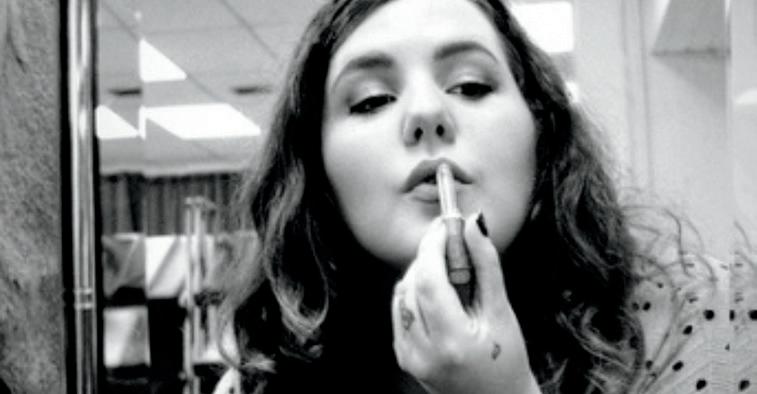




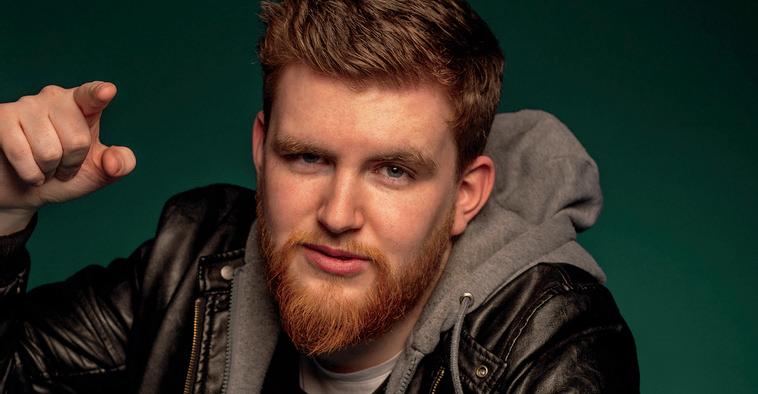

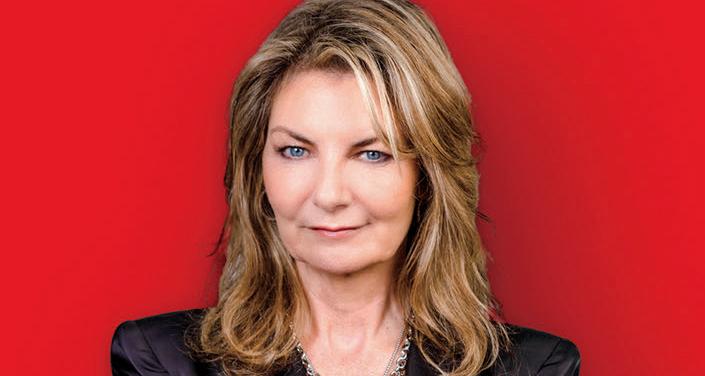
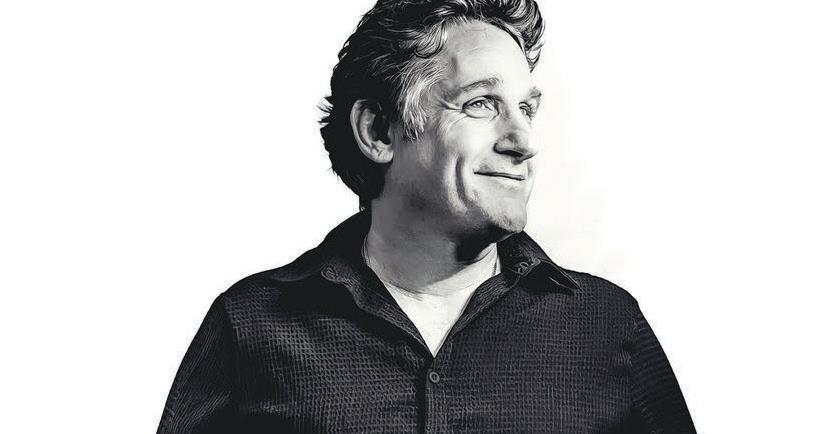


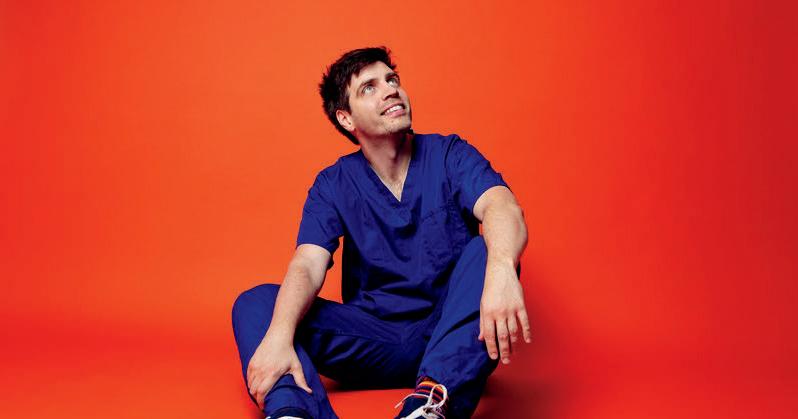

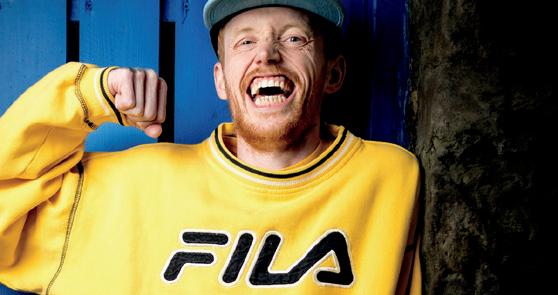


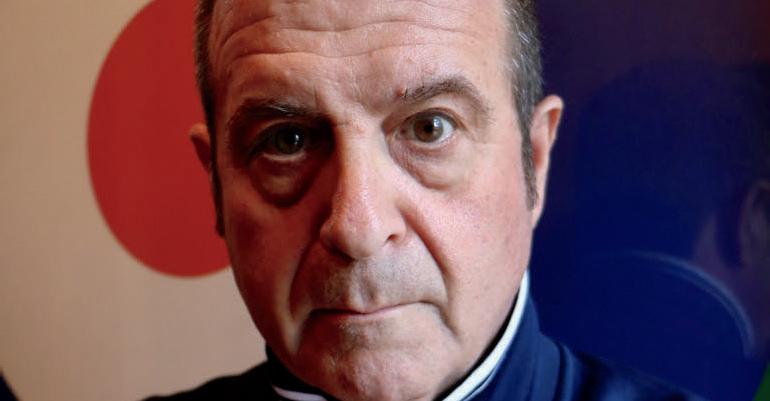



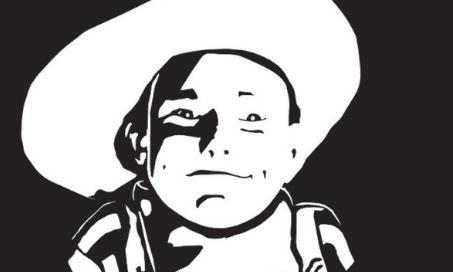


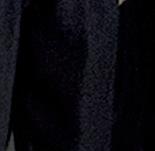



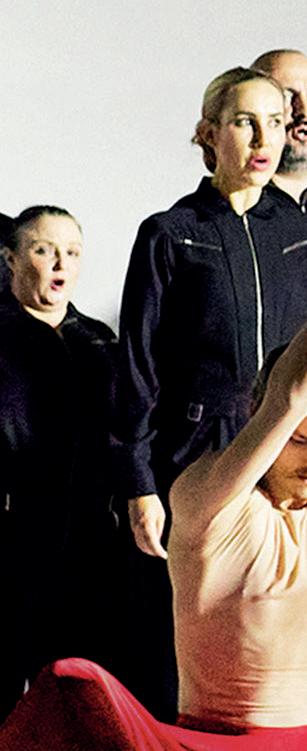

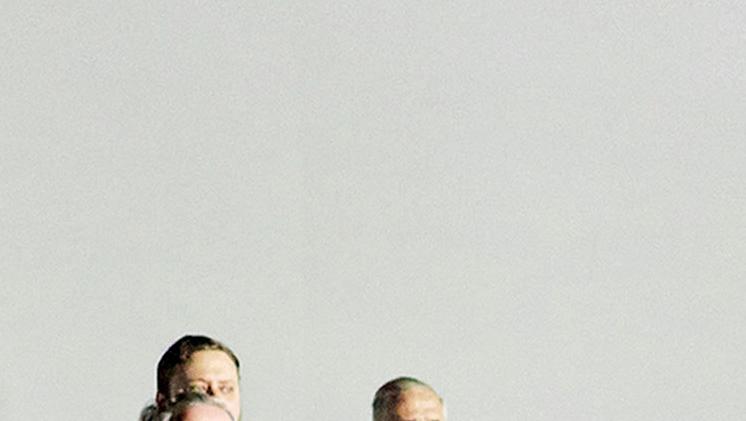

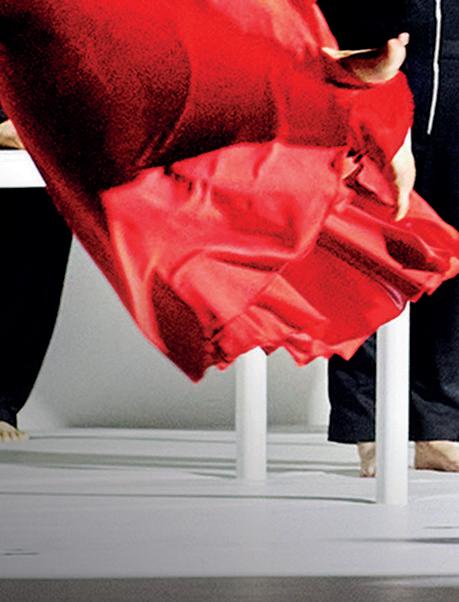



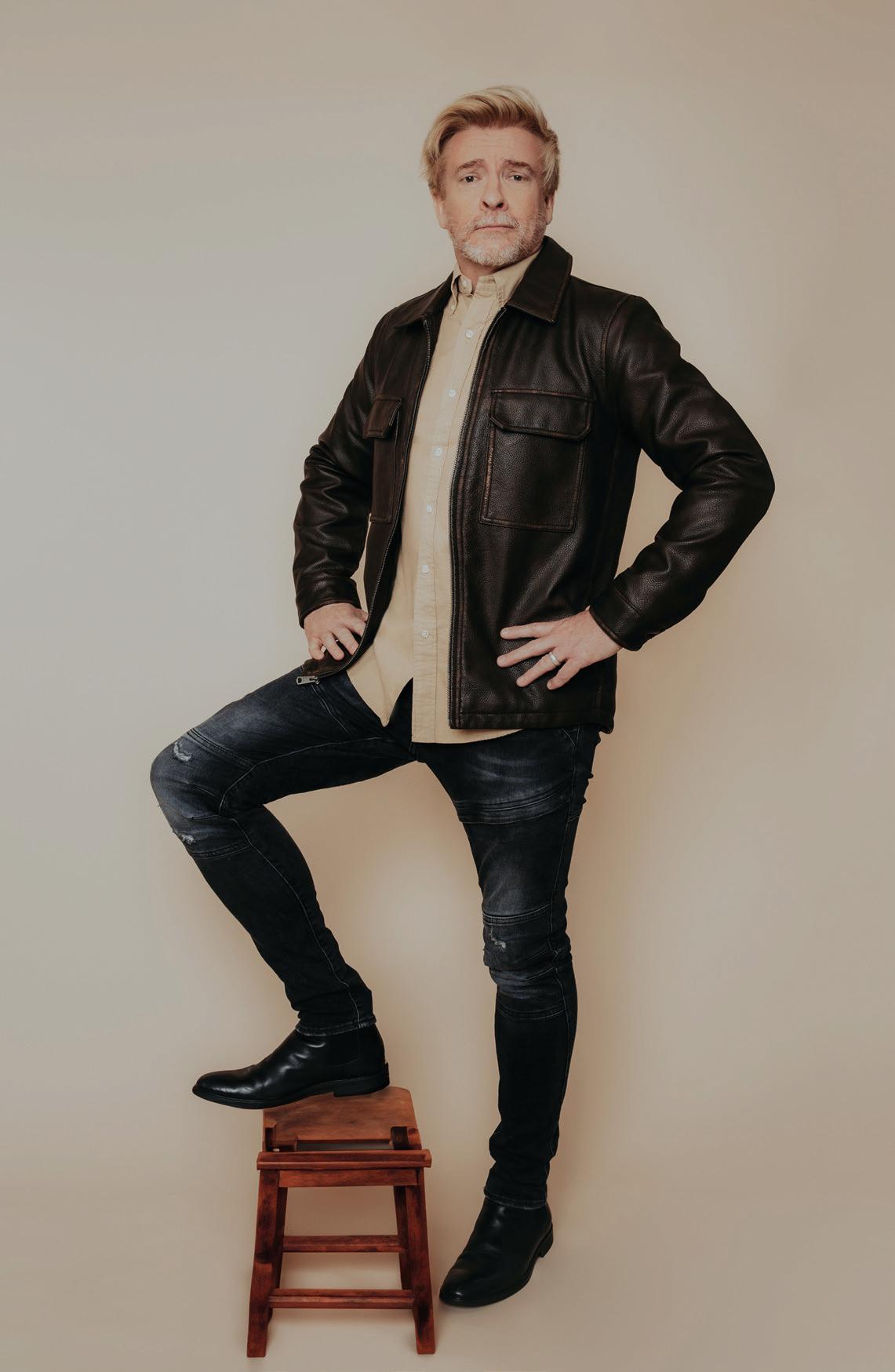






A musician who carries jazz’s bop tradition into collaborations with current stars; a group that expands one of jazz’s popular instrumental formats; and a band who began by paying tribute to their heroes and will play a one-off gig to honour videogame soundtracks. These are just three of the acts taking to the stage at this year’s Glasgow Jazz Festival. You could argue that all musicians begin by emulating their favourites, but Fat-Suit’s origins are quite striking. A 20-minute slot at a college concert needed filling and discovering that now-global attraction Snarky Puppy’s musical arrangements were available to download, a group of students pressed ‘print’. They had such fun playing the American band’s music that they stayed together to create their own identity. Four increasingly ambitious albums and international appearances have followed and now Fat-Suit are ready to apply their jazz, funk, rock and Celtic vibes to Zelda, Mario Kart and Sonic The Hedgehog (Òran Mór, Thursday 19 June).
As a child, hearing bop pioneers Max Roach and Clifford Brown inspired keyboardist-flautist Brian Jackson’s settings for Gil Scott-Heron’s social observations. Over ten years and classic tracks including ‘The Bottle’ and ‘Johannesburg’, Jackson put the groove under Gil’s grit. He’s since worked with Kool & The Gang and Gregory Porter, and now leads a band with matchless authority (St Luke’s, Friday 20 June).
Piano, bass and drums create a jazz staple that the Neil Cowley Trio embrace in their own style. After a seven-year absence, the splendid Entity album has seen them return with trademark dynamics and a broader, more beguiling palette (St Luke’s, Wednesday 18 June). (Rob Adams)
Various venues, Glasgow, Wednesday 18–Sunday 22 June.
It’s been almost a decade since New Zealand comedian Rhys Darby delighted live audiences with his special brand of daft comedy. In the interim, he’s found huge success with the Jumanji franchise, and in numerous projects with long-time collaborator Taika Waititi. Since his last tour, much has changed. ‘I felt like the world could definitely do with more humour right now,’ he reasons. ‘Plus, there’s a hole in the TV and film industry thanks to AI taking a lot of jobs, and as a comedian I thought I’d address that.’
In The Legend Returns, Darby will single-handedly neuter the existential threat of artificial intelligence via what he calls ‘the Rhys Darby brand of physical humour, weird vehicle impressions and self-generated sound effects’. He plans to use his formidable skills to tell a story about a middleaged man trying to take back control ‘in a sci-fi world of techy AI’.
And he’s been brazenly preparing his plan of attack by embedding himself within the offending technology itself. ‘We have no choice but to read the articles, watch the TikToks and use the apps, even if they’re scary,’ he explains. ‘I like to have a quick dabble with AI, simply so I can understand where it’s going. If we don’t, I think we’ll be left behind, with only ourselves (and the robots) to blame.’
While fans of Darby’s turn as Murray Hewitt, manager of Flight Of The Conchords, have long hoped for a reunion, it seems to be some way off (but not without hope). ‘We see each other every year and catch up when we can, but we usually don’t film it,’ he says. ‘But I’m sure one day Murray will return with his pad and his agenda.’ (Murray Robertson)
Theatre Royal, Glasgow, Saturday 28 June; Pleasance Courtyard, Edinburgh, Friday 1–Sunday 10 August.










by Janice Galloway
This book is one of my all-time loves and I come back to it every few years. I got it out of a library when I was at high school and had never read anything like it. The form of it was unlike anything I’d ever seen before, and the slow reveal of what the flashbacks are actually describing floored me. A novel filled with melancholy but also with hope, I think.


by Jane Austen
Austen doesn’t, or at least shouldn’t, need to be sold. In short, if you haven’t read her works, go and do so now. Pride And Prejudice may be the best place to start as it could be the perfect novel. Alone on the desert island, I would need something of depth, humour, seriousness and wit all in one. It would have to be something that rewards multiple readings. It also has to be a book that would make me happy, and Pride And Prejudice does that without fail. When loneliness or depression reared, which it undoubtedly would, the comfort of not taking yourself or life too seriously would help in those dark moments. When there are no acquaintances around, the Bennets, Bingleys and Darcys would be most agreeable replacements.
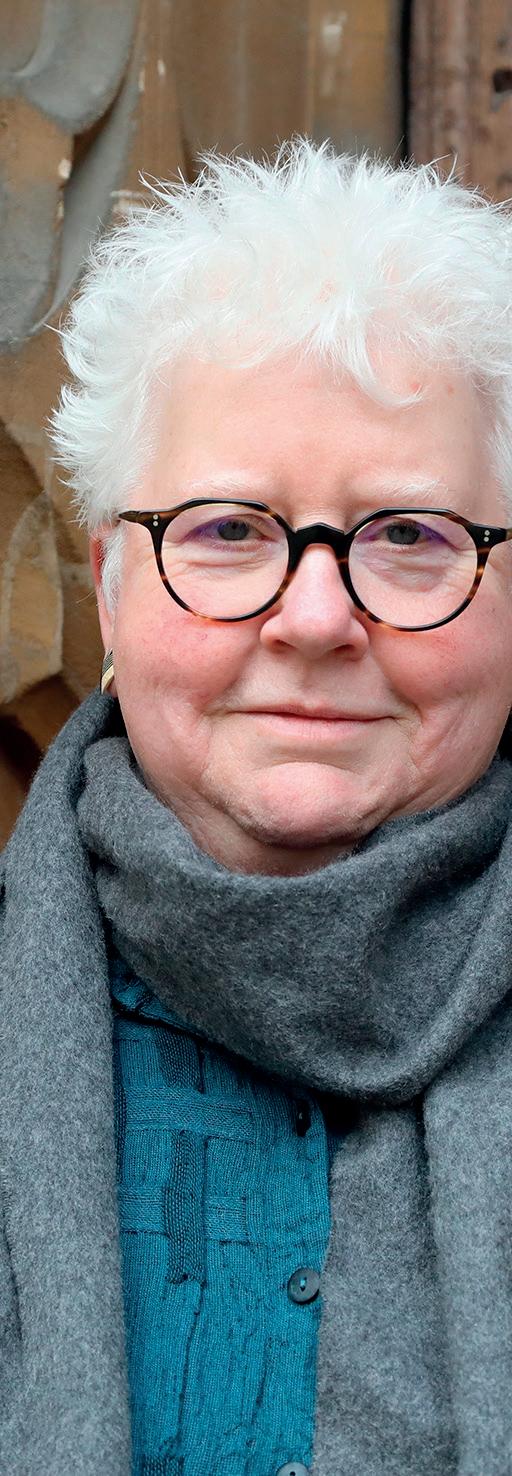
Ali Smith never fails to dazzle me. Her novels are miracles of invention and the way she uses language is revelatory and imaginative. Her short stories have those same distinctive and idiosyncratic qualities. She moves me to tears and to laughter, she provokes rage and pity, and she makes me think. Even if you believe you don't like short stories, you should give Ali Smith a try. She will change your mind.
Dear Library, National Library Of Scotland, Edinburgh, Friday 20 June–Saturday 18 April.

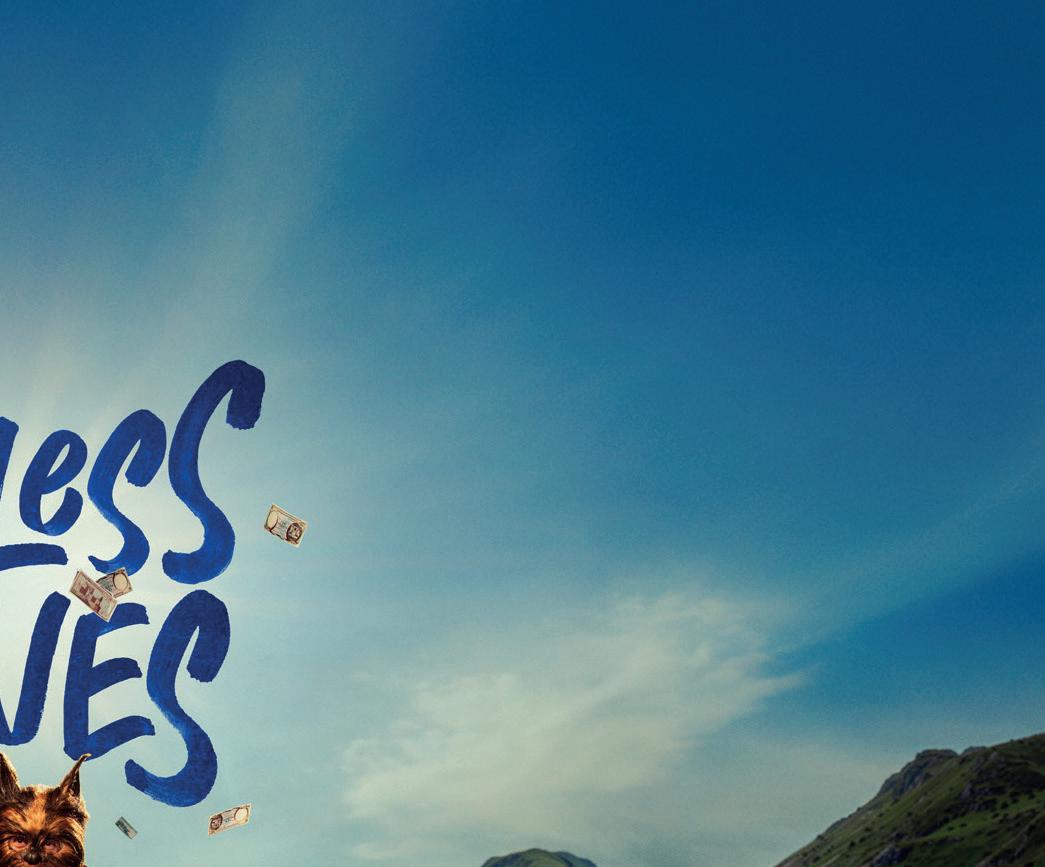
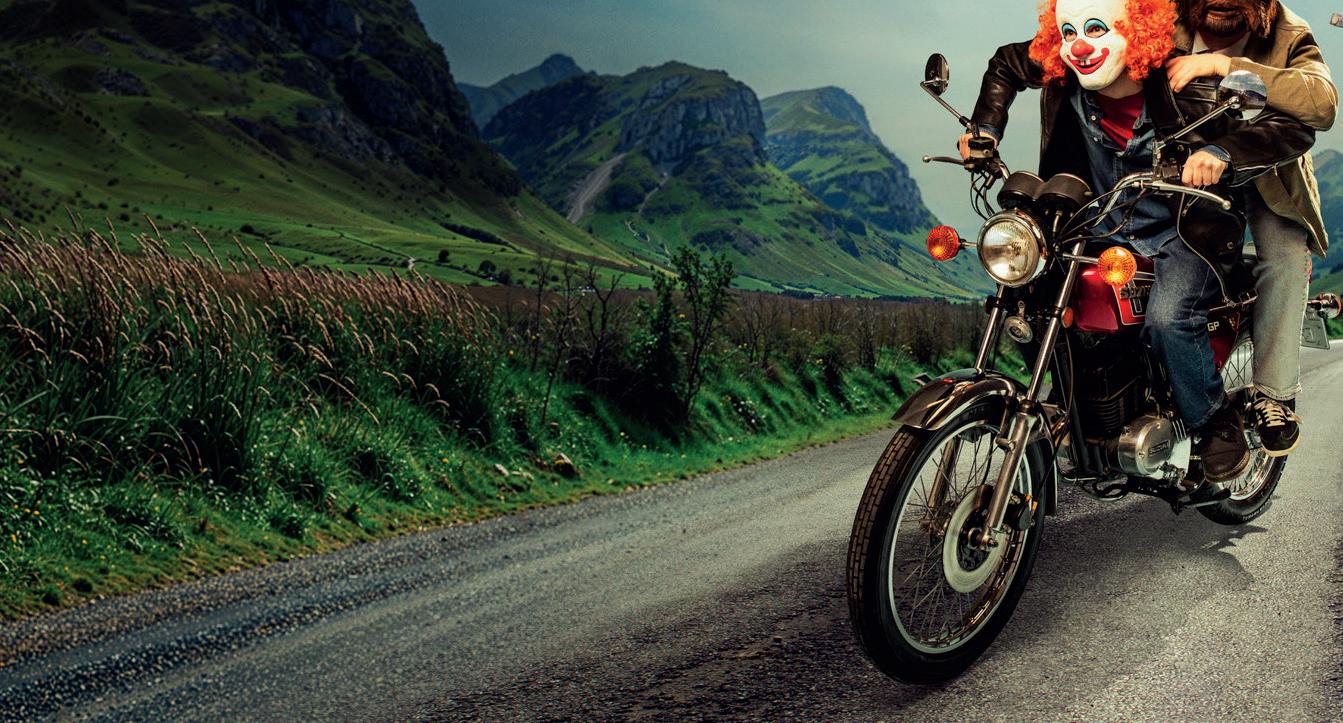

























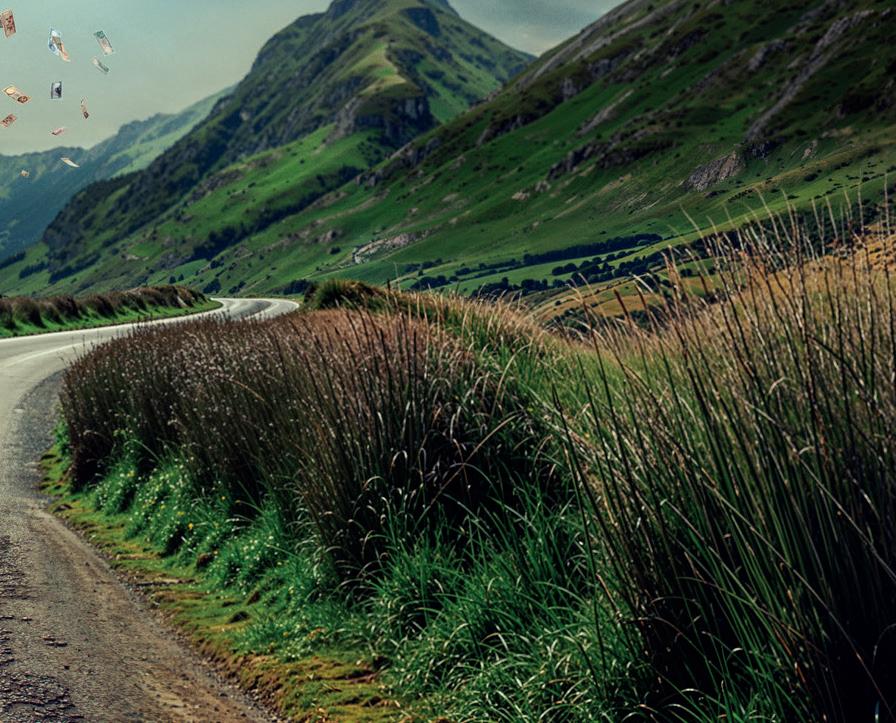


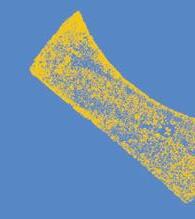


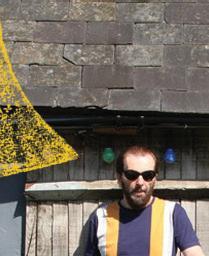









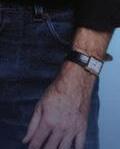

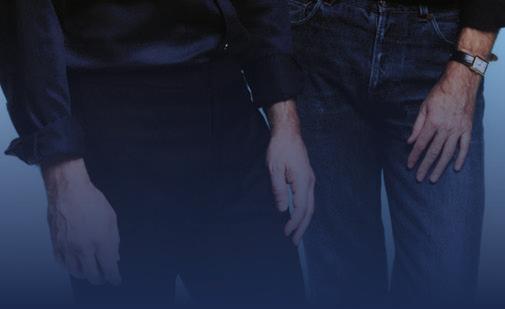






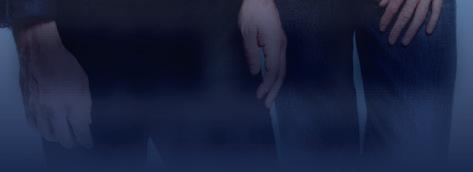



















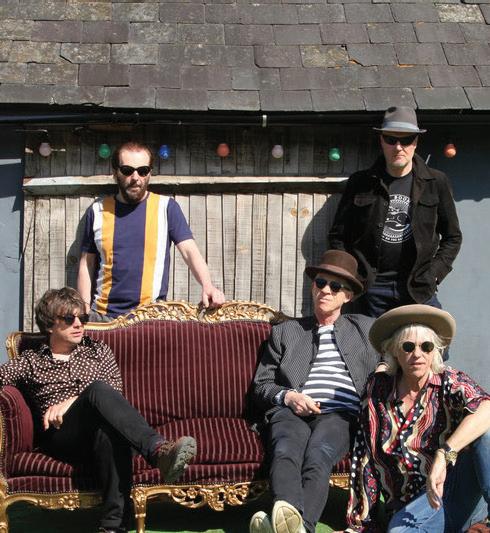







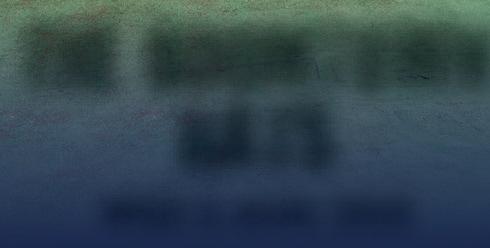












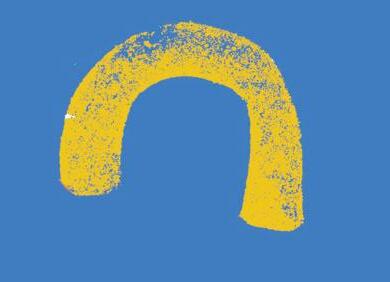







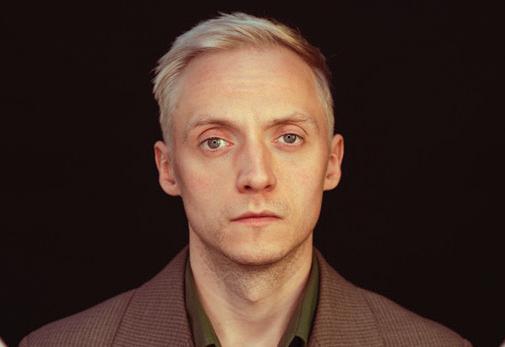



















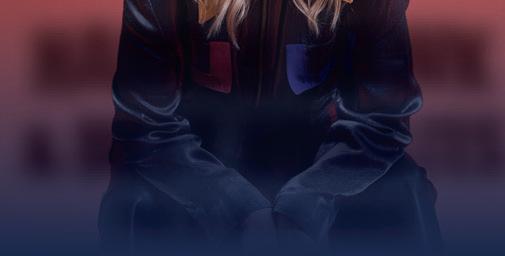




























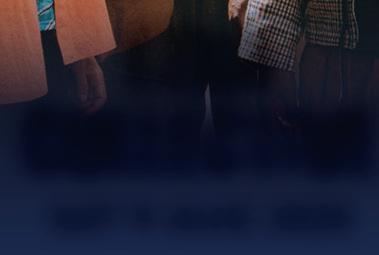












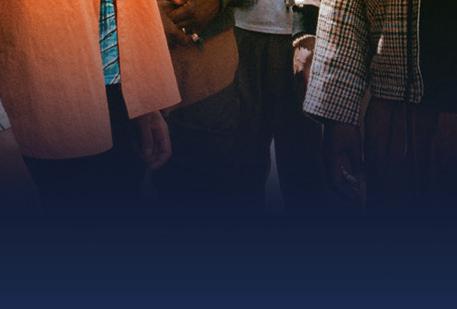





















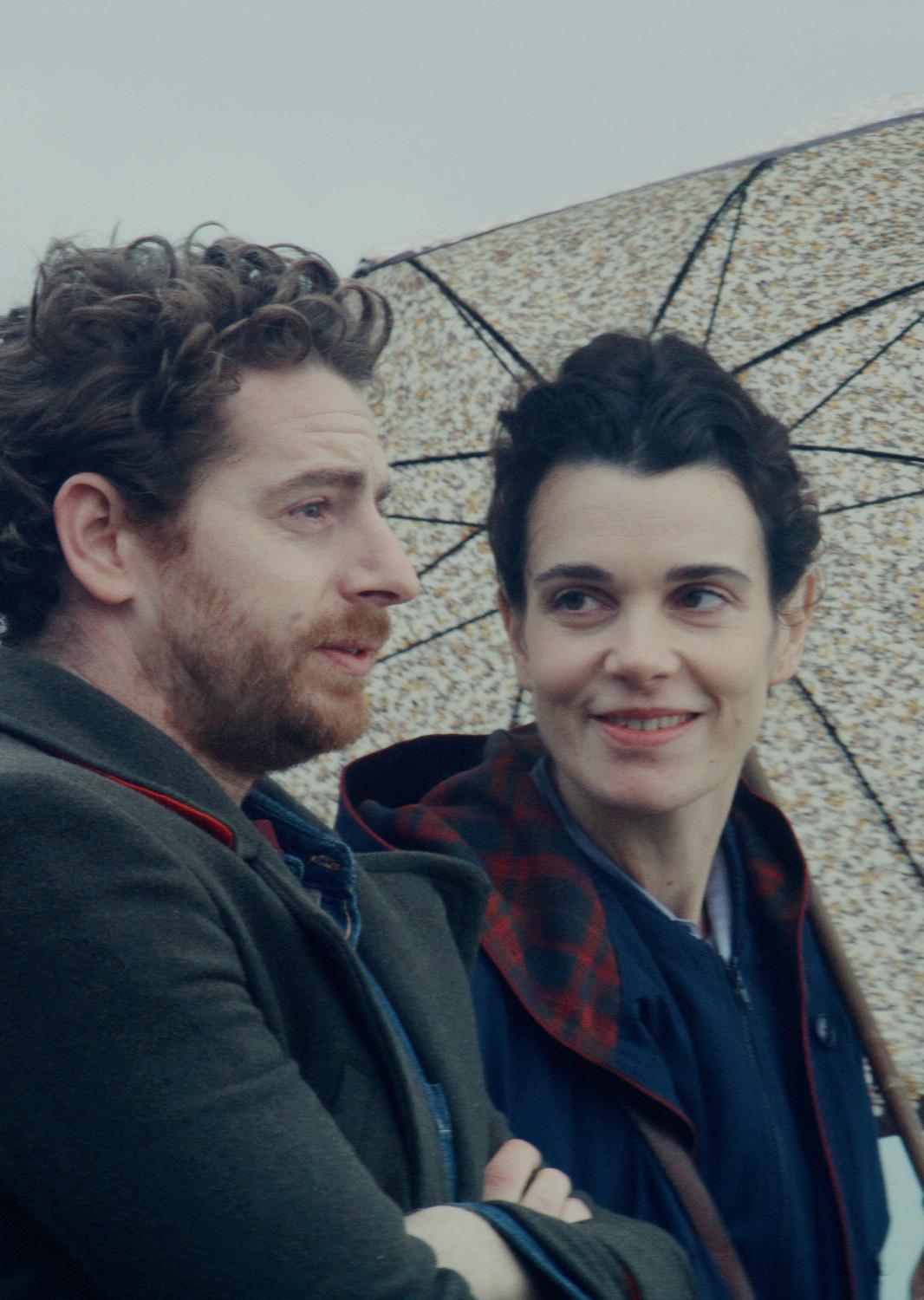
An Anglo-French romantic-comedy as refreshing as a summer breeze, Jane Austen Wrecked My Life is the story of Agathe (Camille Rutherford), an aspiring writer who works by day in famed Parisian bookshop, Shakespeare & Co. While she dreams of finding love just like in an Austen novel, things shift when she’s invited to the Jane Austen Writers’ Residency in the English countryside where she meets Austen’s standoffish distant relative Oliver (Charlie Anson).
For the film’s writer-director Laura Piani, this is flush with autobiography. Like her character, she worked in Shakespeare & Co during her student days, often manning the tills during the evening shift: a perfect place for people-watching. ‘You had the tourists and the Parisian people, and then you had sometimes lonely people, sometimes homeless people, especially in winter, when it was cold outside. We were actually letting everyone in.’
Naturally, she’s also a huge fan of Jane Austen, a writer who has continued to dominate popular culture (remember, without Austen, there’d be no Bridget Jones). ‘It is fascinating to think that 250 years later, she still influences generations of readers. She owned romantic comedies,’ says Piani.
Intriguingly, the film also stars Frederick Wiseman, the 95-year-old documentarian (of such acclaimed observational films as National Gallery and City Hall). Piani first met him a decade ago on the streets of Paris and they became friends. When she was casting the role of a poet, Wiseman cheekily put himself forward. ‘It’s a big gift to end up with this man that I care so much for,’ says Piani, promising that her film veers from the usual romcom path. ‘It’s important to not do another film where a woman is saved by love, even if I do feel that love can save many people.’ (James Mottram) In cinemas from Friday 13 June.


THEATRE THE MOUNTAINTOP
The lines between legacy and historical fact are often blurred. From the echo chamber of the internet to the biases of human recollection, it is easier than ever to skew the impact of those who have made a mark on the world. Considering efforts (by a certain president sworn in on Martin Luther King Day) to roll back liberties gained during the civil rights movement, it may seem odd to reflect on King’s life through a critical lens. Yet, this summer, Katori Hall’s Olivier Award-winning play, The Mountaintop, will do just that.
Set in King’s motel room in Memphis, just hours before his death, we meet the renowned leader at a moment when he is less of a legend and more of a man who just wants a cigarette. ‘Katori Hall strips away the speeches, the spotlight, the grandeur, and gives us a man who is alone,’ explains director Rikki Henry. ‘He’s hungry. Uncertain. Flawed. Hopeful. Human.’
As he is weighed down by impending doom, King’s room service arrives with an unexpected development. Camae, a motel maid full of welcome distractions, unravels the polished exterior to meet the man behind the speech. This, in Henry’s eyes, reveals a far more significant message. ‘I wanted to explore the very human truth that you can feel small and still act. That history isn’t something we observe; it’s something we build.’ With a cast led by Caleb Roberts and Shannon Hayes, The Mountaintop is well placed to show that every individual, both in and out of the spotlight, can change a culture. (Rachel Morrell)
Lyceum Theatre, Edinburgh, until Saturday 21 June.
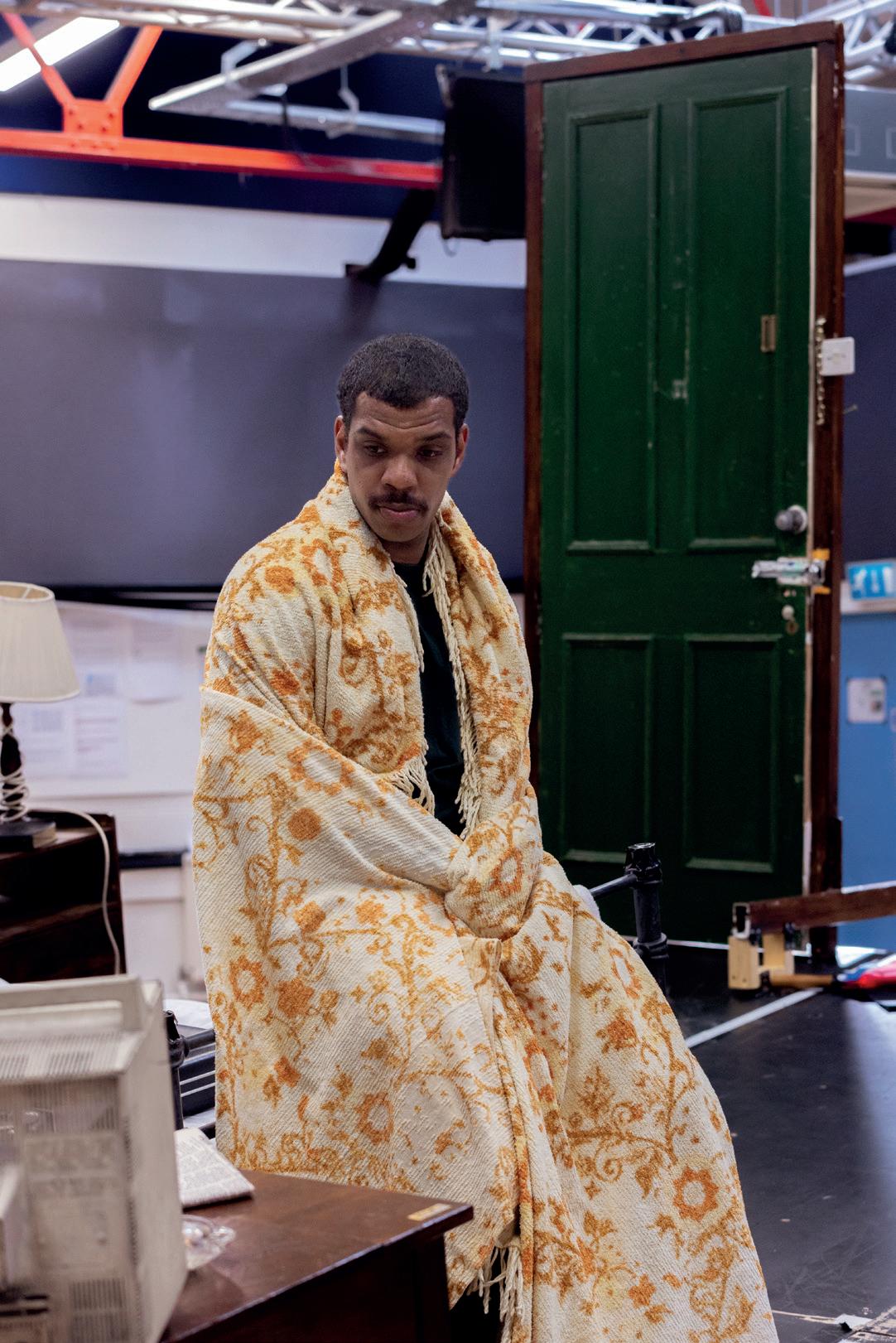
















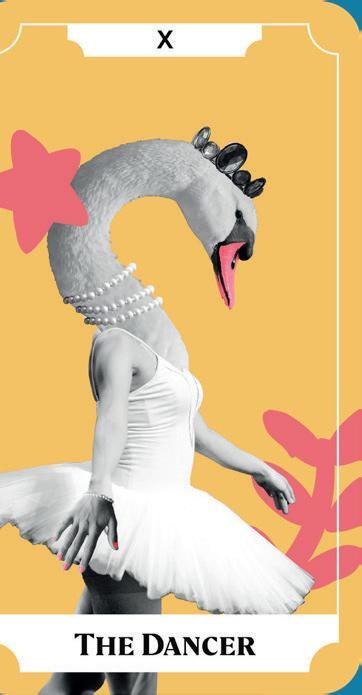


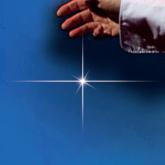








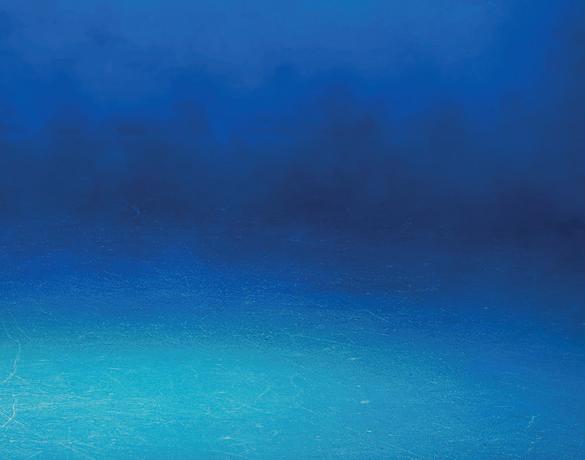



It’s just making someone’s life a living hell for no reason

As veteran indie rockers Bright Eyes embark on a European tour, main man Conor Oberst laments the cruelty of the current US government. In contrast, he declares to Danny Munro that Scots are some of the nicest people in the world
A‘ll my songs are memories, to some degree, and to play a song that’s 20, 25 years old, it’s just an older memory,’ reflects a contemplative Conor Oberst, squinting into the camera from the back garden of his home in Omaha, Nebraska, on a sunny May afternoon. ‘They’re all memories, wishes, bad dreams or good dreams,’ he adds, sounding typically poetic as he describes the daunting task of whittling Bright Eyes’ vast discography down to a 90-minute setlist. Oberst’s penchant for waxing lyrical about the art of live performance has been refined throughout a storied career that started impressively young, helping him cement music industry veteran status before he reached middle age. ‘I’ve been doing this since I was 13, 14 years old, playing shows, and now I’m 45. I’m bad at math,’ he laughs, ‘but I know that’s a lot of shows.’ Oberst is hitting the road with Bright Eyes bandmates Mike Mogis and Nate Walcott on a four-week European tour, with a stop at Glasgow’s Barrowlands pencilled in. Though the band’s recent North American run got off to a rocky start after Oberst was sidelined with an oesophagus issue late last year, a recent string of successful live dates has left the frontman feeling optimistic about the upcoming summer gigs.
‘Sometimes I’ll get worn down, you know. Touring can be exhausting and sort of challenging physically and mentally sometimes,’ he admits. ‘But at the end of the day, playing the music and having that immediate visceral connection with people in the room, I think, is one of the last true venues where people can experience music that’s unfiltered, and I think that that’s really special.’ Having played live for nearly 30 years, the Bright Eyes boys are enjoying the novelty of watching the emo kids who queued up to see them in the 1990s and the 2000s return,
often with children of their own. ‘It’s really great because there’s still teenagers there in their black nail polish and stuff. And then there’s a 65-year-old mom there with her 30-whatever-year-old daughter.’
Though many of their core fans remain, the political backdrop against which Bright Eyes are performing has shifted drastically since the mid-90s. On the day of our interview, Trump announced plans to impose a 100% tariff on films made abroad, and Oberst is immediately impassioned by the mention of a figure he has spent over a decade publicly criticising. ‘Yeah, that’s the problem,’ he cries, ‘Americans are watching too many foreign films!’
Following Trump’s re-election, Bright Eyes set up the Poison Oak Project charity with the aim of cultivating a more ‘just and affirming world’ for LGBTQ+ people in America. ‘They celebrate cruelty,’ says Oberst of his country’s 47th administration. ‘They go after a trans person or an undocumented immigrant . . . it’s just making someone’s life a living hell for no reason.’ Bleak it may be, though compliance is not the answer, Oberst argues. ‘I think we as a society, as Americans especially, but all around the world, we have to stand up and say that’s not acceptable. And we have to use every resource available to us to form a collective resistance.’
Though the political tide may be rising across the globe, Bright Eyes should receive a warm welcome from a like-minded crowd in Glasgow, on a stop that Oberst is always sure to highlight on his calendar. ‘I’m really not trying to blow smoke here,’ he smiles, ‘but for a long time, I’ve always thought that the Scots were some of the nicest people ever. I’m friends with the Belle And Sebastian people and Arab Strap and Mogwai, all that kind of school . . . I love Scotland, I love Glasgow.’
Bright Eyes play Barrowlands, Glasgow, Sunday 22 June.
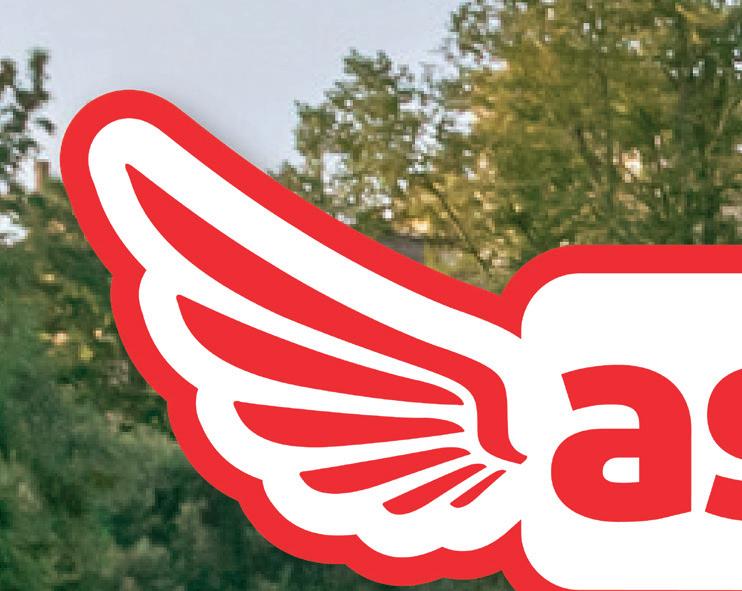
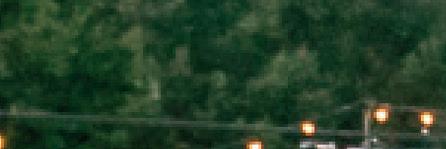








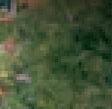



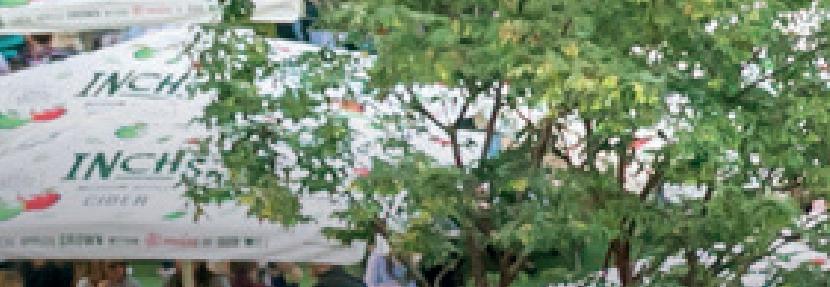














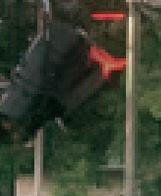





















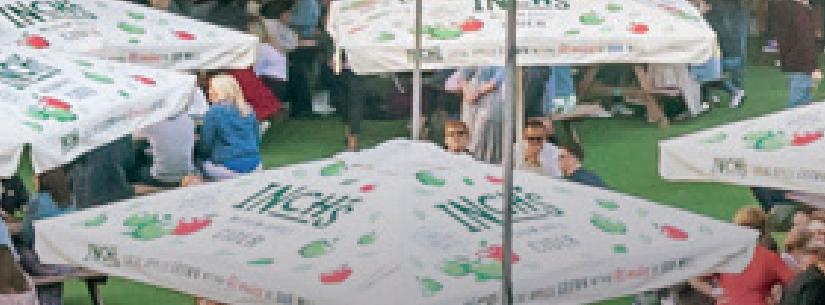




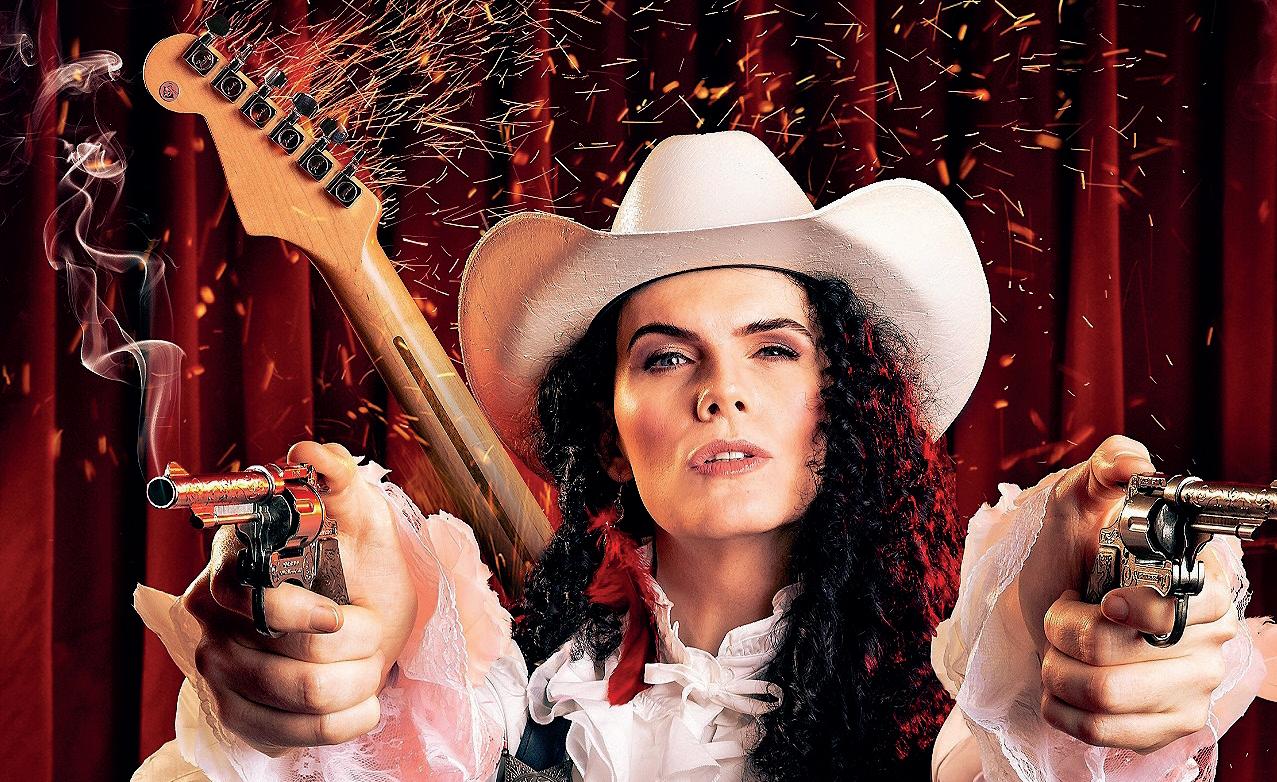



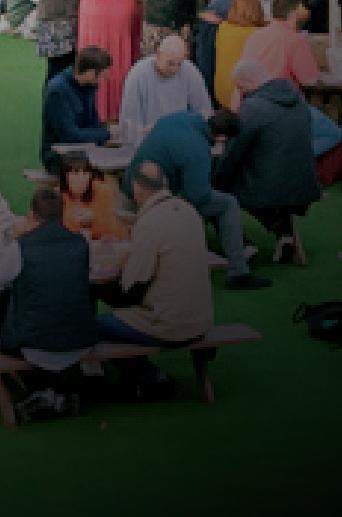
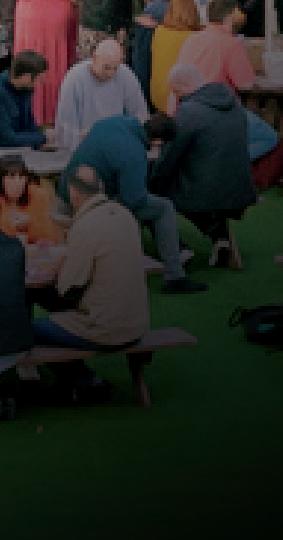
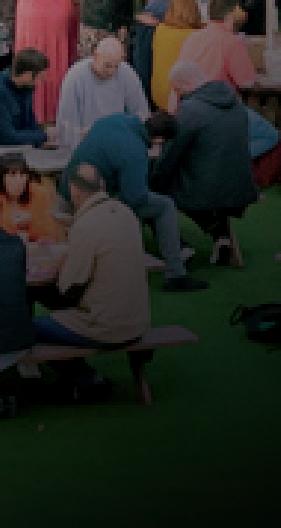

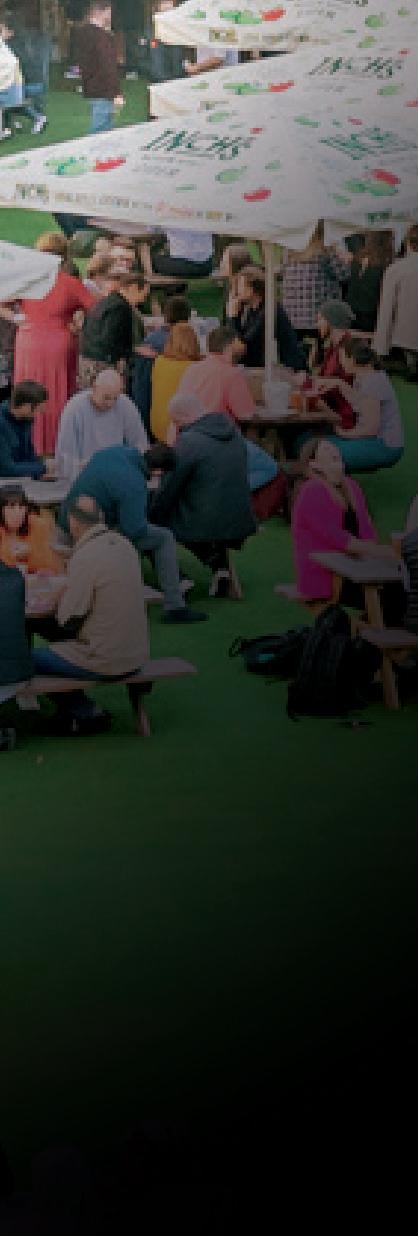


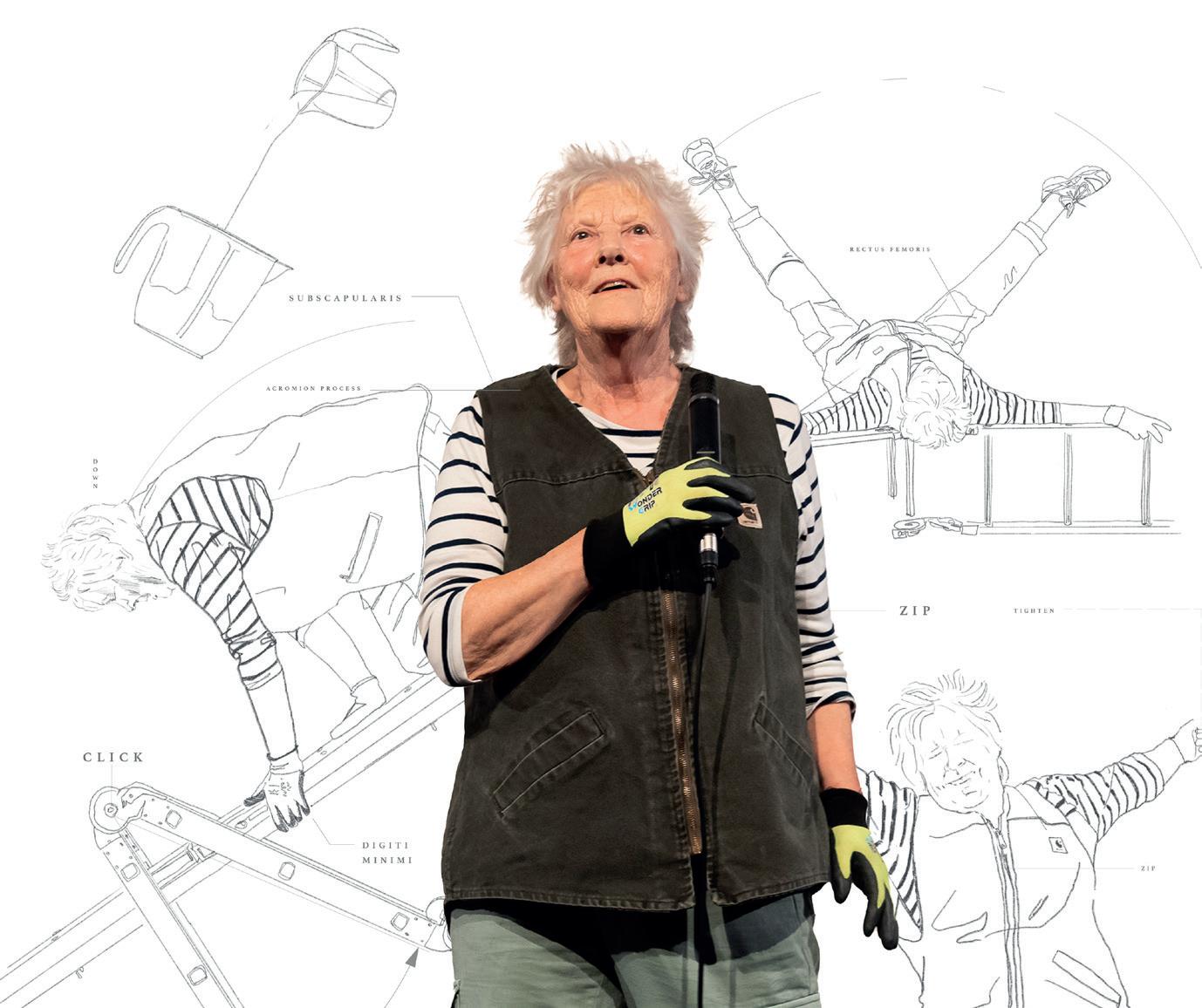


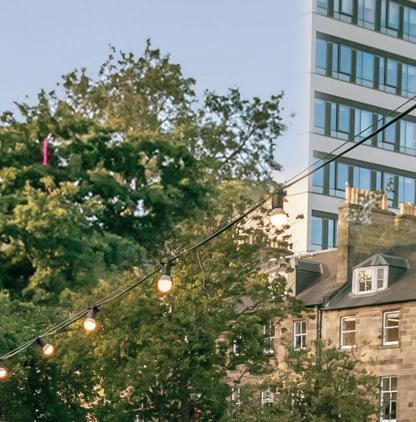









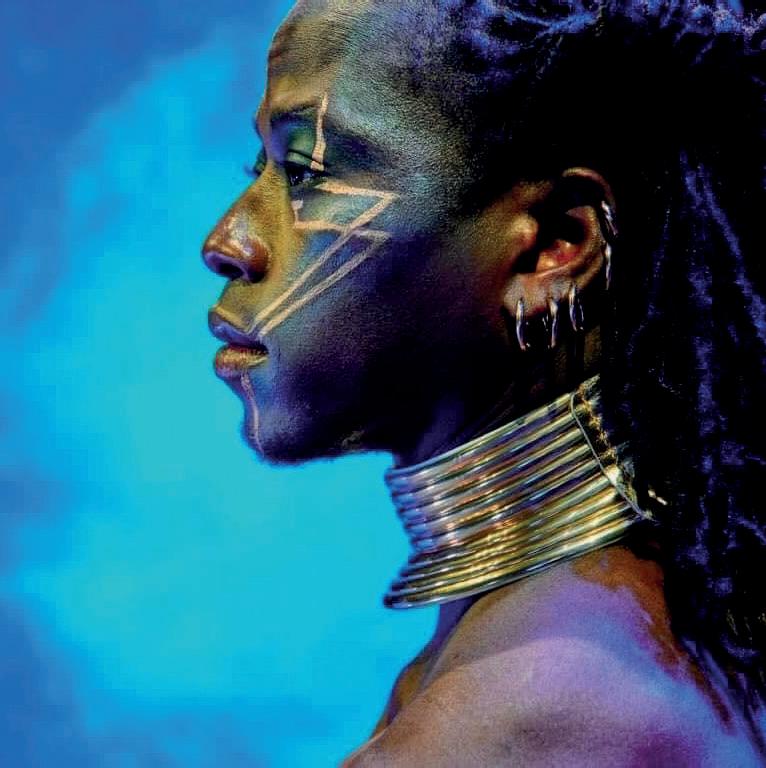


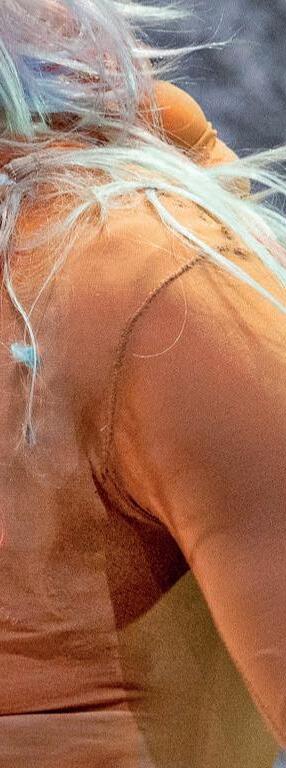



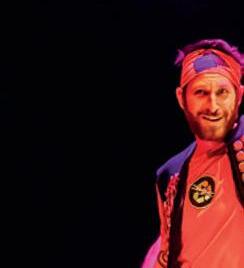
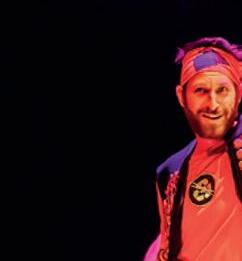





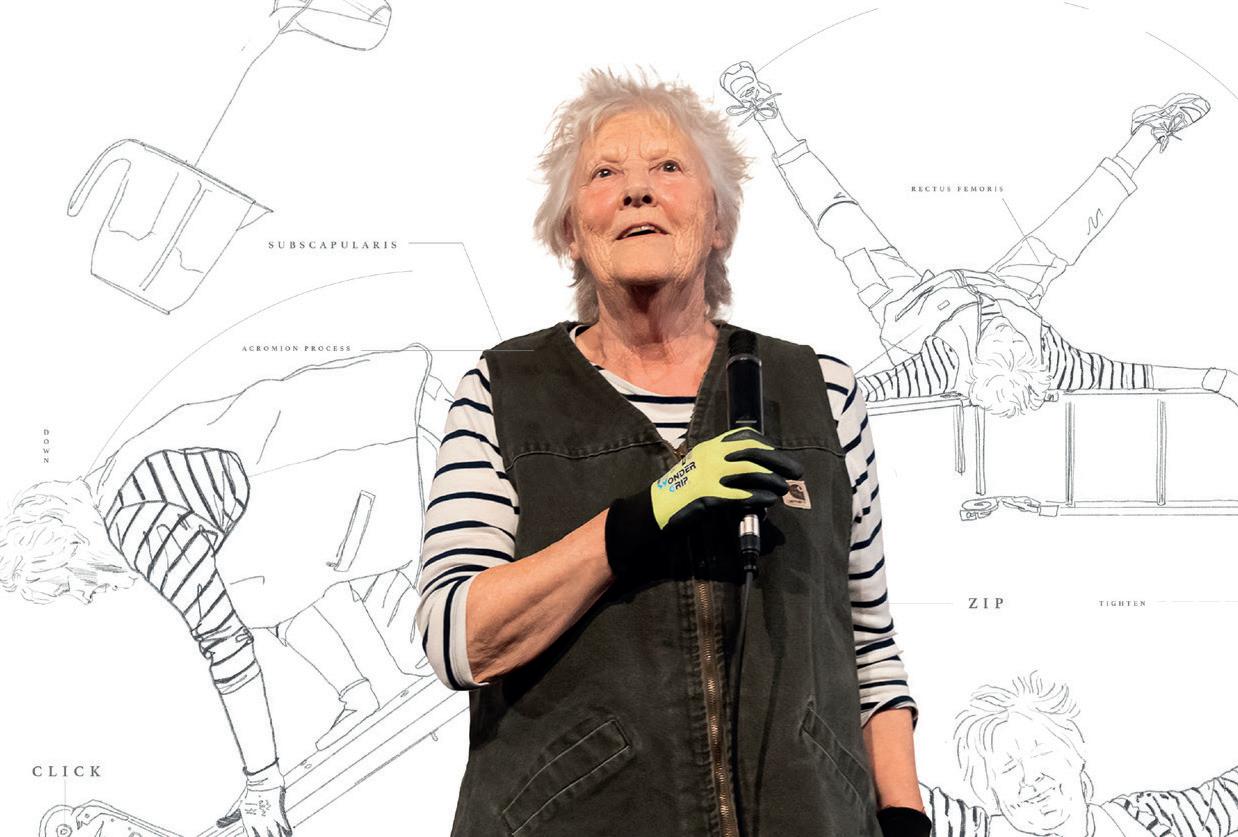













Get yourself away from the central belt and out into various parts of Scotland where the cultural landscape is just as rich and varied. Among the treats are a lush garden exhibition, a very unlikely horror musical, and Strictly’s maltreated whipping boy
ABERDEEN TONGUE TWISTER
Fresh from the Edinburgh International Children’s Festival, Greg Sinclair delivers the story of one man’s attempt to say tongue twisters in as many languages as possible. While also trying to dance, make music and do a bunch of costume changes.
n Lemon Tree, Friday 6 & Saturday 7 June.
MURDER: STAGED
Apparently, a mere 90% of people believe they can get away with murder. This show wonders whether you could be one of them or part of the less criminally inclined 10%. Research psychologist and psychopathy expert Cheish Merryweather is your guide.
n Tivoli Theatre, Thursday 19 June.
DUNDEE GARDEN FUTURES
Subtitled ‘Designing With Nature’, this exhibition explores the history of modern garden design and reveals how our outdoor spaces can shape a greener, more imaginative future.
n V&A, until Sunday 25 January.
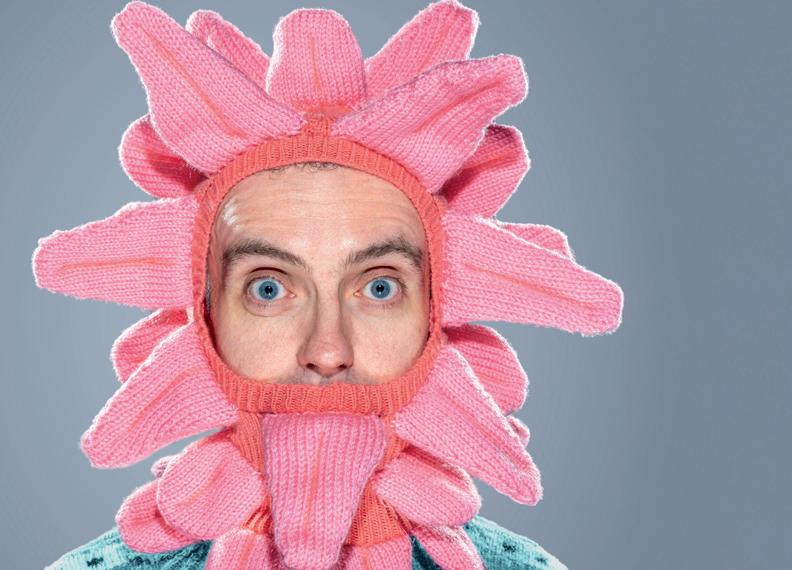
QUEER FOLKS’ TALES
This popular LGBTQ+ storytelling show features another sterling line-up, including Glasgow standup Scott Agnew, singer-songwriter Eyve, poet Aoife Lyall and local comic Adam McLeod. Turan Ali takes on hosting duties.
n Eden Court Theatre, Saturday 7 June.
KIRKCALDY
CARRIE THE MUSICAL
Probably not the first movie you’d pick to take the film-to-musical route but this one has been buckets of fun ever since it premiered way back in 1988. ‘Mean Girls meets Sweeney Todd’, it says here.
n Adam Smith Theatre, Thursday 26–Sunday 28 June.
EDEN FESTIVAL
This family-friendly long weekender houses 250 acts across ten stages with turns coming from the likes of Bob Vylan, The Bluebells, Talisk, Orchestra Baobab, The Joy Hotel, and the mouthwateringly named Strawberry Jam Soundsystem.
n Moffat, Thursday 12–Sunday 15 June.
RHOD GILBERT
The Welsh stand-up made his reputation with shaggy dog stories that were either entirely made-up or flirted with fact and fiction. His Giant Grapefruit show is neither of those things as we hear about his cancer diagnosis and subsequent treatment.
n Perth Concert Hall, Friday 20 June.
PITLOCHRY GREASE
It’s the word, don’t you know. You’ll be familiar with the songs but try not to make it about yourself by getting too exuberant in the aisles and instead revel in being dragged back to 1950s Rydell High.
n Pitlochry Festival Theatre, Wednesday 18 June–Saturday 27 September.
CRAIG REVEL HORWOOD
He may be the audience’s whipping boy on Strictly but he’s forgotten more than those booing knuckleheads will ever know about showbiz. Here, he sings, dances and chats.
n Albert Halls, Wednesday 25 June.



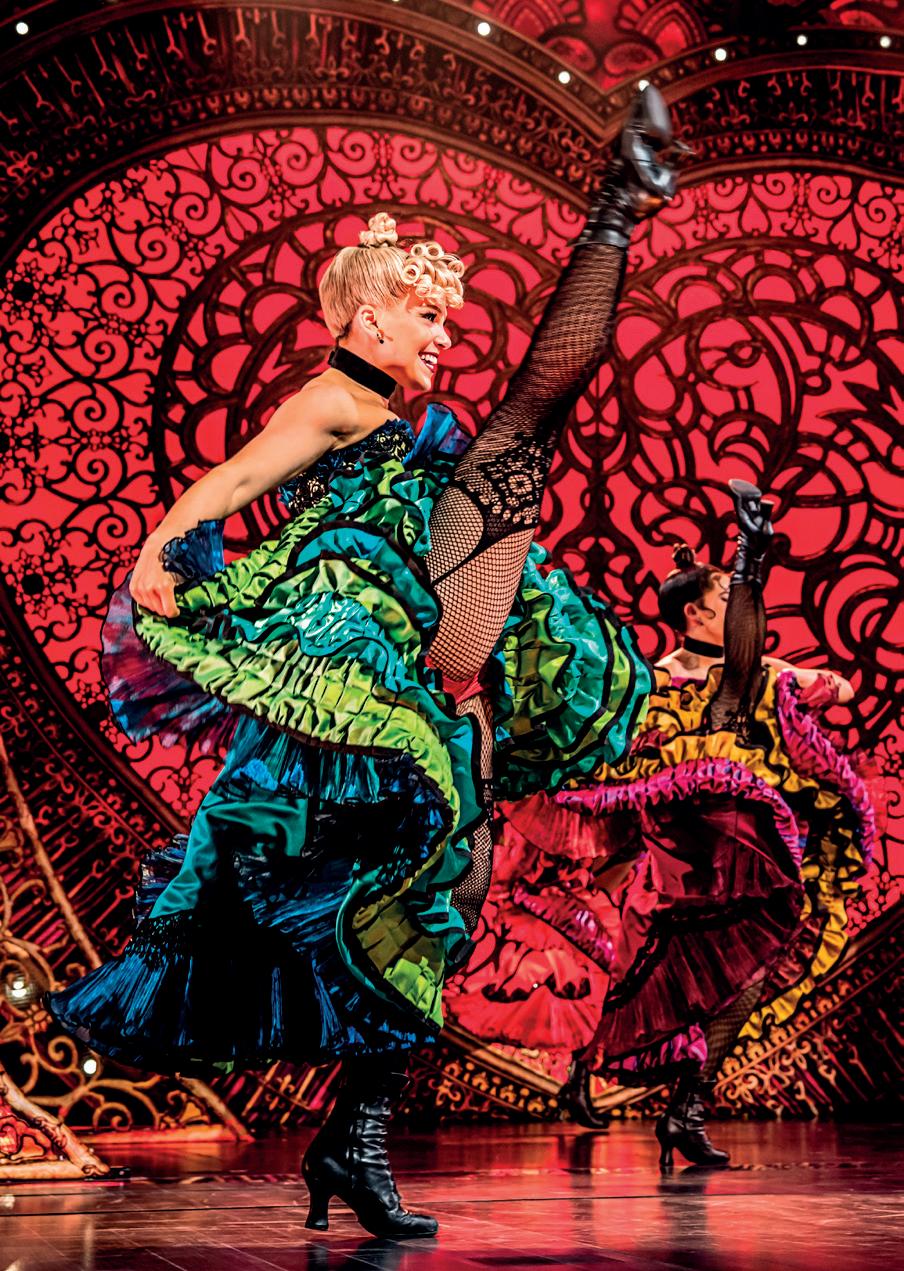
FCan the musical version of Baz Luhrmann’s Moulin Rouge! live up to the eye-popping visuals and big energy of the original movie?
Yes it can-cancan says Rachel Morrell in her rave review

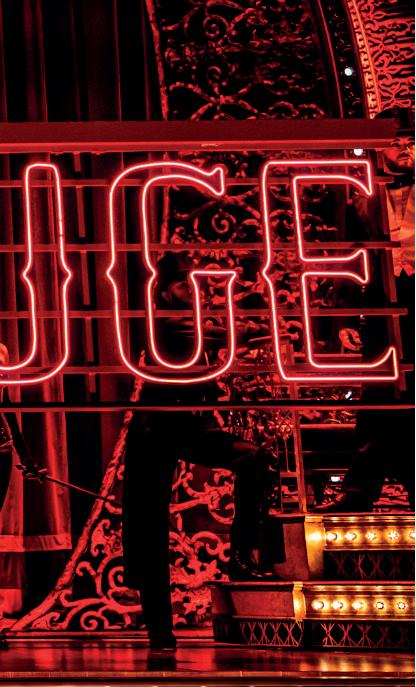

ollowing a much-loved piece of cinema history is no mean feat. With a reputation to uphold and an audience to entertain for around two-and-a-half hours of stage time, it’s hardly surprising that it has taken a minute to get this reinvention of Baz Luhrmann’s classic 2001 film to the first stop on its world tour at Edinburgh Playhouse. But with ten Tony Awards tucked under its belt, a fresh cast and a depth of detail to the production that makes you want to crawl in and live underneath the Parisian night sky, seeing Moulin Rouge! played out in the flesh (of which there is plenty) is absolutely worth the wait.
The show tells the story of lovers Satine and Christian, who navigate the fickle affections of an aristocratic donor to save the bohemian Moulin Rouge nightclub (and themselves) from a dark and impoverished fate. We are placed in the world of Montmartre and its cabaret scene, with set design from Derek McLane that not only appears to explode from the stage, but slaps you in the face with colour and vibrancy on its way out.
Enthralling and technically immaculate, this element almost steals the show. That is, if it had not been for the cast, in a glittering array of costumes designed by Catherine Zuber that are certainly not for the kids (or the faint-hearted), but which nonetheless create
the perfect amount of magnetism for each breathtaking adventure. The refreshingly diverse ensemble seem to relish in the chaos and extravagance just as much as the audience, delivering everything from the can-can to modern dance with infectious energy. Not a note or toe is out of place and the pace slows only when bound to the romance of the central tragic love affair.
Satine and Christian, played by Verity Thompson and Nate Landskroner, showcase impressive vocal range and stamina, as musical moments from every genre intertwine with the story. Using songs from the original film (‘Lady Marmalade’ of course) contrasted with certified pop classics from the likes of Rihanna, the music doesn’t feel forced or misaligned with the action.
Fusing the revolutionary spirit from the streets of Paris with the flamboyance, tragedy, seduction and humour of the modern jukebox musical genre, Moulin Rouge! unrelentingly captures our attention. Multi-dimensional, sparkling and entirely true to the magic of Baz Lurhmann’s original vision, it’s an unforgettable theatre experience which will have you feeling joy, pain and everything in between.
Moulin Rouge! The Musical, Edinburgh Playhouse, until Saturday 14 June.
SCO Wind Soloists in Concert
Wed 11 Jun Kames Village Hall
Thu 12 Jun Kilmelford Village Hall
Fri 13 Jun Crianlarich Village Hall
Sat 14 Jun Gartmore Village Hall
SCO Strings: Summer Serenade
Thu 12 Jun Brechin Cathedral
Fri 13 Jun Fochabers Public Institute
Sat 14 Jun Fortrose Academy Theatre
Schubert Symphony No.5
Thu 19 Jun Badenoch Centre, Kingussie
Fri 20 Jun Golspie High School
Sat 21 Jun Universal Hall, Findhorn
East Neuk Festival Opening Concert
Wed 25 Jun The Bowhouse, St Monans
Schubert & Mozart
Thu 26 Jun Stirling Castle
Fri 27 Jun Queen’s Hall, Dunoon
Sat 28 Jun Town Hall, Hawick
Summer Classics
Thu 17 Jul Town House, Hamilton
Fri 18 Jul Castle Douglas Town Hall
Sat 19 Jul Ayr Town Hall
Edinburgh International Festival
Sat 9 Aug Usher Hall, Edinburgh
Wed 13-Sat 16 Aug Edinburgh Playhouse
Rossini & Schubert
Wed 27 Aug Airdrie Town Hall
Thu 28 Aug Blair Castle, Blair Atholl
Fri 29 Aug Eden Court Theatre, Inverness




Solange Pessoa’s new exhibition has a gentle but unmistakeable odour to it. It might remind you of a walk around a Scottish Highland coastline or a little Hebridean island: a mixture of sheep, seaweed and wildflowers. As you approach one of the big, knotty piles of raw wool that line the main gallery space, or a gathering of moss, kelp or chamomile, you might begin to figure out where the overall musk is emanating from and to pick an olfactory route around the 25 interlinked sculptures-cum-installations.
Born in the lush Minas Gerais province of south-eastern Brazil in 1961, Pessoa is evidently an artist with a deep, sensual connection to landscape. Her sculptures somehow demand not only to be seen but to be touched, sniffed and lived with in a more all-encompassing way. This latest collection includes works in ceramics, bronze and textiles, mostly ovoid, tubular or spherical, like giant seedpods or fruiting bodies, nestled in blankets of real-life leaves, flowers, reeds and animal fur.
There is a by-played narrative quality to the show, which proposes some alternative universe in which these pieces of art are living, organic bodies, propagating across the gallery space as if it were an interlinked ‘field’ of intelligent life-forms. Indeed, the work is almost sci-fi in connotation, suggesting some hyper-fecund alien world populated with giant squashes and pulses. In the venue’s Hidden Garden, a set of works in oiled and earth-mottled textiles sits at the base of a grove of pine trees, like mysterious animal droppings or nuggets of sticky sap.
If there’s a criticism to draw, it’s that the framing of this exhibition leans on a series of fairly paradigmatic ideas within ecological art: deep time, ritual, more-than-human life. Not much new ground is broken here critically speaking, but when an exhibition is this lovely to experience, it doesn’t seem to matter much. (Greg Thomas)
Tramway, Glasgow, until Sunday 5 October.

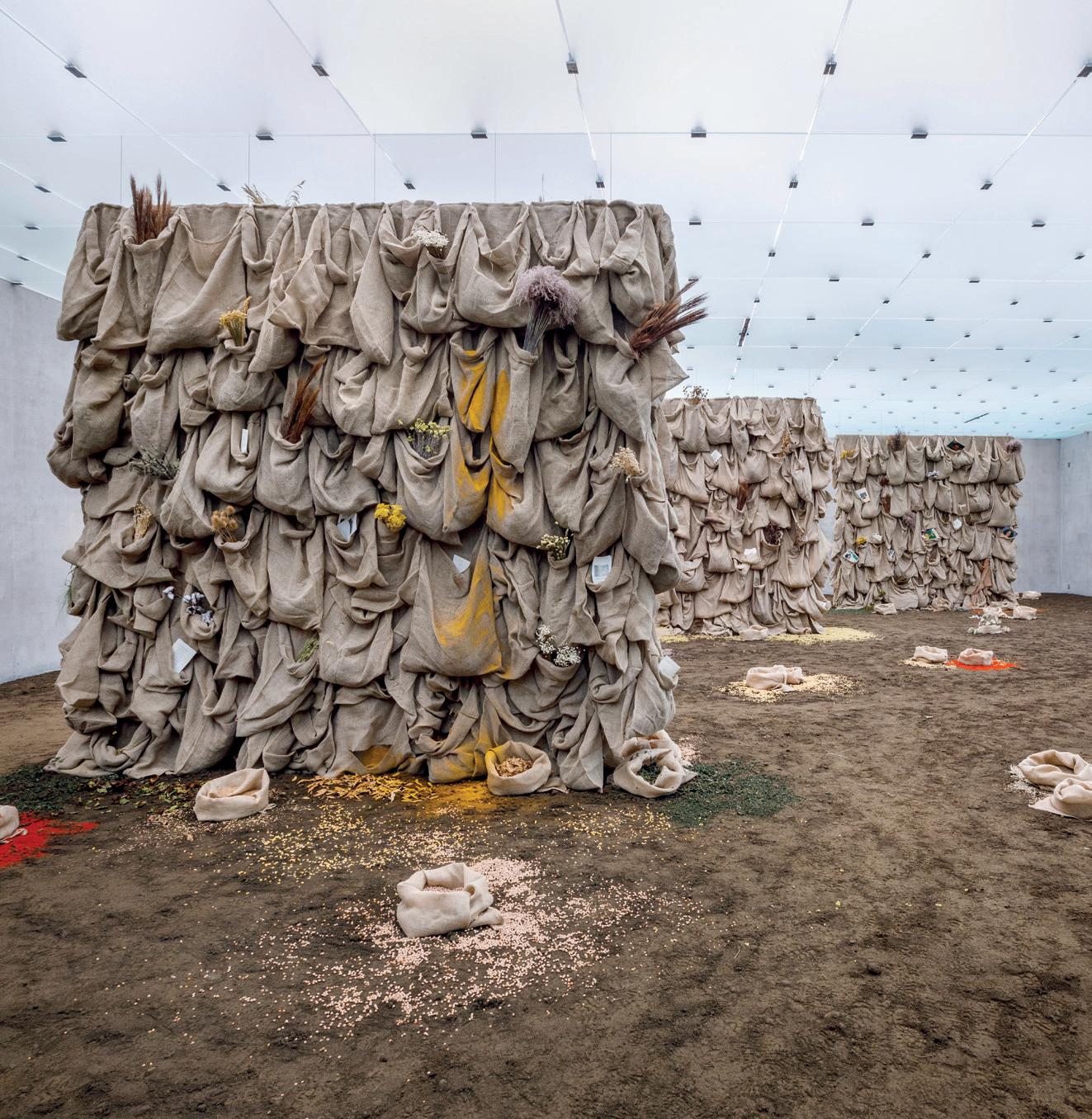









A bracing antidote to Hollywood-style romcoms, set partly on the Isle Of Skye, Falling Into Place is the directorial debut of German actress Aylin Tezel (7500, Scrapper), who also pens the screenplay and takes on leading lady duties. Sensitive, fearlessly honest and forgiving, it sees two people make a connection amid the ongoing chaos of their lives.
The film tells the story of Kira (Tezel) and Ian (Outlander’s Chris Fulton) who, after catching each other’s eye on a bus, meet properly in Skye at the tail end of a drunken night out. Kira’s getting away after painfully separating from her partner Aidan (Rory Fleck Byrne), returning to a place they once stayed; Ian is there catching up with friends and visiting his mother and ailing father (Kathryn Howden and Michael Carter), while shamefully avoiding his suicidal sister Annie (Anna Russell-Martin). Unbeknownst to either, they both live in London.
After a Before Sunrise-like night of larking about and baring their souls, the pair go their respective ways. Back in the big city, Kira is still struggling to get over her ex, but starts to make progress as a set designer and artist with the encouragement of director Lewis (Samuel Anderson). Meanwhile, musician Ian is a kept man in an unhappy open relationship with Alexandra Dowling’s Emily.
A few understandable contrivances aside, Falling Into Place feels refreshingly authentic as it presents two flawed and flailing characters who need to figure things out and fix themselves before they can successfully come together. It’s lovingly shot while acknowledging the complexities of life, and Fulton and Tezel give natural performances and share chemistry as a couple. The script sometimes resorts to trite sentiments, but the rawness of the emotions and sincerity behind the story shine through. (Emma Simmonds)
In cinemas from Friday 6 June.






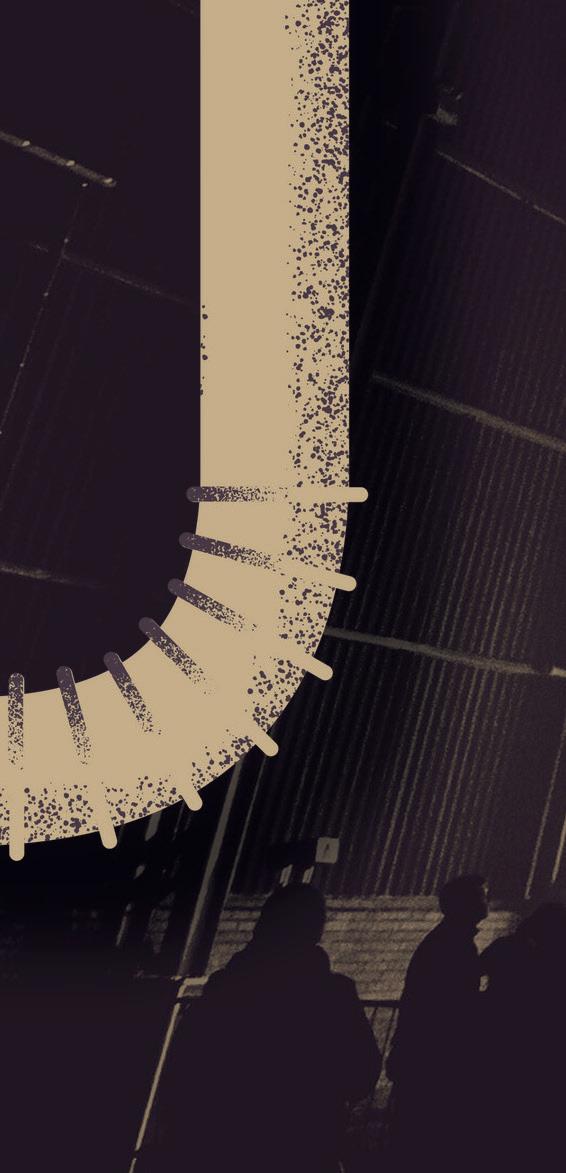




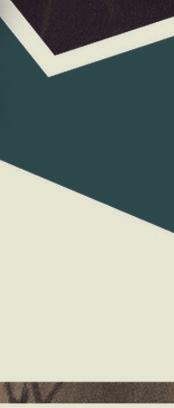






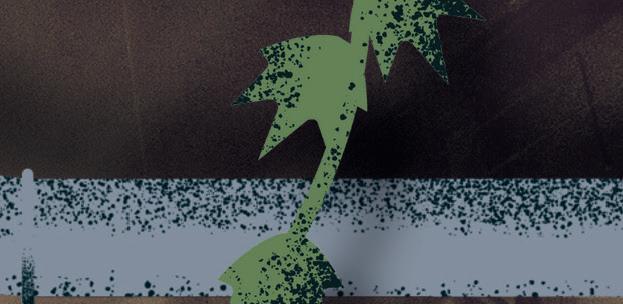

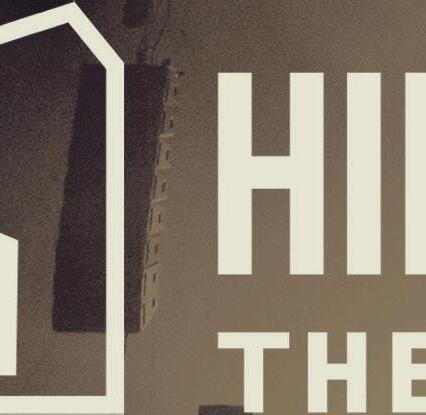



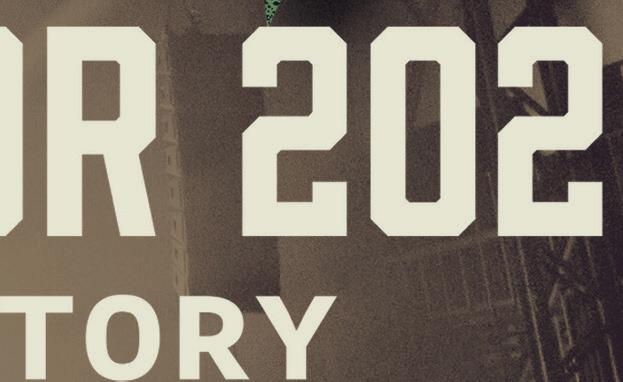


WEDNESDAY 11 - SUNDAY 15 JUNE




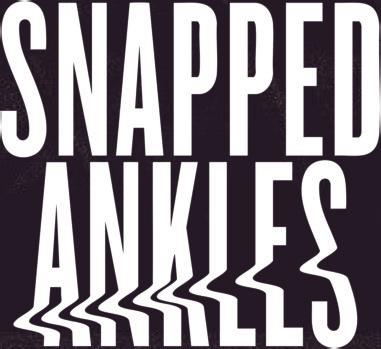







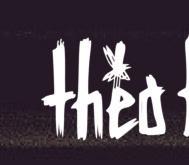

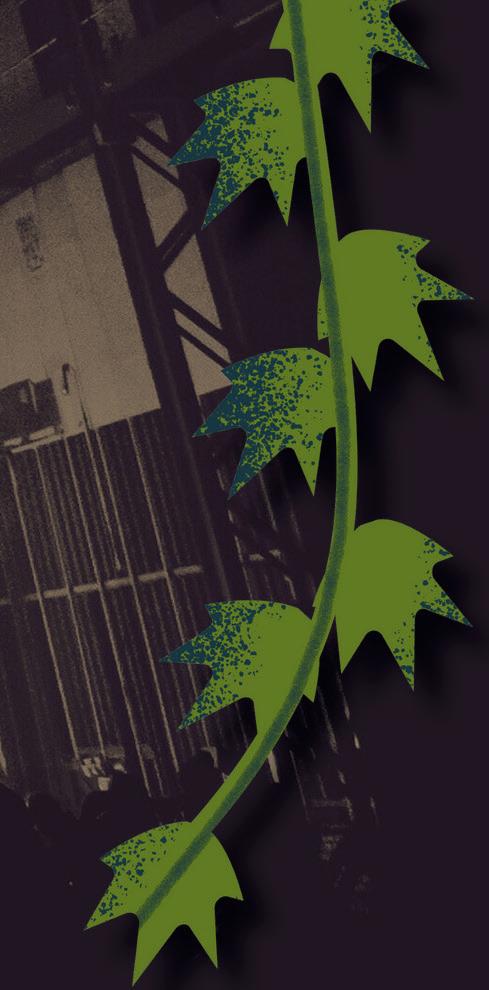




















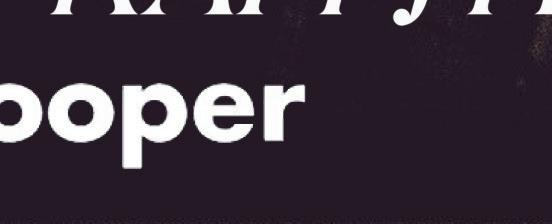













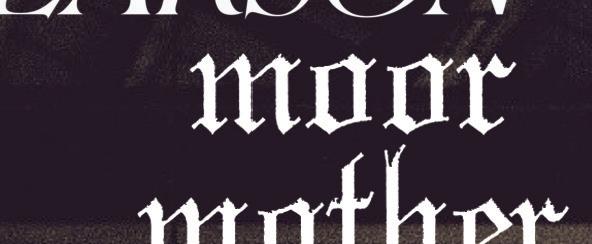







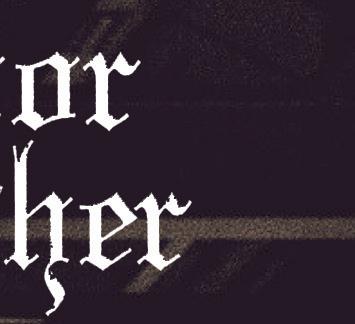














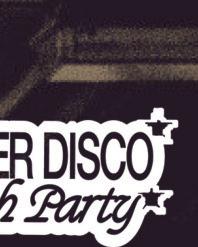























































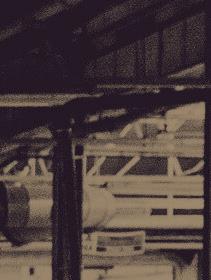












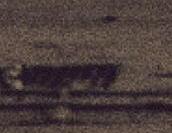




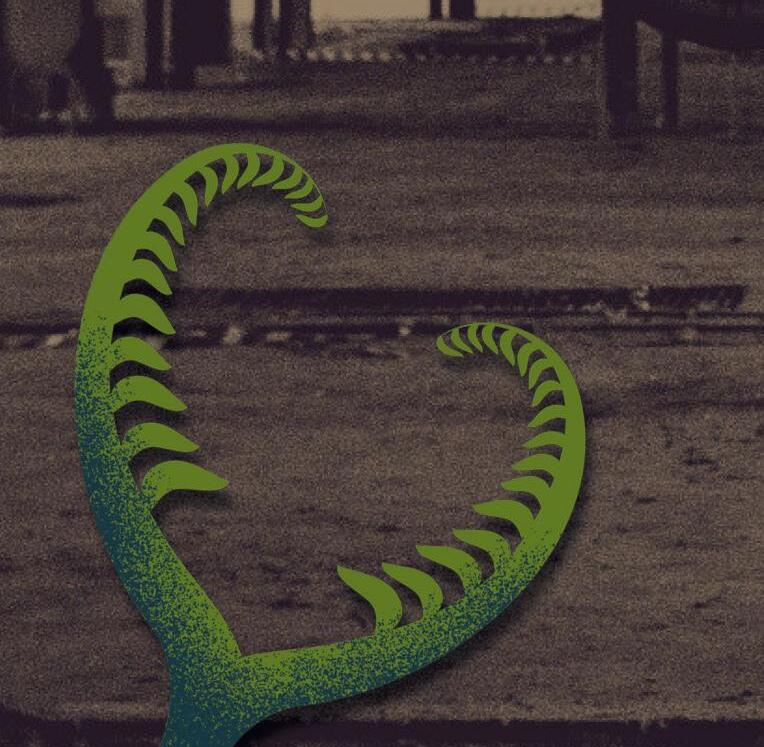








































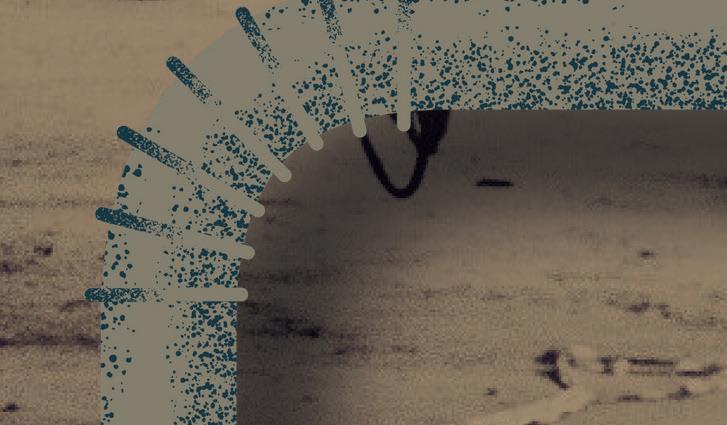

































Thanks to the clever humour of Scottish Opera’s two pairings of librettist and composer, this is a genuinely fun evening. Perhaps it’s only in contemporary Scotland that gags about politicians and motorhomes are almost guaranteed to raise a laugh. However, the points that Emma Jenkins and Toby Hession (who excels as conductor as well as composer) raise in A Matter Of Misconduct! (their response to Gilbert And Sullivan’s legal satire, Trial By Jury) are apparent all around.
This misconduct is drawn from political hypocrisy, material greed and power-mad egos. Party leadership contender Roger Penistone (‘Penistone For Growth’ is the vote-winning slogan) and his wellness guru wife, Cherry, whose precarious GUSH! brand has taken on dodgy financial backing, are convincingly played by the company’s Emerging Artists Ross Cumming and Chloe Harris. Both evidence strong operatic skills that will easily see them to the next stage of career success. Along with fellow Emerging Artists Kira Kaplan and Edward Jowle, and Scottish Opera veteran Jamie MacDougall, they appear in both works. While each piece benefits from reflecting the other, the 150-year-old Trial By Jury, transplanted to a 1980s live TV studio, especially gains from the perspective given by this new opera. Too silly and frilly (whether the sickly fuschia dresses or hyper stage movement), the sung words lacked the clear diction essential in setting G&S apart. Fortunately, there were surtitles and Scottish Opera’s orchestra was on top form. (Carol Main) Festival Theatre, Edinburgh, Friday 6 June; reviewed at Theatre Royal, Glasgow.
Like many other attempts to convert a well-loved film into a barnstorming musical (Wild Rose, Orphans and Local Hero), the adaptation of Restless Natives flounders in its transition from screen to stage. Rather than aggressively explore the political implications of two modern-day Robin Hoods or replace the expansive scenes of the Highlands and Big Country’s chiming, anthemic soundtrack, Perth Theatre’s production emphasises a romantic subplot, wistful patriotism and broad comedy, relying on sentimentality and the cast’s gusto.
When two young men feel the lack of opportunity in Thatcher’s Scotland, they take to the road as bandits, stealing from tourists and offering much-needed hope to the people of Edinburgh. Ironically, they become a tourist attraction themselves as they’re dragged further into the violent implications of their actions. The first act promises an investigation into the conflict between ambitious youth and social restraint, the competing ideas of justice and romantic rebellion: the repeated refrain of Big Country’s eponymous hit aligns the duo of Clown and Wolfman with Robert The Bruce and Rob Roy. Yet the emergence of a serious gangster in act two, and the romance between Wolfman and a tour guide, reduces the action to a simplistic morality tale.
There are glimmers of brilliance: a set which captures both the open road and oppression of a country reduced to a holiday destination; the charisma of the leads and the ensemble’s versatility; the conflicted emotions of the police and, in a single song, an analysis of male fragility that is all too quickly resolved. Unfortunately, these are lost in a score that is predictable, a libretto that relies heavily on a rhyming dictionary (reducing emotions to cliché), and a failure to replace the cinematic scope of the source with a forceful theatricality. (Gareth K Vile)
Leith Theatre, Edinburgh, Saturday 7–Saturday 21 June, King’s Theatre, Glasgow, Tuesday 24–Saturday 28 June; reviewed at Perth Theatre.



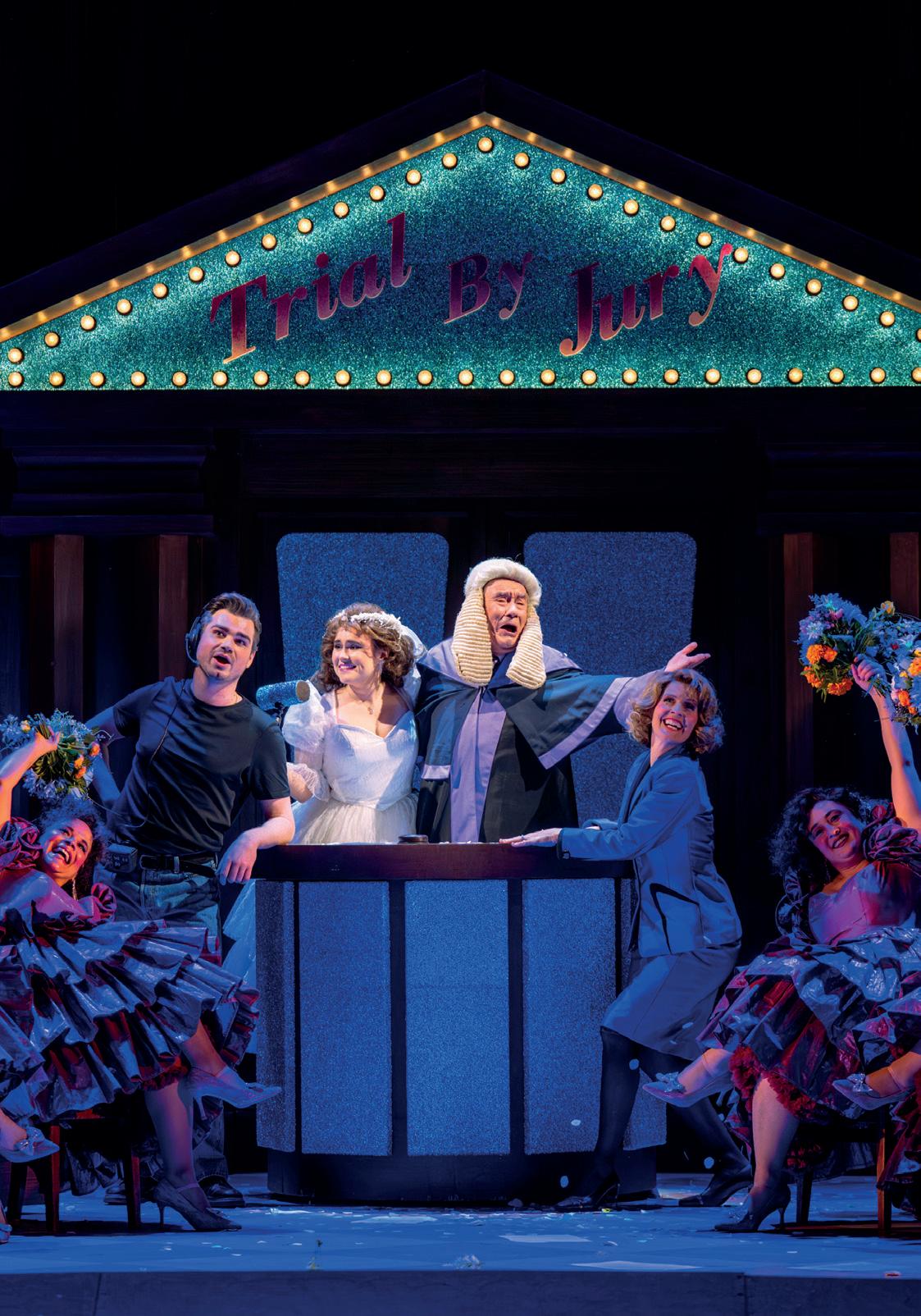




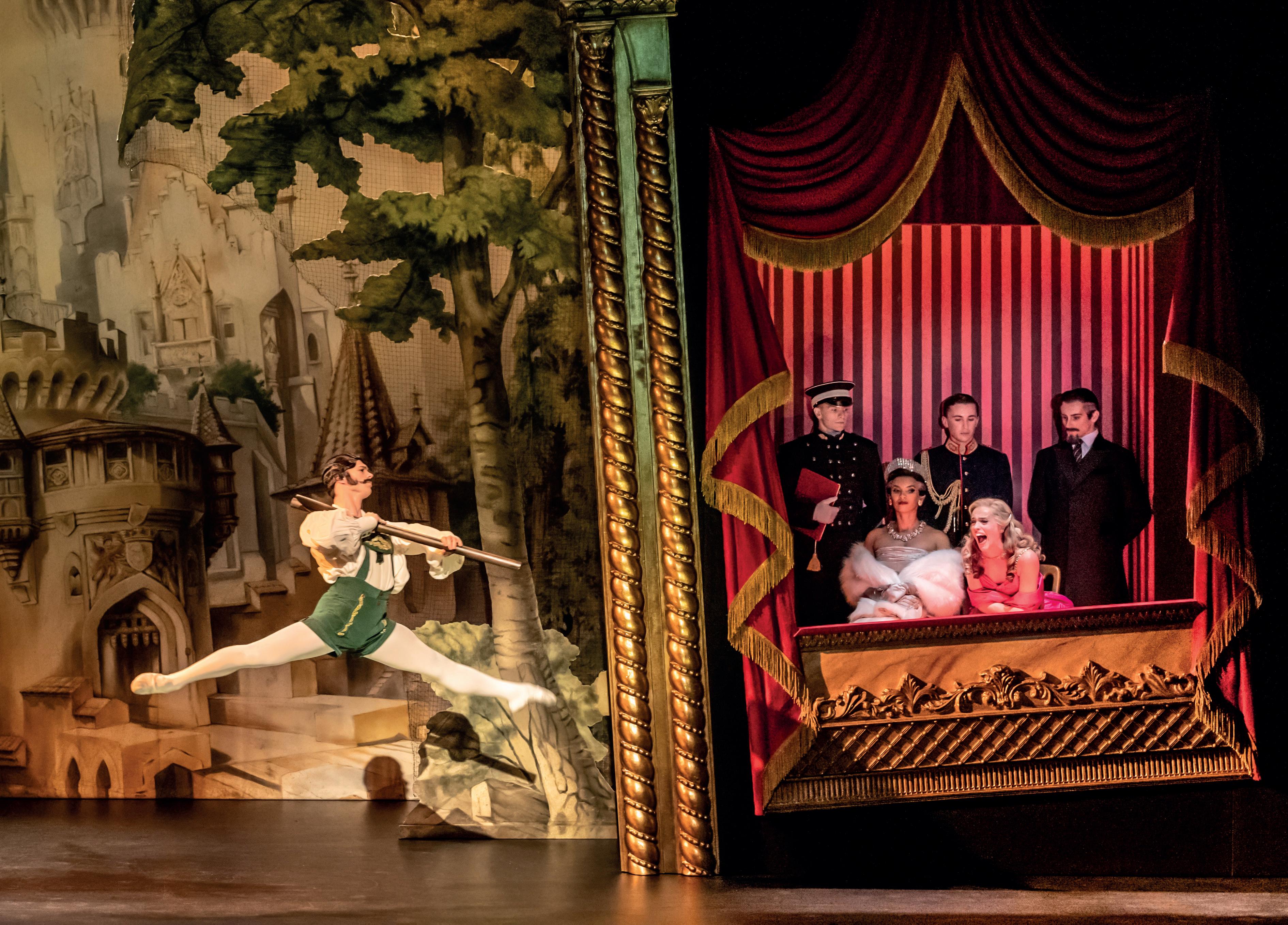


A choreographic, theatrical and emotional tour de force as Matthew Bourne’s modern take on a classical standard hits home time and time again. Kelly Apter is enthralled
t says something about Matthew Bourne’s forward-thinking approach that 30 years after it hatched, his Swan Lake still looks as fresh as morning dew. Of course, the ballet itself is over 150 years old, so going the distance in this genre is par for the course. But back in 1995, when the show first opened in London, Bourne took more than a few risks. Three decades, copious awards and countless performances later, however, his alternative approach to casting feels almost more natural than the original.
For swans, as we know, are beasts of muscular force. So when the 14-strong all-male corps de ballet stretch their powerful, wing-like arms or leap through the air, it feels utterly appropriate. Despite following the same structure as the Lev Ivanov/Marius Petipa 19th-century ballet and using Tchaikovsky’s evocative score, Bourne made Swan Lake very much his own. Not just choreographically, with his highly accessible blend of contemporary dance and ballet sprinkled with recognisable dancefloor moves, but theatrically.
The wit at play during the prince’s morning ablutions (as a platoon of servants wash his armpits and brush his teeth for him) or when a visiting socialite princess falls short of British politeness again and again is laugh-out-loud funny. In fact, there’s so much fun to be had during acts one and three, that the drama, conflict, desperation and tragedy of acts two and four hit home more than the original ever could. Perhaps it’s the modern references (a mobile phone call during a theatre visit, paparazzi hordes and tabloid headlines) that bring the characters closer to our hearts; or maybe it’s simply great acting.
Either way, we feel every emotion that comes our way. Leonardo McCorkindale, in particular, gives a masterful performance as the young prince who slips seamlessly from bored to suicidal, love-struck to heartbroken. If you’re not reaching for a tissue by the end, that’s on you, not them. Thirty years on, this giant of a show continues to entertain and devastate in equal measure.
Swan Lake, Theatre Royal, Glasgow, Monday 2–Saturday 7 June; reviewed at Festival Theatre, Edinburgh.
Love, loss and musical integrity fuel this endearing comedic fable, written by and starring Tom Basden and Tim Key, who transform their BAFTA-nominated 2007 short into a slim yet satisfying feature.
TV director James Griffiths (Bad Sisters), whose only film credit to date is the underwhelming Cuban Fury, helms with freewheeling, appropriately folksy charm.
Key plays Charles Heath, a two-time lottery winner living an isolated life on the titular island who books Basden’s rock star sellout, Herb McGwyer, for a private gig for half a million quid, putting him up in his ramshackle home. Unbeknownst to his bemused and bad-tempered guest, Charles has also invited along Herb’s ex and former folk-duo partner Nell (Carey Mulligan), who arrives with her American husband Michael (Akemnji Ndifornyen) in tow. Fleabag’s Sian Clifford plays local shopkeeper Amanda, who is tickled by the visitors’ unusual requests.
Powered by Charles’ love of a pun, the script is witty and wonderfully daft, and the casting spot on. Basden and Key share a seasoned comic rapport, while a delightfully confused Clifford steals every scene she’s in. Mulligan, too, is charm personified, lighting up the screen when she arrives and seemingly enjoying herself immensely, even if her character is held at a slightly frustrating remove. Ndifornyen, unfortunately, feels wasted.
What’s most impressive is how well The Ballad Of Wallis Island works in some of its more serious themes. Herb’s journey back to his musical happy place might be a predictable one, yet it’s convincingly conveyed by an understated Basden. And through Key’s comedically masterful and emotionally nuanced turn, we see how Charles’ eccentricity and gag-making are his defence against loneliness and grief. Bit by bit, the quirkiness makes way for something more in a beautiful exploration of what music means to us. (Emma Simmonds) In cinemas now.
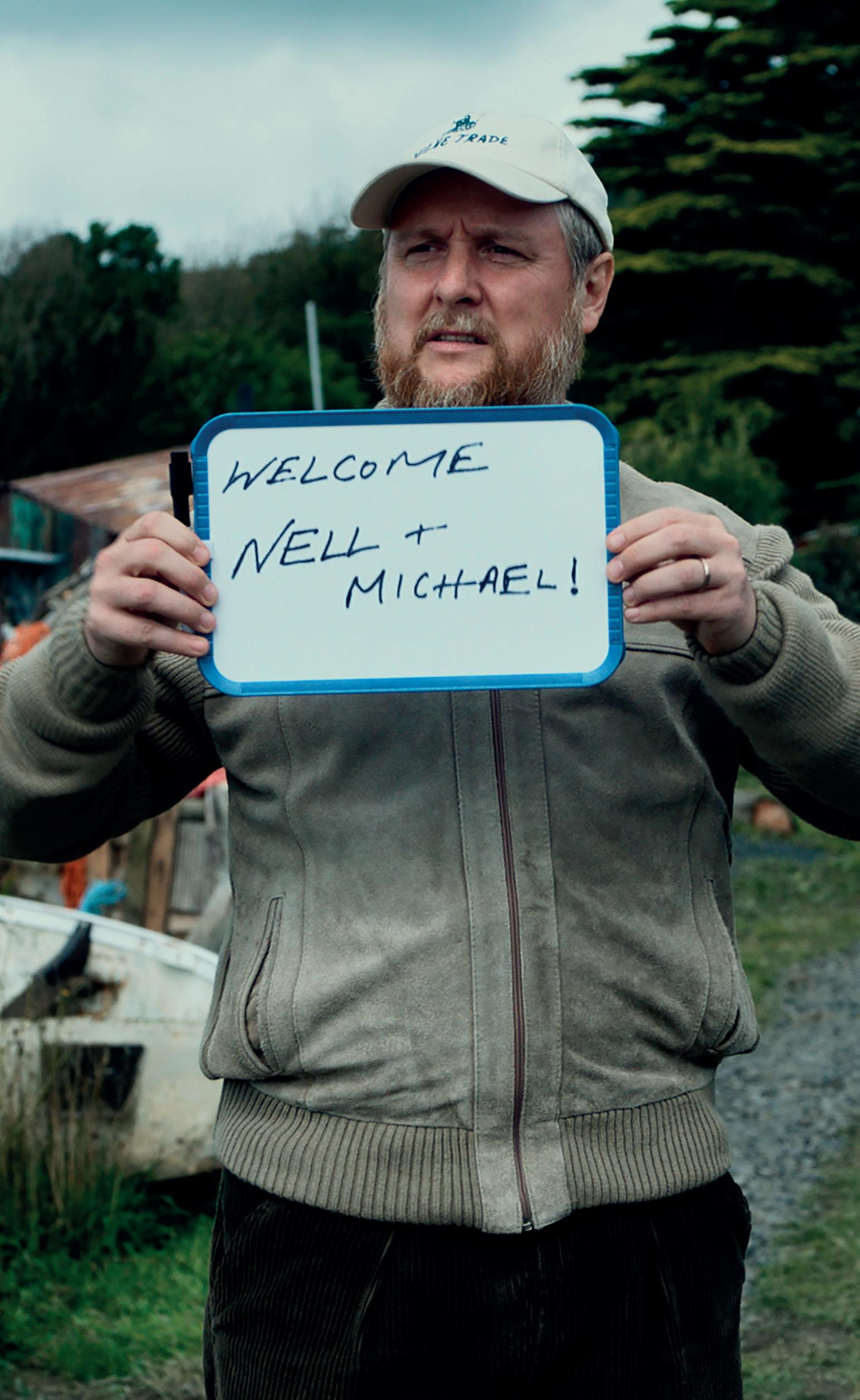
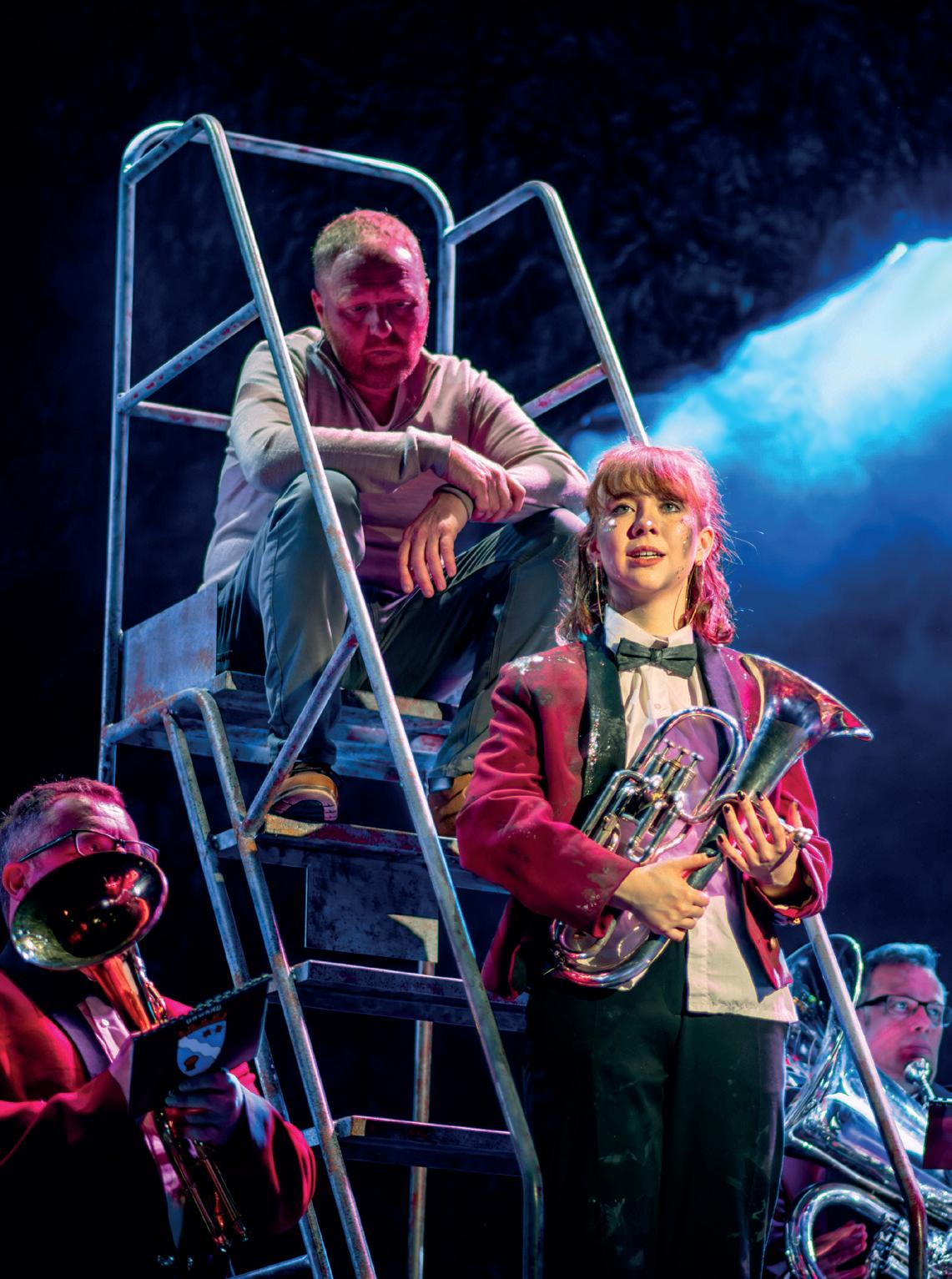
In a small town haunted by the legacy of the miners’ strike, 17-year-old Keli is the most talented member of the Snaresbrook Mineral And Coal Company Band. As she struggles to prepare for their upcoming competition at the Royal Albert Hall, she must also juggle commitments at her retail job and look after her fragile, agoraphobic mother.
Keli begins in an abandoned mineshaft, where the title character finds herself trapped with a kind but eccentric old socialist to whom she recounts her tale. The first thing that stands out is Liberty Black’s performance as Keli. She’s brash, lashes out and leaps to conflict in an instant, and delivers flawlessly on the comic moments, but there’s a clear fragility underneath it all. Keli is a teenager with the weight of the world on her shoulders.
Martin Green’s play is ultimately about community, and specifically how difficult histories have the power to both unite and divide. Keli herself is two generations removed from the strike and cannot always understand its impact on the other characters, from her policeman grandfather’s shadow hanging over her family to band leader Brian’s utter devotion to the band. Through complex, tenderly portrayed relationships, the audience comes to understand the people of Anston just as Keli does. Keli’s relationship with Brian is especially moving. As the two learn more about each other’s struggles, a touching father-daughter relationship emerges.
Not quite a musical, but music is still an integral part of Keli. Moments of stress are highlighted by a cacophonous hubbub, while Keli’s rehearsals in the abandoned water tower produce angelic, plaintive notes that echo through the theatre. Music takes centre stage at the play’s climax, when the audience are treated to a full band performance. It’s the perfect way to end a story about community, family and solidarity. (Isy Santini)
Tramway, Glasgow, Wednesday 11–Saturday 14 June; reviewed at Lyceum Theatre, Edinburgh.


Overdrive as part of The Neighbourhood Variety Show (and bottom from left), Lucy Dacus, How To Train Your Dragon, Picture You Dead
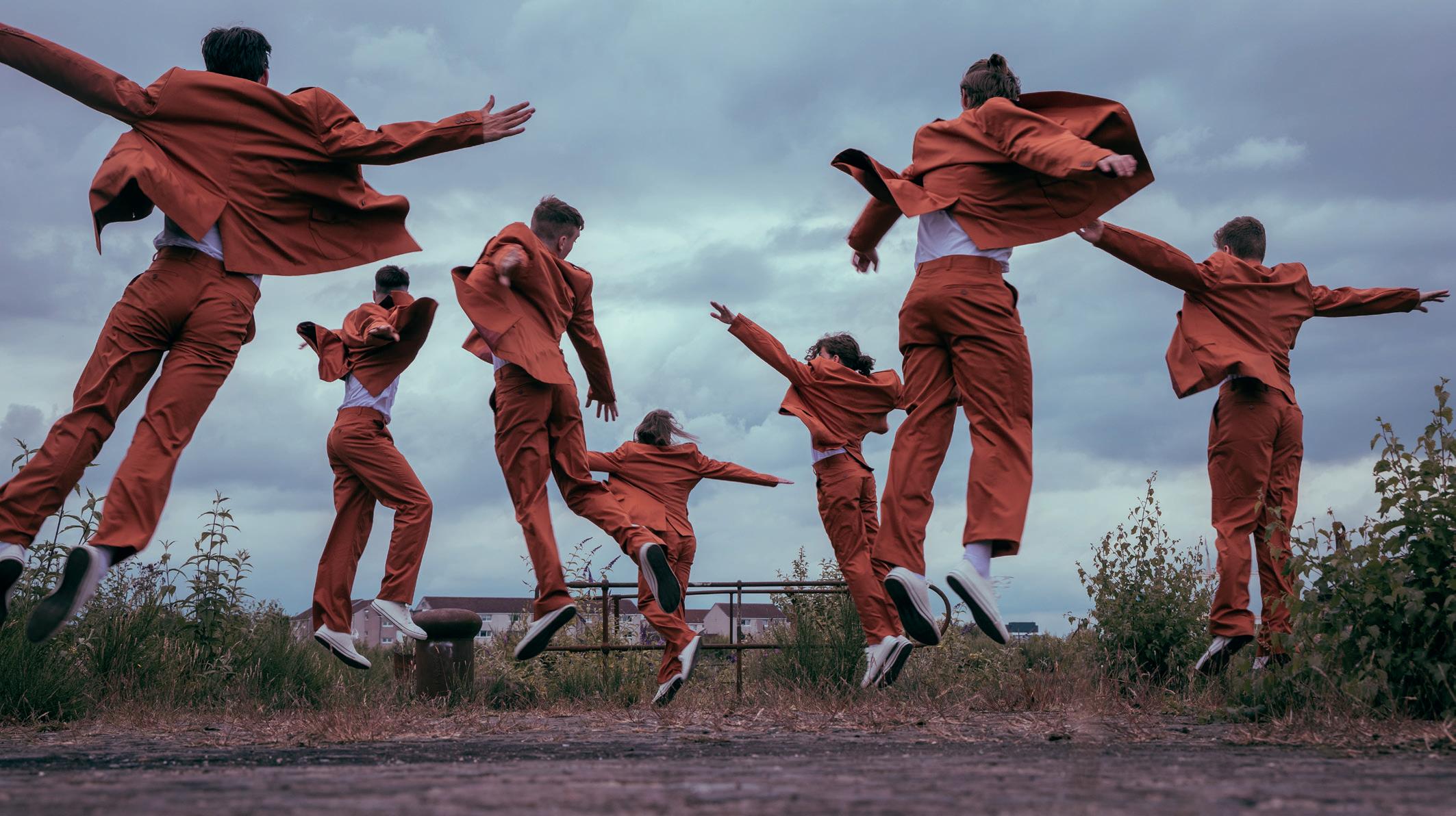
If you fancy getting out and about this month, there’s plenty culture to sample such as a charming beer-spilling and rhymetossing poet, the live-action version of a beloved animated movie, and the stage adaptation of a classic whodunnit
ART RESISTANCE
With the subtitle of ‘how protest shaped Britain and photography shaped protest’, this exhibition has been conceived by Steve McQueen. It features the stories and images from British history which have until now been buried deep in the archives.
n National Galleries Scotland: Modern Two, Edinburgh, Saturday 21 June–Sunday 4 January.
COMEDY
TIM KEY
Fresh from movie success in The Ballad Of Wallis Island, the ‘people’s poet’ (more likely his words than anyone else’s) jaunts across the country for a ‘lowgrade’ tour in support of his latest wry publication. n Òran Mór, Glasgow, Monday 16 June; Monkey Barrel, Edinburgh, Tuesday 17 June.
KIDS
THE LION, THE WITCH AND THE WARDROBE
Take a trip to Narnia as this West End hit heads north to celebrate 75 years of CS Lewis’ landmark novel. n King’s Theatre, Glasgow, Tuesday 10–Saturday 14 June.

HOW TO TRAIN YOUR DRAGON
This live-action remake of the first animated movie to take Cressida Cowell’s story off the page features Gerard Butler reprising his role as Stoick The Vast. Sigur Ros’ documentary-maker Dean DeBlois directs.
n In cinemas from Friday 13 June.
ECHO VALLEY
A top-notch cast has been assembled for this story of a woman who lives on a Pennsylvanian farm with her troubled daughter. Namely Julianne Moore, Sydney Sweeney, Fiona Shaw, Kyle MacLachlan and Domhnall Gleeson.
n In cinemas from Friday 13 June.
DON TOLIVER
The first headline show from the Houston artist since his 2023 Love Sick Tour. This purveyor of what they’re calling stoned soul, Southern-bred hip-hop, cinematic R&B, off-kilter pop, and rock ‘n’ roll slices through his Psycho show.
n OVO Hydro, Glasgow, Monday 2 June.
Grammy Award scooper and Boygenius member Dacus brings us her Forever Is A Feeling album showcase. Dubbed by the folks at Rolling Stone as ‘one of the best songwriters of her generation’, who are we to argue?
n Usher Hall, Edinburgh, Monday 30 June.
A re-imagining of the traditional variety show, this National Theatre Of Scotland production features the likes of dance company Overdrive, the Mission Voices choir, and our very own Fiona Shepherd who co-hosts the Glasgow Music City Tour.
n The Garage, Glasgow, Thursday 5 June.
Peter James has had readers and TV audiences scratching their collective bonces with his mazelike detective mysteries featuring Superintendent Roy Grace. Ore Oduba, Fiona Wade and George Rainsford co-star in the stage version of this one.
n Theatre Royal, Glasgow, Tuesday 10–Saturday 14 June.
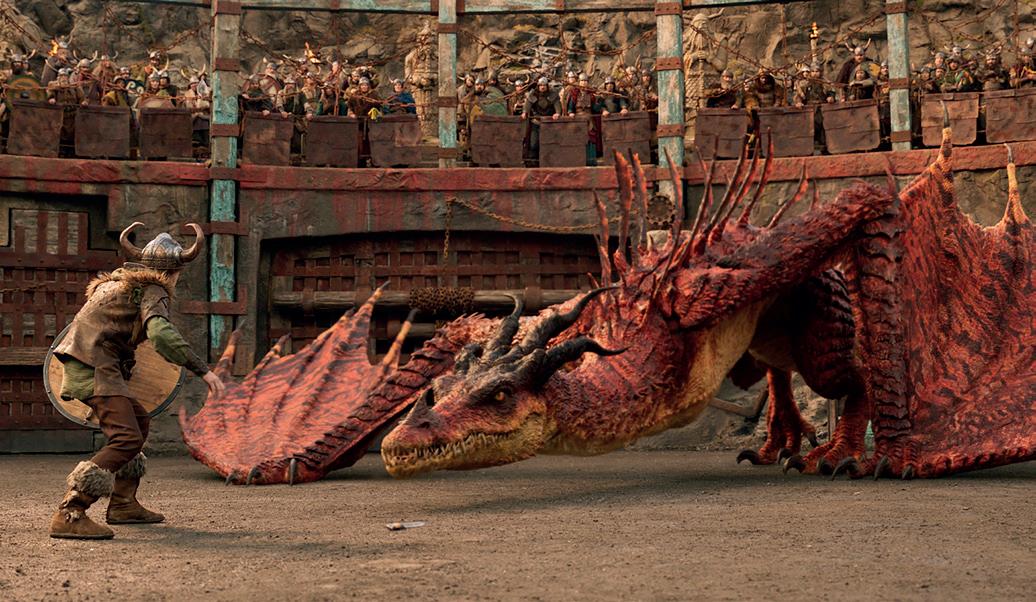


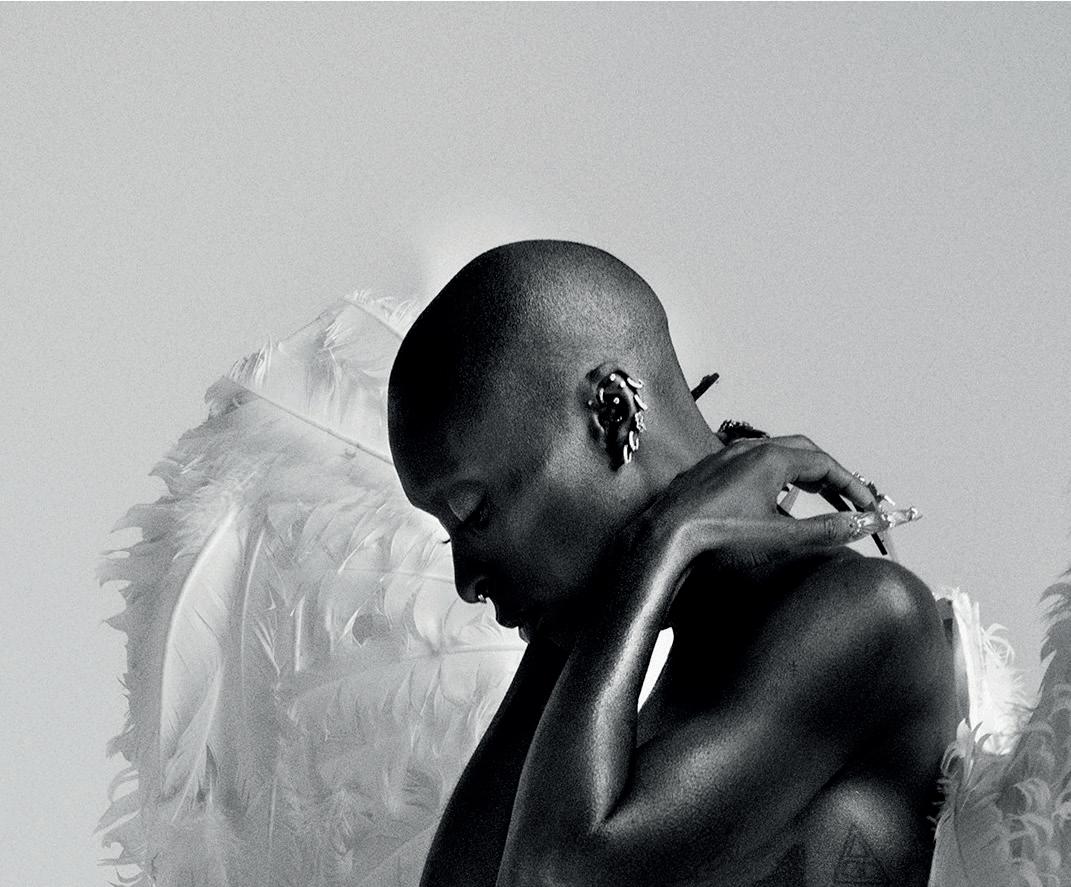


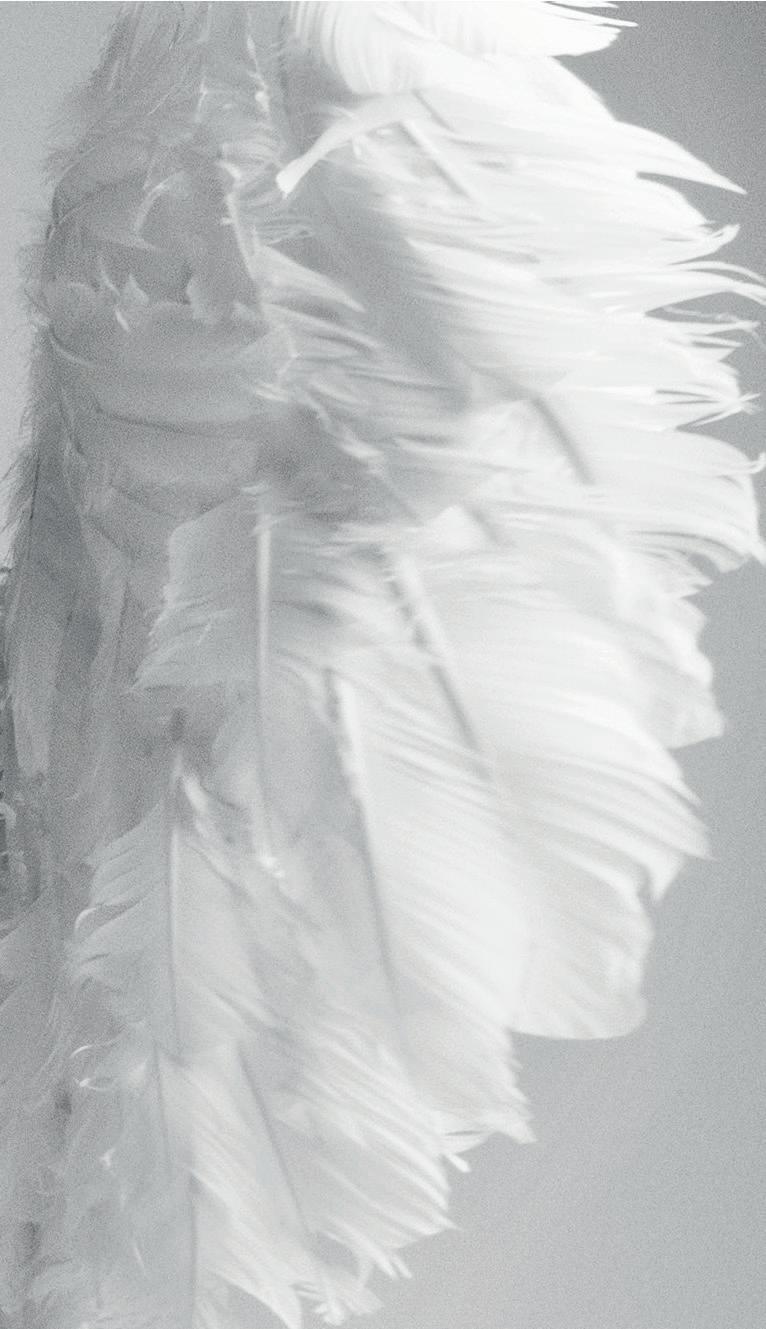
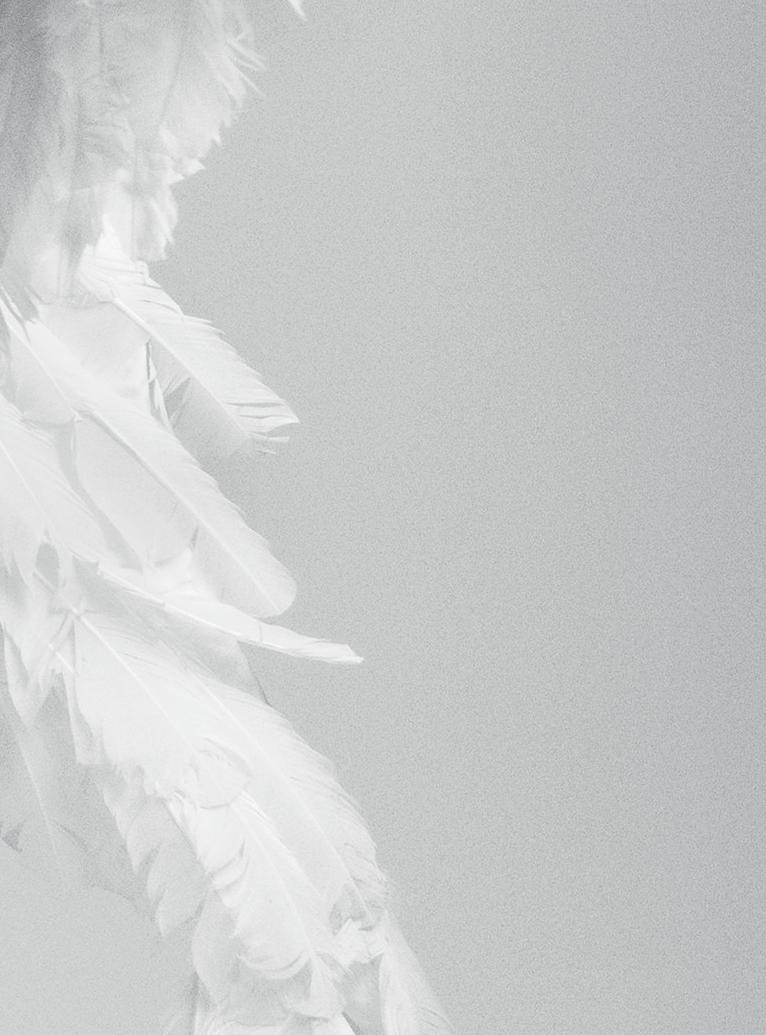




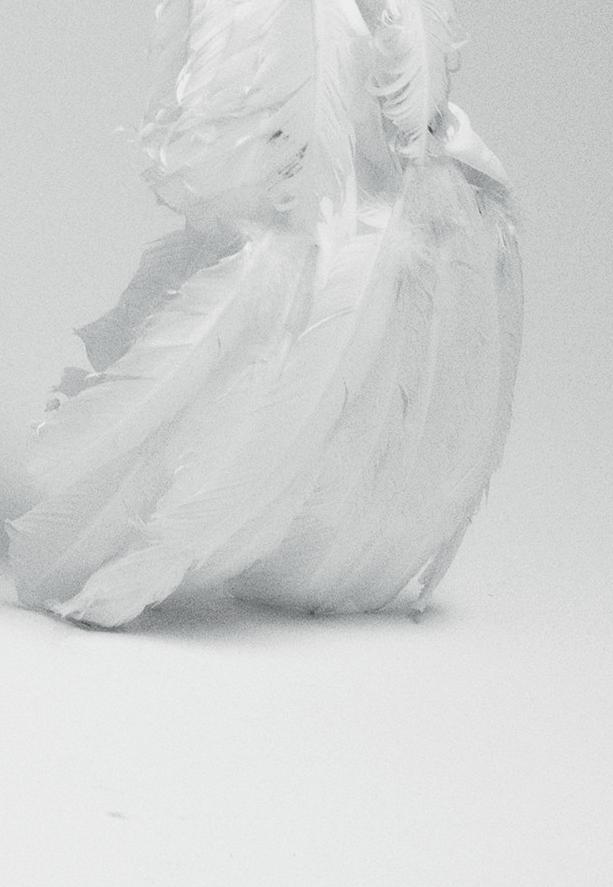

Fresh from working cinematic magic in the first slice of Wicked, Cynthia Erivo squeezes in some new music ahead of us seeing her back in green later in the year. Insisting that she’s embarking on a bold new chapter, the Grammy and Emmy winner spreads her wings with a new album featuring highly emotional new tunes such as ‘Worst Of Me’ and quirkily soulful


cuts like ‘Replay’. (Brian Donaldson)

I Forgive You is released by Verve/Republic on Friday 6 June.
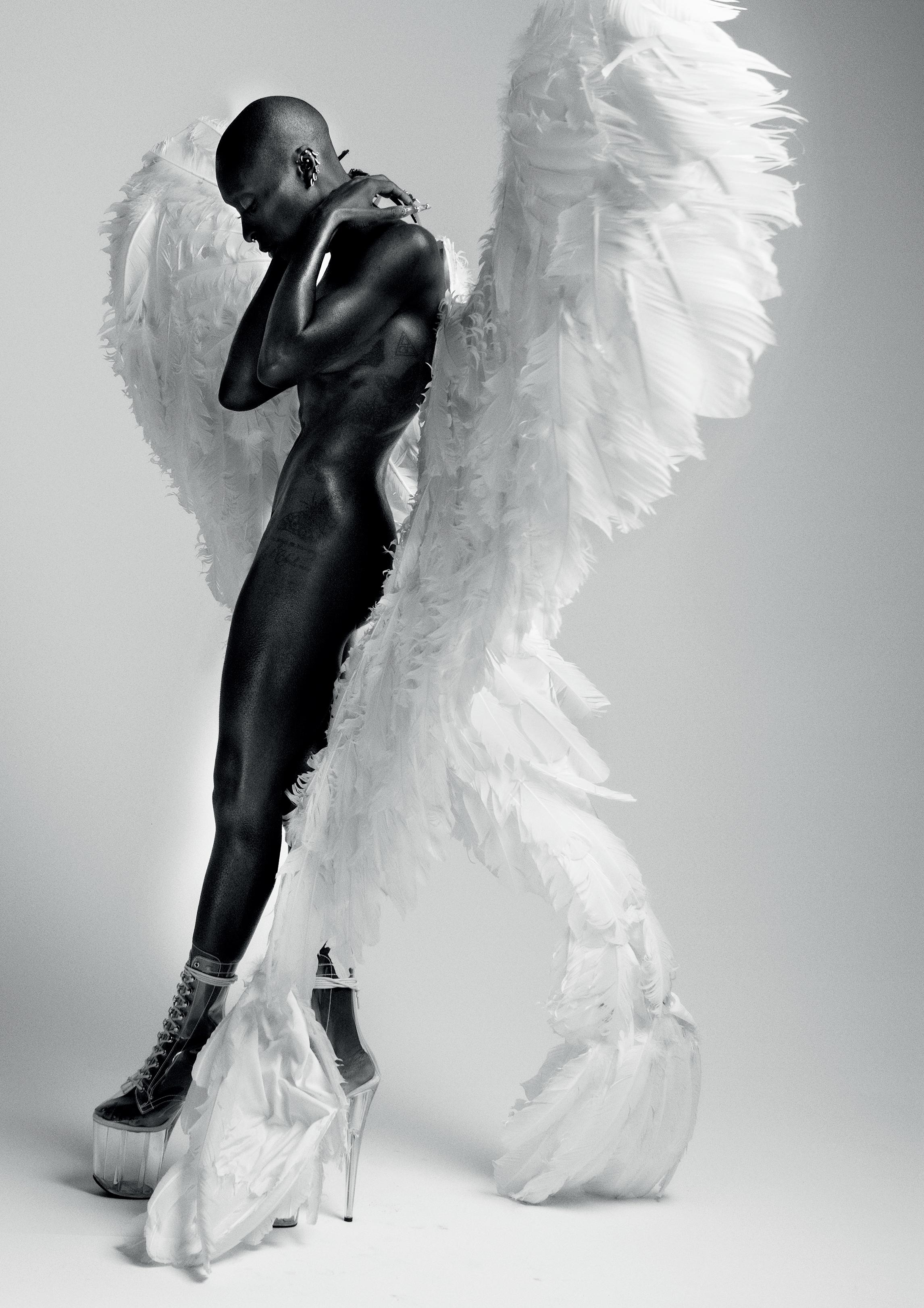
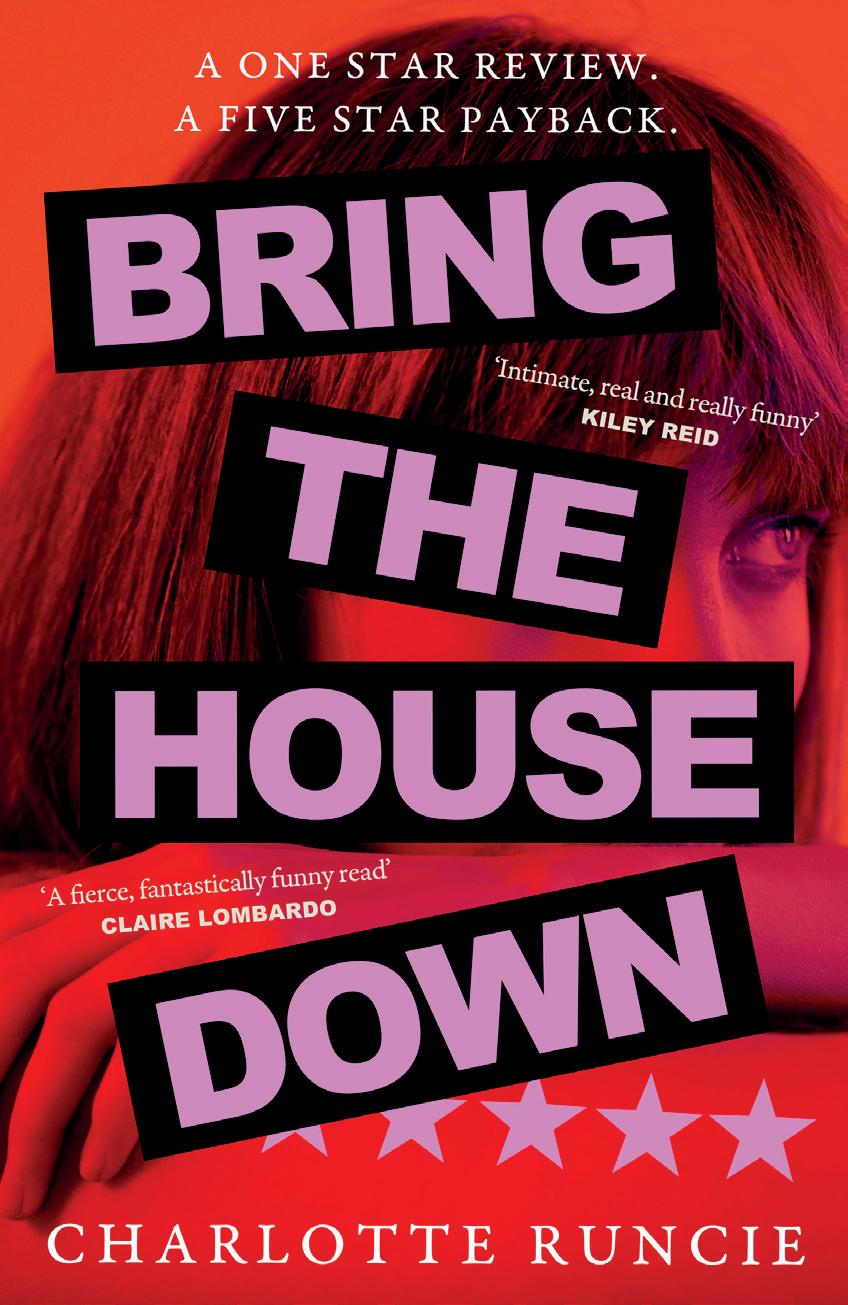
The troubled artistreviewer dynamic takes centre stage in Charlotte Runcie’s debut novel. She talks to Jay Richardson about setting her tale of betrayal and revenge in the pressure-cooker atmosphere of the Edinburgh Fringe and how getting the balance right in the world of reviewing is no easy task
What would any of us do when a person accused of bad things is our friend?
he fraught relationship between performers and critics is never more fiercely tested than during the Edinburgh Fringe. Thousands of artists jostle to gain attention for their dreams and passion projects during the intense, claustrophobic month of August, eager to be hailed the next Fleabag or Baby Reindeer. Yet a year’s (or even a lifetime’s) work can be blithely dismissed with the quick flick of a reviewer’s poison pen.
Charlotte Runcie’s debut novel, Bring The House Down, weaponises the Fringe’s artist-journalist dynamic with its story of casually womanising theatre critic Alex, and Hayley, the actor who sleeps with him, oblivious to Alex having just penned a one-star panning of her one-woman show. Discovering his betrayal the next morning, she transforms her production into a public excoriation of his misogyny, a sensational reckoning for Alex with every woman he’s ever wronged and an agenda-setting cause célèbre.
Runcie, a former arts journalist for the The Telegraph, The Guardian and this magazine (as well as an acclaimed poet and memoirist who grew up in a theatre-producing family) has lived in, worked in and loves Edinburgh and its festival. But she admits that she struggles with reviewing. ‘It feels both a huge responsibility and quite overblown at the same time,’ she explains. But it’s especially intimate during the Fringe. ‘If you’re reviewing film or music, there’s a sense of physical distance. But Edinburgh is a small city, you’re bumping into the same people, comedians and actors, drinking in the same places, writing about them in ways that they might strongly disagree with or take exception to. You have a duty to your readers but also a responsibility to be fair to the artist. And like any critic, I’ve written things that have caused offence. A comedian talked about me in her show and I felt very exposed by that, the realisation that we had competing platforms. Who had more of a right to their say? What was the right of reply?’
Sharpening all this with a sexual dimension, in a context where the costs of staging a show and the stakes are huge (‘you can land a Netflix deal or sink into obscurity’), the dramatic possibilities burst out of Runcie’s mind. She says the cloistered setting of the Fringe encourages ‘really rapid responses and escalation, people behave more extremely; relationships blossom or explode because there are so many parties, so many opportunities to meet someone. But it also made me focus on the things that trouble me as a critic.’
Despite the dwindling number of professional reviewers and broader fears that the Edinburgh Festival itself is sleepwalking into irrelevance by pricing out performers and audiences, Runcie believes that dedicated, informed critics will be more important than ever in an era flooded with social-media opinion and increasingly prominent AI-written inanity.
Meanwhile, as the likes of Russell Brand and P Diddy attract headlines for alleged sexual misdemeanours and cancel culture opens up an anti-diversity front, the character of Alex presents an interesting proposition. He may be an absolute shit (and nepo baby to boot) but he’s done nothing illegal and he can’t easily be dismissed as a depraved monster; at least not by the novel’s narrator, fellow journalist Sophie.
‘He’s done all of these horrible things to women. But they would never have trusted him if he wasn’t goodlooking, funny and clever,’ Runcie points out. ‘What’s interesting to me is what would any of us do when a person accused of bad things is our friend? Or someone we work with? They haven’t lost their job and you don’t want to lose yours. I didn’t reach many strong conclusions about whether his behaviour was predatory. But it felt really important to explore.’
Bring The House Down is published by The Borough Press on Thursday 5 June.









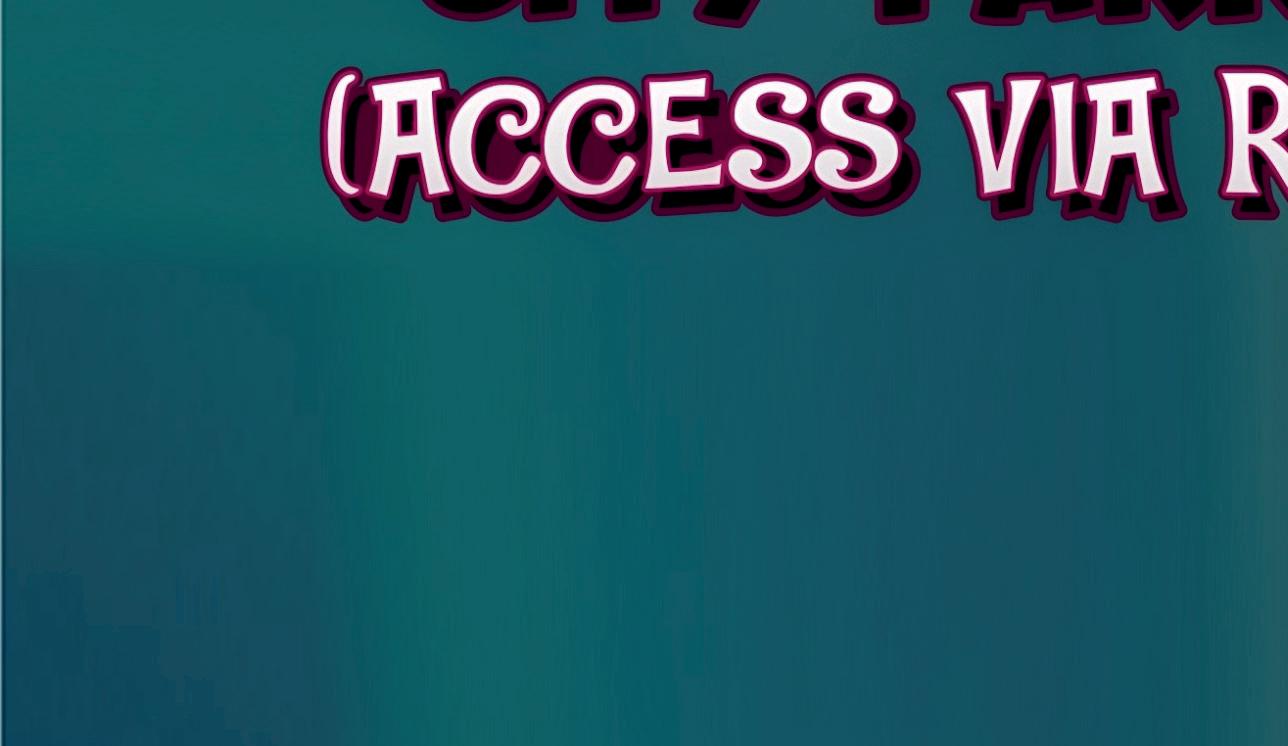
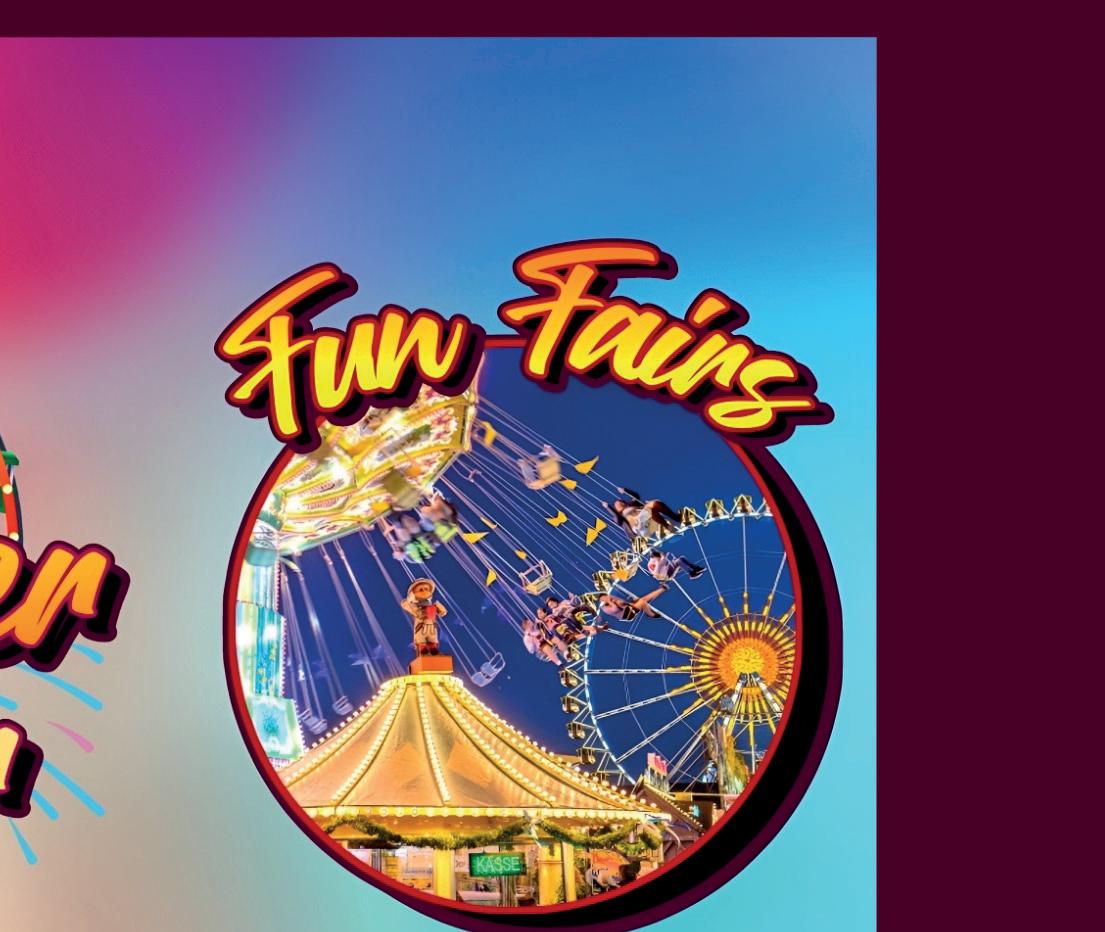


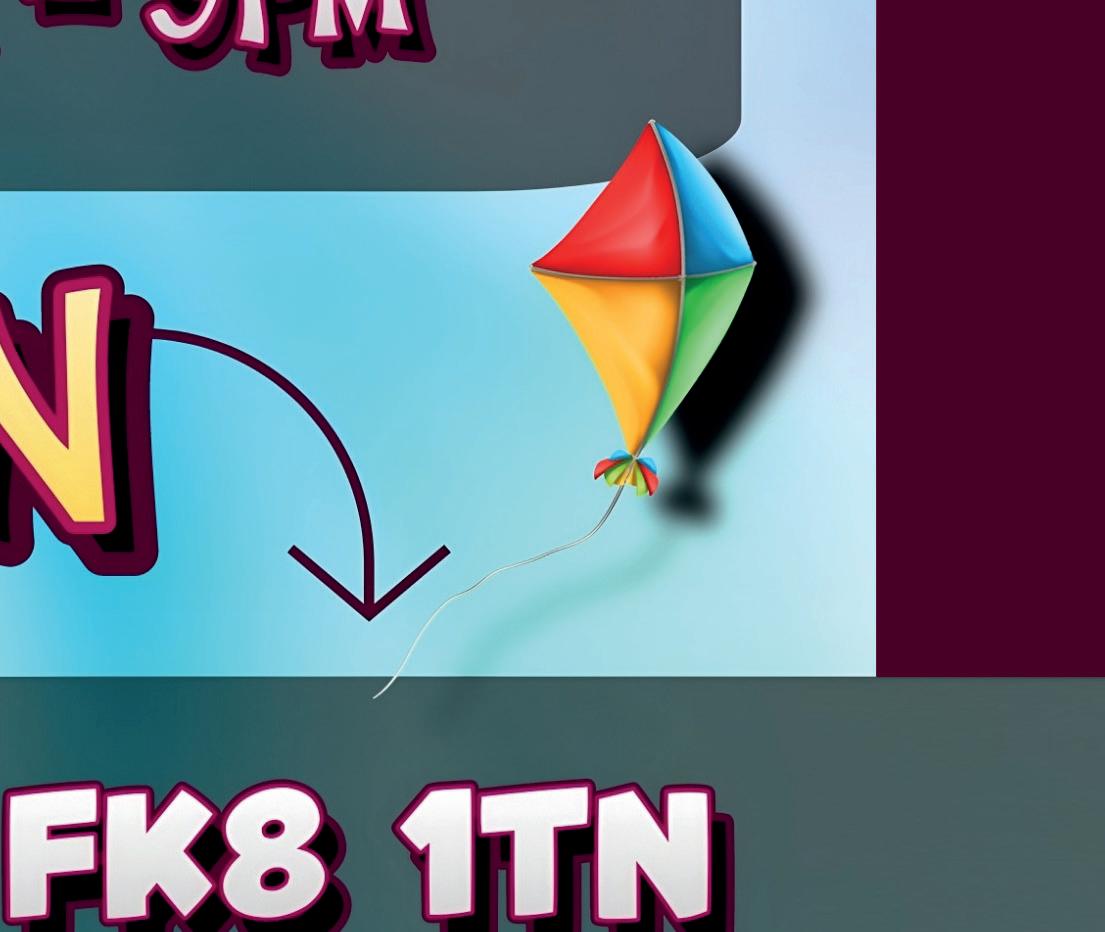


Kate Hutchinson’s latest podcast takes a deep dive into the people behind the music we listen to. The music journalist tells Claire Sawers why she’s spotlighting women doing amazing work in the industry and how being bold can bear fruit
For her new podcast, Studio Radicals, Kate Hutchinson brings together visionaries with a unique approach to making, mixing and recording music for in-depth conversations. In episode one, we hear from Londonbased, Italian recording engineer Marta Salogni, who was cherry-picked by Björk to record an album with her in Iceland. Salogni has an incredibly vivid, tactile way of describing her approach to the craft, referencing Tarkovsky, translation and reel-to-reel tape machines as she vows to make life easier for other female producers starting out. Next up is Ebonie Smith, an engineer who grew up singing in Memphis gospel choirs and has gone on to collaborate with Cardi B, Janelle Monáe and Angela Davis. Smith founded Gender Amplified, an organisation to empower women and non-binary producers, and believes record making should ‘heal communities and elevate consciousness’. The series also includes Catherine Marks, the Grammy-winning producer of Boygenius and PJ Harvey, legendary synth pioneer Suzanne Ciani, and Northern Irish composer Hannah Peel.
‘Every woman has her own experience of sexism,’ says Hutchinson, as she wanders through a park near her home in Clapton, East London. The music journalist and presenter of The Last Bohemians, a podcast about maverick women in the arts, mentions a Grammys report from earlier this year, highlighting the lack of women in songwriter, production and engineer roles.
‘Though things have improved a huge deal in terms of gender balance, there’s still a way to go. I didn’t want to labour that point for the podcast, though. I wanted the focus to be on women and gender-expansive individuals doing amazing things. Bold, experimental, radical creative visions. Interesting people creating incredible sound worlds, telling immersive stories.’ Although the series involves many very pleasurable deep dives into the methods behind their work, Hutchinson hopes the chats will appeal to those broadly interested in music, not just ‘studioheads’.
‘We deliberately chose women from a range of ages, working in different locations and a broad range of genres: experimental, rock, reggaeton, pop, musical theatre,’ she says. ‘What really comes across is their ego-less approach to creativity; not dominating or being arrogant but a spirit of collaboration. That’s where you get these exciting new frontiers. It’s a series that shows what happens when you don’t accept the lack of opportunities open to you and how being bold pays off.’
Episodes of Studio Radicals are available on all the usual platforms.


Into the alphabet album soup we dive yet again with our recommendation of LPs old and new. This time we’re ladling out auricular spectaculars beginning with the letter I

In the hit-averse hinterland of experimental music, there are two categories: the forbiddingly difficult and the surprisingly seductive. L’Rain (nom de plume of American songwriter Taja Cheek) falls into the latter category, and I Killed Your Dog (2023) is maybe her most accessible work yet. The Brooklynite’s soulful tones (imagine Solange without the plaintive angst) combine with a woozy obfuscation of funk, indie, syncopated drums and swirling electronics to create a barrelling liminal space between freewheeling wildness and controlled chaos.
Steering the avant-garde towards a more uncomplicatedly beautiful direction is the late Icelandic composer Jóhann Jóhannsson’s IBM 1401, A User’s Manual (2006). Here temperatures clash with the spark of iron pyrites smashing together, the sterile coldness of the information age (including a narrator drily reciting a printer assembly instruction manual on ‘Part 2/IBM 1403 Printer’) interloping with the warming passion of the City Of Prague Philharmonic Orchestra in full flow. Plenty of musicians have merged these opposites, but few have achieved such soaring beauty. (Kevin Fullerton)
Other I listens: I Can Hear Your Heart by Aidan John Moffat (2004), Illadelph Halflife by The Roots (1996), I Am Kurious Oranj by The Fall (1988).






Road rage, real estate, rabies outbreaks and eyes locking over the office water cooler . . . all feature in the lyrics of Water Machine’s debut album, God Park. This fun, freewheeling Glasgow band recognise that there’s a whole world of inspiration out there so why stick to the usual song stuff? Water Machine prefer to deal in ‘realistic escapism’.
‘Sometimes in life, seeking for depth in something makes it more shallow,’ reckons bassist Flore de Hoog. ‘There can be more meaning in things that capture a moment than something that’s been stewing for too long.’ Water Machine don’t overthink the details. Trusting instincts and embracing spontaneity are key to their helter-skelter creativity, producing a playful and innately catchy blend of indie rock, post-punk thrashing and even a touch of country, topped with singer Hando Morice’s violin non-virtuosity.
‘I feel very intimidated by a lot of virtuosic players,’ says Morice, ‘because I went to a music-leaning school and I was always told that I could kind of play but I was never going to be a real musician. I’ve always wanted to create a space where there are similar musicians who want to have fun playing some songs together.’
‘I said I played the bass,’ says de Hoog. ‘That was a lie but I definitely tried.’ Drummer Nicky Duncan, meanwhile, taught himself to drum using the drumkit feature on Guitar Hero: Metallica. So DIY creativity abounds in this band and, despite active discouragement down the years from academia, partners and music snobs, Morice and de Hoog also style it out as members of Lung Leg and Brenda respectively.




Our column celebrating new music to watch continues with Glasgow’s Water Machine. Fiona Shepherd discovers a band with a DIY ethos whose name and album title are not quite what they should be
‘I do think it’s a recurring theme as women or non-binary people,’ says de Hoog. ‘You have to swim faster. You have to really jump through the hoops and be resilient.’ For Morice, the tipping point came while working in a Glasgow venue. ‘One day I was watching another group of 25-year-old guys play the worst five songs I’ve ever heard in my life,’ they say. ‘I thought “you know what, I think I’m going to have a go at this”. I remember being onstage for the first time and it just being the most exhilarating thing I’ve ever done in my entire life.’
God Park was recorded two years ago with original guitarist Jimmy Gage following an initial bout of touring, but Water Machine are now rocking the twin guitar action of Baby Cousland and Ellie McWhinnie, while unofficial sixth member Patrick the dog ‘sings’ on the track ‘Dog Park’ and appears in the video for new single ‘River’.
Finally, Morice has fulfilled their dream of forming a band with an office-related name. None of the members of Water Machine have ever worked in an office, which just about excuses Morice’s misremembering of the phrase ‘water cooler’. Like everything else about this group, they simply owned the mistake and gleefully went with the flow. Even the album title is a typo. ‘I was writing “Dog Park” into the group chat and I misspelled,’ says Morice. ‘So if anyone is wondering where the album title came from: dyslexia.’
God Park is released by FatCat Records and launched at The Old Hairdresser’s, Glasgow, Friday 20 June.
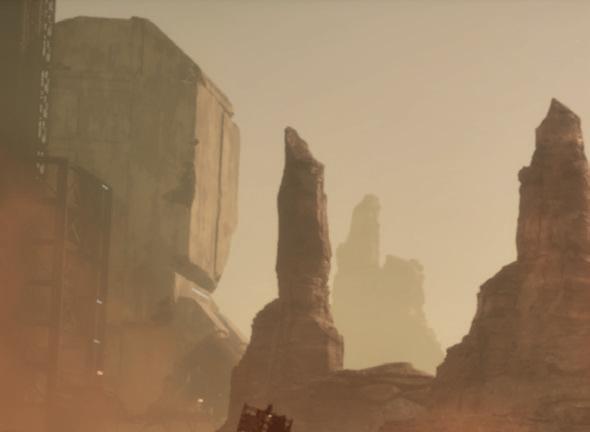

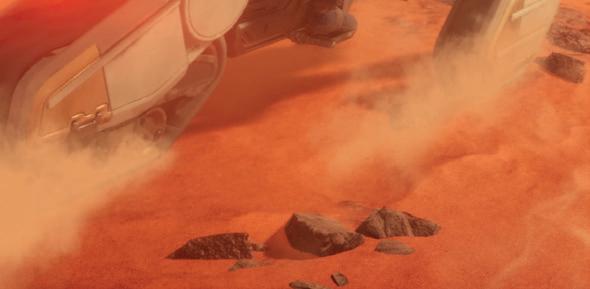


Frank Herbert’s seminal novel Dune has inspired a long and varied history of video game adaptations, including one of the industry’s most formative titles. In 1992, developer Westwood Studios released Dune II, now widely recognised as having created the real-time strategy (RTS) genre. Dune: Awakening is a massively multiplayer online roleplaying game (MMO), an extremely ambitious undertaking in a world in which only a handful of such games successfully exist at any one time (World Of Warcraft has been the exemplar for more than 20 years and nothing else has come close).
Developer Funcom has some form in this field, with a number of middling MMOs in its back catalogue, including Age Of Conan, Anarchy Online and Secret World Legends. In Dune: Awakening, players must gather resources, build shelters and battle the planet Arrakis’ gigantic sandworms, all while navigating the sort of political power play that Dune fans have grown to love. The game takes place in an alternate timeline in which Lady Jessica gave birth to a daughter, setting the stage for a radically different sequence of events from the traditional narrative, all set in a vast, ever-evolving open world.
There’s an unwritten rule in gaming that only five MMOs can exist at a time. And, with the growing prominence of live service games, that genre is more precarious than ever before. But thanks to its stellar IP, Dune: Awakening has a better chance than most to succeed in a very tight market. (Murray Robertson)
Out now on PC; PS5 and Xbox Series X/S versions planned for a later date.
In this column, we ask a pod person about the ’casts that mean a lot to them. This month, it’s comedian Marc Jennings, co-host of Some Laugh, a podcast where topics big and small are explored with fellow comedy folk






Which podcast educates you? I like to listen to mad American leftie podcasts like TrueAnon and Chapo Trap House, which help make sense of politics and current events in a refreshingly insightful and funny way. I’ve also been enjoying watching Gary’s Economics on YouTube, for similar reasons.
Which podcast makes you laugh? Bad Boys Done Good. The hosts, comedians Joe Jacobs and Tom Ward, are in character as Tony Soprano and Ray Winstone respectively, which makes hearing guests have to answer probing questions about politics, culture or the ‘stigmata’ around men’s mental health absolutely hilarious. It’s a great send-up of podcast interviews in general and one of the funniest things I’ve heard in ages.
Which podcast makes you sad or angry? The Rest Is Politics. It’s baffling so many folk want to listen to some failed Tory leadership candidate and the guy who’s responsible for selling the Iraq War. As far as I’m concerned, their listeners should be called Weapons Inspectors.
Which podcast is your guilty pleasure? The Rest Is Politics
Tell us someone who currently doesn’t have a podcast but totally should. And why do you think their one would be amazing? Luigi Mangione. Although I think he might already have one with Mike Rice.
Pitch us a new podcast idea in exactly 25 words A show called Whydeology which explores various different ideologies and how they’ve led us to the state of the world we have now. Don’t steal.
Some Laugh is available on all the usual platforms; Marc Jennings: Bread And Circuses is at Monkey Barrel, Edinburgh, Monday 28 July–Sunday 24 August.





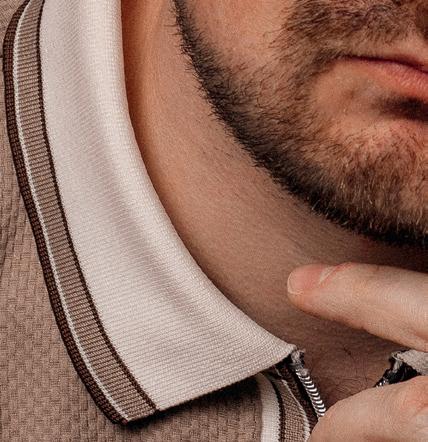
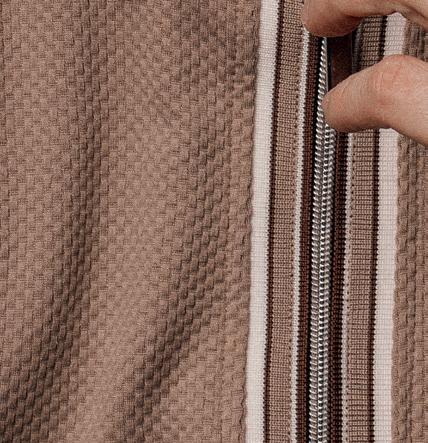
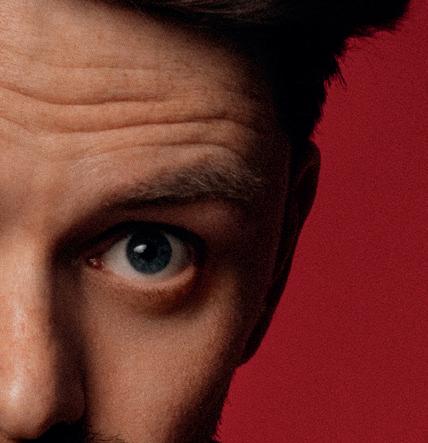
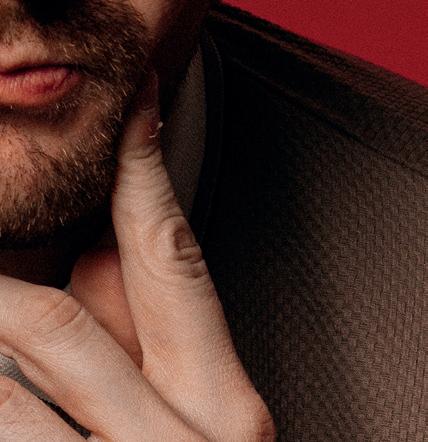















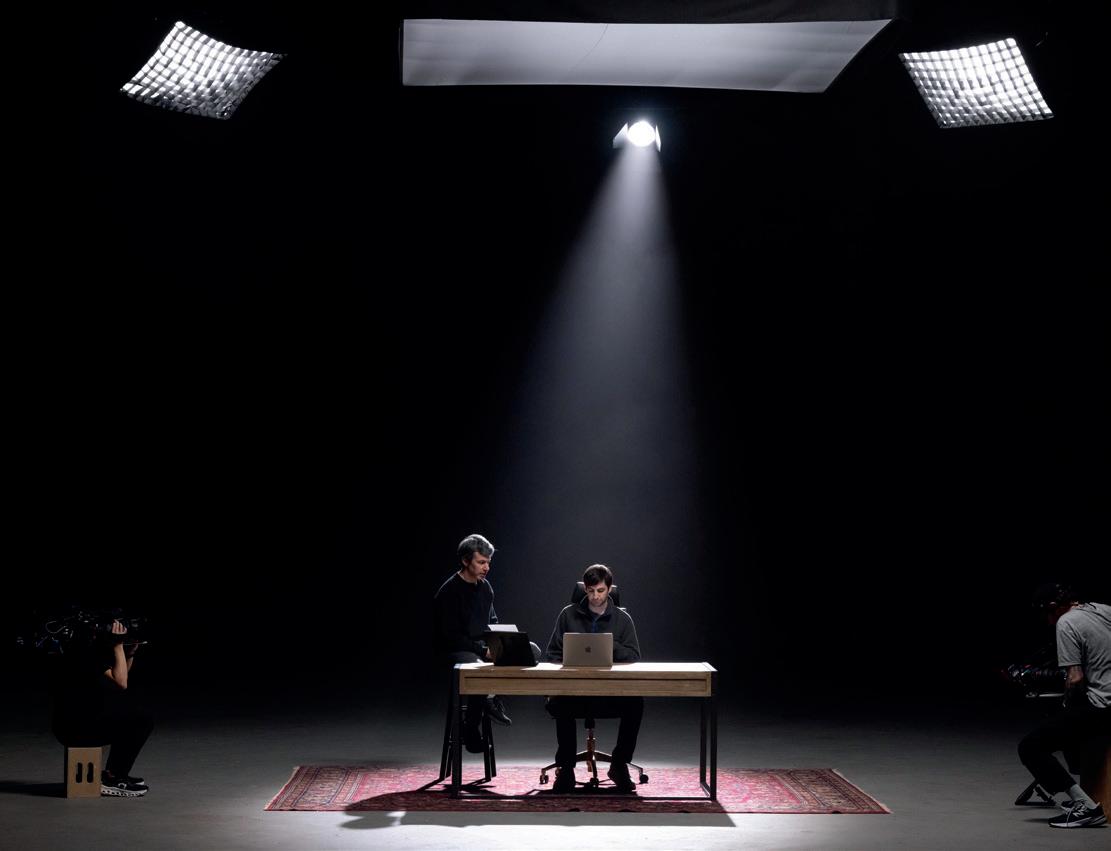

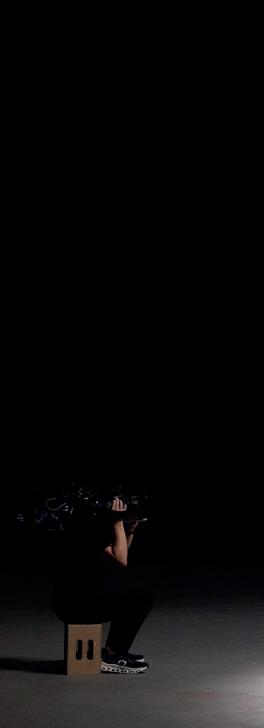










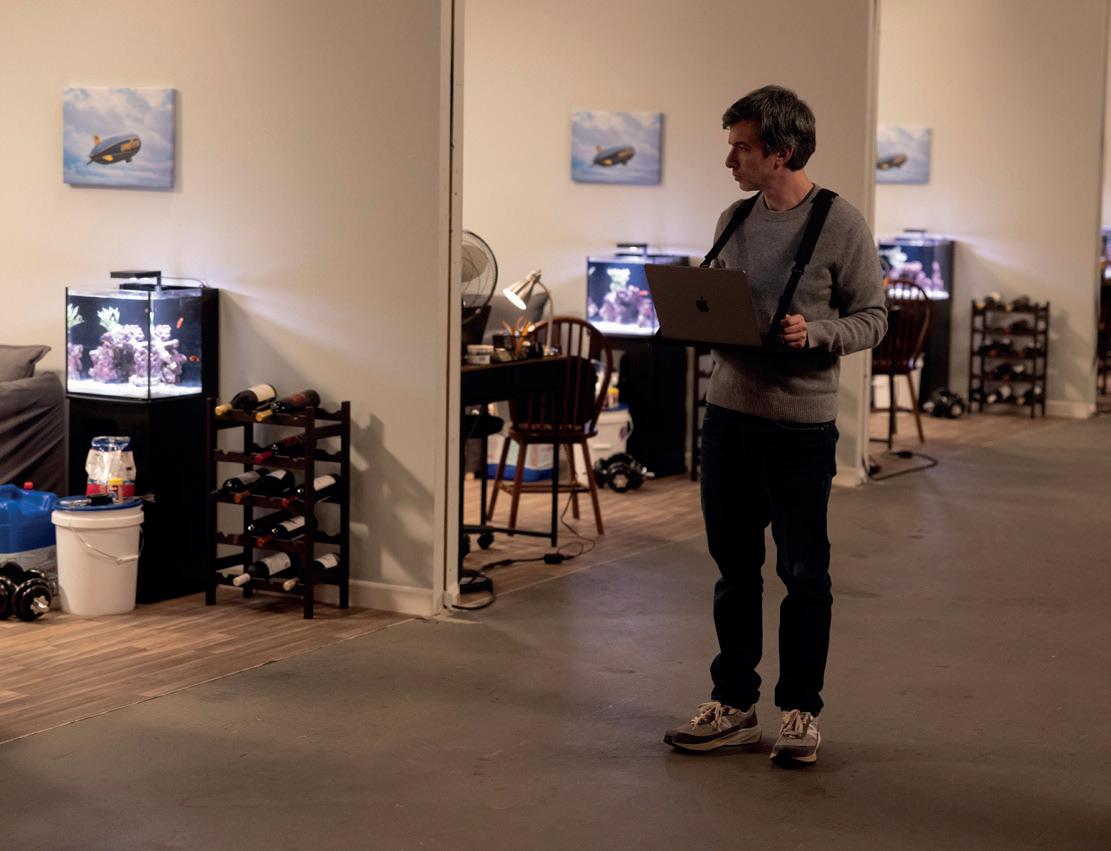


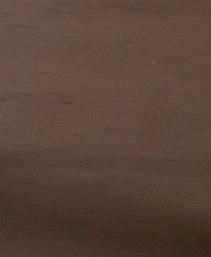
What you’re about to witness is going to seem weird.’ Ah, Nathan Fielder loves a bit of understatement. The weirdness that is subsequently witnessed arrives late on in this six-part second season of The Rehearsal and frankly takes oddballery to whole new levels. Like many things in this series, giving too much away would be a bad move and very unfair when you consider the ethos of Fielder’s project.
But is there ever an ethos or larger purpose at play in his work or, as some critics have wondered, is he an unfiltered sensationalist who puts his subjects in positions of awkwardness merely to revel in their discomfort? For the record, he just isn’t the latter; indeed, if anyone comes across as awkward and in clear shuffling discomfort during The Rehearsal (but also back in his brilliant Nathan For You days), it’s Fielder himself. Barely anyone in his shows will avoid going through a wringer, but no one gets it in the neck quite as much as the creator himself.
But what is it that he’s creating? Some TV shows can be neatly summed up in a nutshell: depressive mob guy has problems at home and at work; guy with cancer starts cooking meth to provide for his family when he’s gone; a middle manager is an embarrassment to himself and his colleagues, especially when he does a mad dance. You’d need a whole page and a half to even get close to giving an uninitiated reader the barest clue about what The Rehearsal actually is.











Describing Nathan Fielder’s The Rehearsal to someone who has never seen it is a near impossible task. Brian Donaldson wonders if anyone can ever come close to achieving the high-wire feats in this unmissable reality(ish) show
But oh well, here goes. In the first season, Fielder used fake babies but also real children to help a woman prepare for life as a mother. Except, it also featured Fielder himself taking on the role of a surrogate father and spying on her potential partners. He also recreated, to the tiniest detail, a bar where a pub quizzer was gearing up to tell a team member that he had lied many years prior about his educational prowess. In its simplest terms, The Rehearsal is just that: people attempting to prepare for a lifechanging event or, again, an awkward social situation.
In this new season, the stakes are ramped up as far as they can possibly go. But this time, Fielder does have a clear social purpose: he wants to prevent more airplanes from crashing. His theory is that pilots and their right-hand people in the cockpit aren’t familiar enough with each other so that when a potentially perilous scenario unfolds, the co-pilot freezes and is unable to raise their concerns, occasionally with catastrophic results.
Wrapped up into all this are segments where a number of pilots judge a talent contest, a couple clone their beloved dog, an Evanescence chorus is analysed for its life-saving properties, and a dozen lookalikes follow a person around repeating what they say and do in order to give them more confidence. Yes, you’re right, it’s impossible to get across exactly what The Rehearsal is. Just know that it’s like nothing else that’s on television now or has been on before, and most likely will never be repeated again.
Episodes available on Sky Comedy and NOW.
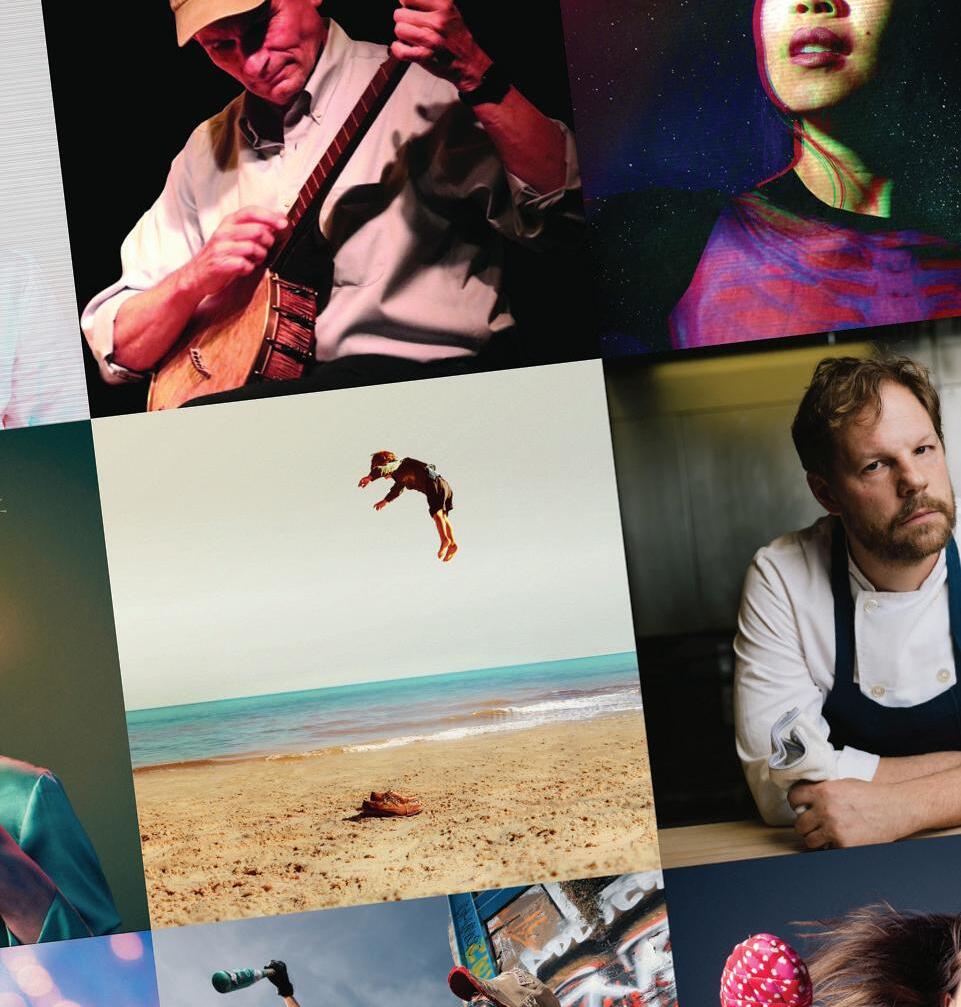
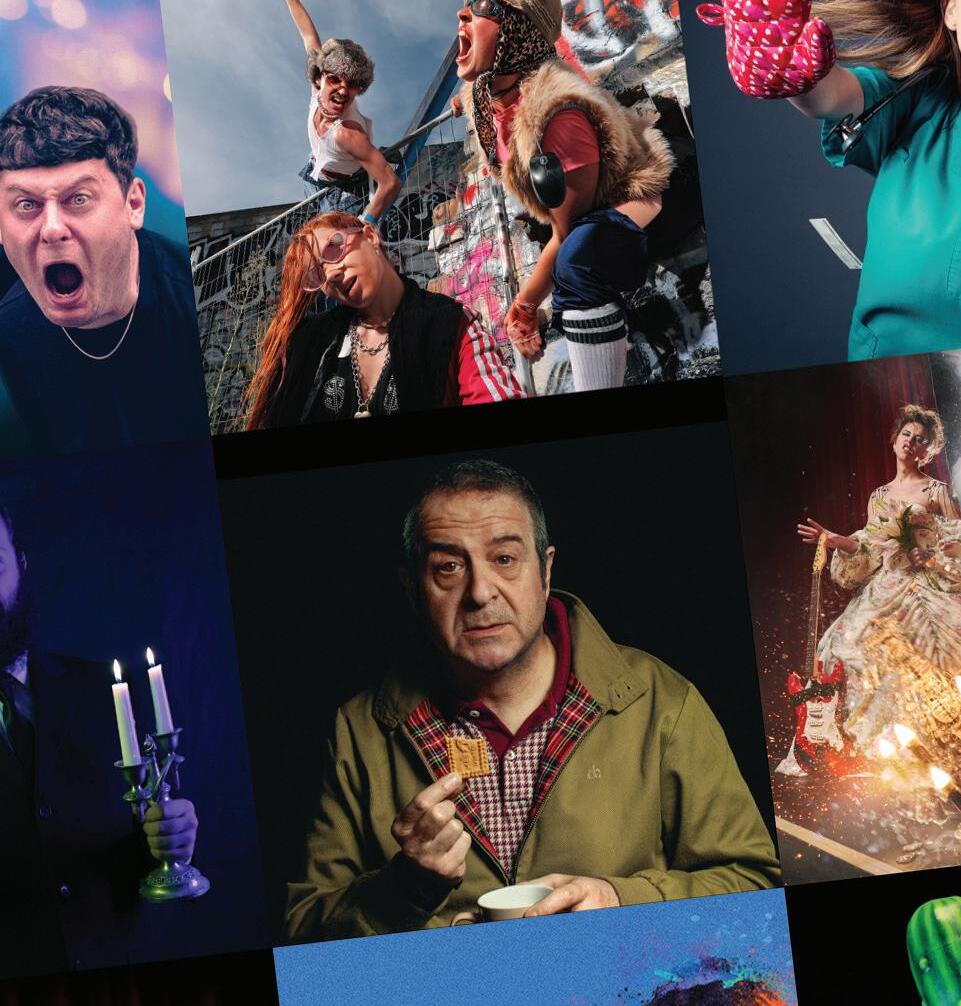





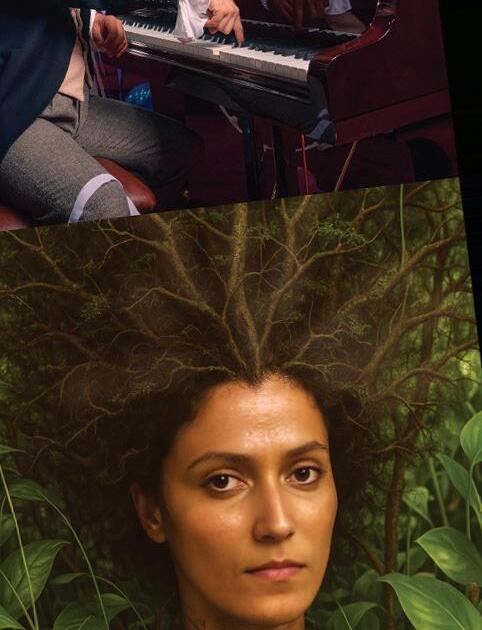






From the Marx Brothers’ Horse Feathers to Ted Lasso, the sporting comeback comedy has always had legs. And golf, with its intimations of secret societies and barely concealed wealth, is perhaps its richest seam. As that great American anthologist and poet Bruce Lansky said: ‘we learn so many things from golf; how to suffer, for instance.’
Owen Wilson is washed-up ex-pro Pryce Cahill. Once the pride of the greens, now he’s reduced to selling overpriced sticks to ageing amateurs. There’s mystery and pain in his backstory but possible redemption comes in the form of angry young golfer Santi (Timothée Chalamet lookalike Peter Dager). Cahill is convinced there is greatness in the boy and persuades his mother (Mariana Trevino) and grumpy best mate Mitts (Marc Maron) to hit the Tin Cup trail with him.
Taking its lead from stand-up-scene comedy Hacks, Stick is free and easy with the motifs of the road movie, notably chaos, turmoil and misunderstandings, but is equally observant of feelgood traditions and connections that bind any motley crew together. Created by playwright and screenwriter Jason Keller (Ford v Ferrari), Stick also arrives with some impressive pedigree. Keller’s lovingly honed script was clearly developed over many hours with producers and directors Jonathan Dayton and Valerie Faris (Little Miss Sunshine, Battle Of The Sexes, Fleishman Is In Trouble).
Ultimately though, this is Owen Wilson’s show and he knows it. Astutely balancing 25 years of quirk, vulnerability, mischief and optimism, he is the momentum of this televisual fairway. His relentless drive pushes the viewer out of the long grass and beyond the bunkers.
(Paul Dale)
Episodes available from Wednesday 4 June.
Luminal & Lateral (Verve)
Brian Eno has more than earned his reputation as one of the great instructors of modern music, but his work in ambient is where he continues to grow in stature. This collaboration with conceptual artist and composer Beatie Wolfe leans into the meditative end of his output, with two albums that rely on transcendent wisps of noise and Wolfe’s soaring, breathy voice. Although it’s being promoted as a double album, these are wildly contrasting experiences. Luminal combines elements of classic rock with dream pop and lucid melodies that have the quality of a smooth coffee brewing on an early morning. Lateral, meanwhile, is pure ambient, a series of sustained synthetic notes, lightly plucked guitars and slow-moving repetitions that emboss a wallpaper pattern both enveloping and unimposing.
A game of two very different halves, then, which offers two very different degrees of success. Luminal proves the more fruitful listen, in no small part because Wolfe’s plaintive lyricism is a startling foil to the lilting tempo of Eno’s guitars. Playfulness (a notion that Eno likes to emphasise throughout his many masterclasses on creativity) is in rich supply, from the undercurrent of digital threat that permeates ‘A Ceiling And A Lifeboat’ to the vulnerable whale song of ‘Breath March’, which hits pockets of overwhelming beauty. There is structure, finesse and Eno’s usual eye for immaculate production, but with wrinkles in its design that foster spontaneous moments of surprise, drama and awe-inspiring wonder. Perhaps the overwhelming success of Luminal is what makes the sound-bath emptiness of Lateral feel lacklustre by comparison. It is a torpid experience, conforming to an archetype of ambient rather than breaking new ground, building an anonymous atmosphere that’s serviceable for a spa treatment centre’s waiting room but providing little of the spark that Eno is famed for igniting in all those around him. (Kevin Fullerton)
Released on Friday 6 June.

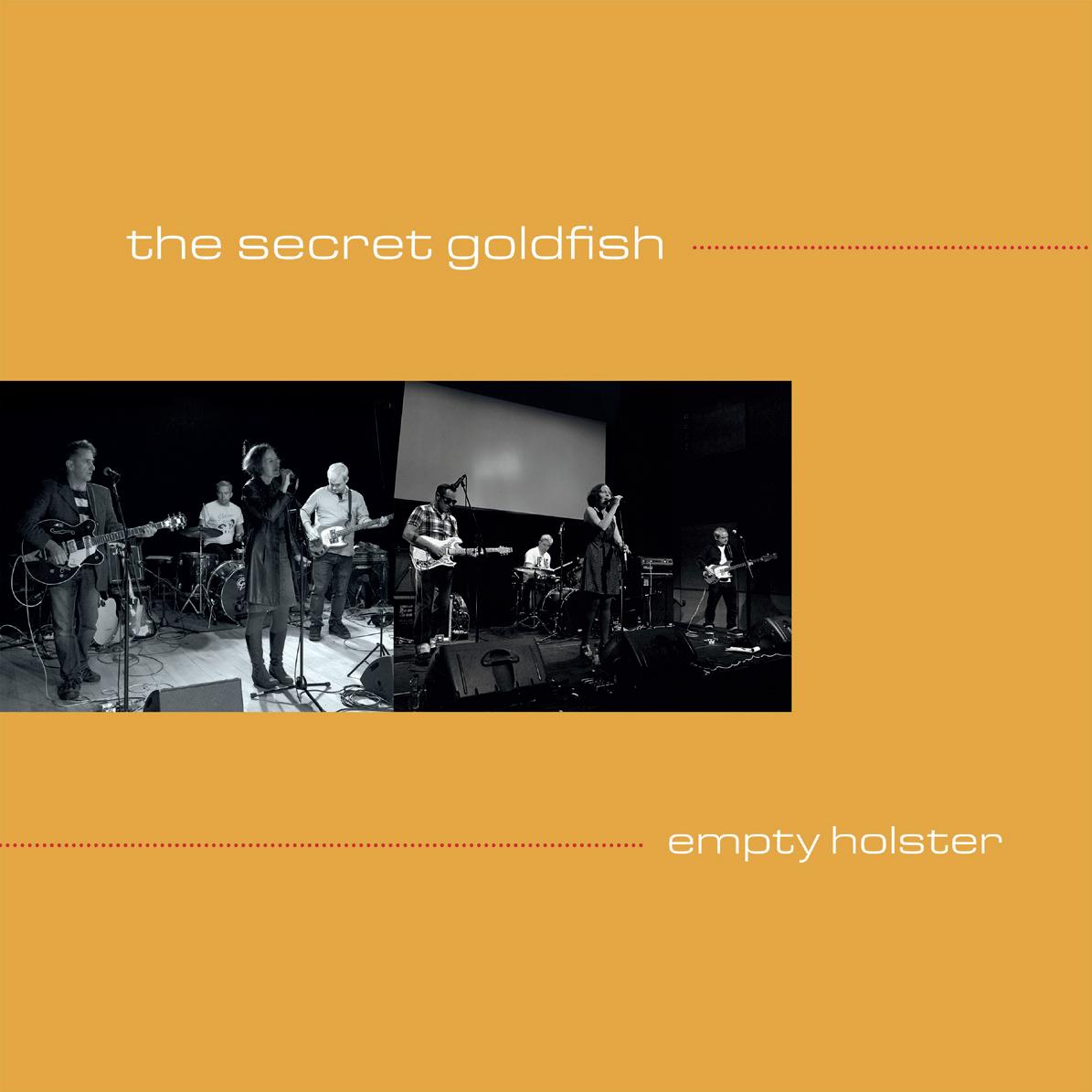
Holster (Creeping Bent/Last Night From Glasgow) lllll
As The Creeping Bent Organisation winds down operations after 30 years on the frontline of the art/pop interface, it is only fitting that one of its swansong releases gets back to its roots. As a label mainstay from the start, The Secret Goldfish’s fourth opus pulls together a collection of cover versions guest-starring a posse of fellow travellers. The result is a delirious pop mash-up of influence and homage that joins several generations of assorted rock family tree-type dots while still sounding every inch The Secret Goldfish.
Much of this is down to vocalist Katy Lironi, who takes songs by Vic Godard, ex-Orange Juice guitarist James Kirk and Fire Engine-turnedSexual Object Davy Henderson and makes them her own. There is also something Proustian in hearing Lironi sing The Shop Assistants’ mournful ‘Somewhere In China’, Godard’s ‘Stop That Girl’ and Henderson’s Nectarine No 9-era ‘22 Blue’ with a cast list that includes Godard and Kirk themselves. Released on vinyl, the 12 cuts also include a brand-new song, ‘Louche Life’, written with Lironi’s partner in life and art, Douglas MacIntyre, plus ‘Elevator’, a long-lost collaboration with Jim Beattie of Adventures In Stereo. This all makes for a perfect primer, both of The Secret Goldfish and the leftfield indie-pop landscape that sired the guests on this parallel-universe variety show. (Neil Cooper)
n Released on Friday 20 June.
The reliably excellent BBC Radio Ulster podcast, Assume Nothing, is back with another justice case to examine. Eight-part ‘The Hack’ turns its lens on the aftermath of the 1994 Loughinisland village massacre, when six Catholic men were shot dead while watching the Ireland v Italy World Cup match in their local pub. Journalists Barry McCaffrey and Trevor Birney covered the case for over two decades, as suspects were arrested and released, evidence destroyed, and police investigations obfuscated, until one day an anonymous package arrived on McCaffrey’s doorstep.
In it was an unredacted police ombudsman report naming the suspects and stating that the cover-up was to protect police informers. McCaffrey and Birney’s actions (they blew the whistle in documentary No Stone Unturned), and the subsequent fallout, provides the focus for this podcast, delivered through reportage, interviews and reconstruction.
Episode one kicks off with a nerve-shredding account from McCaffrey of the morning he woke to the knock he had feared for years, knowing he was either about to be shot or arrested. It isn’t too much of a spoiler to say it’s the latter, but that’s only the start of constant legal wrangling that sees McCaffrey and Birney place their livelihoods (and their lives) on the line. Ultimately ‘The Hack’ evolves into an examination of police power versus journalistic integrity. The final episodes are knotty with legal intricacies and sometimes overloaded with fast-flying procedural detail. But as always with Assume Nothing, it’s the rigour of its journalism, balancing human ethical questions with political context that makes this series stand out. (Lucy Ribchester)
n All episodes available now.
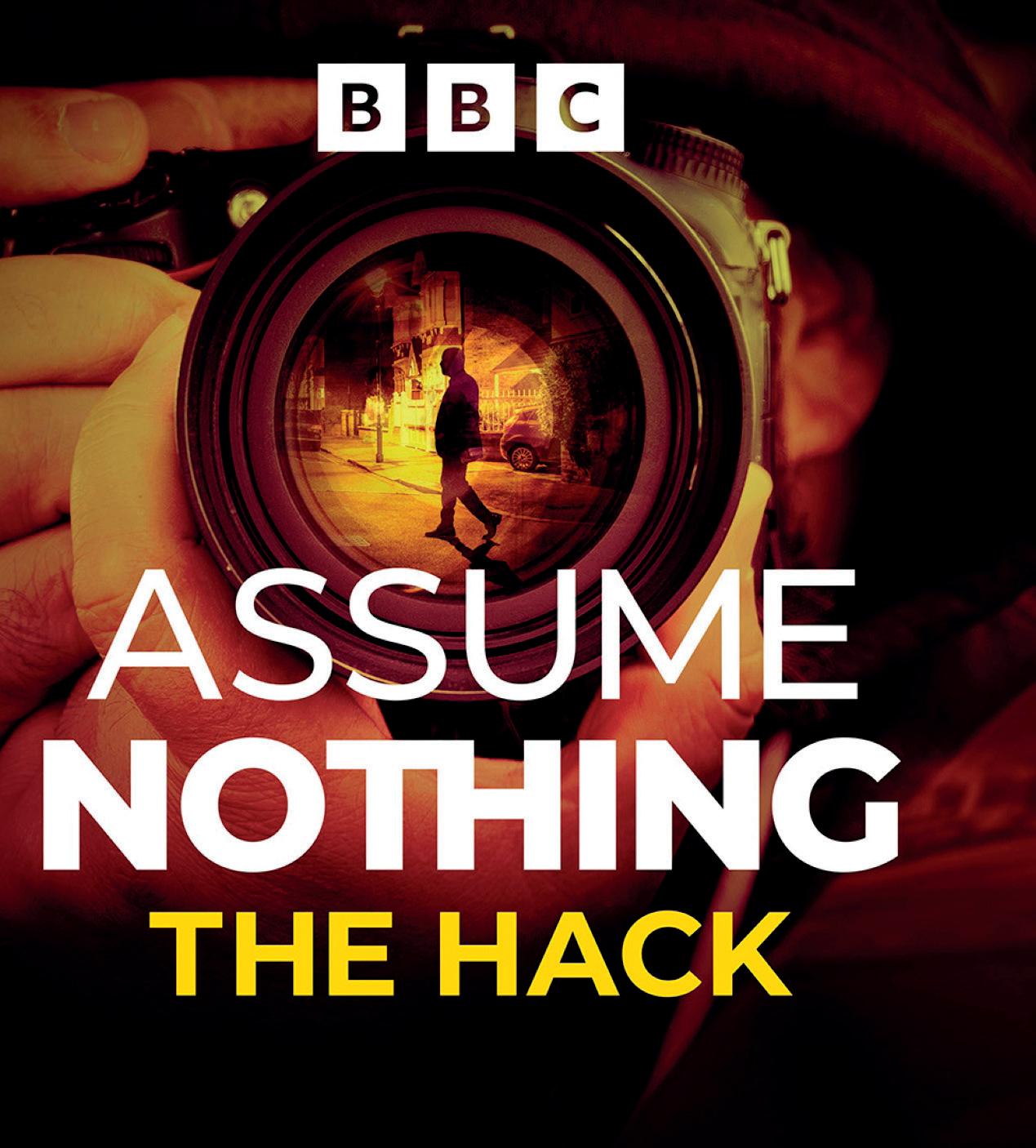
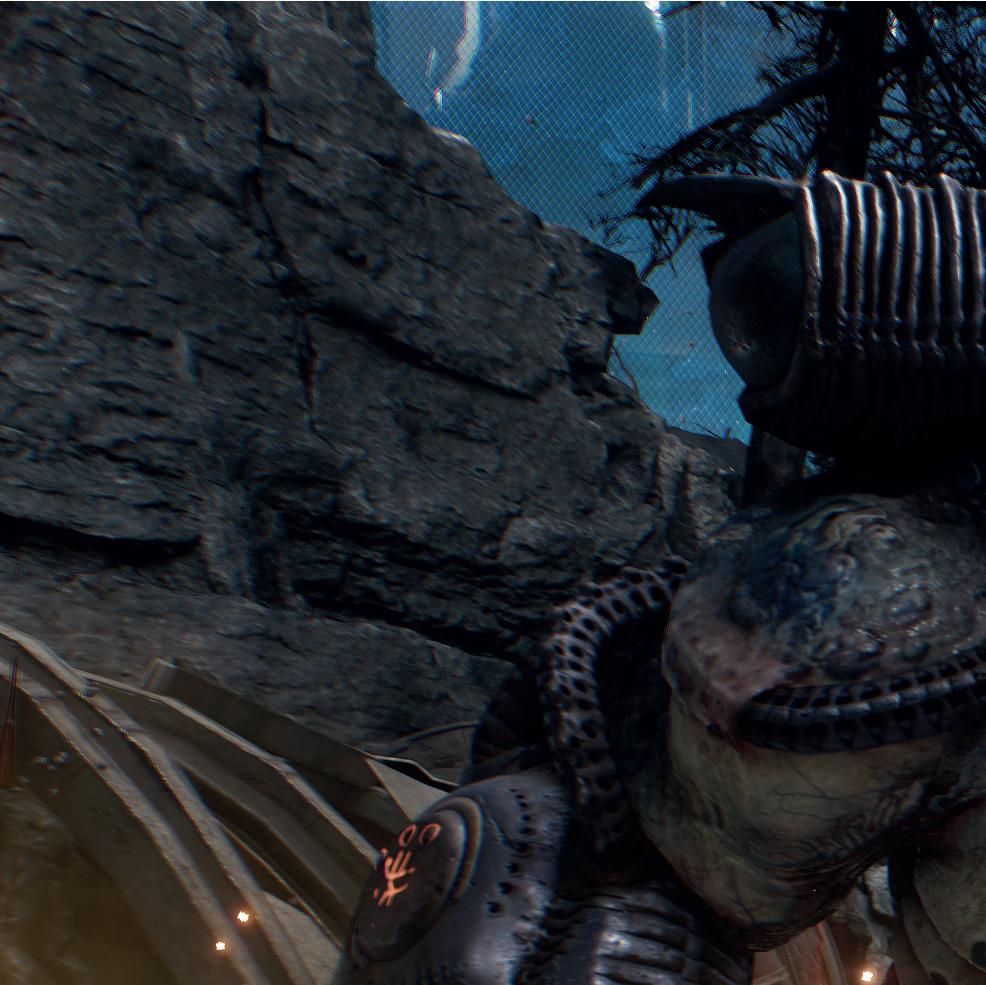
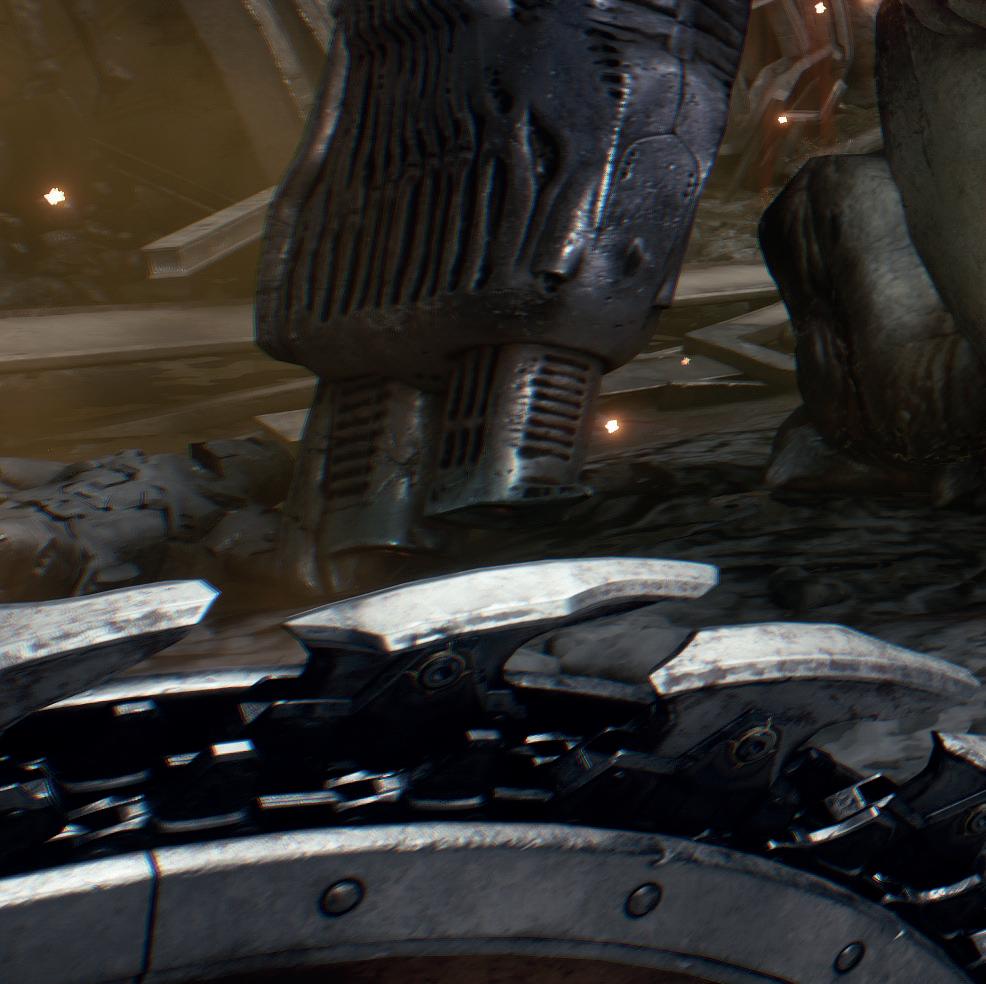







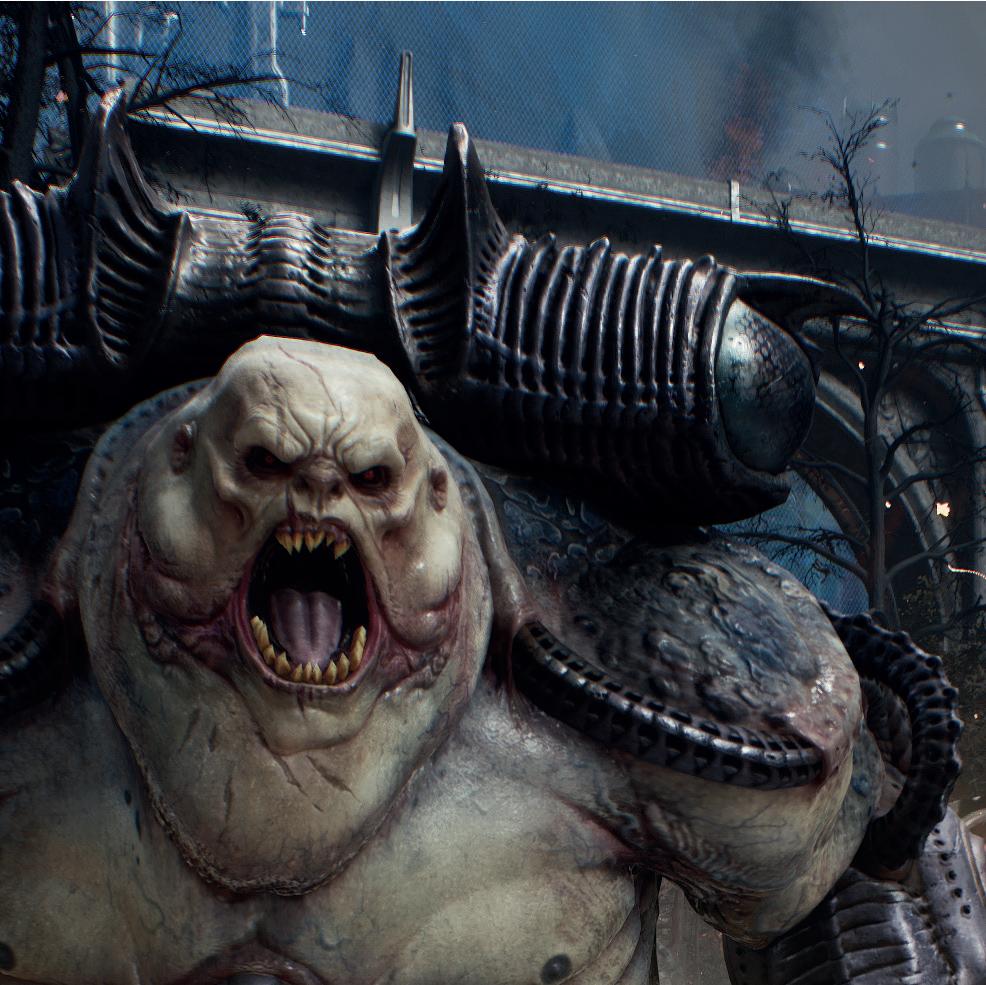




Despite some missteps along the way, Murray Robertson commends the team behind Doom prequel The Dark Ages for taking risks with the evolution of a killer franchise
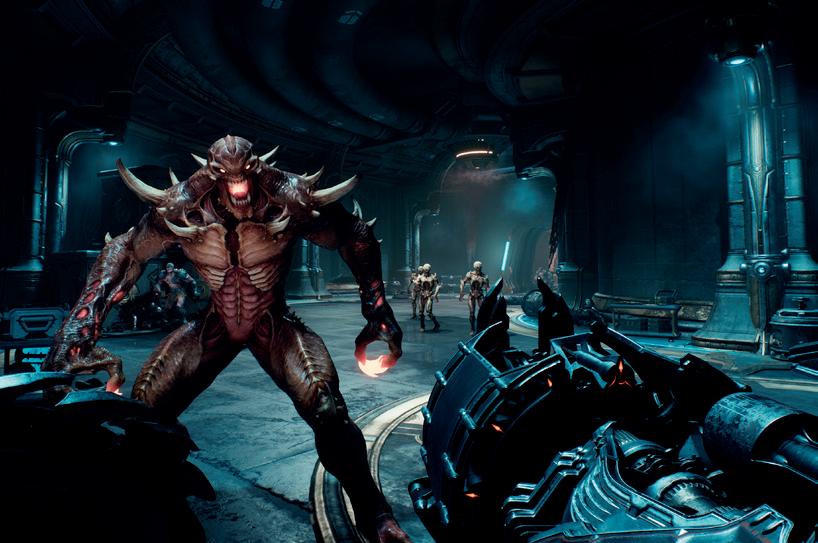

It’s hard to overstate the importance of id Software’s Doom franchise in gaming history. When the original launched in 1993 (distributed via the now-defunct shareware model, which let players sample a significant chunk of the game for free), it radically popularised the first-person shooter, pushed forward the use of 3D graphics and introduced multiplayer to the masses (it was Doom that coined the term ‘deathmatch’).
Numerous sequels followed, most sticking closely to the original template, until a 2016 reboot revitalised the series for a new generation. Four years later, Doom Eternal pushed the action even further, delivering a nightmarishly intense, finger-spraining experience that demanded constant motion on all axes at all times. In comparison, prequel Doom: The Dark Ages is a calmer, more grounded affair, though still unmistakably Doom
Unlike the twitchy, ultra-mobile Doom Slayer of previous titles, this hero is a tank-like presence, smashing through scenery unimpeded and generating a thunderous shock wave when landing from height. Early on, players acquire the Shield Saw, a new hybrid tool that serves both offensive and defensive roles. By timing shield deployment just right, attacks can be parried to open up the opportunity for a powerful counter. The shield can also be thrown, Captain America-style, destroying less powerful enemies and sapping armour from tougher ones.
Though fun to use, it’s easy to become over-reliant on the shield, and its power neuters the impact of the game’s traditional weapons. While shotguns, the rocket launcher and rifle remain satisfyingly punchy, many of the other firearms feel redundant. In the previous two entries, players were encouraged to constantly switch weapons via a finely tuned riskand-reward loop, replenishing ammo, armour or health depending on how enemies were dispatched. The Dark Ages pares that system back considerably. Glory kills, which acted as essential, brief pauses in the near-constant frenzy of the prior two games, have been scaled right back as they’re no longer necessary in the game’s slower-paced combat. By grounding the action, The Dark Ages ends up closer in spirit to the original Doom, with large, open arenas and mostly earthbound enemies. The medieval aesthetic, however, feels a little drab, evoking Quake more than the series’ usual baroque futurism. The new soundtrack by Finishing Move is serviceable but lacks the impact of Mick Gordon’s iconic work (a spectacular, public falling-out ended that collaboration).
Still, credit to id: they could easily churn out a new Doom every other year, but instead they’ve taken their time and tried something different. Not every change lands but it’s heartening to see a franchise willing to evolve, even if it means ditching many systems that previously brought them success.
Doom: The Dark Ages is out now on PC, PS5 and Xbox Series X/S.





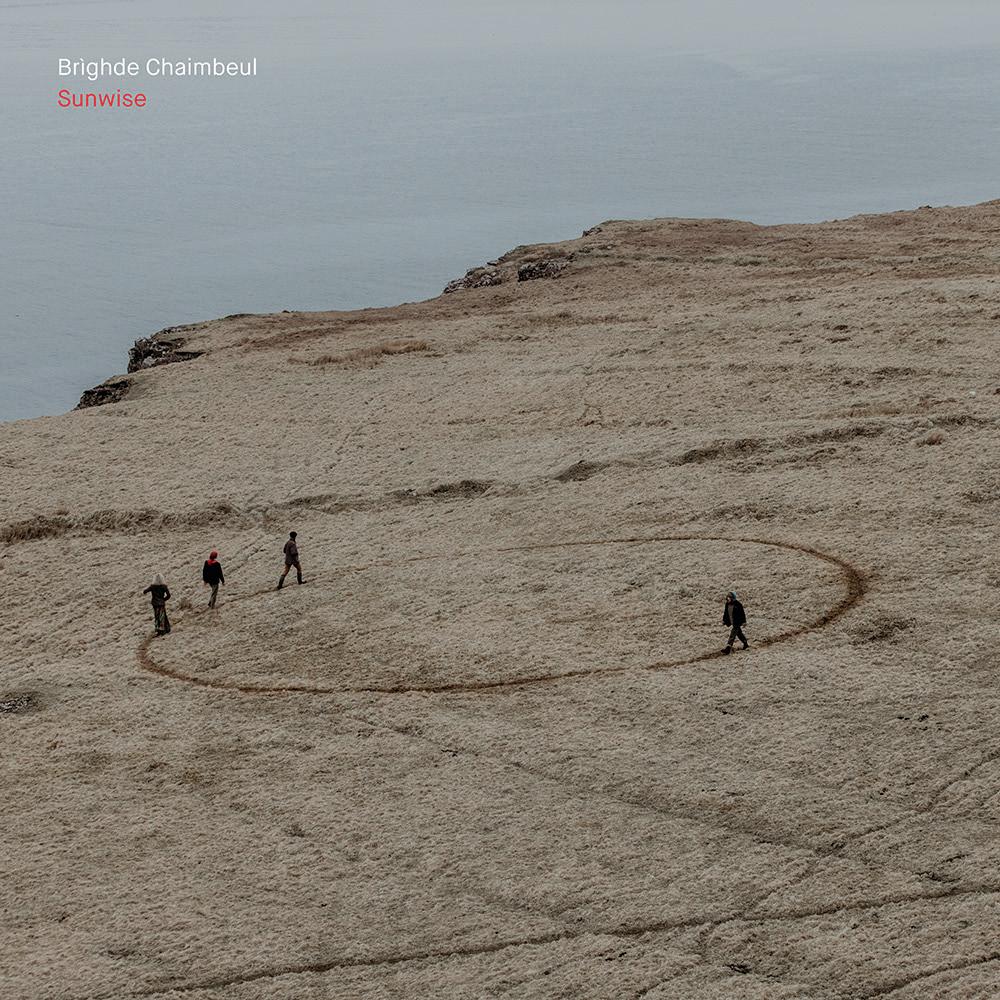


‘Do you believe in other people . . . eight billion people just as real as us?’ asks Cory Michael Smith’s vaguely Musk-scented social-media mogul, Venis. ‘Well, obviously not,’ replies his mentor Randall (Steve Carell). Multi-billionaires Venis and Randall, along with Ramy Youssef’s Jeff, have converged on the mountaintop chalet of Souper (Jason Schwartzman) for a weekend of beer, banter and floor-to-ceiling views of a pristine snowscape. But as they relax, the rest of the world is spiralling into chaos. Venis’ newly launched social-media platform has been generating fake news and deepfakes: countries are preparing for war, civil unrest is building and economies are plunged into financial crises. It seems Jesse Armstrong’s latest satire, Mountainhead, is set on convincing us that, if ever we find food in short supply, we should, indeed, eat the rich.
In this film, Armstrong has crafted a script so crammed with tech-bro jargon that you’d think he’d swallowed a handbook on how to speak Silicon Valley. And the main cast commit wholeheartedly: Carell is the ‘papa bear’ dispensing out financial advice peppered with philosophical musings; Schwartzman a pathetic suck-up trying to secure investors for his meditation app; Smith an unhinged megalomaniac unable to admit to a catastrophic blunder; and Youssef an up-and-coming youngster with, perhaps, a glimmer of a conscience.
The tensions between the central quartet build to a crescendo and characters concoct increasingly bizarre solutions to their problems. And yet there is little unexpected here. Mountainhead’s relevance to the current political climate is terrifying, but it is also its greatest weakness. It’s not prescient, it’s predictable. We know far too well what the uberrich are capable of, the depths of their pockets and the reach of their influence. Even four great performances cannot elevate a film that fails to provide any true revelations. (Eve Connor)
Available from Sunday 1 June.
Skye-born Brìghde Chaimbeul has taken her chosen instrument, the Scottish smallpipes, into settings that she couldn’t possibly have anticipated when she became fascinated with a neighbour’s practice chanter while still at primary school. From being the youngest ever winner of a Junior Pìobaireachd Prize at piping’s prestigious Northern Meeting and featuring as the lone piper at the Highland Military Tattoo when she was still concentrating on the Highland pipes, Chaimbeul has found herself collaborating with Canadian saxophonist-composer Colin Stetson and American avant-pop singer-songwriter-producer Caroline Polachek. She has even become the smallpipes-playing model for fashion house Dior.
While she’s enjoyed successes, including the 2016 BBC Radio 2 Young Folk Award and enthusiastic receptions at festivals across the world, Chaimbeul has yet to quite capture the sublimely magisterial, mesmerising quality of her live performances on album. This, her third, has passages of brilliance. The rough-hewn, characterful ‘Sguabag/The Sweeper’, where she’s joined by three other pipers, has something of the carousing spirit of The Bothy Band in their early iteration. The more solemn opening track, ‘Dùsgadh/Waking’, gradually becomes gorgeously meditative, although the opening five minutes where we get to appreciate the pipes’ beautifully tuned drones might try some listeners’ patience.
Elsewhere, on shorter tracks, Chaimbeul both delves deeper into the tradition she grew up with and recasts the pipes as tools of arrangement. ‘She Went Astray’ has rhythmical blasts of pipes as accompaniment to her own hushed and confiding Gaelic singing. ‘Duan’ uses the pipes percussively, almost like the chanter equivalent of a guitarist hammering on, as a precursor to her dad’s (the marvellous poet-author Aonghas Phàdraig Chaimbeul) superbly atmospheric intoning of a Hogmanay rhyme. In all, good (even great) in parts, just not as devastatingly alluring as the live experience. (Rob Adams)
Released on Friday 27 June.
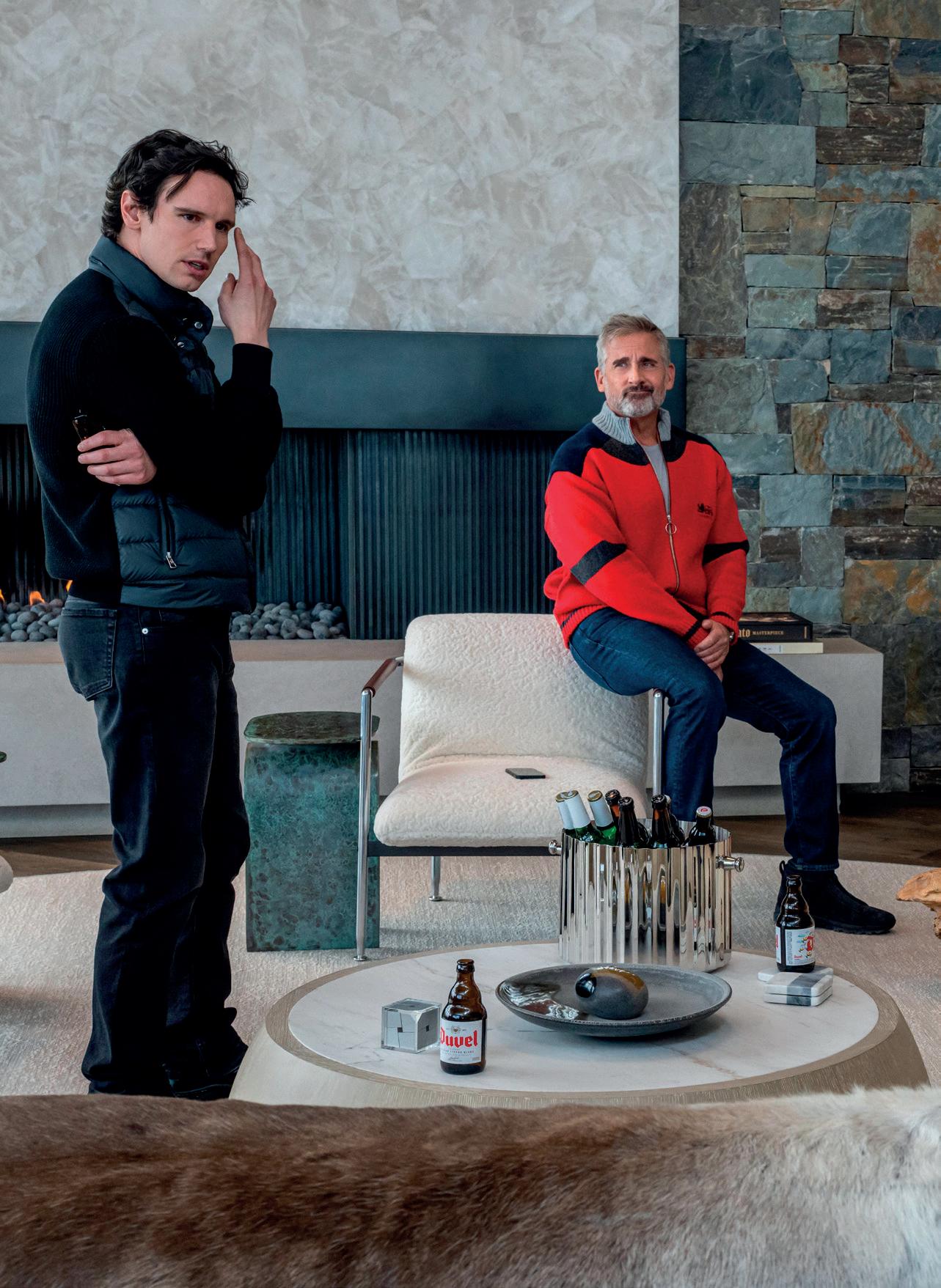
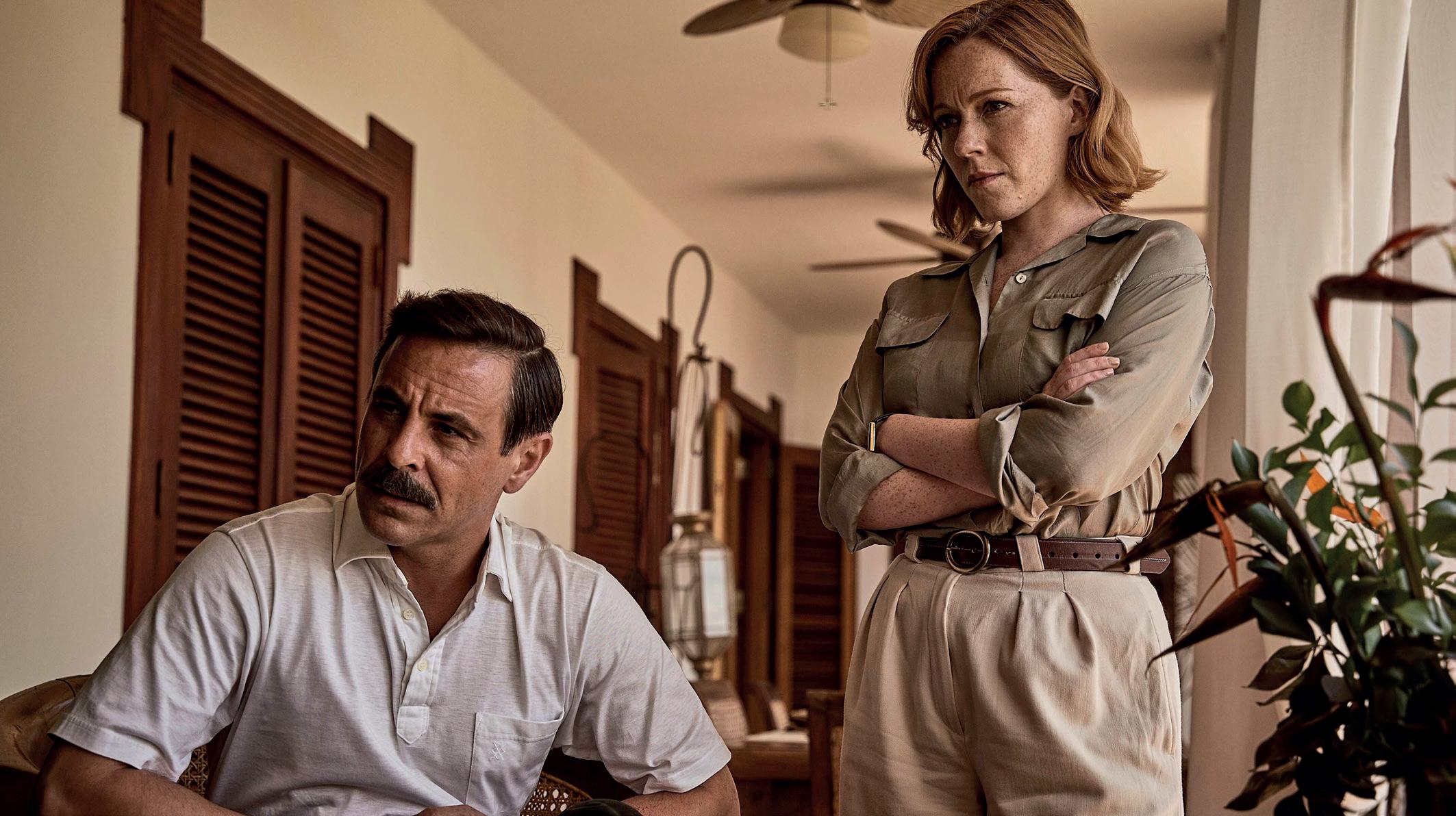
A packed month of things to do indoors or consume on your travels include a blast from Scottish indie music’s past, two podcasters trying to figure out this AI malarkey, a book about political protest, and Channel 4’s first digital original drama
The first all-female rock group to receive an Album Of The Year Grammy nomination, Haim are back with I Quit, a collection infused with their trademark raw energy and reverence for classic rock.
n Polydor Records, Friday 20 June.
THE BLUEBELLS
They may not be quite so young at heart any more, but the years get rolled back with this remastering of the Glasgow indie heroes’ 1984 debut album Sisters
n London Records, Friday 27 June.
BARBRA STREISAND
If anyone knows The Secret Of Life, it’s going to be our Babs. It’s also the name of her new album in which she teams up with a veritable galaxy of stars such as Paul McCartney, Bob Dylan, Mariah Carey, Sam Smith, Ariane Grande, Seal and Sting.
n Columbia Records, Friday 27 June.
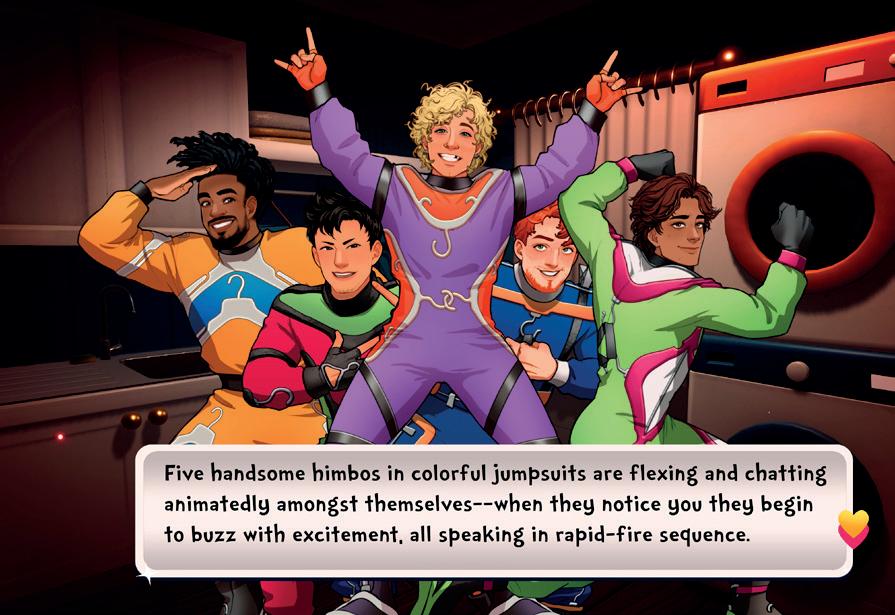
With The War Of Art, this New York-based writer examines the history of how artists have protested in America. At its heart is how a collective effort can successfully fight back against tyranny and authoritarianism. You could say it’s quite a timely and pertinent tome.
n Verso, Tuesday 17 June.
DATE EVERYTHING!
When this game says ‘date everything’, it means exactly that. The romance can even flow between your bed and your smoke alarm. Intriguing.
n Team17, Tuesday 17 June.
AI
An expert on artificial intelligence (James Chandler) hangs out with a self-confessed absolute beginner on the subject (George Butler) to lift the lid on a weird and wonderful but downright baffling world.
n Episodes available at hellorayo.co.uk.
When the first season of this compelling truecrime drama by Neil Forsyth ended, it was clear that the police had only managed to nail some of the baddies for the Brink’s-Mat gold heist.
Six new episodes follow DCI Brian Boyce (Hugh Bonneville) and his team as they scarper around trying to wrap up a hugely convoluted case.
n BBC One, Sunday 8 June.
Nicholas Pinnock and Abbey Lee star in C4’s first ever digital original drama, a three-part sci-fi thriller about a couple who yearn for a baby. But when the new arrival enters their world, it throws everything into turmoil.
n Channel 4, Monday 9 June.
We’re now at season four of the foodie misadventures of Carmy, Sydney, Richie et all as they attempt to take their restaurant to a new level.
n Disney+, Thursday 26 June.

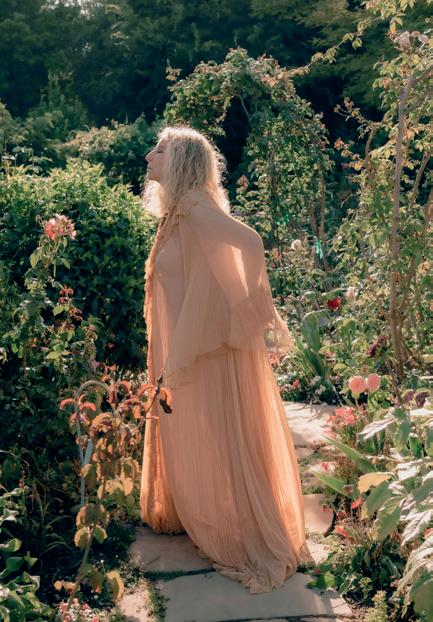











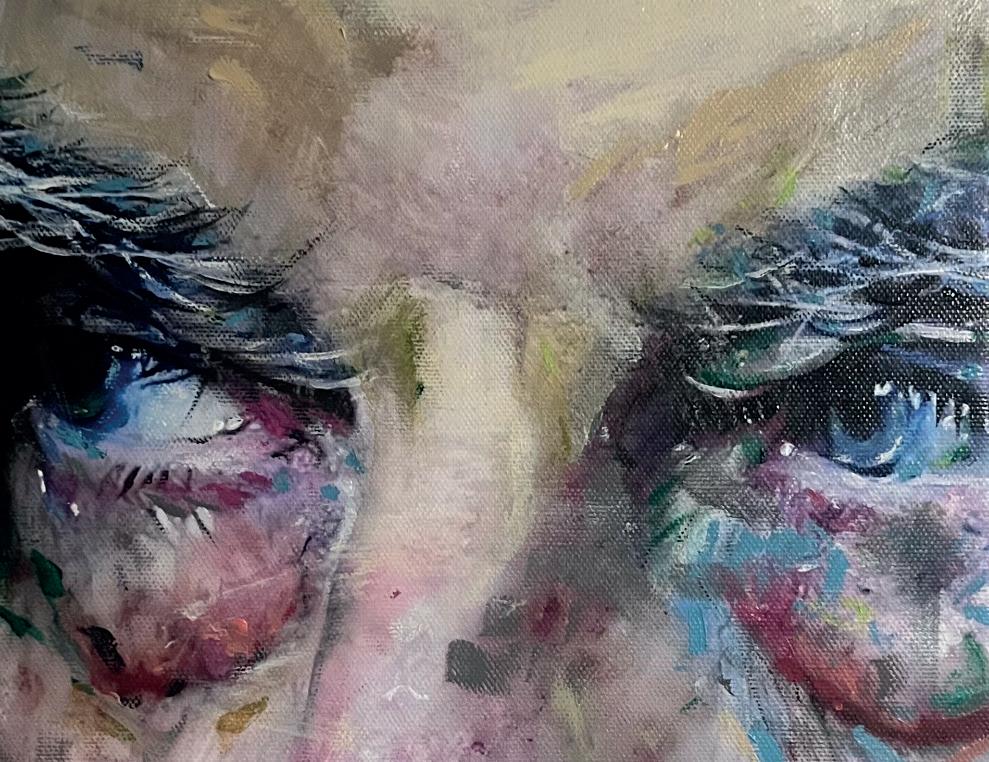


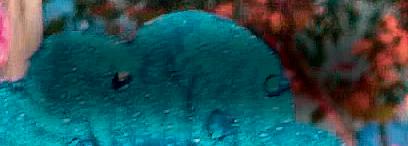
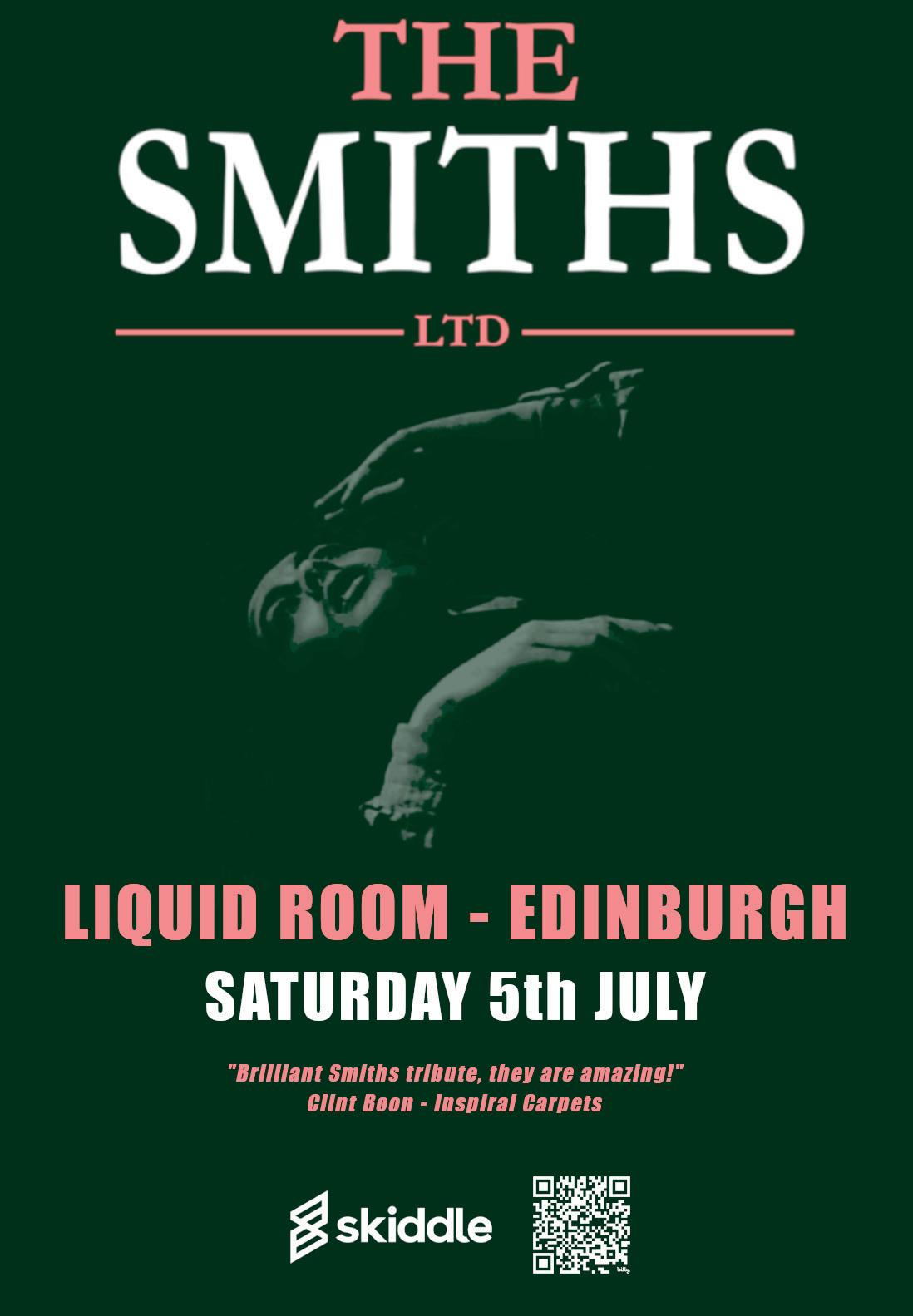



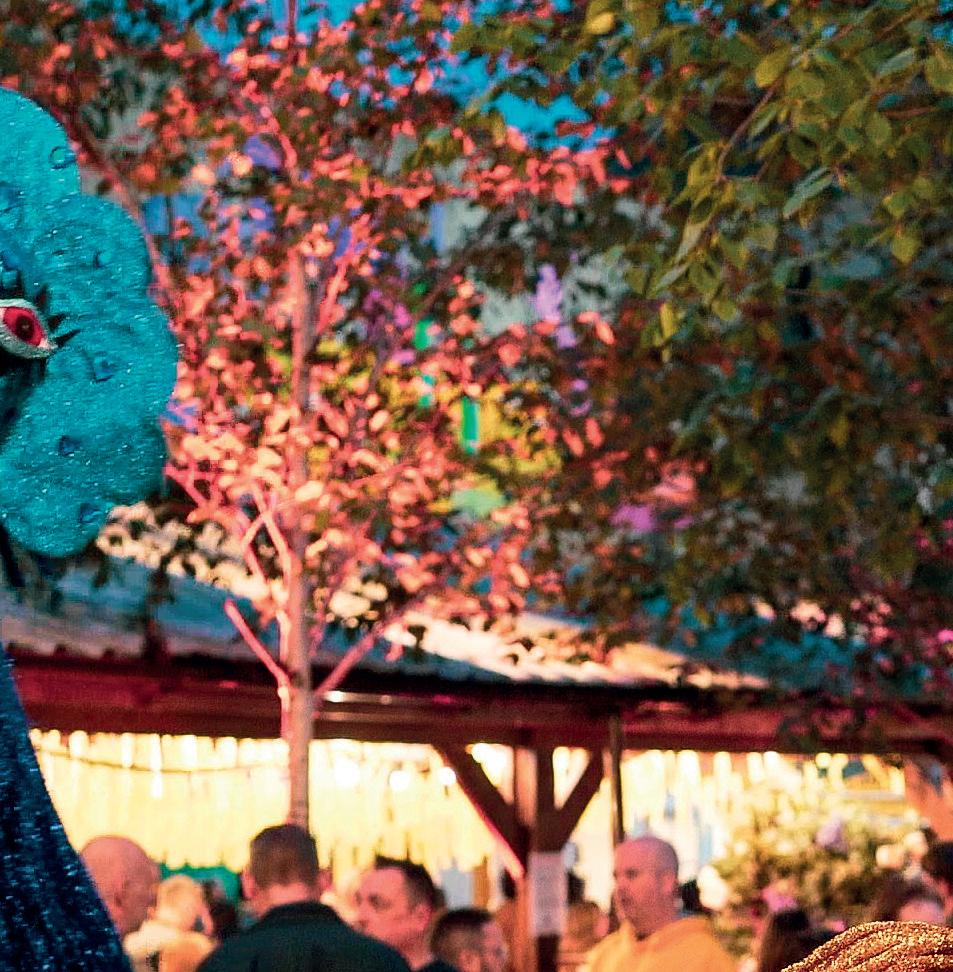



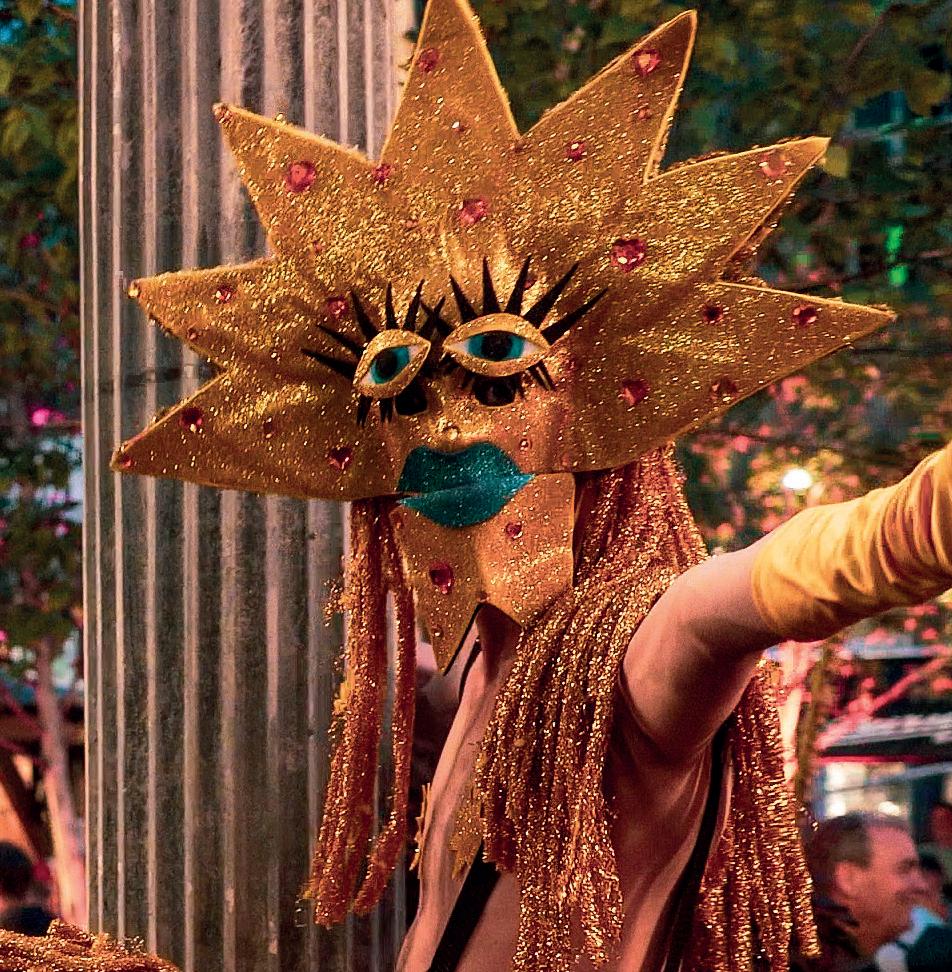
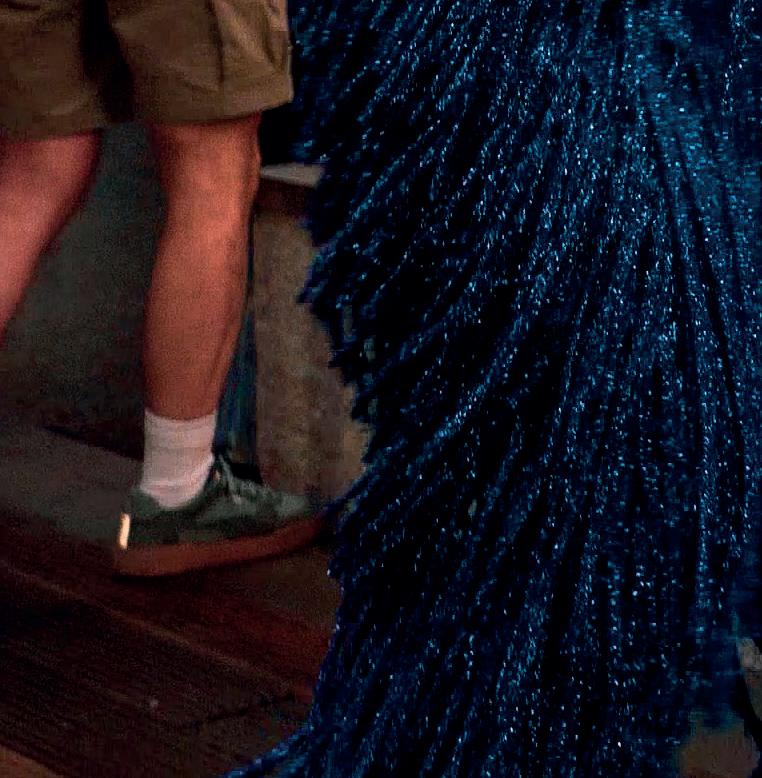
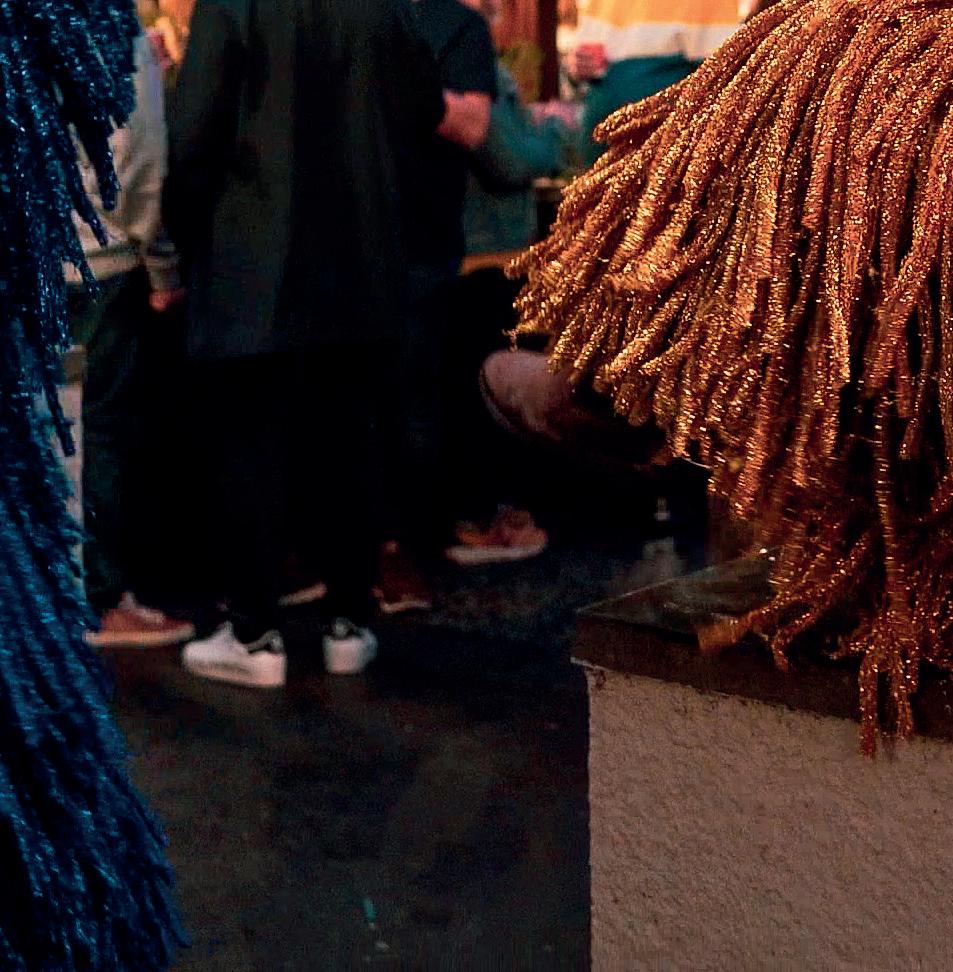




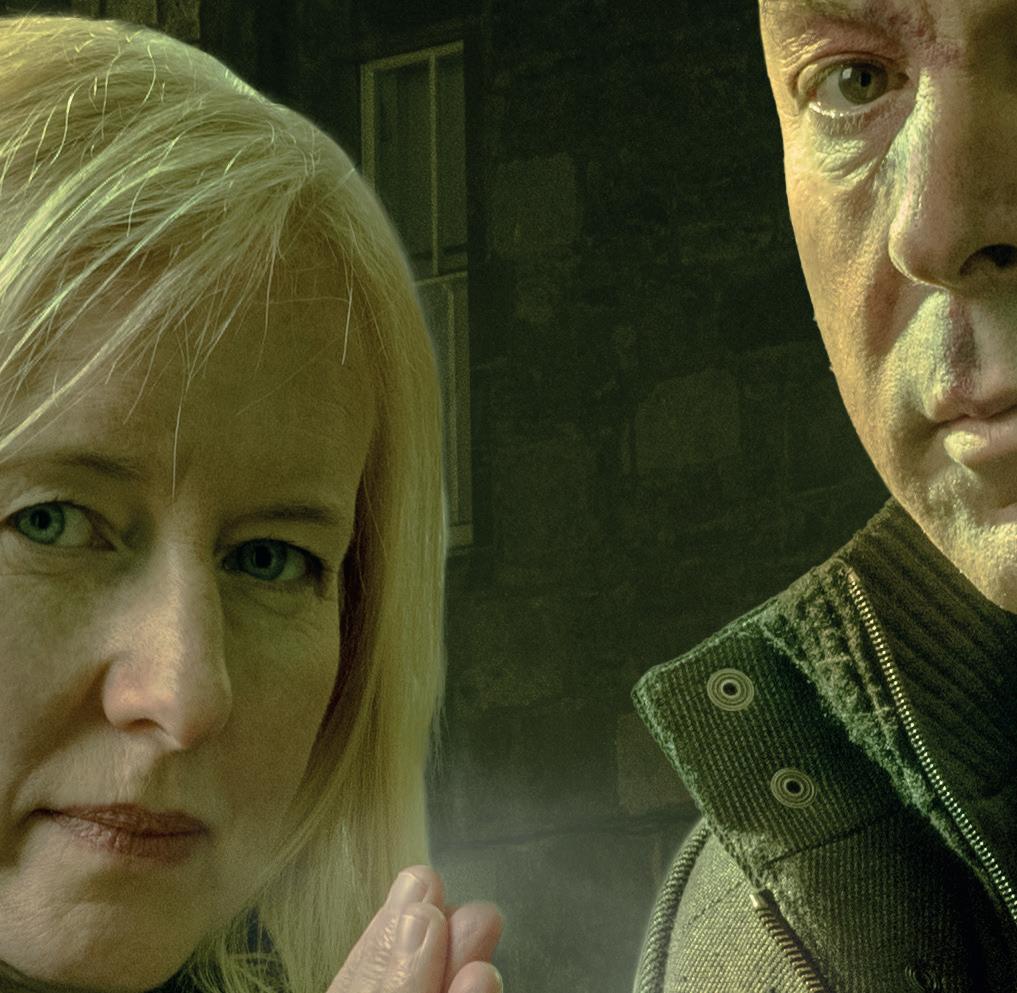
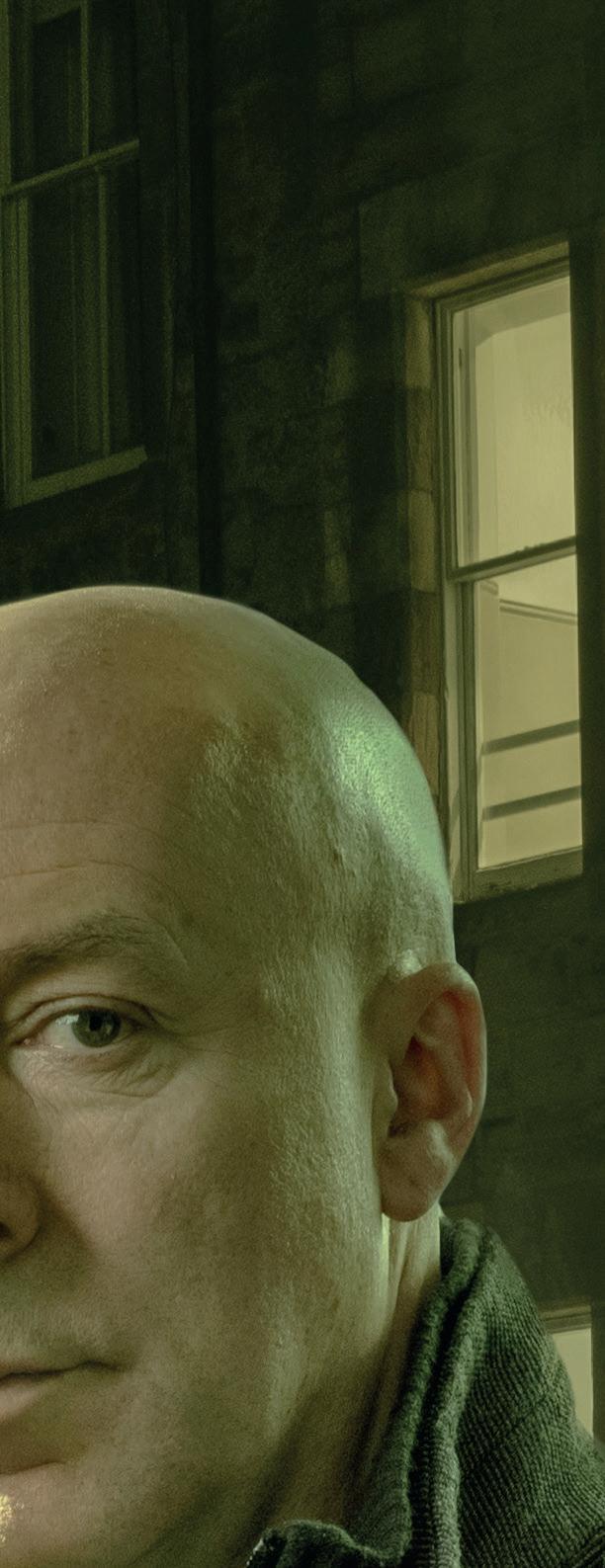

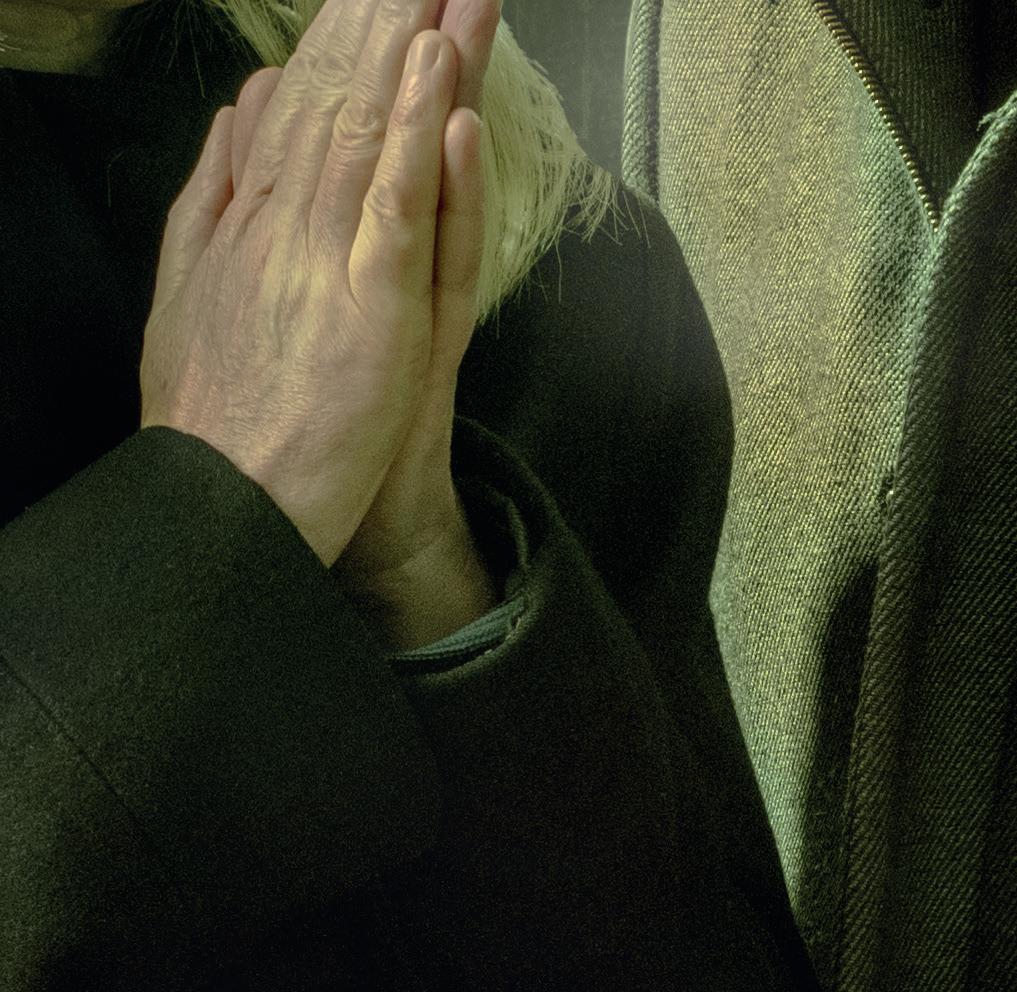

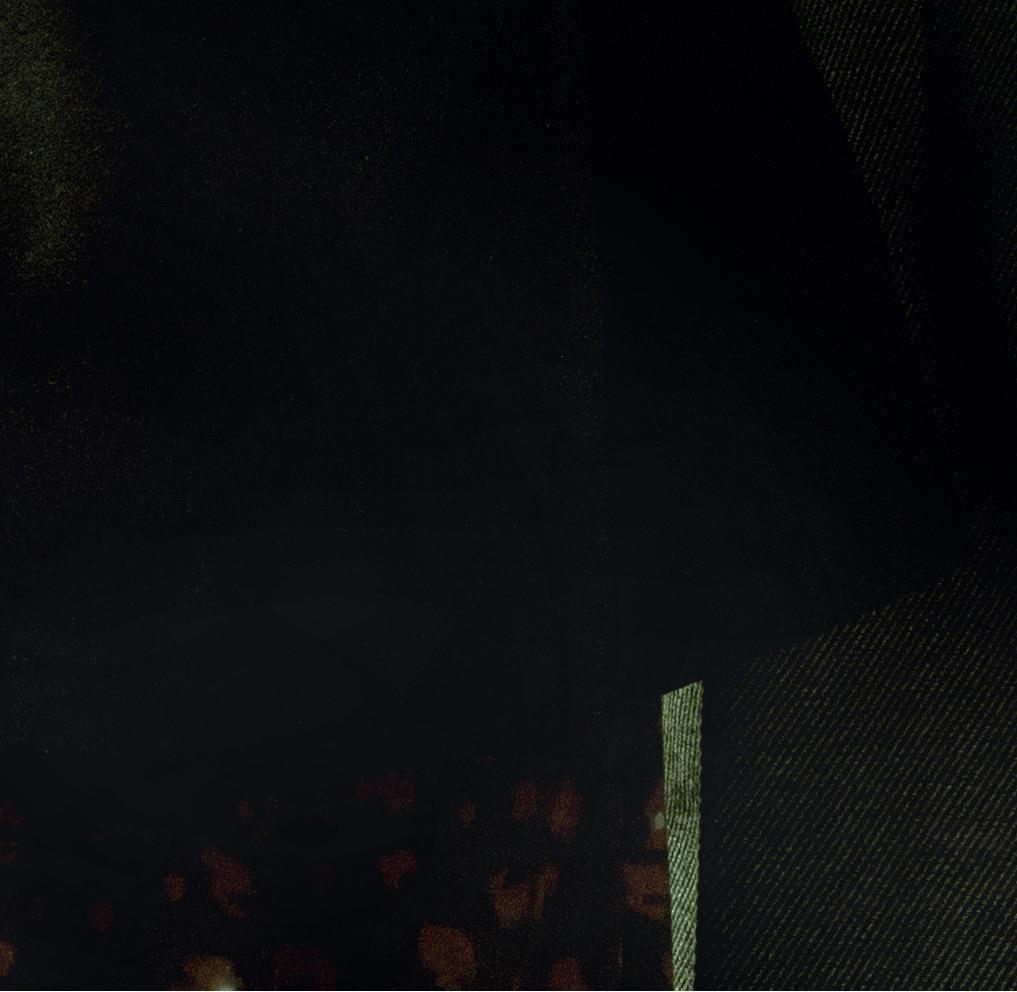



Who would you like to see playing you in the movie about your life?
Marisa: Julianne Moore.
Chris: Stanley Tucci.
Who do you think the casting people would choose?
Marisa: Kelly Macdonald.
Chris: Stanley Baxter.
What’s the punchline to your favourite joke?
Marisa: Hello Keith.
Chris: What, in this weather?
If you were to return in a future life as an animal, what would it be?
Marisa: Something that flies or swims. Maybe a dolphin.
Chris: A gay panda. So that I could be fed and pampered in a zoo, adored by my public, all the while frustrating the hell out of the keepers who are trying to get me to shag a potential mate.
If you were playing in an escape room, name two other people (well-known or otherwise) you’d recruit to help you get out?
Marisa: Professor Brian Cox and Dara Ó Briain. I think they’d be an unstoppable combination.
Chris: Mark Billingham and Val McDermid. Two quiz addicts who are also equipped with highly devious minds.
When was the last time you were mistaken for someone else and what were the circumstances?
Marisa: The Irish writer Liz Nugent apparently thought I was [Scottish author] Caro Ramsay when she saw me chatting to Chris outside the Old Swan in Harrogate at the crime festival.
Chris: The birthmark makes this question nonapplicable in my case. Though you’d be amazed how many people, after I tell them what it is, ask how long I’ve had it.
She is a consultant anaesthetist. He has published bestselling books for almost three decades. Together, married pair Marisa Haetzman and Chris Brookmyre write as Ambrose Parry. Their first three novels were all shortlisted for the McIlvanney Prize for Scottish Crime Book Of The Year. The fruits of their fourth collaboration is out this month. Here, they tackle our humble Q&A and muse on the benefits of apple corers, being a gay panda, and putting your hands in the air like you just don’t care
What’s the best cover version ever?
Marisa: Biffy Clyro’s cover of Frightened Rabbit’s ‘The Modern Leper’.
Chris: Same. Though The Afghan Whigs’ version of The Clash’s ‘Lost In The Supermarket’ is a close second.
Whose speaking voice soothes your ears?
Marisa: David Attenborough or the guy who does the shipping forecast.
Chris: Regé-Jean Page. Even the sound of him playing angry makes me feel more relaxed.
Tell us something you wish you had discovered sooner in life?
Marisa: That happiness is your own responsibility.
Chris: That Marisa Haetzman can write half your book while you do something else.
Describe your perfect Saturday evening?
Marisa: Dinner (cooked by Chris) and a movie.
Chris: That works for me too. As long as the movie doesn’t turn out to have had five stars from Peter Bradshaw.
If you were a ghost, who would you haunt?
Marisa: Someone who deserved to be frightened. At the moment that’s a long list.
Chris: If I had that kind of freedom to roam in the after-life, I’d be too busy rooting through official secrets to be haunting anybody.
If you could relive any day of your life, which one would it be?
Marisa: My wedding day. Uncomplicatedly happy from start to finish.
Chris: Our joint 50th birthday party at Òran Mór, featuring a set from the Fun Lovin’ Crime Writers. Playing music surrounded by family and friends, the night before Bloody Scotland, meant the place was filled with my favourite crime writers on their way to Stirling.
What’s your earliest recollection of winning something?
Marisa: Miss Brownie 1977. I had to wear a sash and a tinfoil tiara. It was mortifying.
Chris: I won the PE medal for effort in my first year at secondary. I was so shit at sports that when my name was called at the prize-giving, I didn’t go up because I thought it was a mistake.
Did you have a nickname at school that you were ok with? And can you tell us a nickname you hated?
Marisa: I was too boring and swotty to have a nickname at school.
Chris: I went to the kind of school where you got nicknamed Professor if you had read a whole book.
If you were to start a tribute act to a band or singer, who would it be in tribute to and what would it be called?
Marisa: The Skids. We’d be called the Skid Marks.
When were you most recently astonished by something?
Marisa: Watching our son perform stand-up comedy at The Stand for the first time. We were vicariously anxious in the run-up, but he utterly smashed it.
What tune do you find it impossible not to get up and dance to, whether in public or private?
Marisa: ‘Uptown Funk’ by Bruno Mars. Chris: It’s a rule in our house that you have to hold up your arms and go for it during the synth break in ‘Clearest Blue’ by Chvrches. Even if you’re driving. To a funeral.
What’s the most hi-tech item in your home?
Marisa: That belongs to me? My phone.
Chris: Marisa’s apple peeler/corer. It will be a long time before AI can pull off what that wee gizmo does.
As an adult, what has a child said to you that made a powerful impact?
Marisa: ‘I’m still working on my sense of humour.’ Said to me by my eight-year-old son who was trying to explain why he was having yet another meltdown about something relatively trivial.
Chris: ‘I haven’t done a poo.’ Said by same son as a toddler, teaching me a valuable lesson about what it means when people volunteer information they don’t need to.
Tell us one thing about yourself that would surprise people?
Marisa: I’m a black-belt catastrophiser.
Chris: I’ve never seen Casablanca
When did you last cry?
Marisa: Watching the new Bridget Jones movie. Chris: Same.
What’s a skill you’d love to learn but never got round to?
Marisa: Portrait painting and speaking another language.
Chris: Dancing with marginally greater elegance than a newly born giraffe.
By decree of your local council, you’ve been ordered to destroy one room in your house and all of its contents. Which room do you choose?
Marisa: The attic bedroom where all the junk lives.
Chris: They’re called guitars, honey, and I’m keeping them.
Ambrose Parry: The Death Of Shame is published by Canongate on Thursday 5 June; Marisa Haetzman and Chris Brookmyre appear at Surgeons’ Hall, Edinburgh, Monday 2 June; Drygate Brewery, Glasgow, Tuesday 3 June; Portobello Bookshop, Edinburgh, Tuesday 10 June.
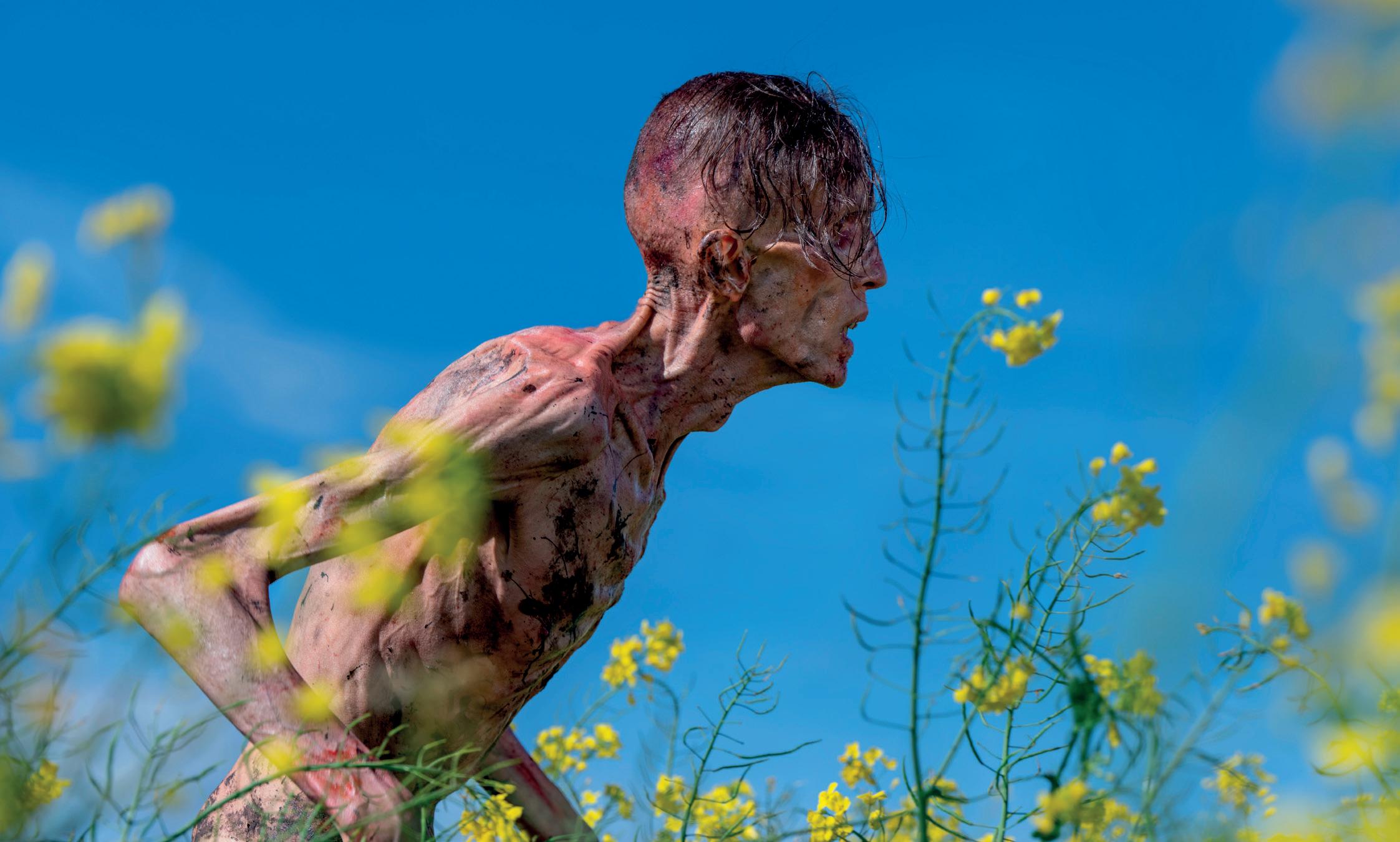

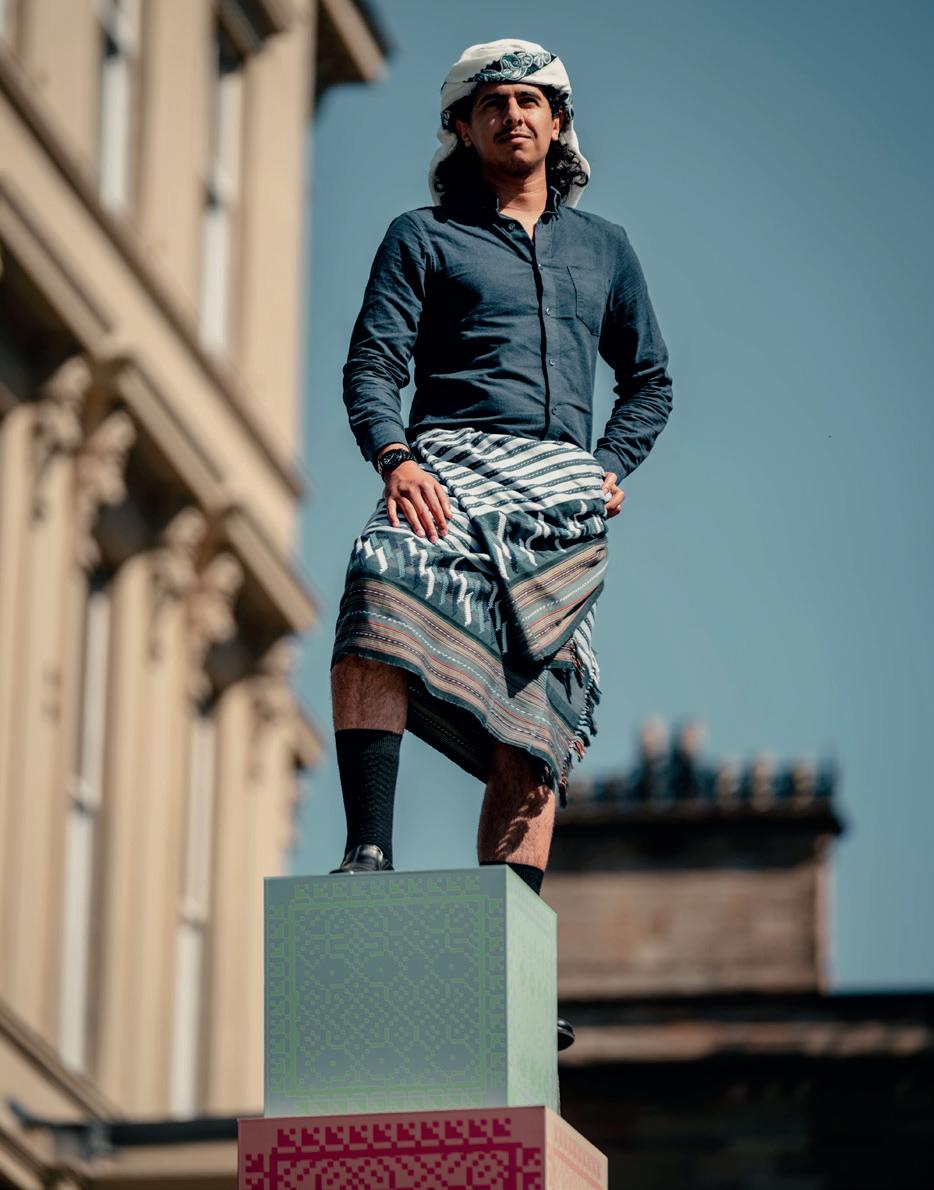
1 2 3
We clearly just can’t get enough of those zombie folks, so Danny Boyle is unleashing the third from that scary 28 franchise series with 28 Years Later (20 June). Alex Garland is back on screenwriting duty, with a top cast assigned for this blood-chilling task including Jodie Comer, Aaron Taylor-Johnson and Ralph Fiennes.
World Poetry Slam Champ Harry Baker is back (Assembly Roxy, Edinburgh, 17 June; Adelaide Place, Glasgow, 18 & 19 June) with a Wonderful show. His words not ours, but it’s almost certain we’ve said lovely things about his work in the past, while here he celebrates friendship, fertility and wellies.
Refugee Festival Scotland (13–22 June) returns with events occurring across the nation as it marks a quarter century of art, culture and community while the Scottish Refugee Council blows 40 candles out this year. Not for nothing is Milestones down as the festival’s central theme.

